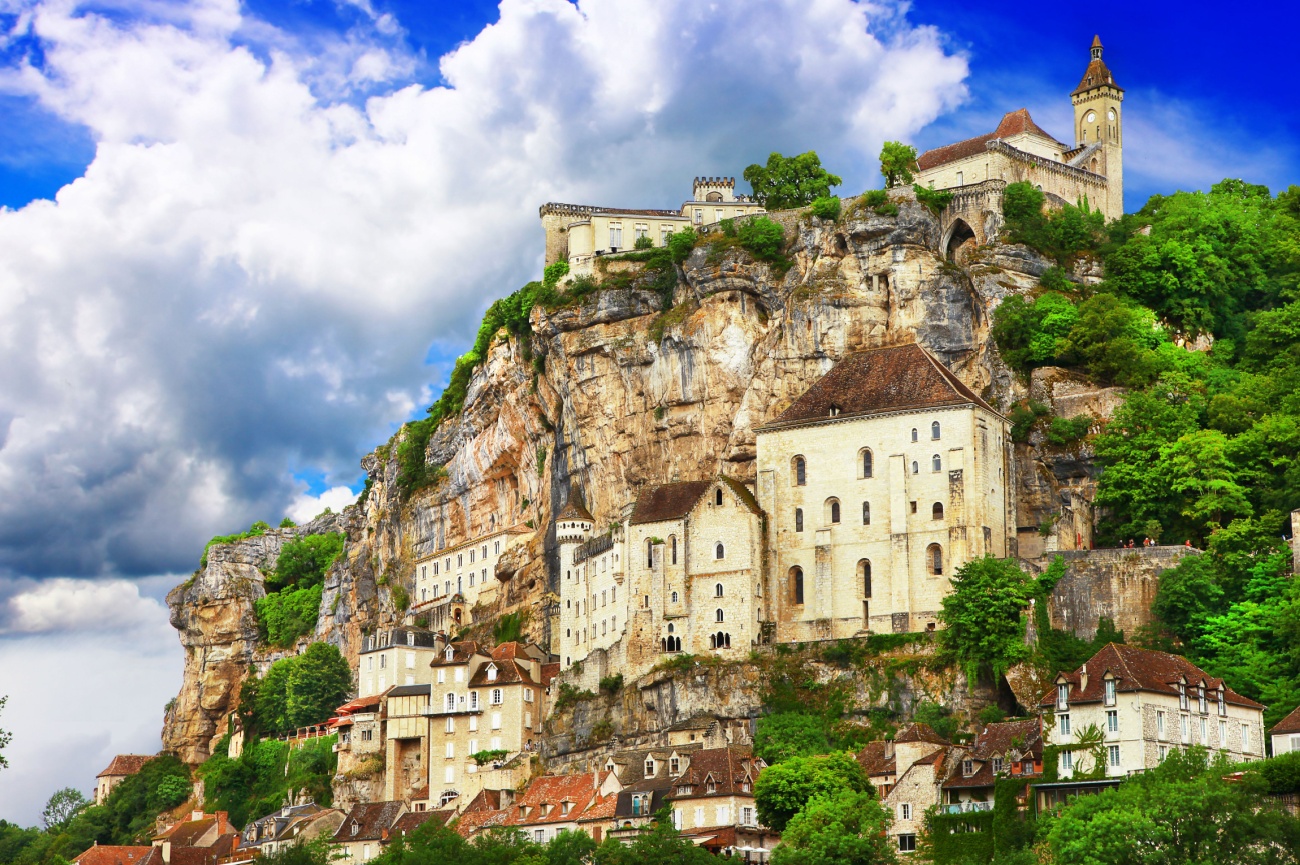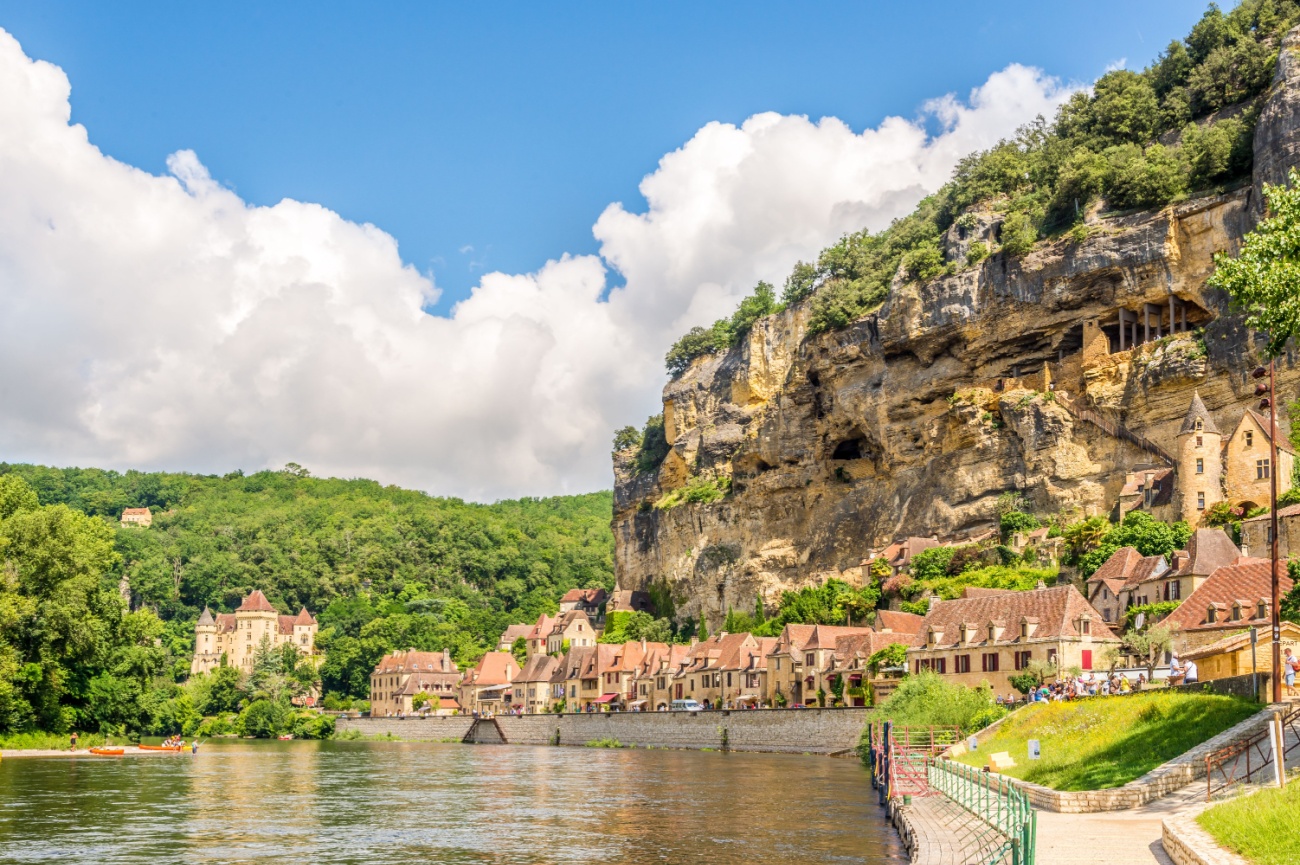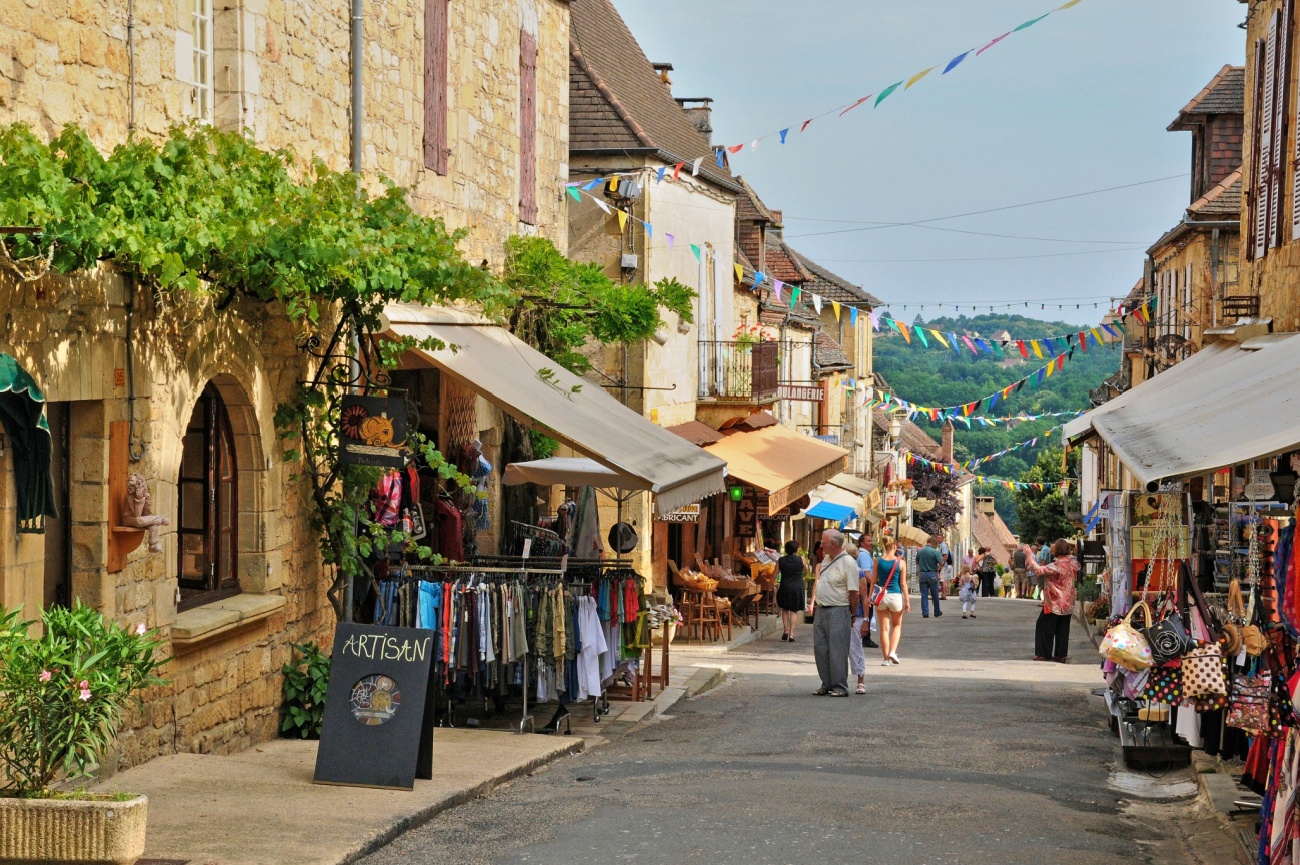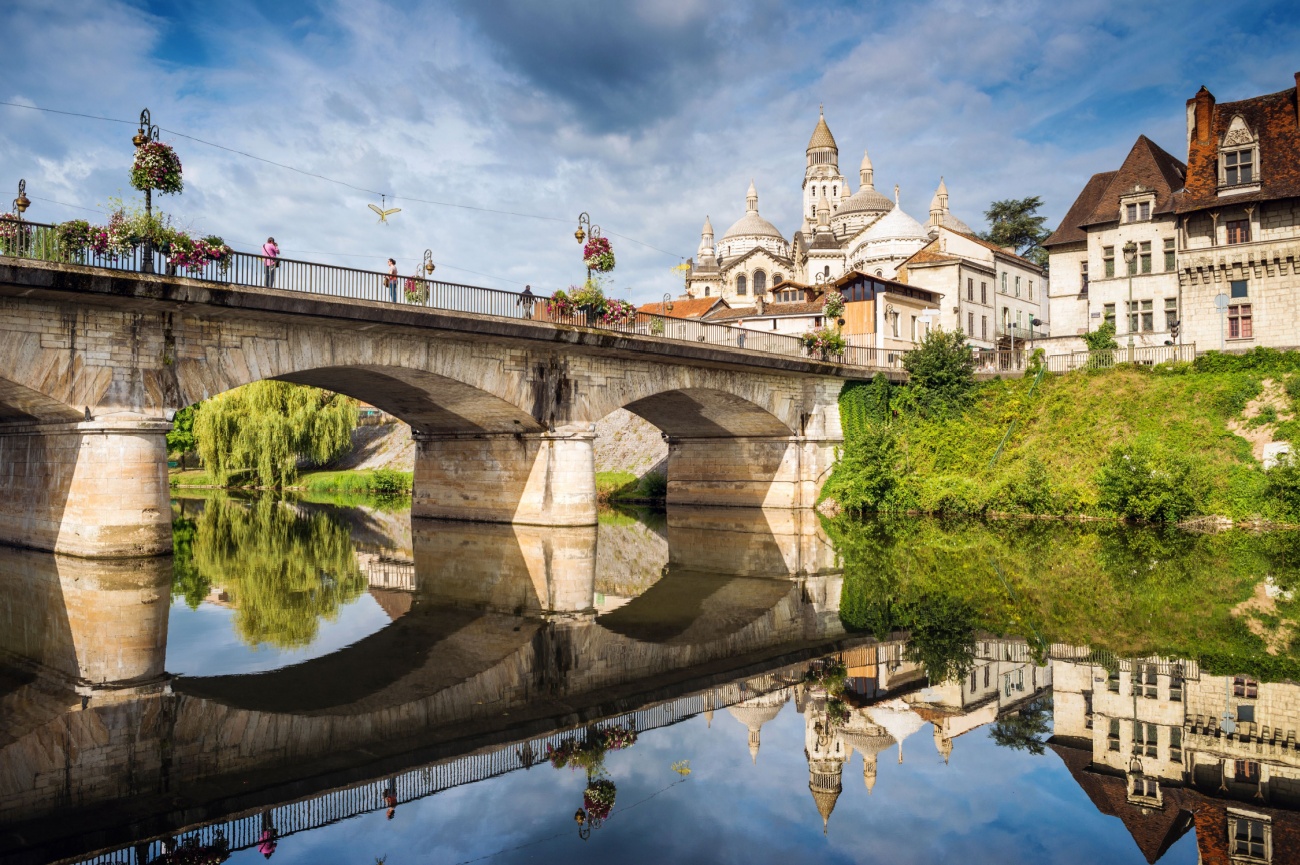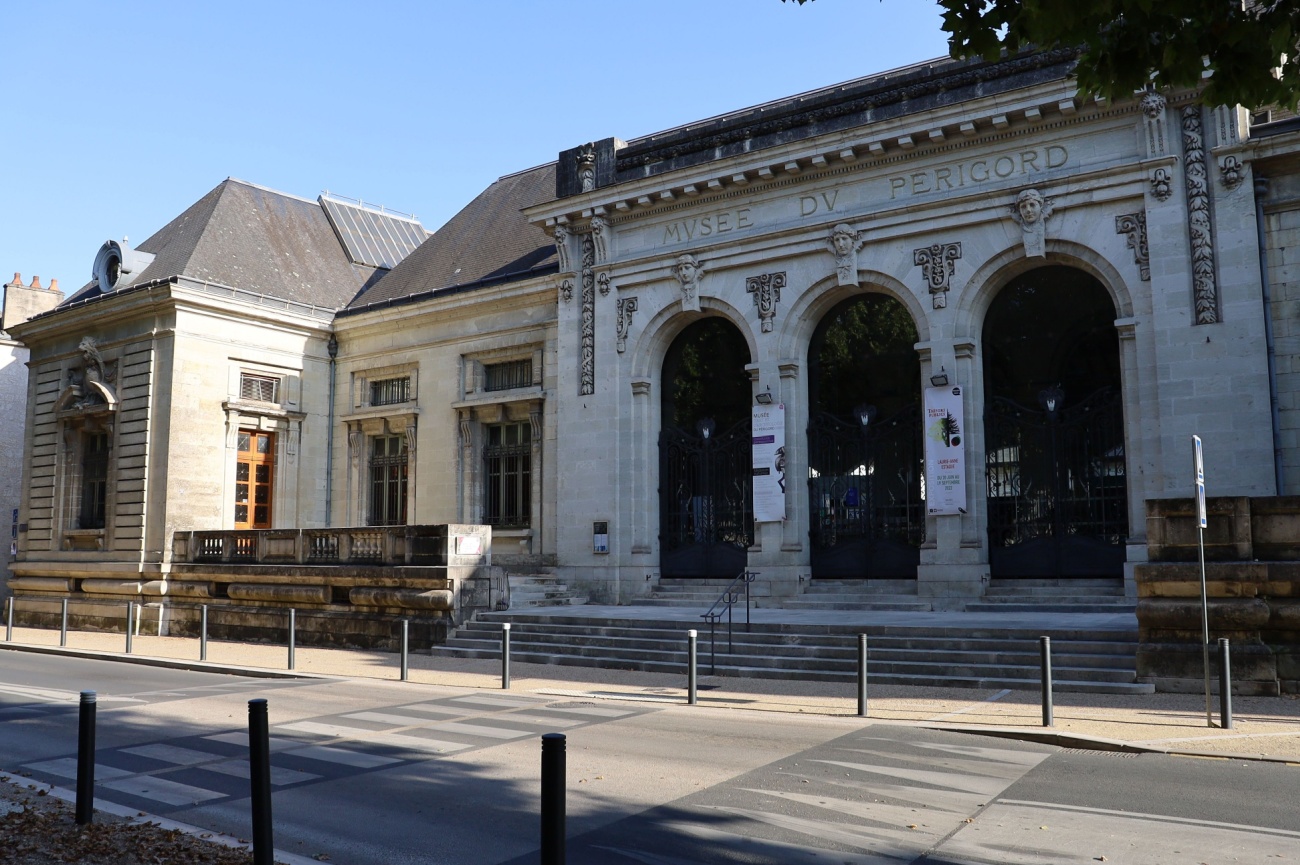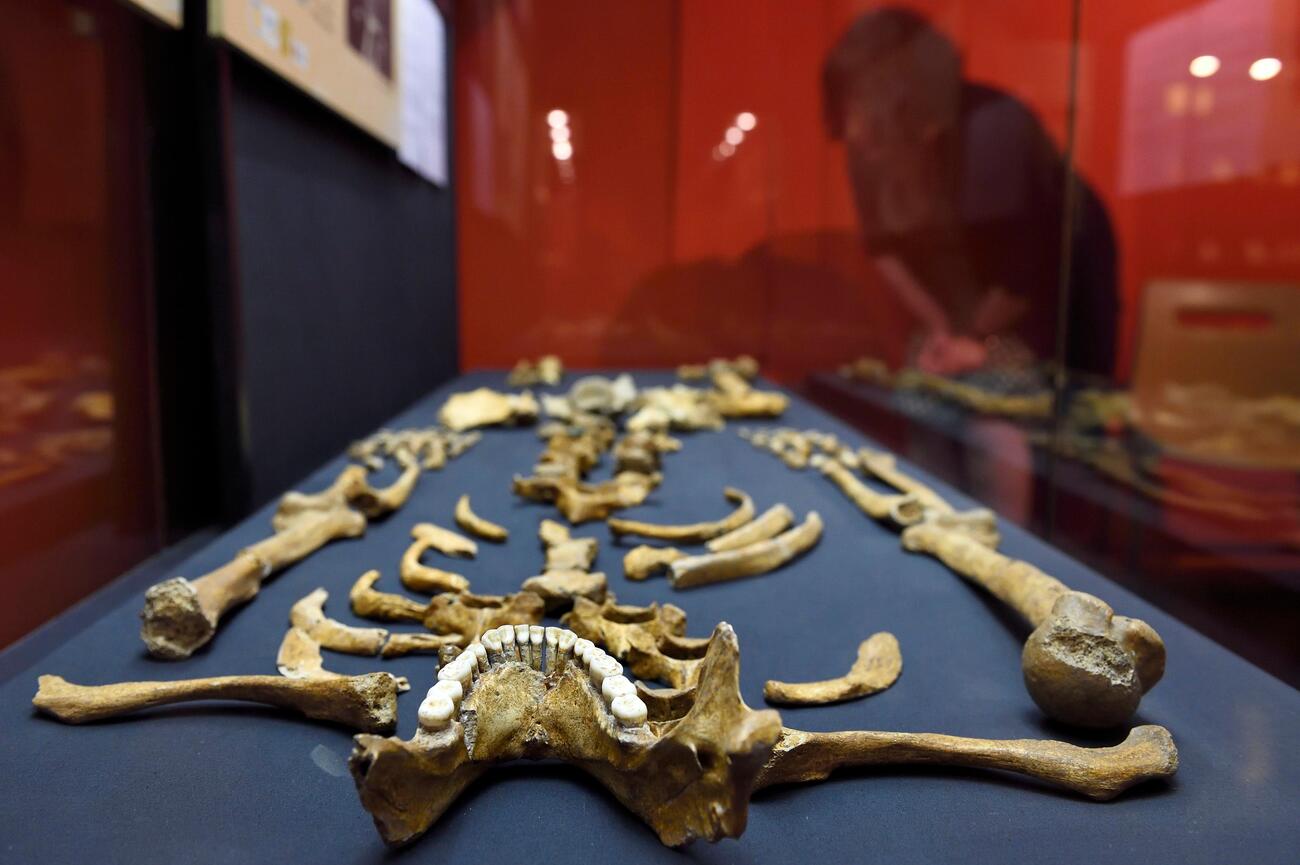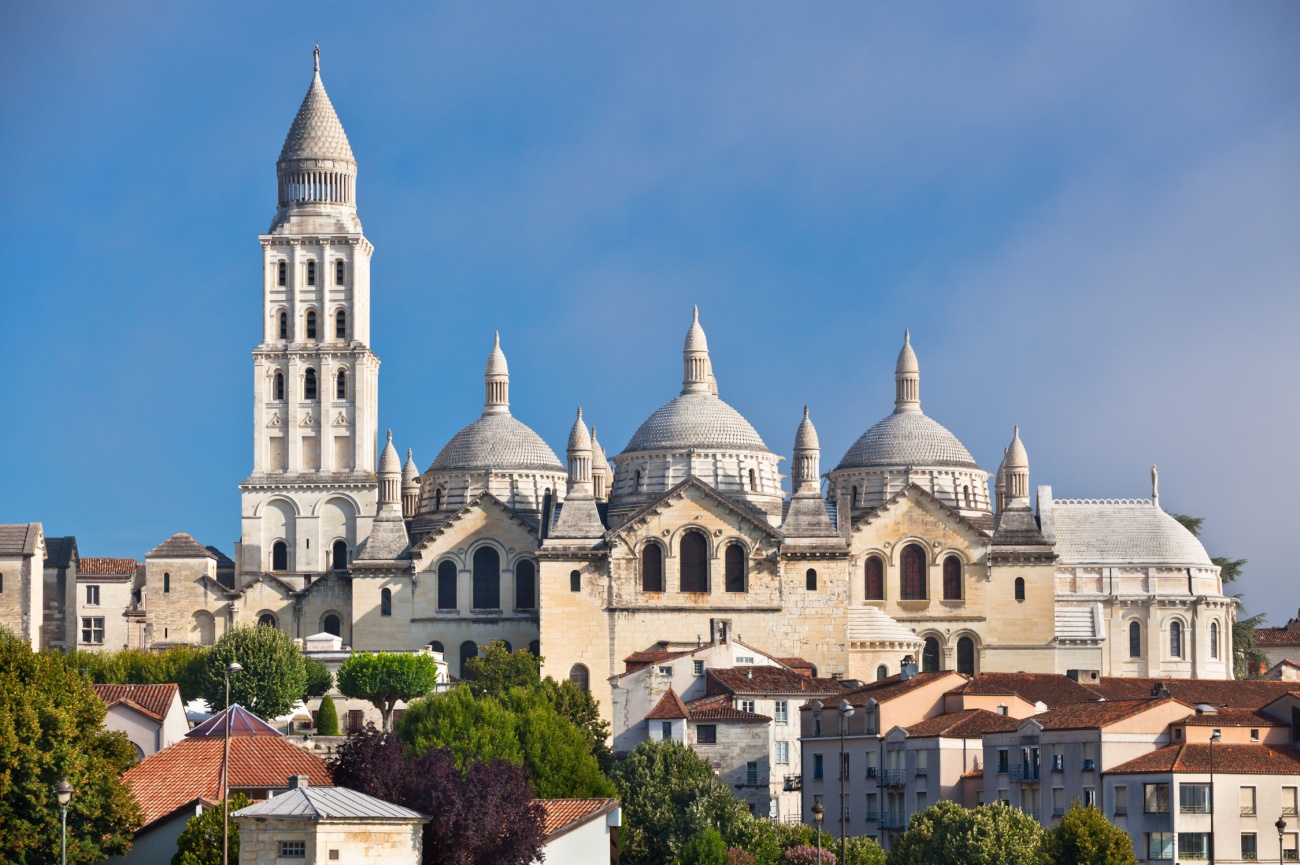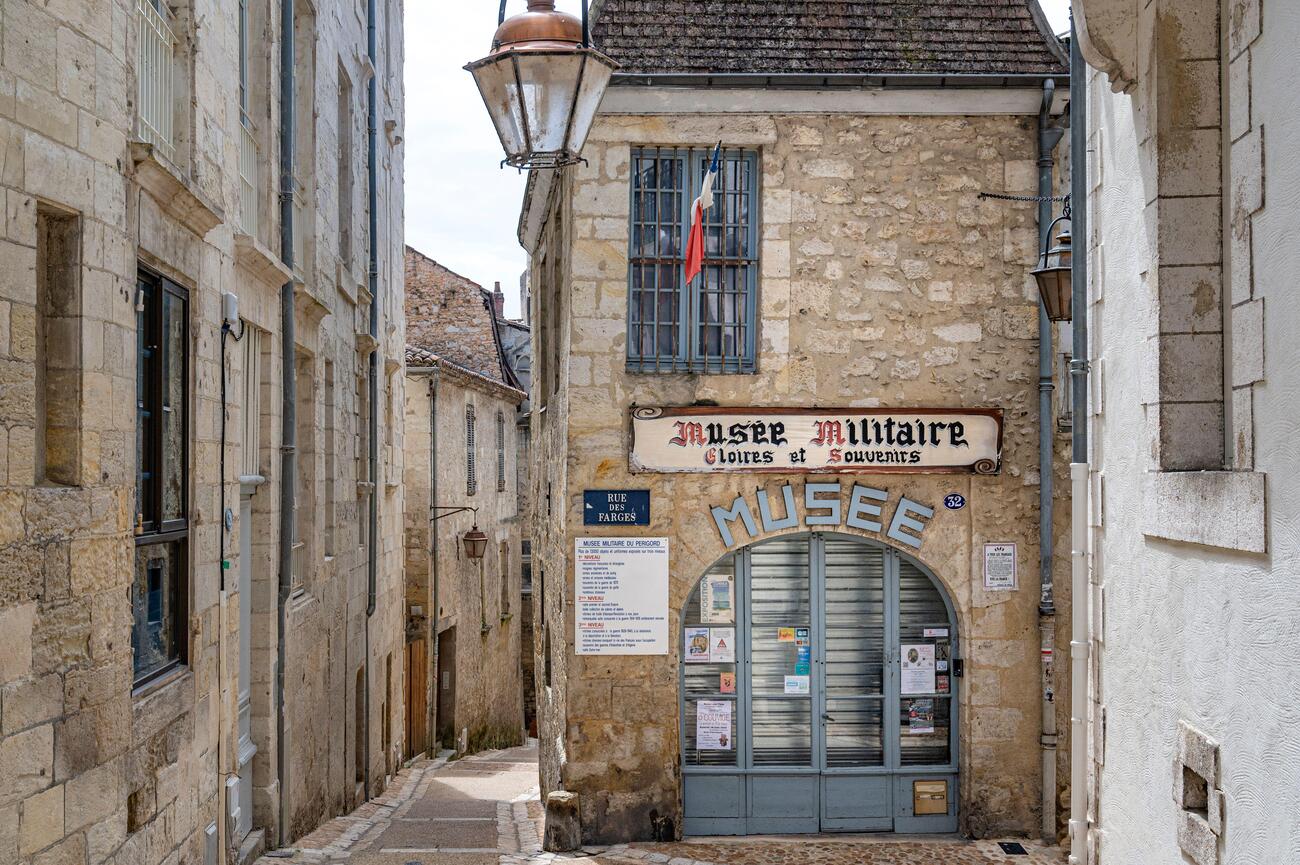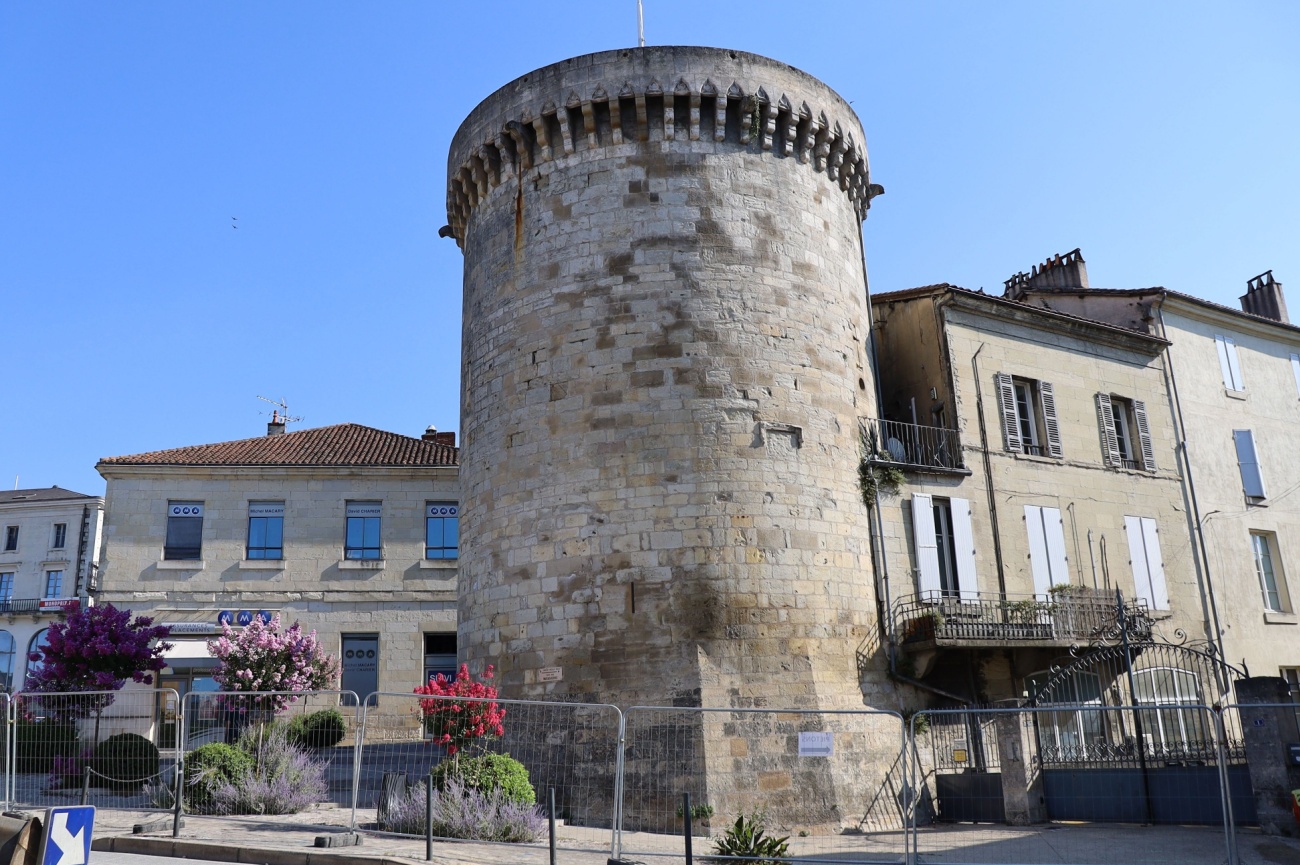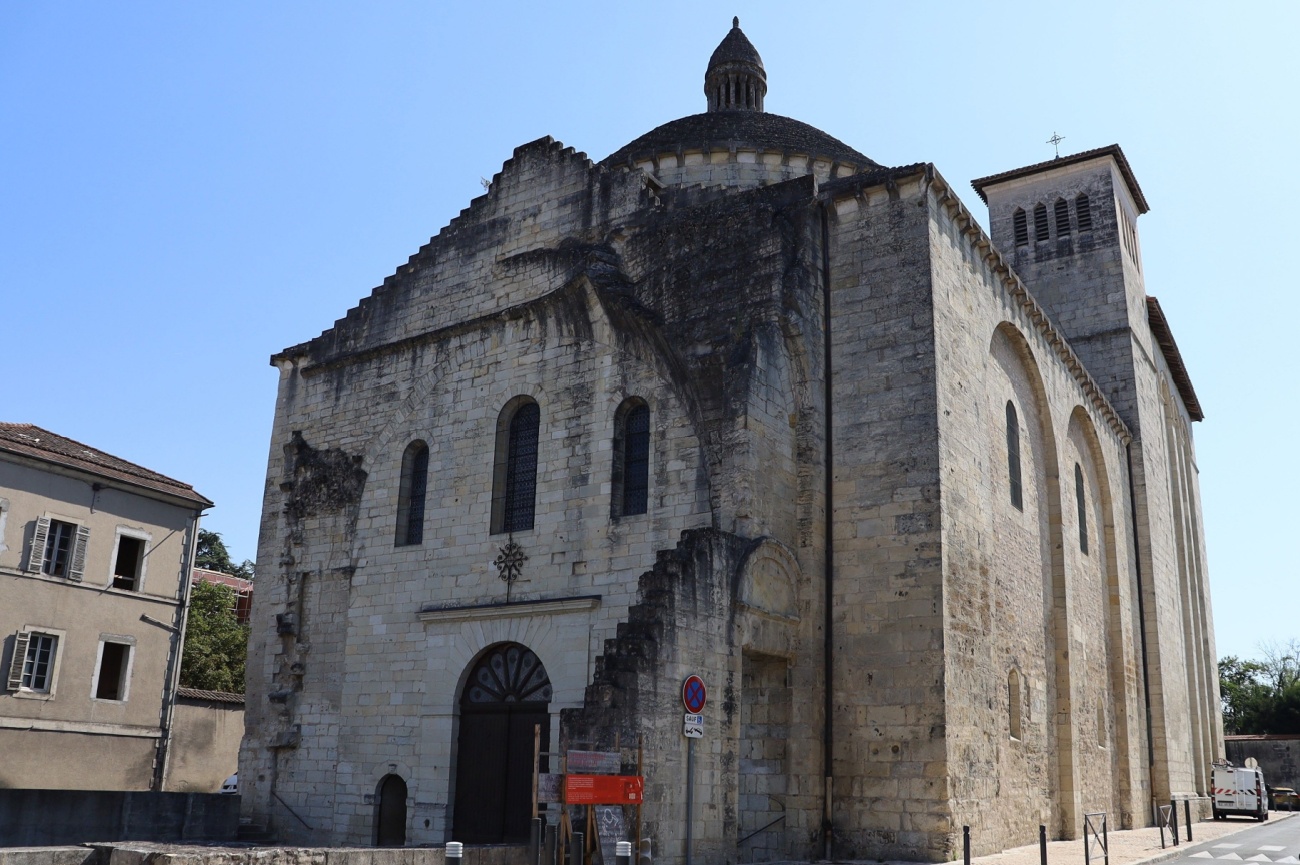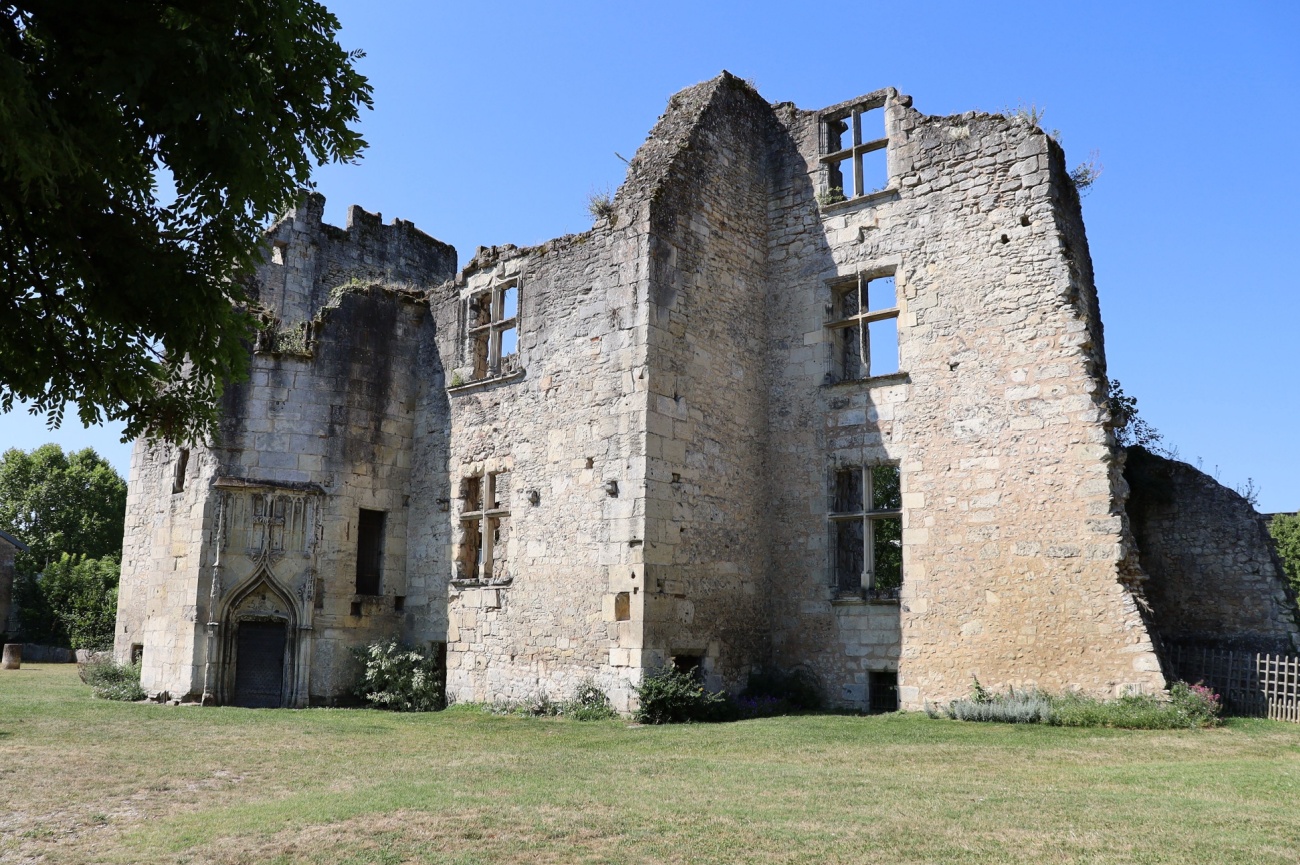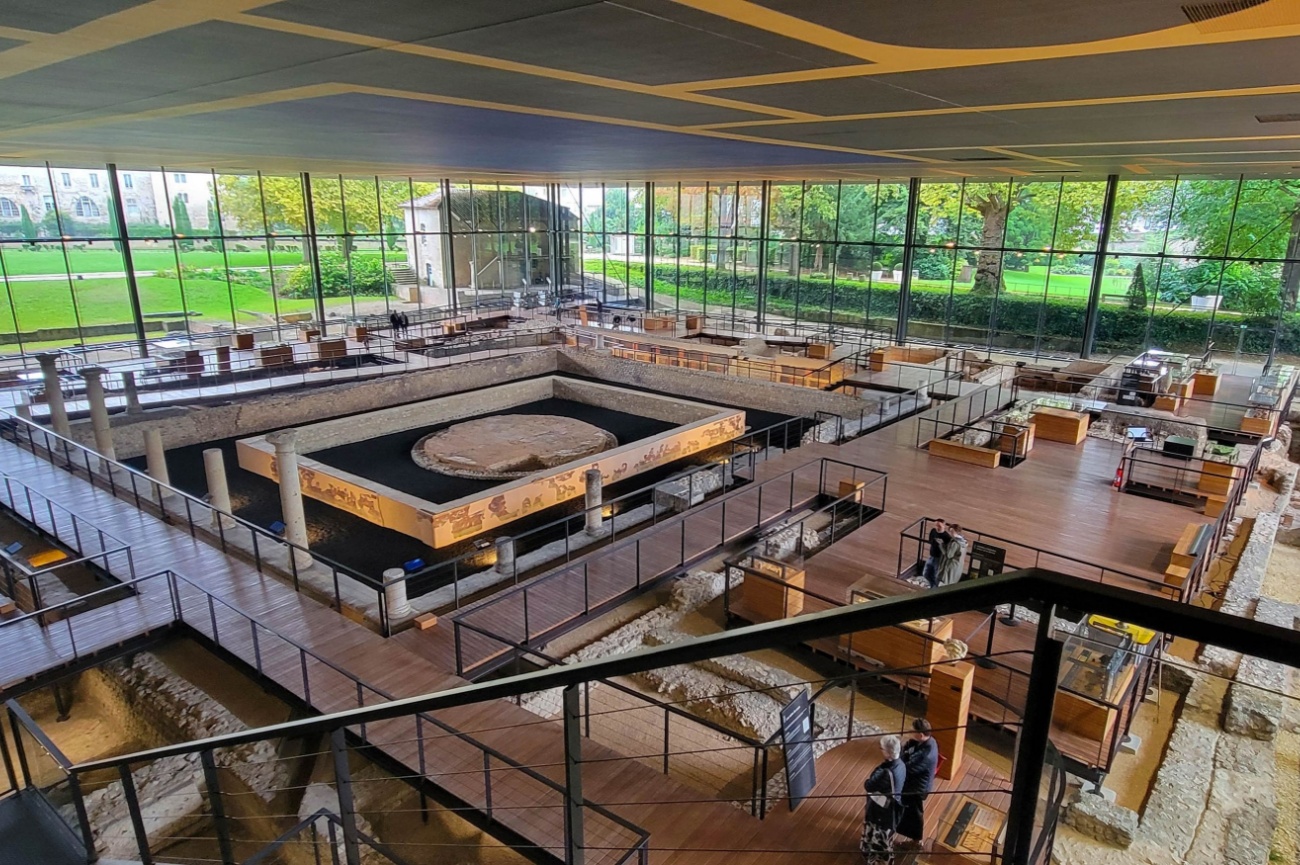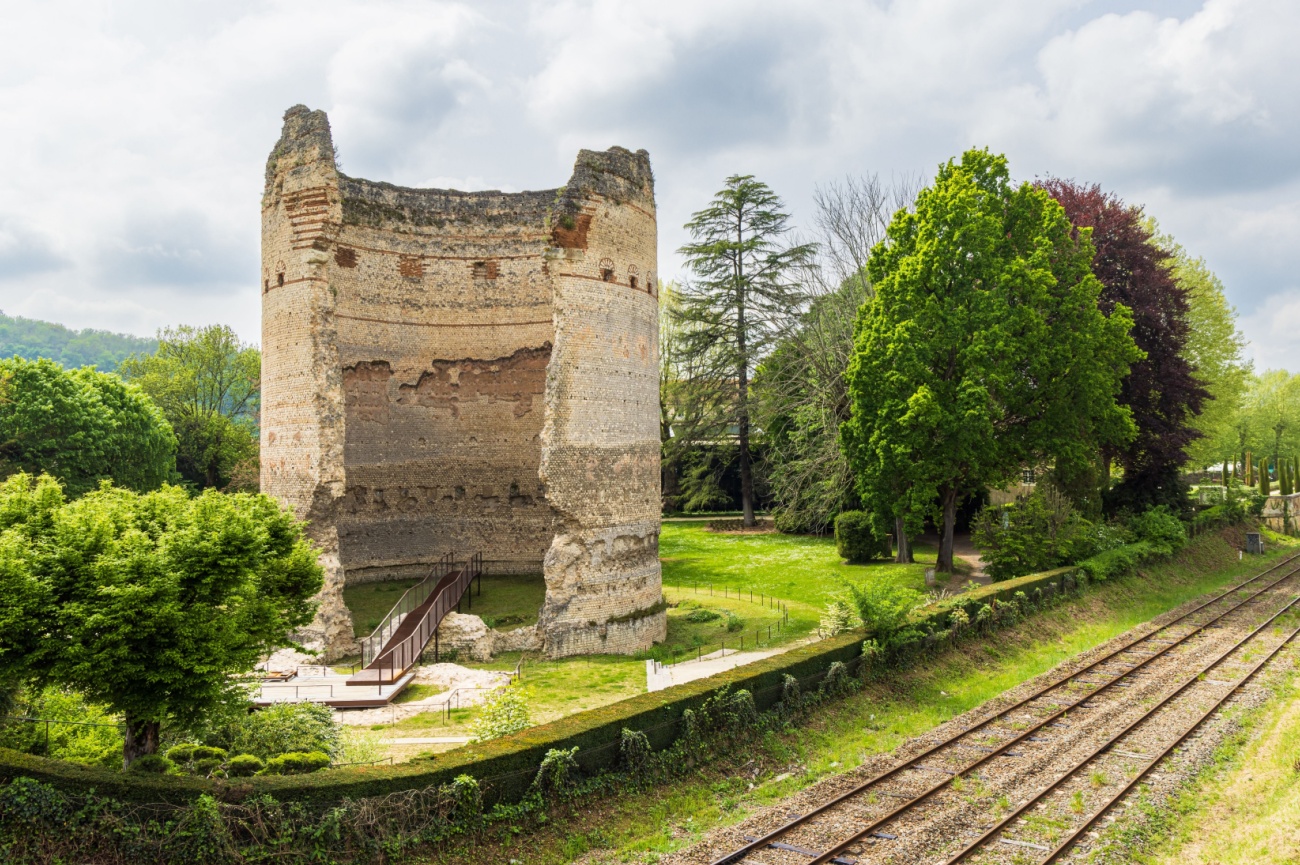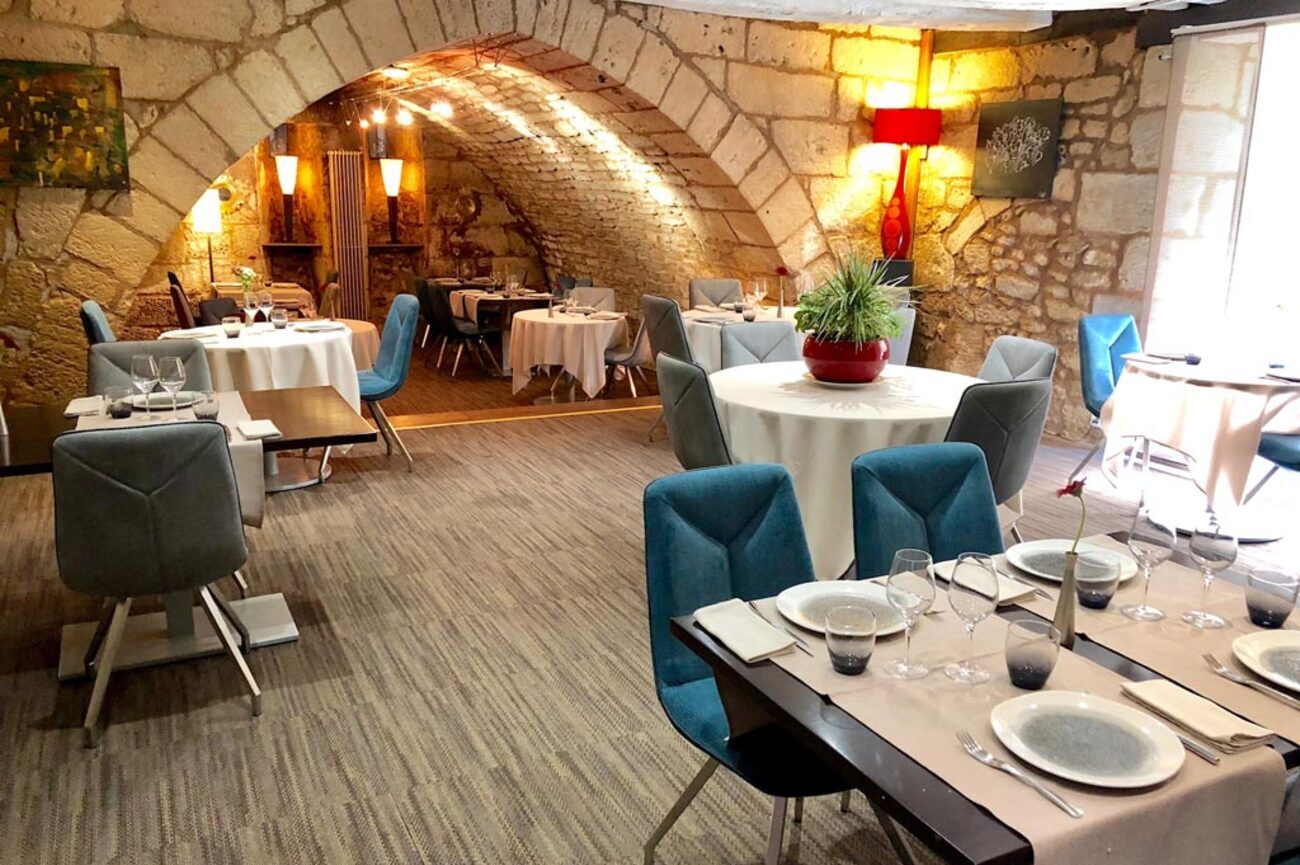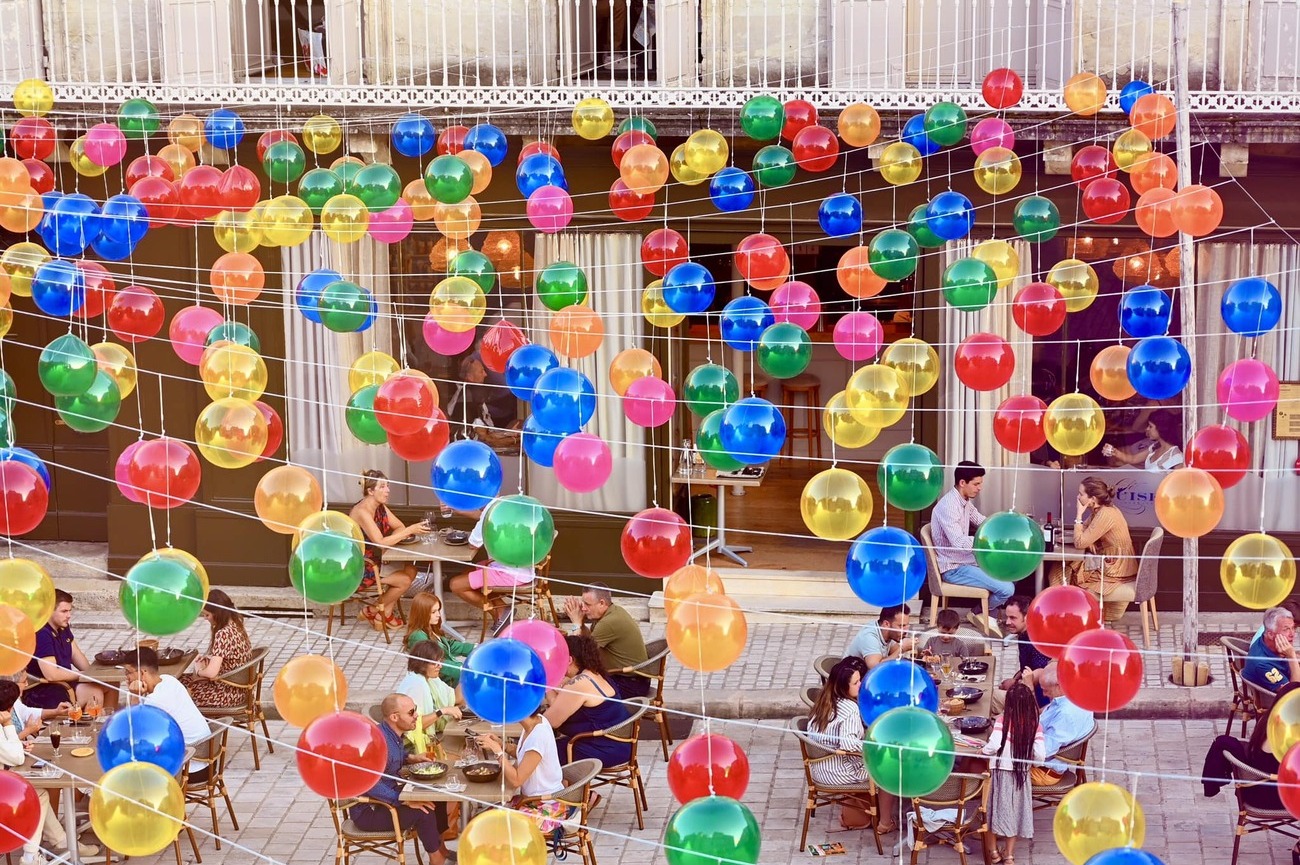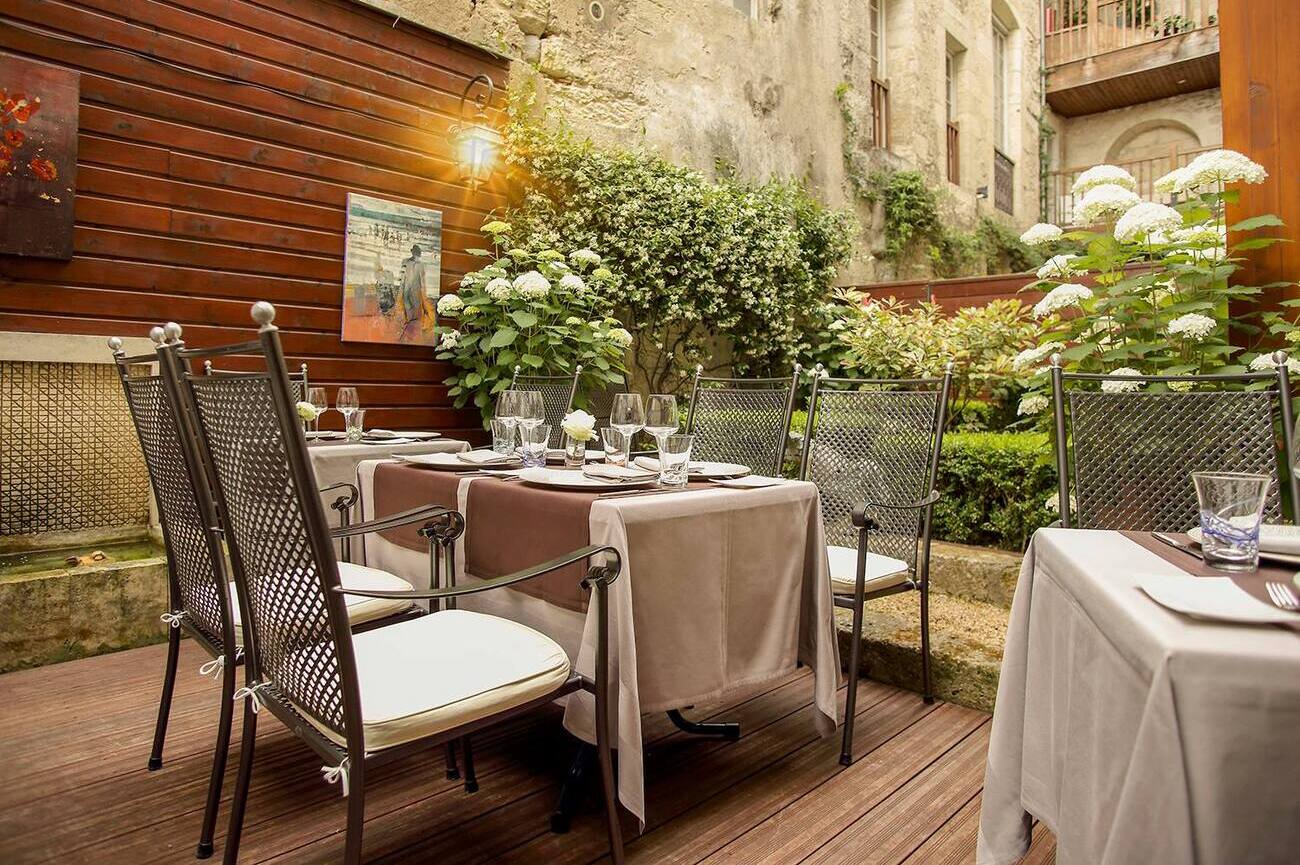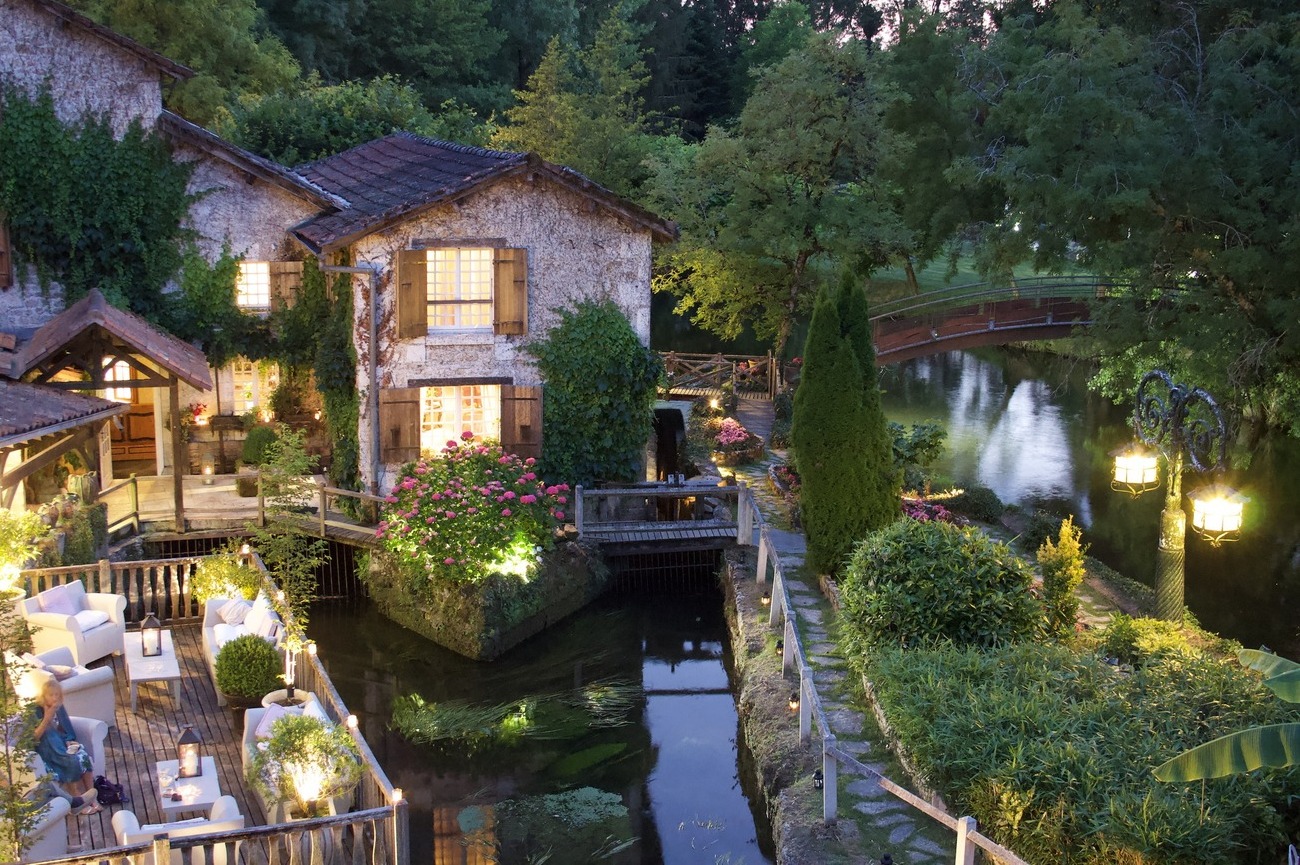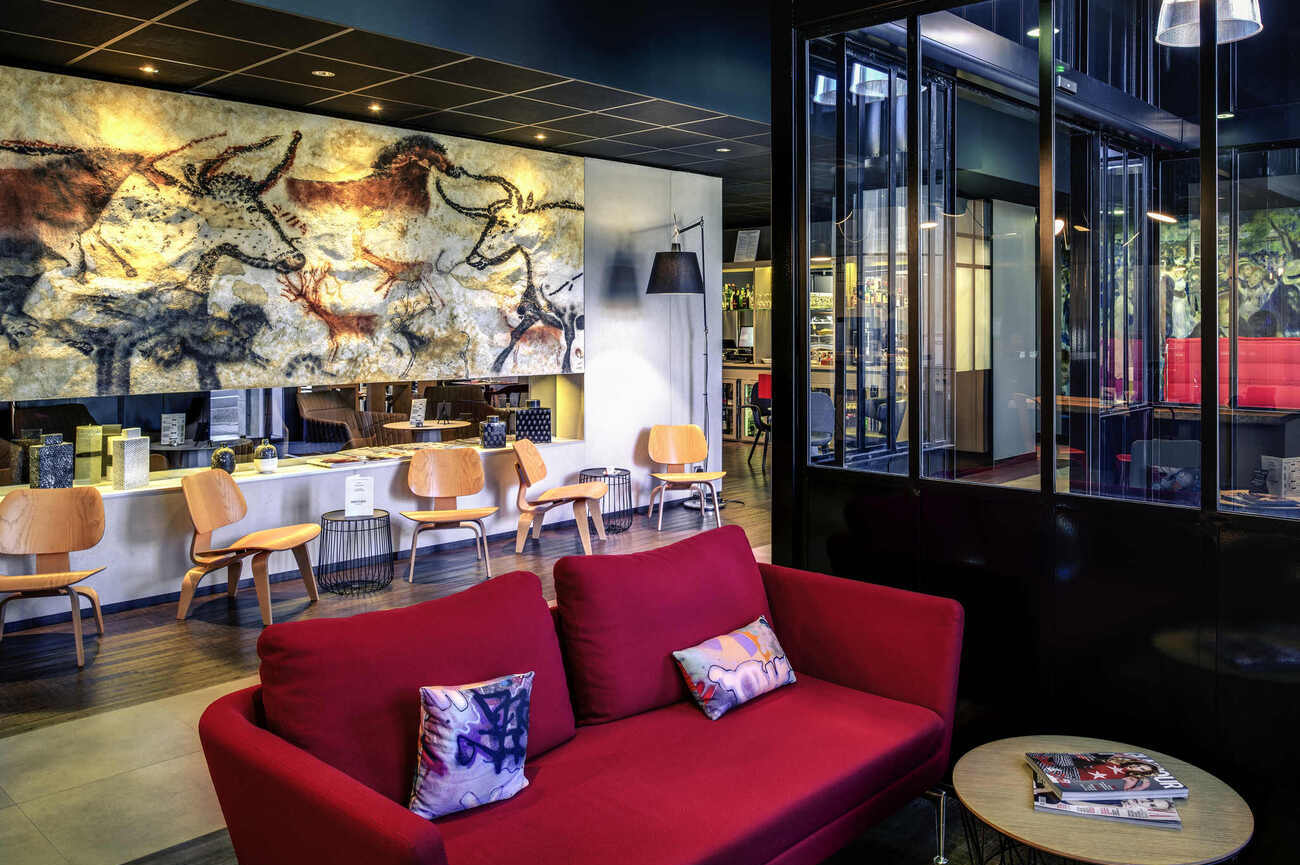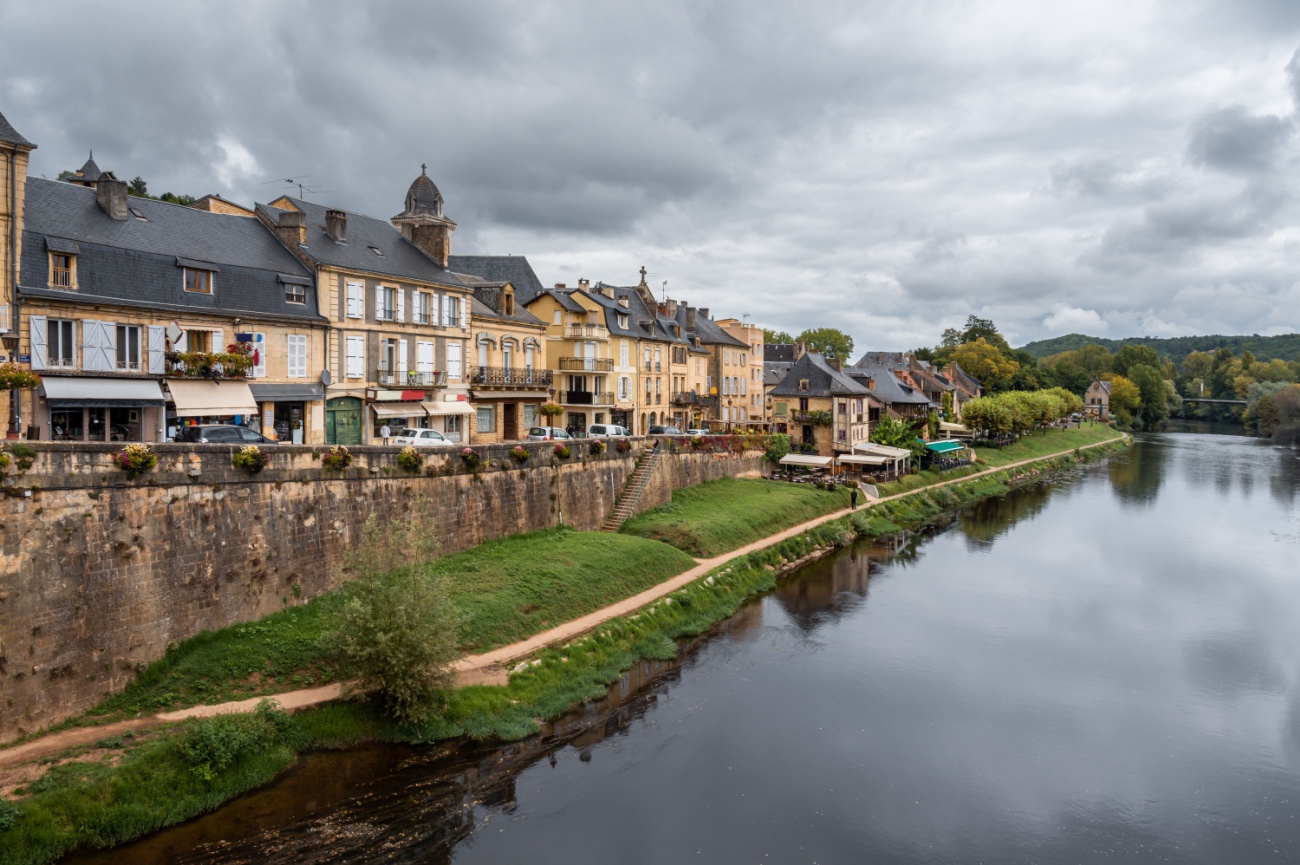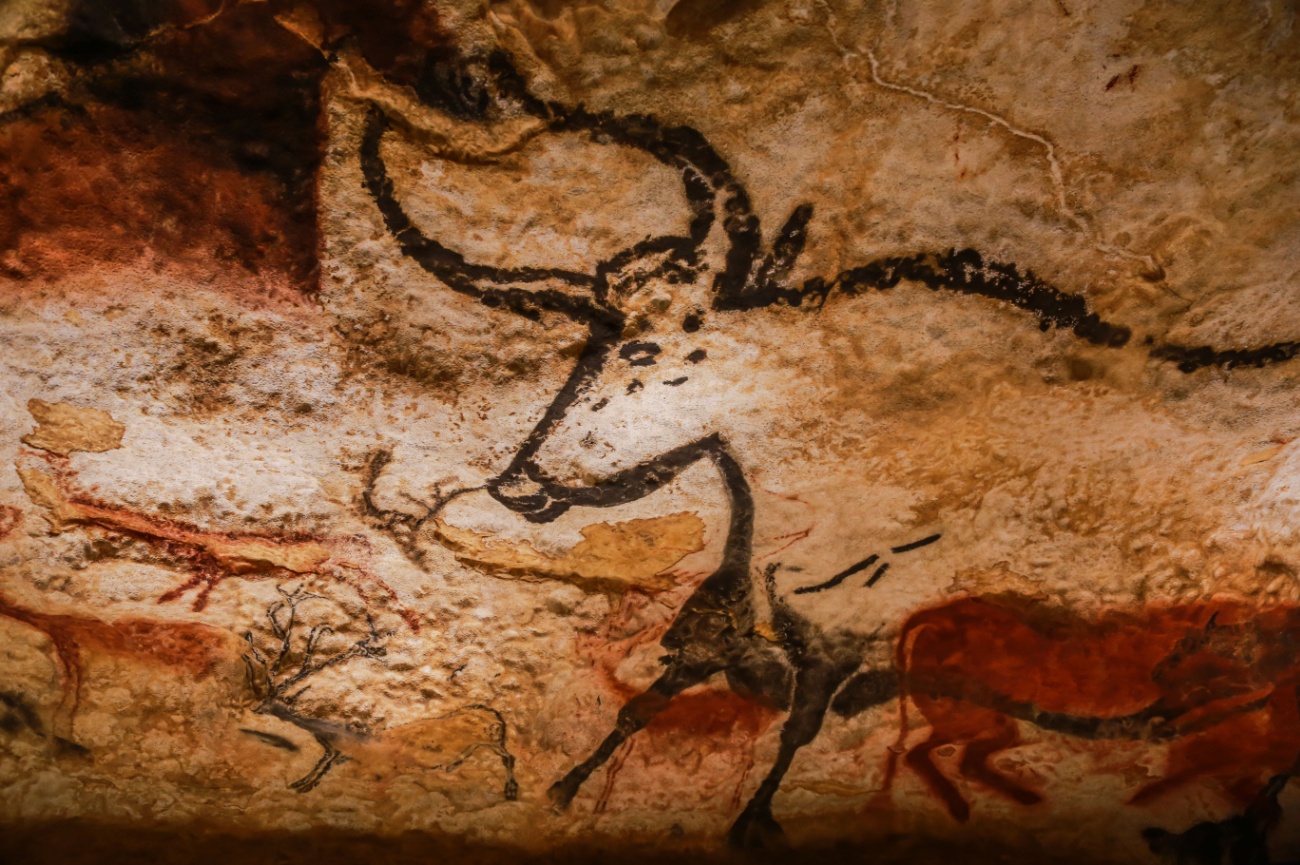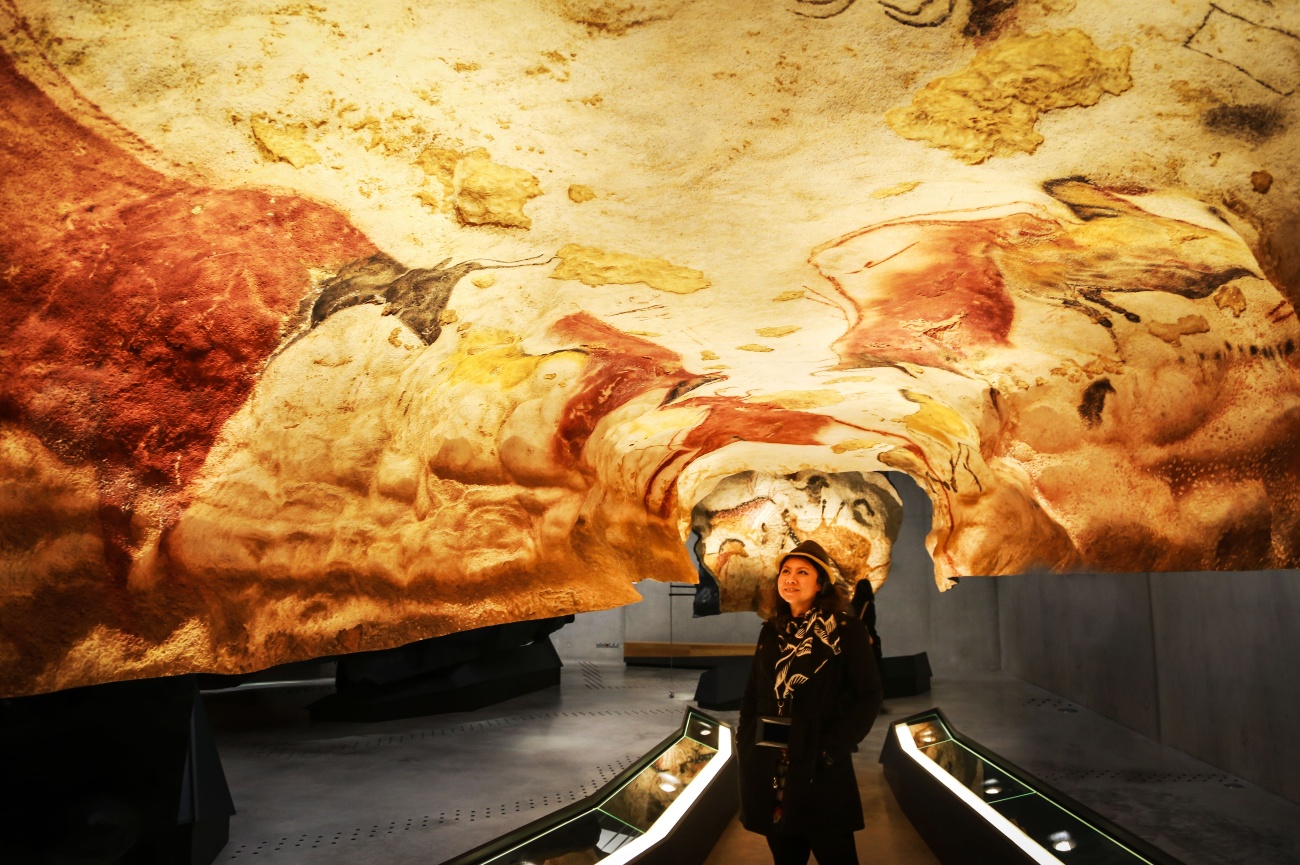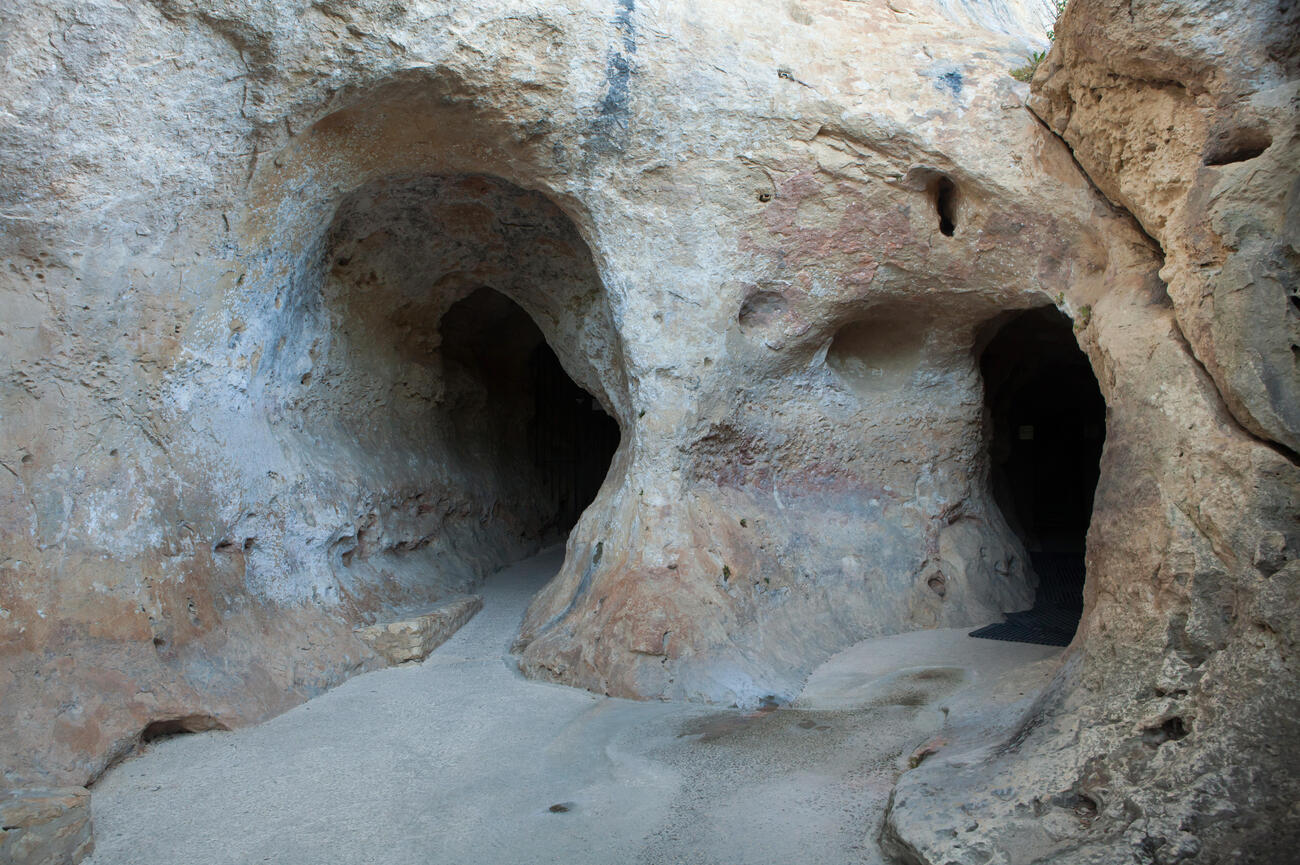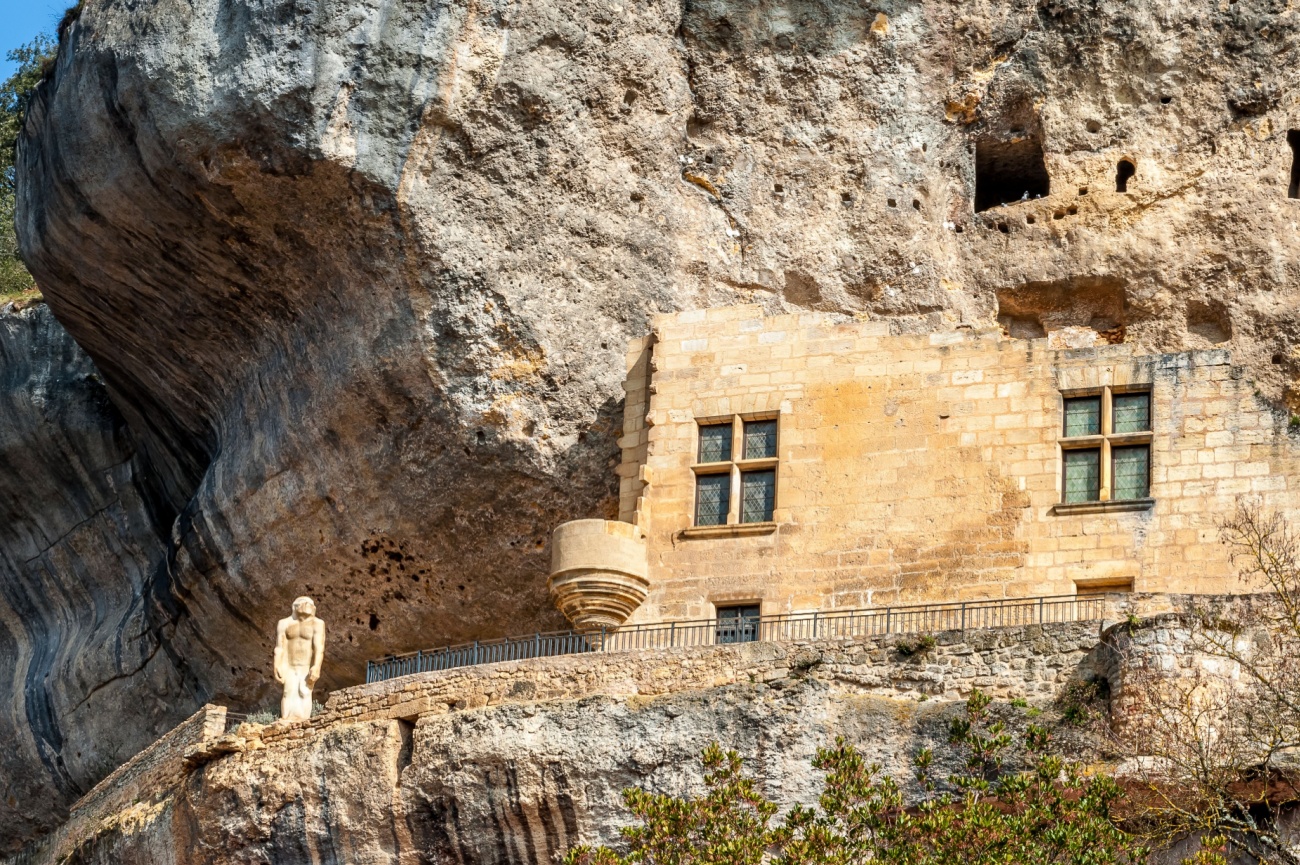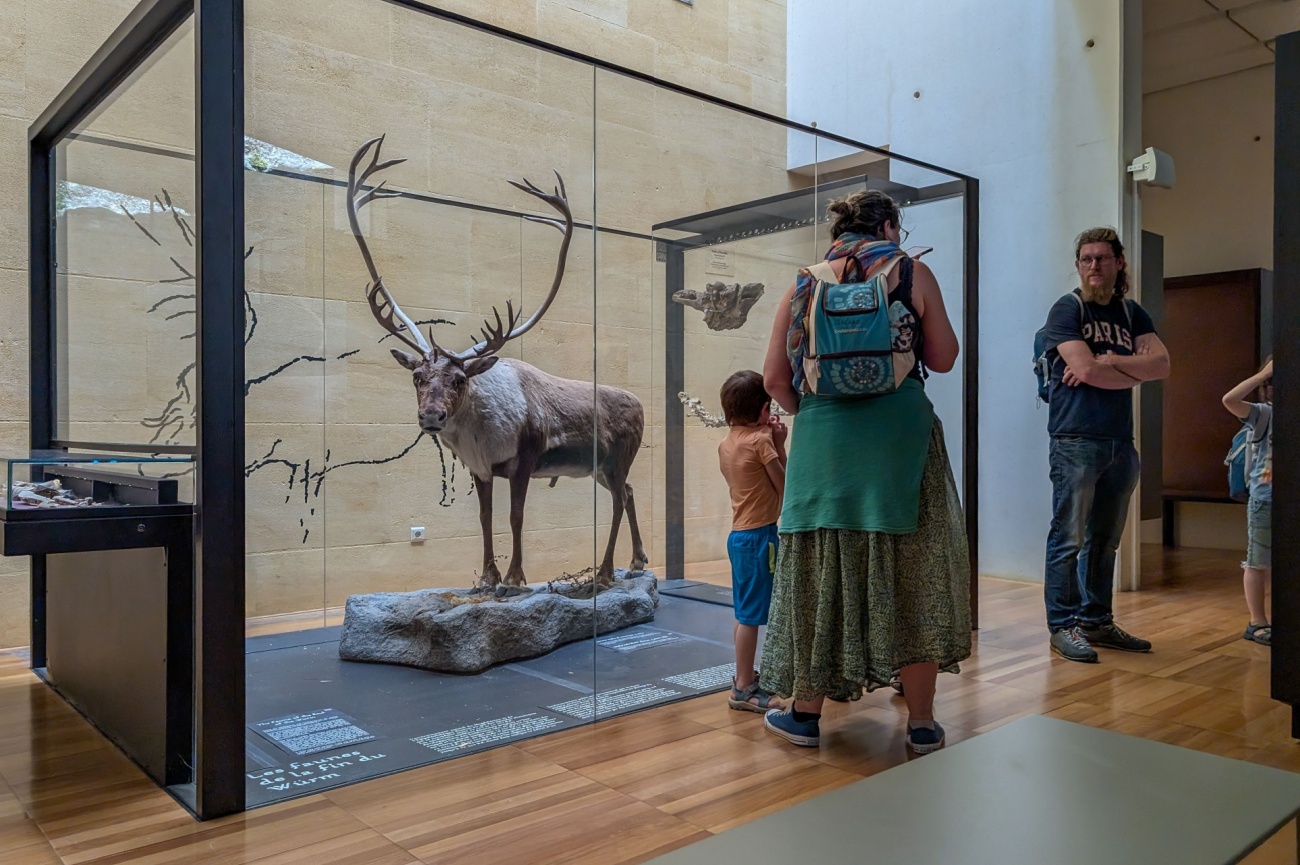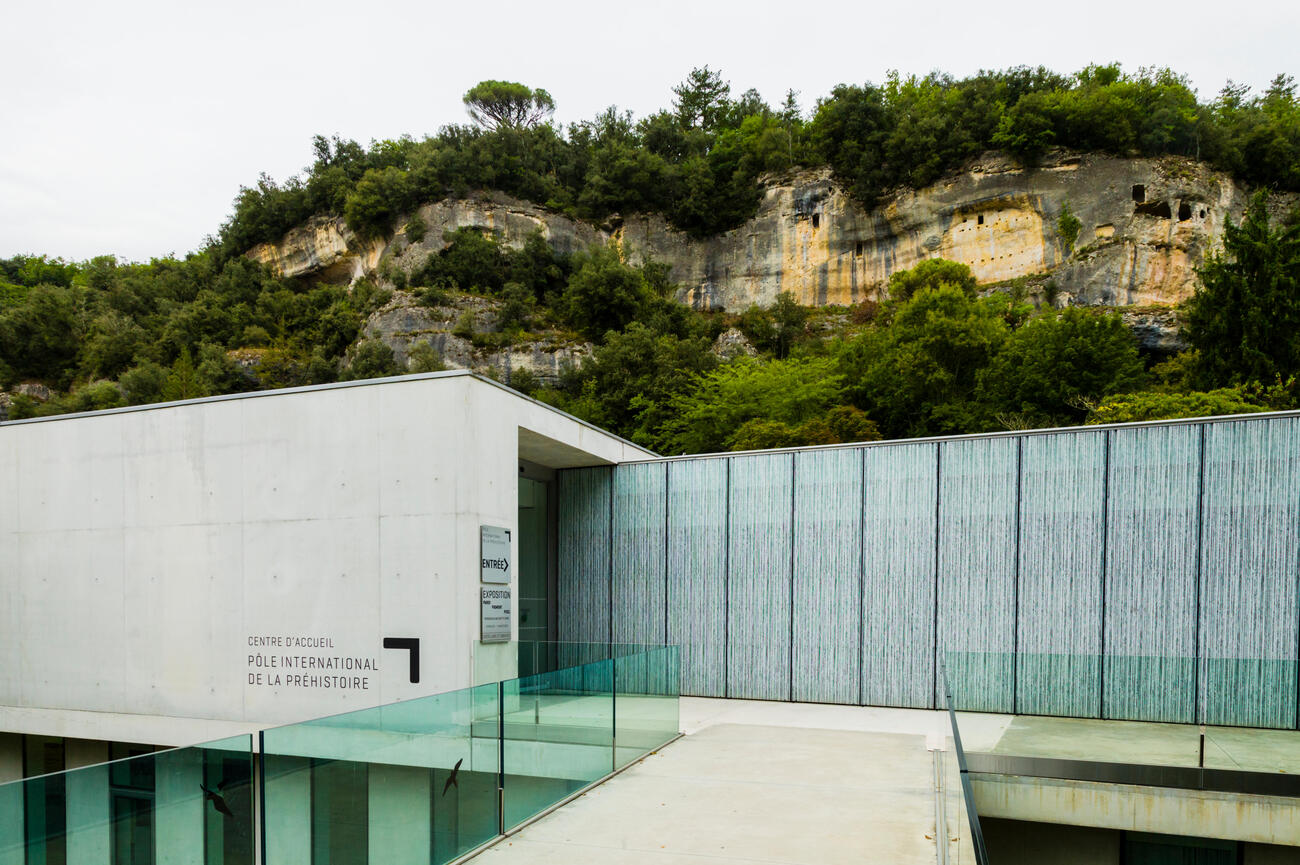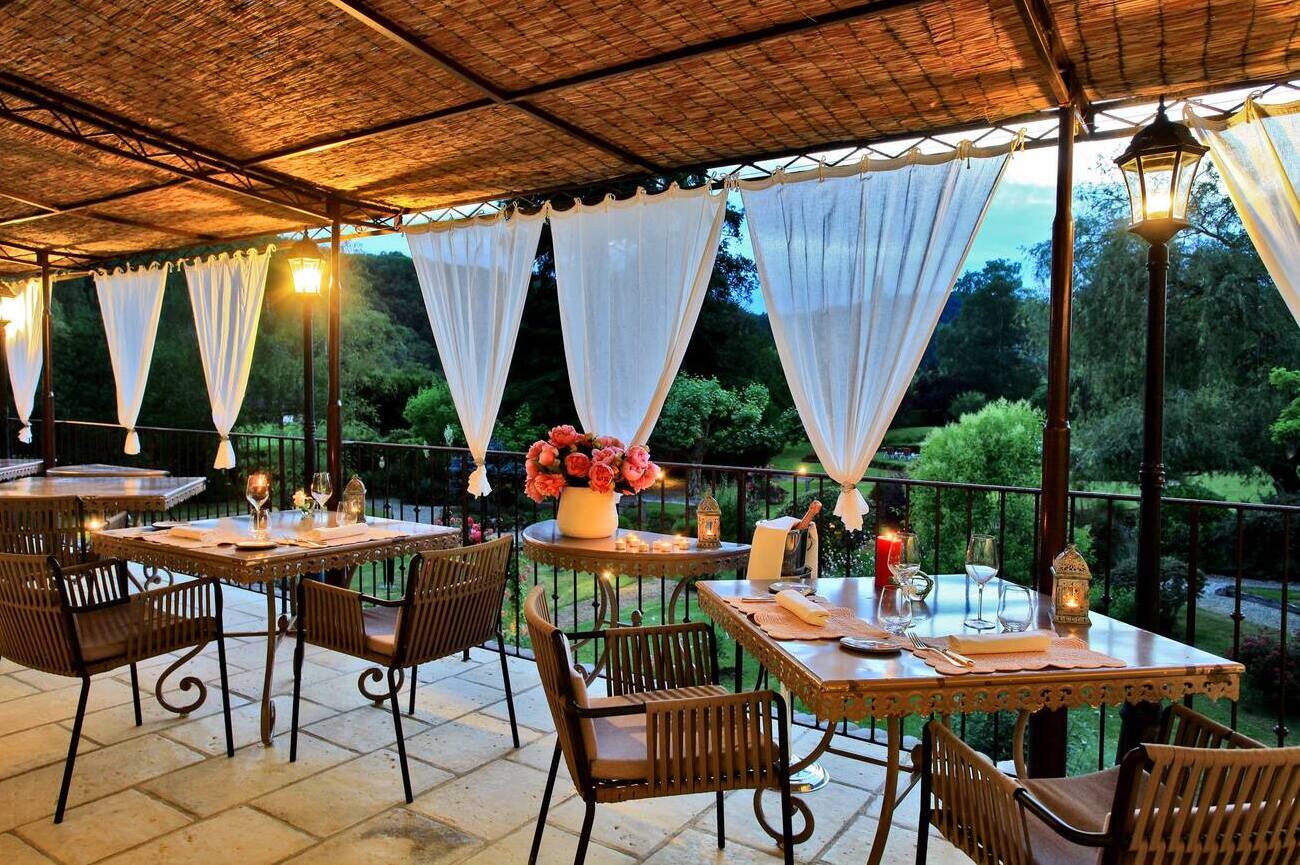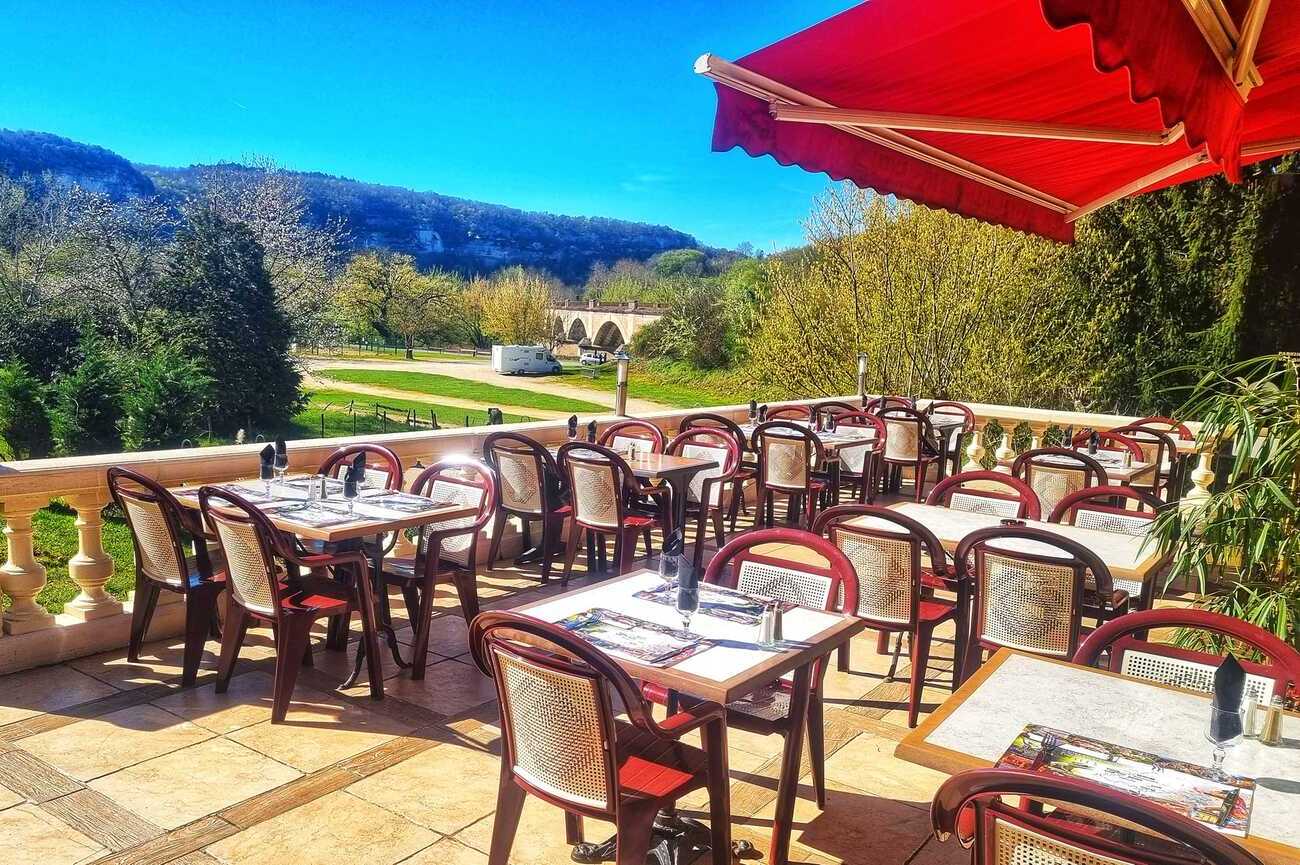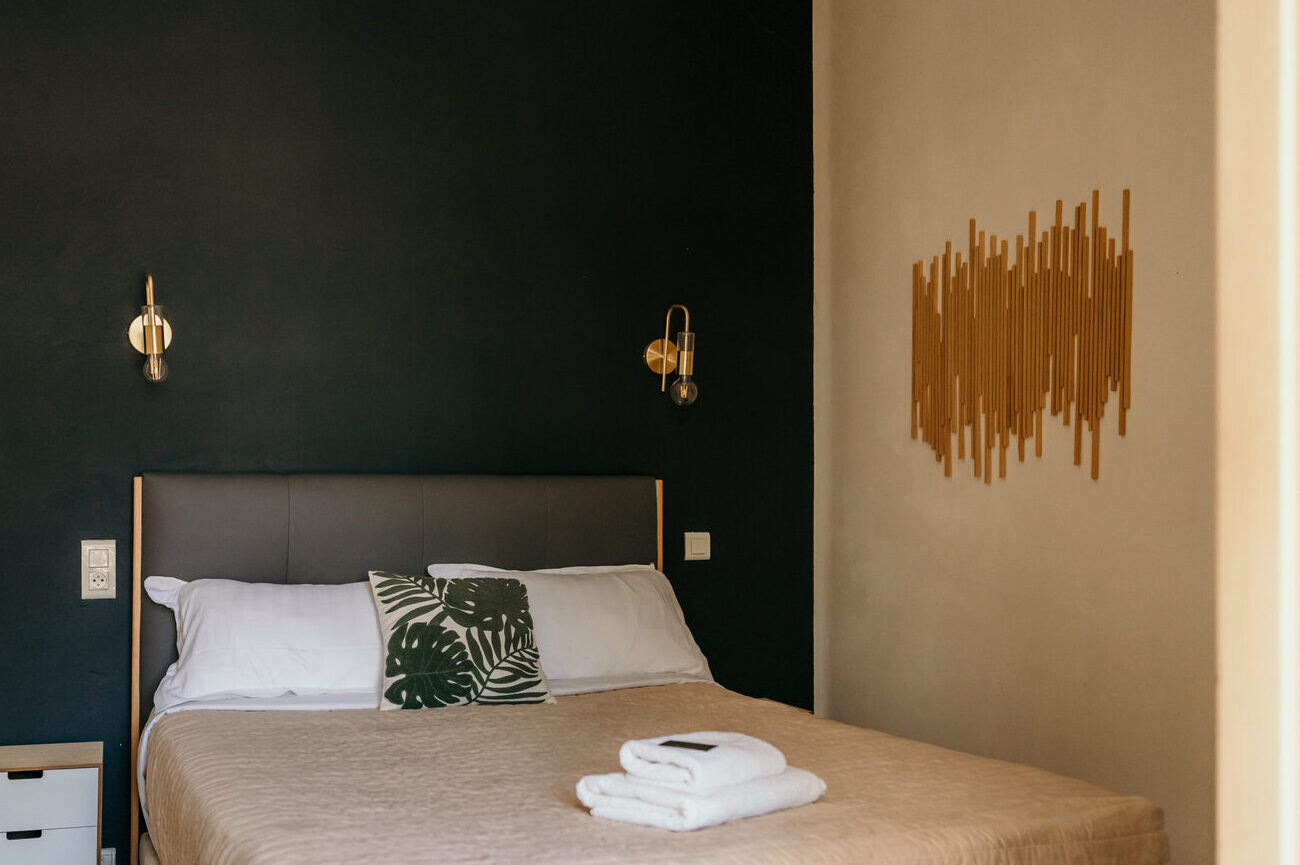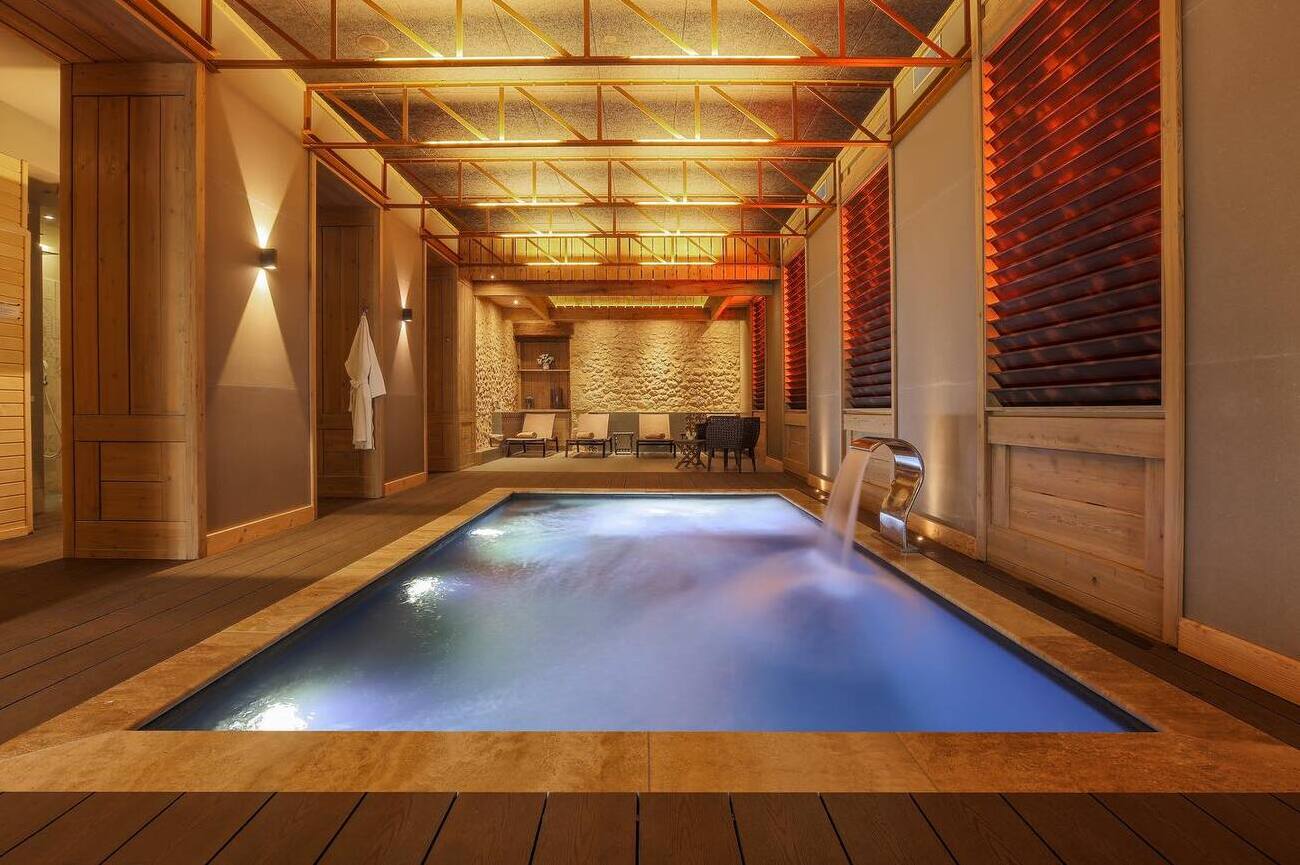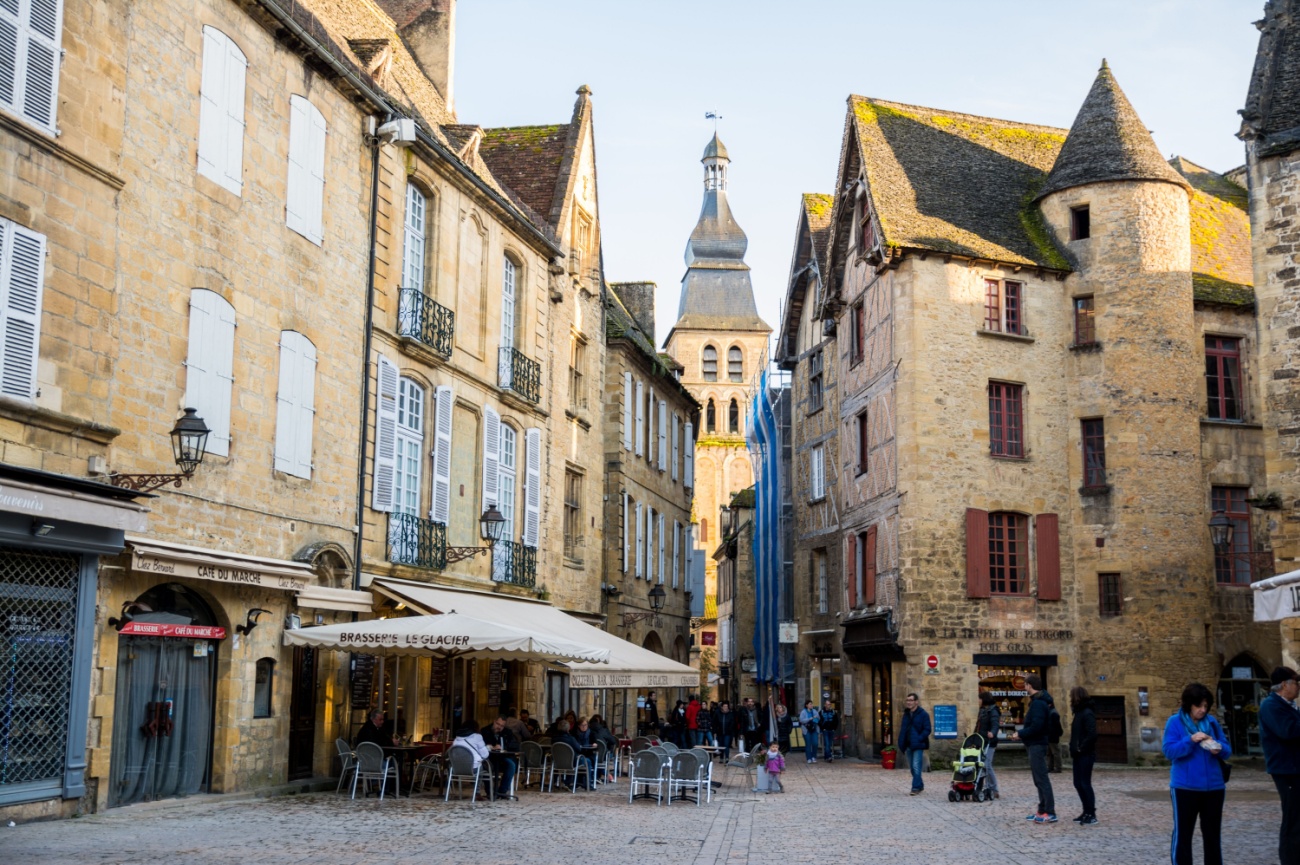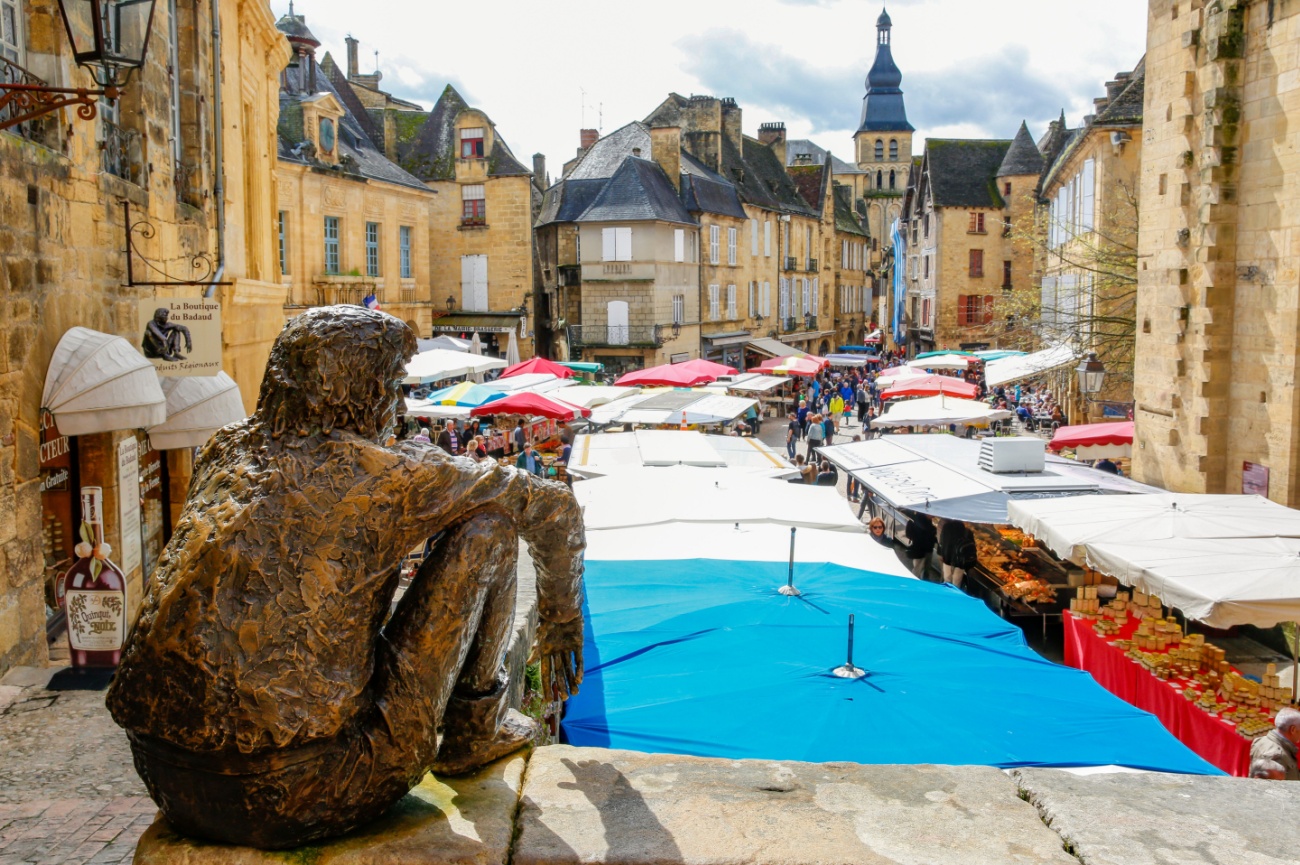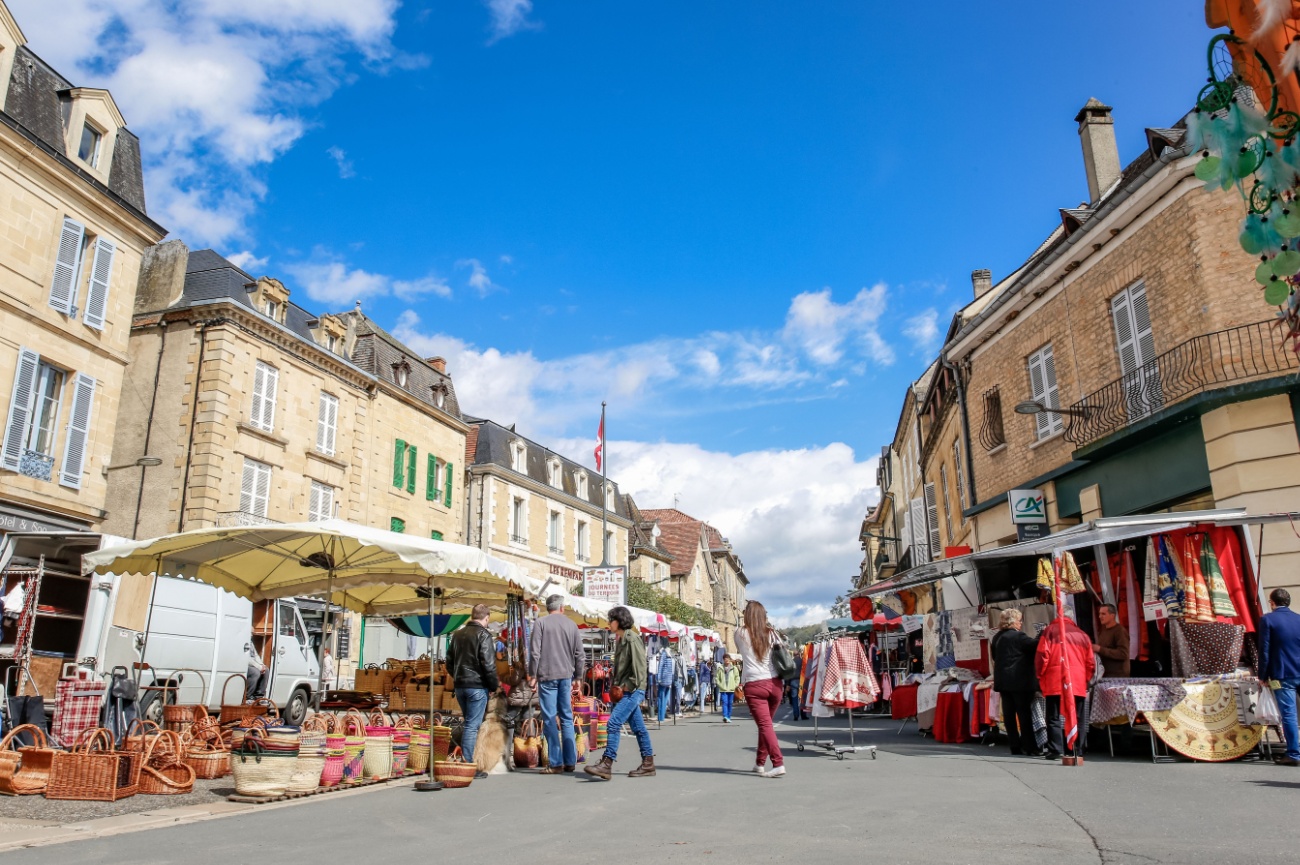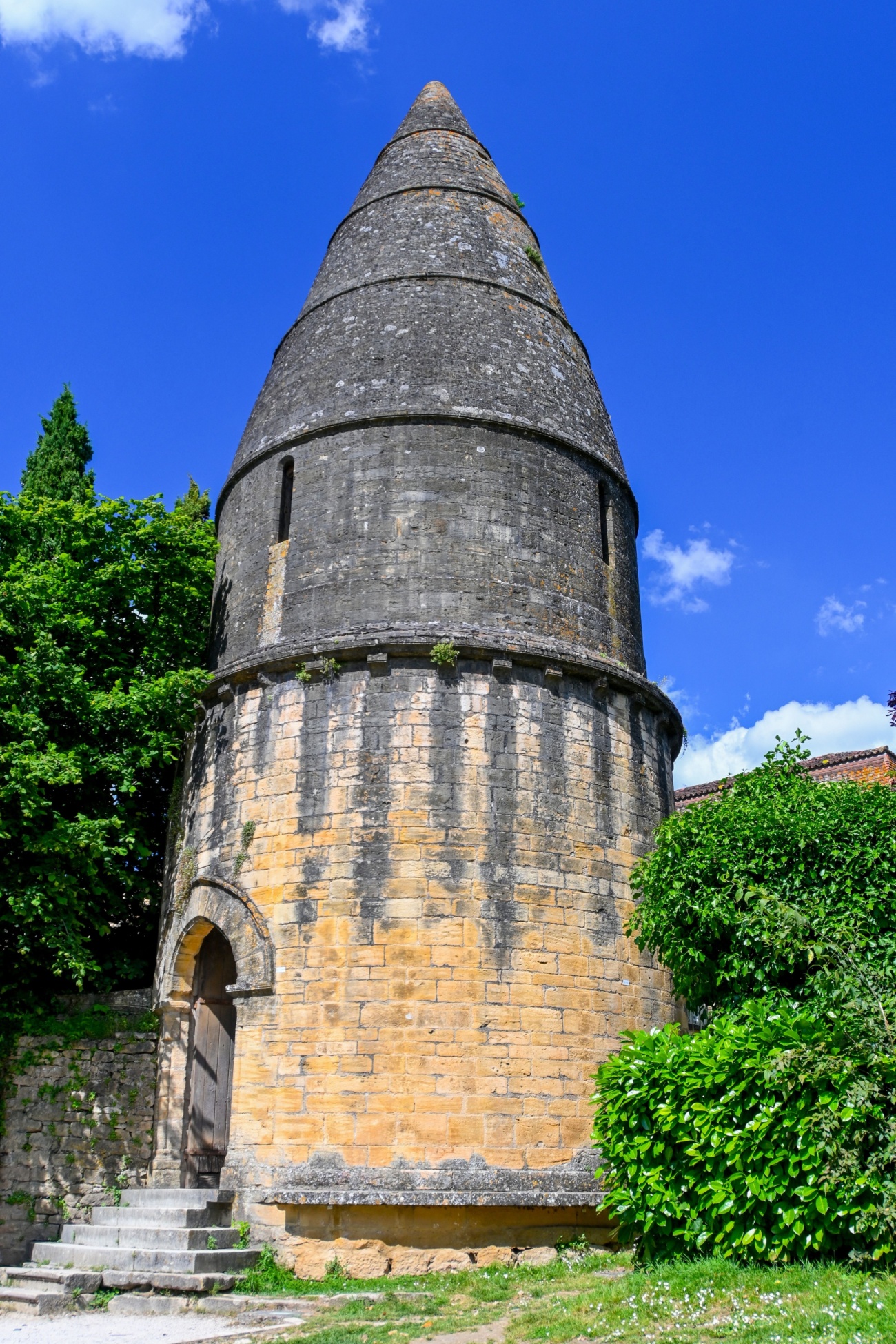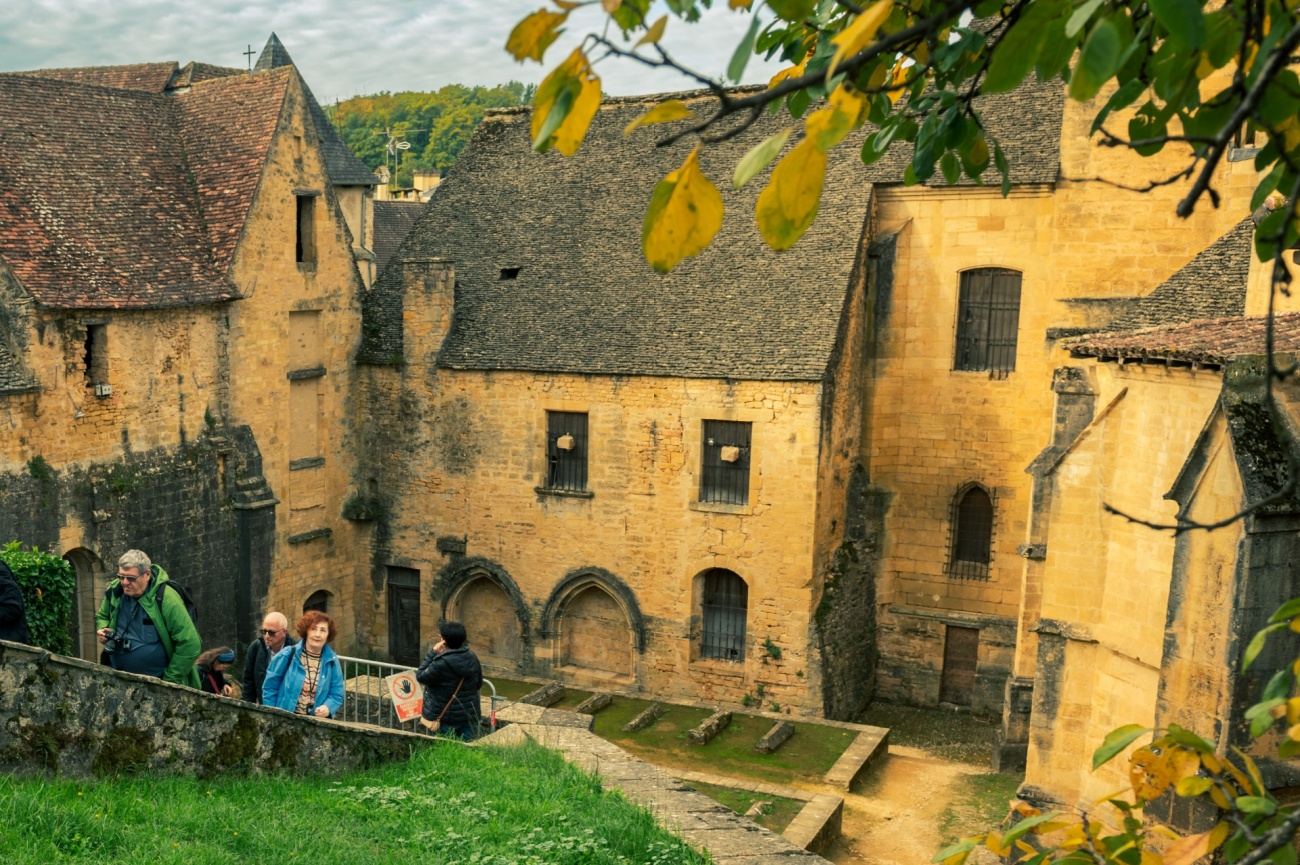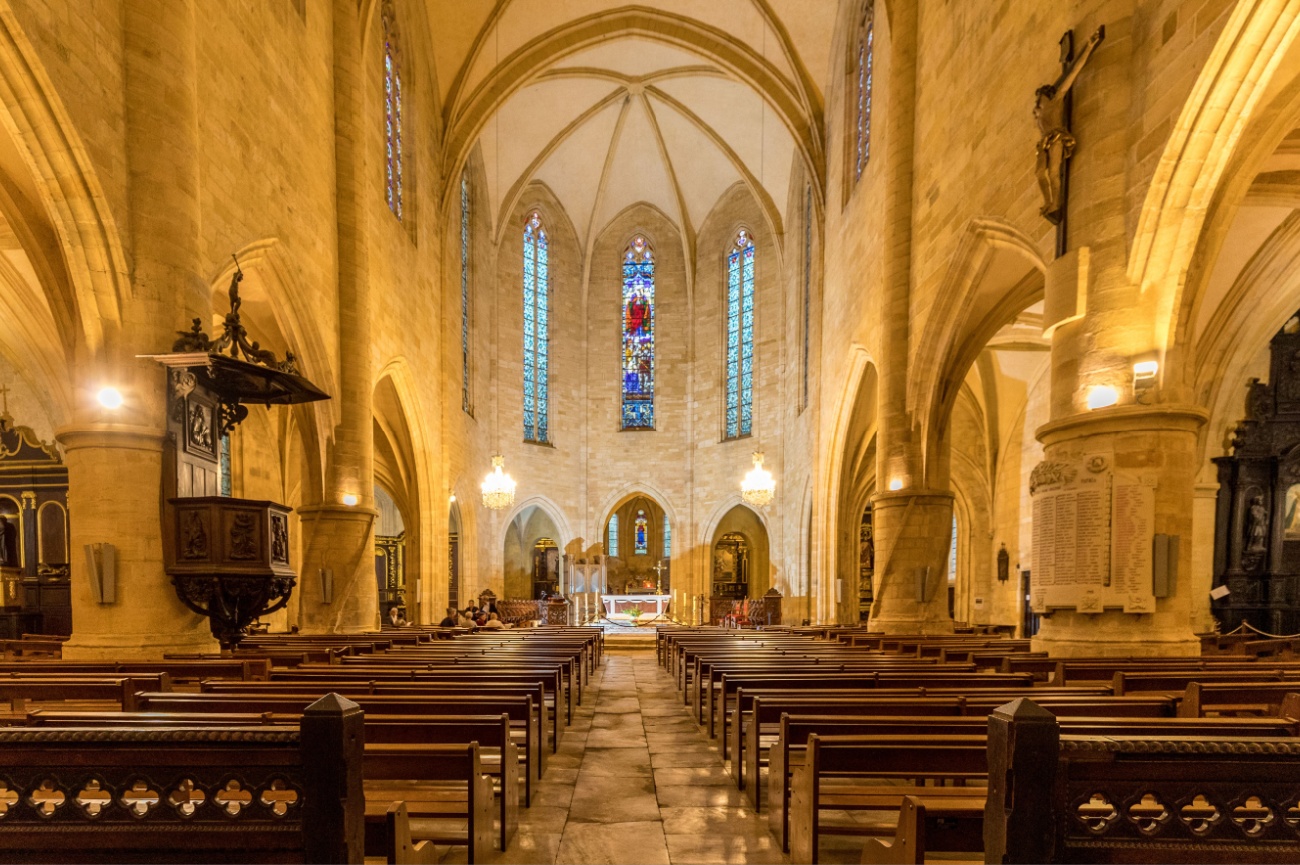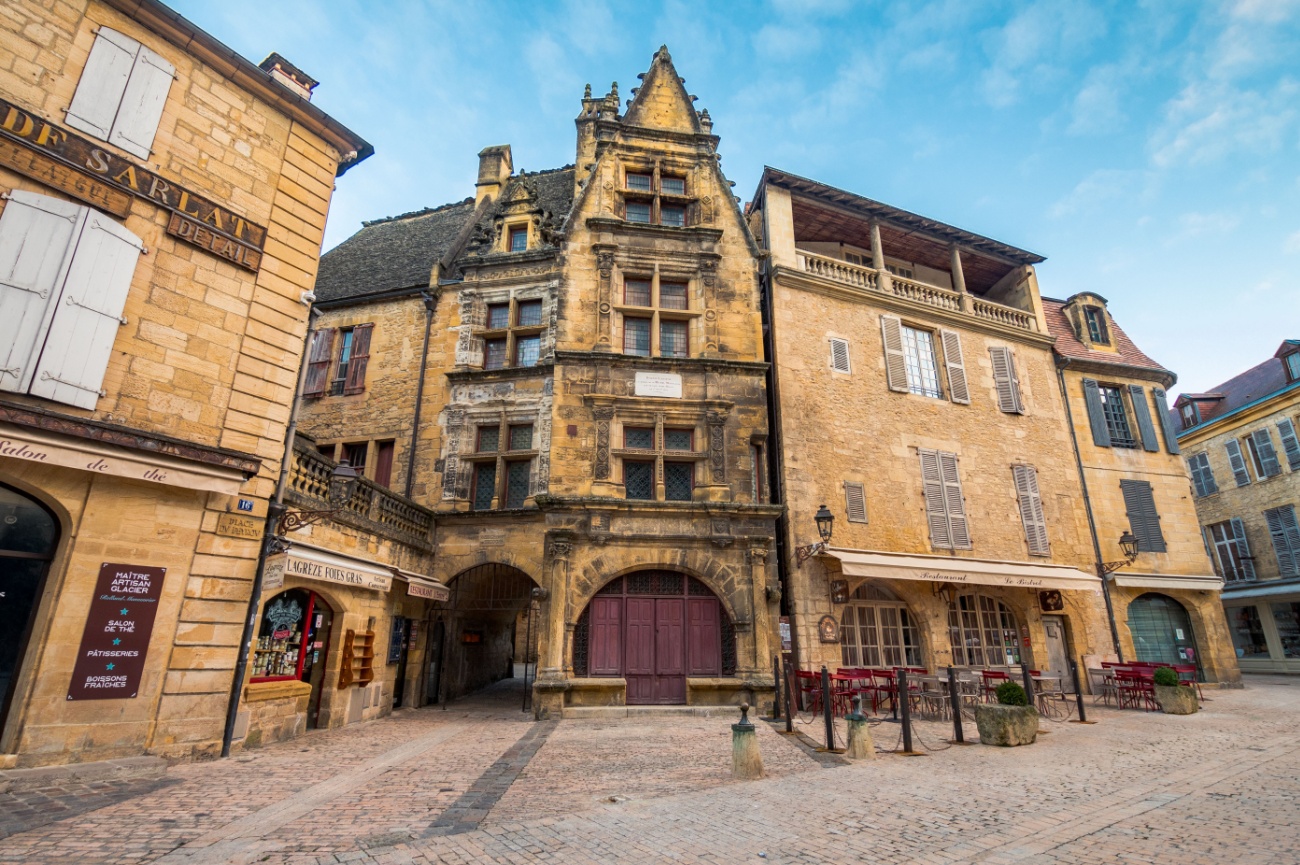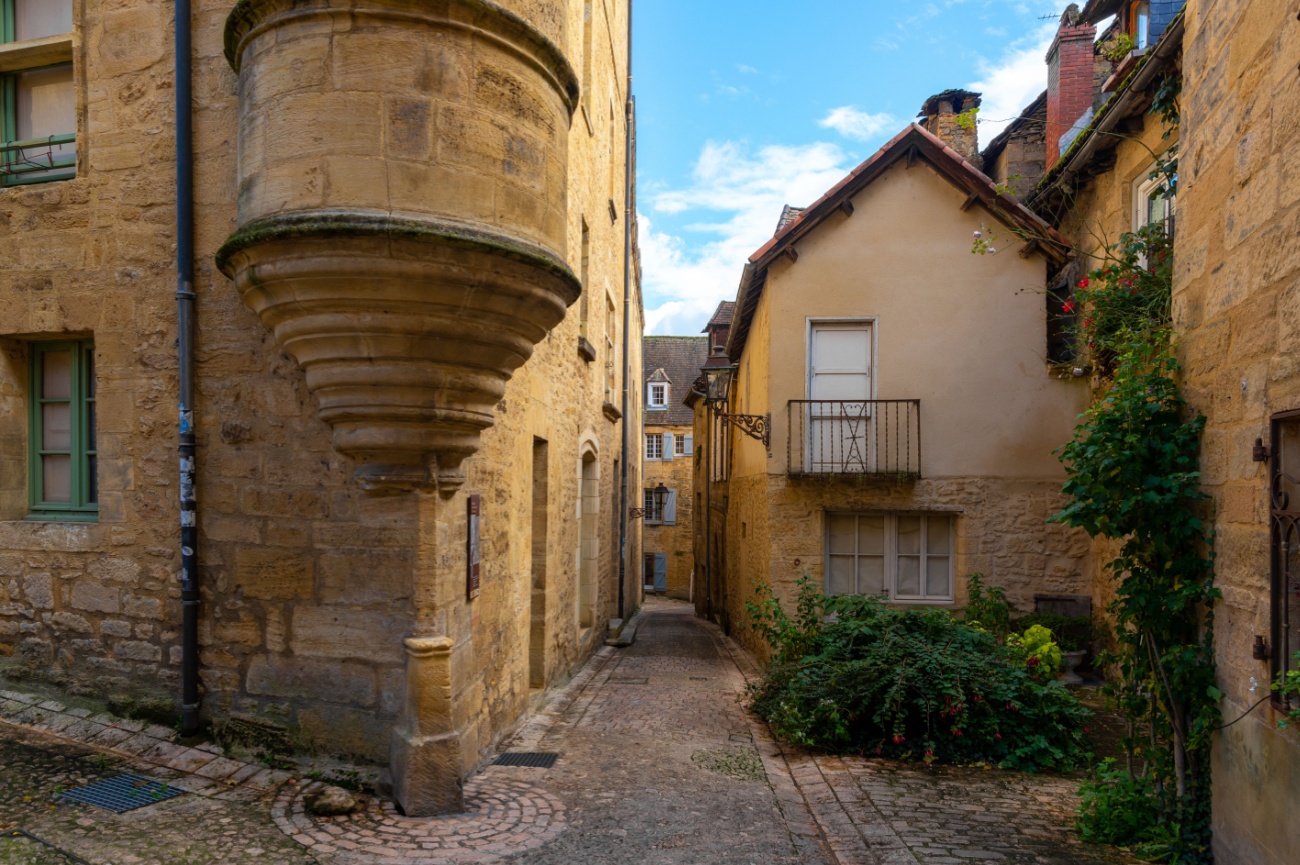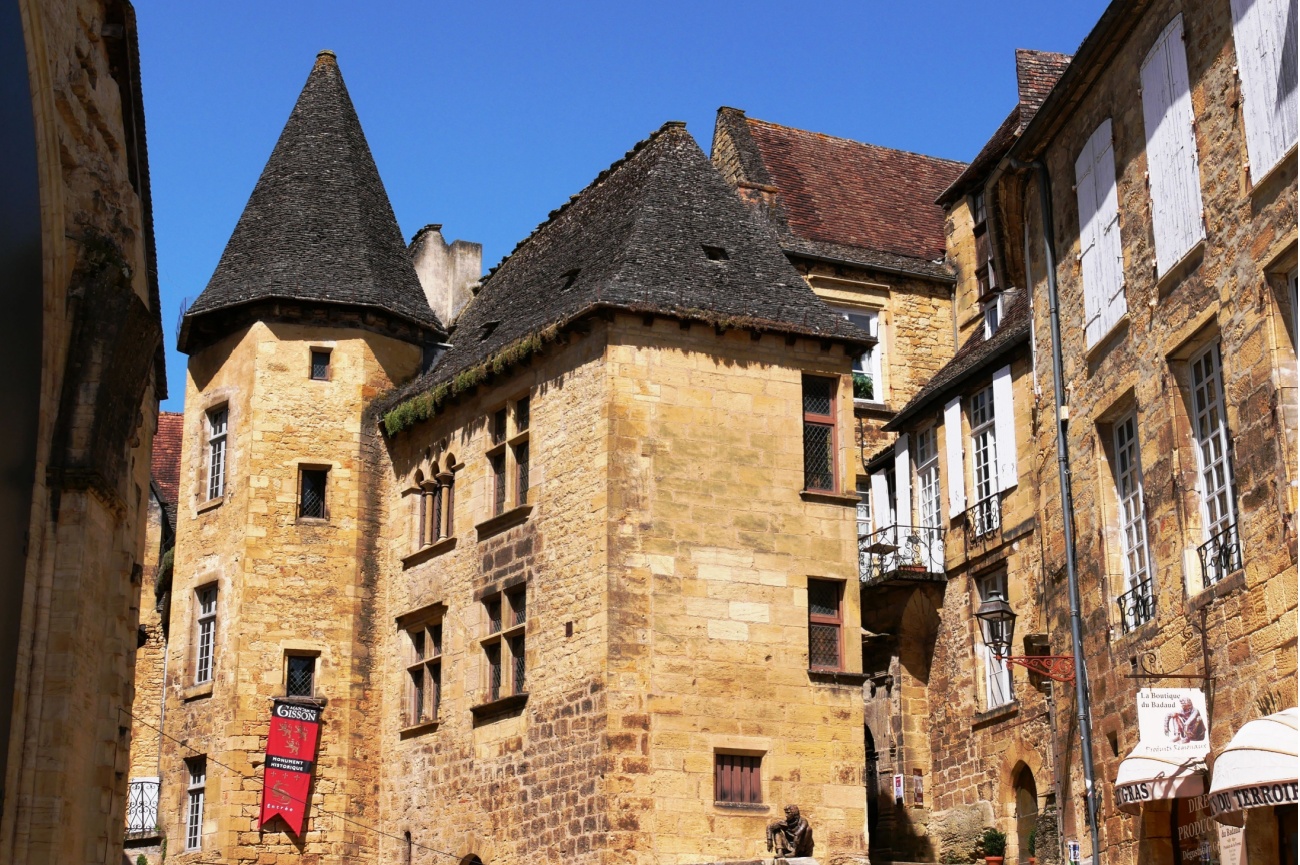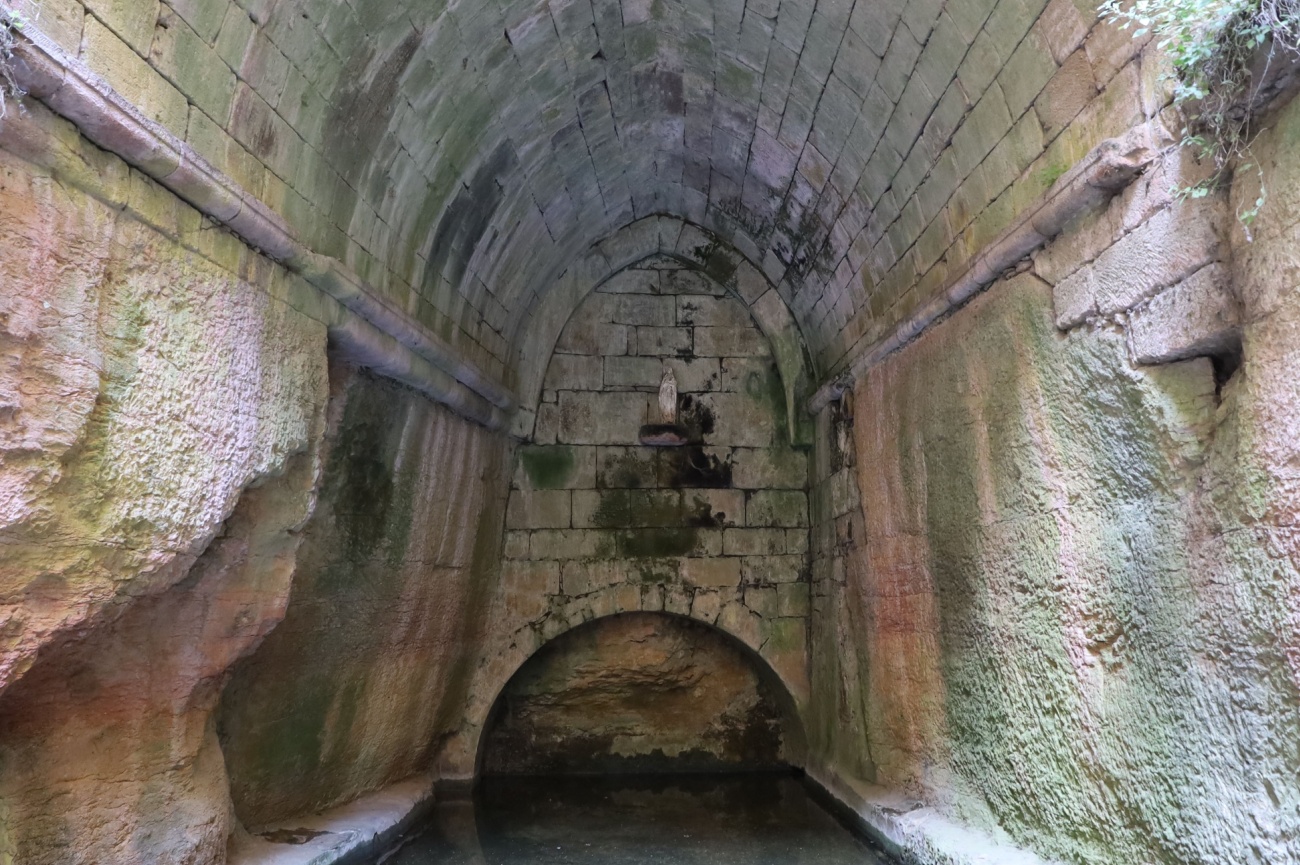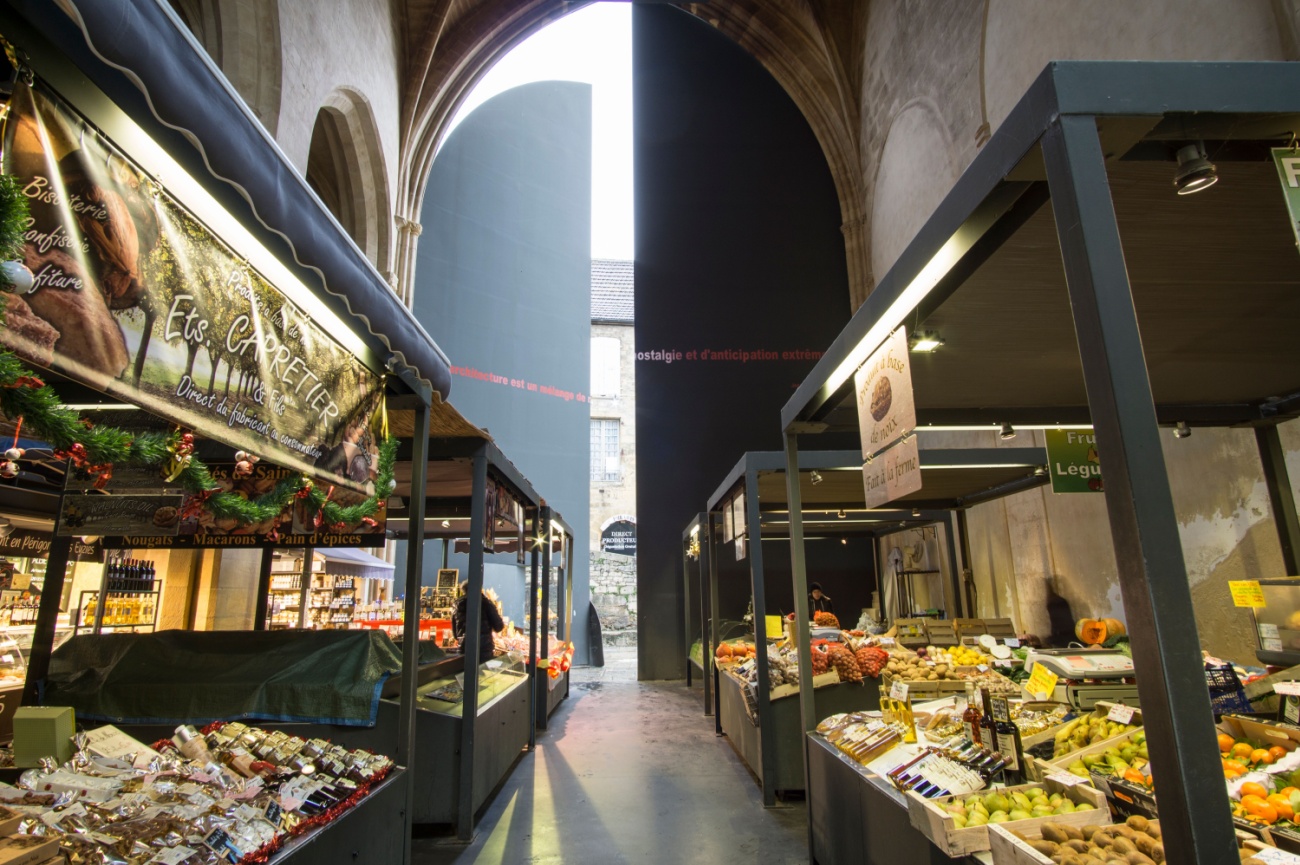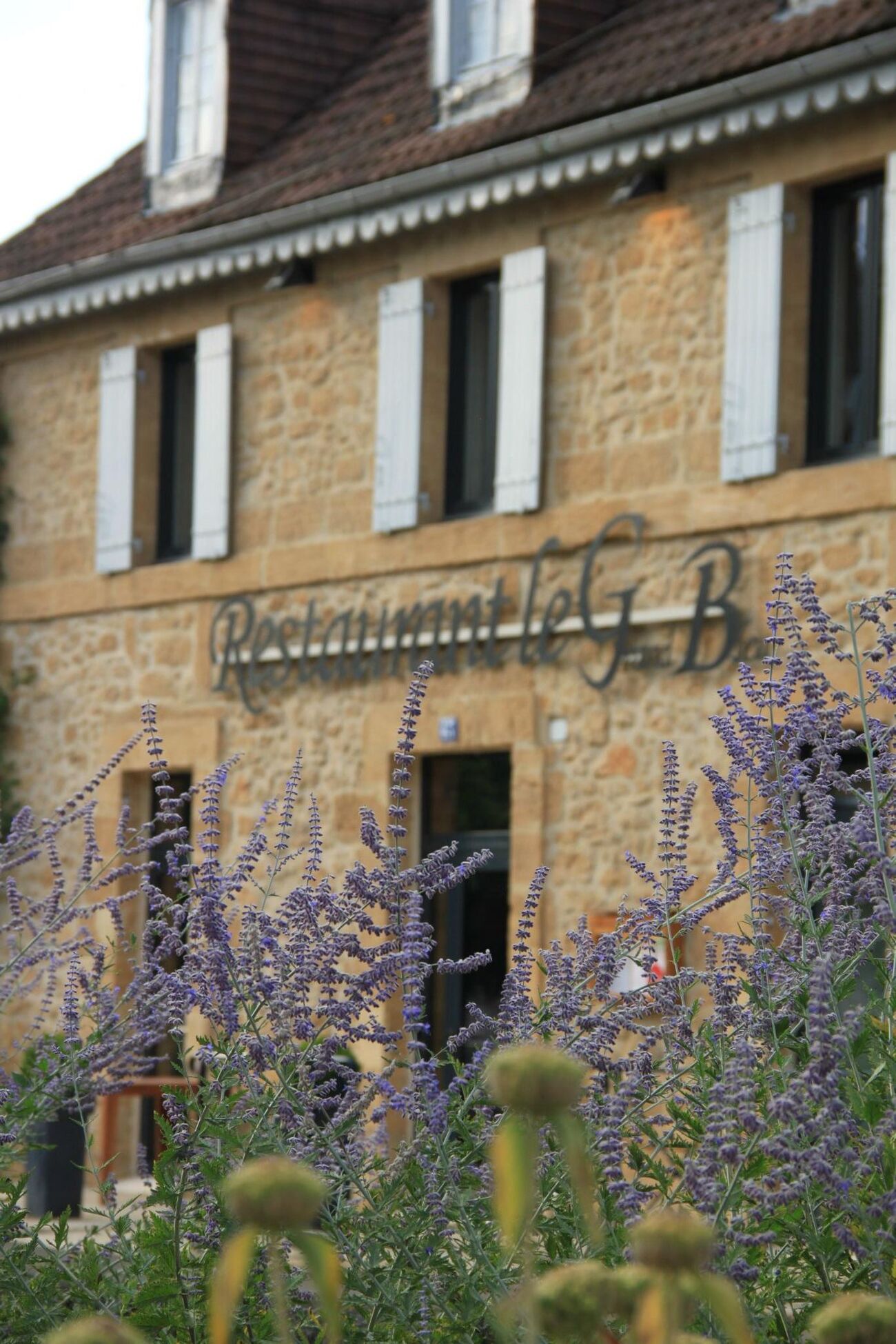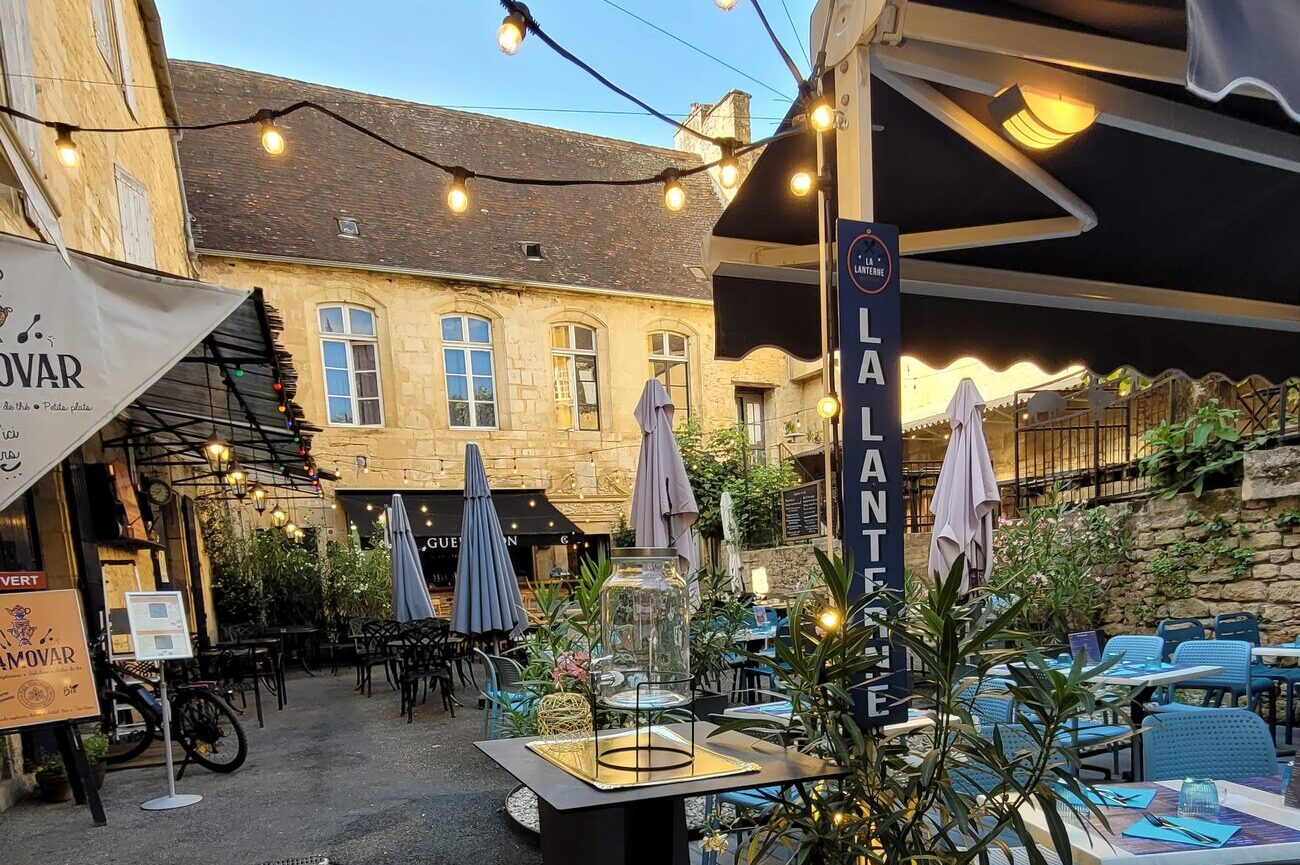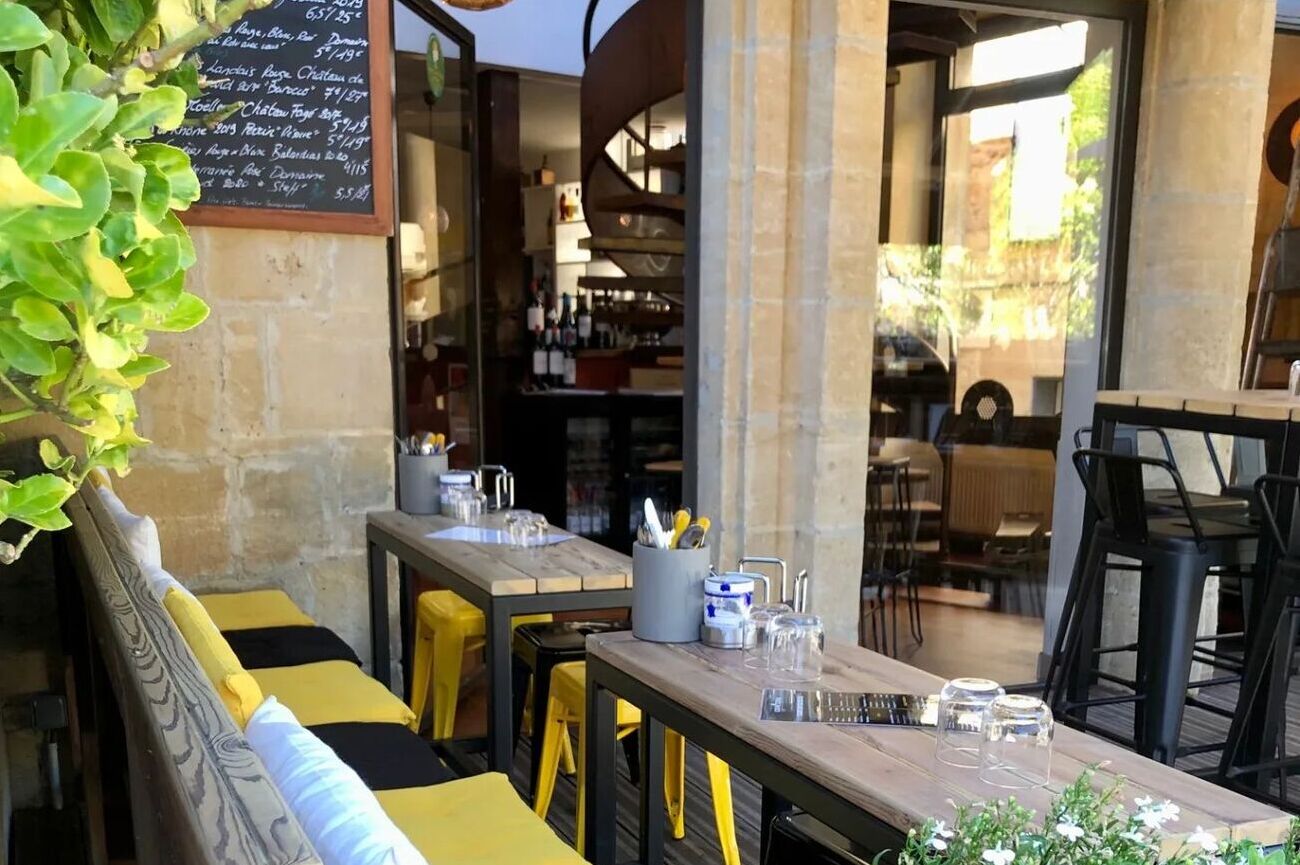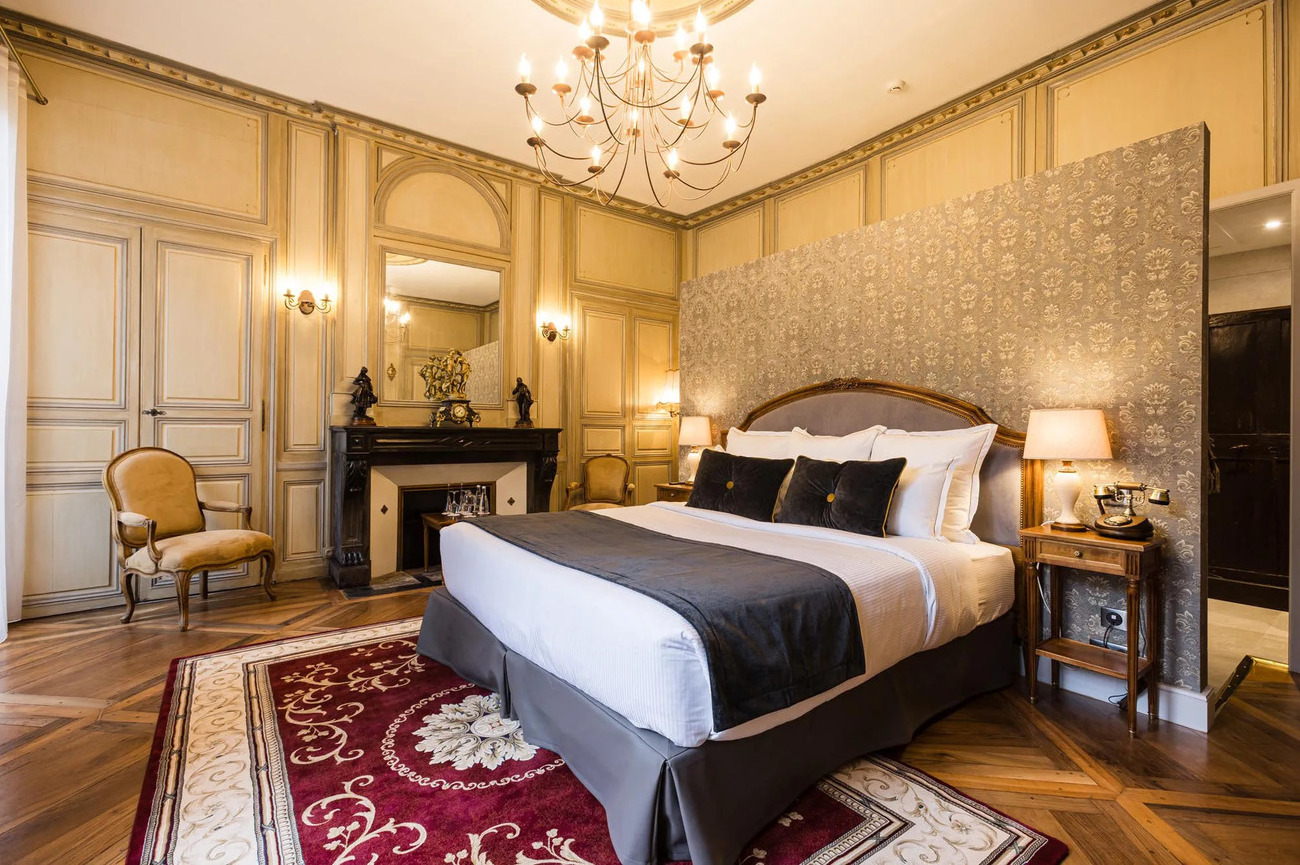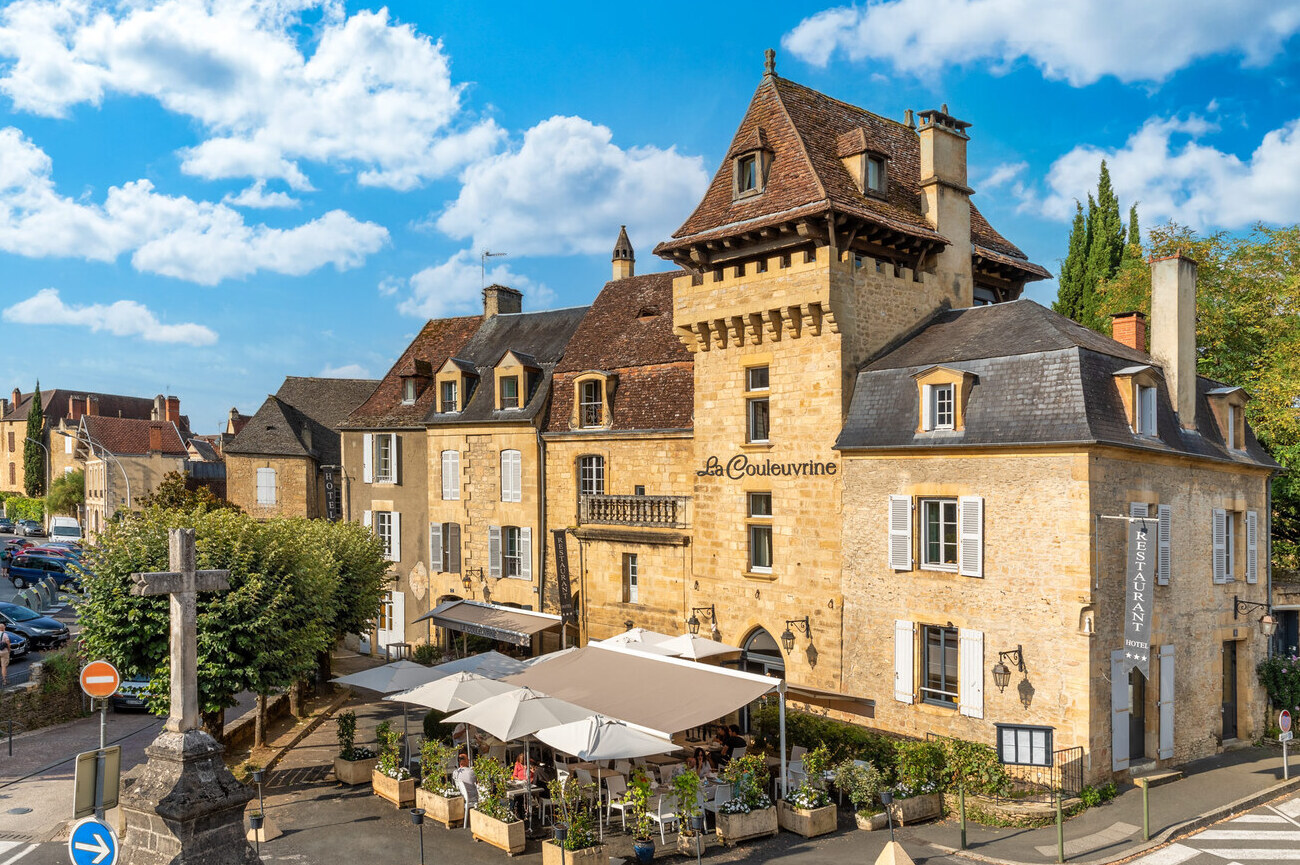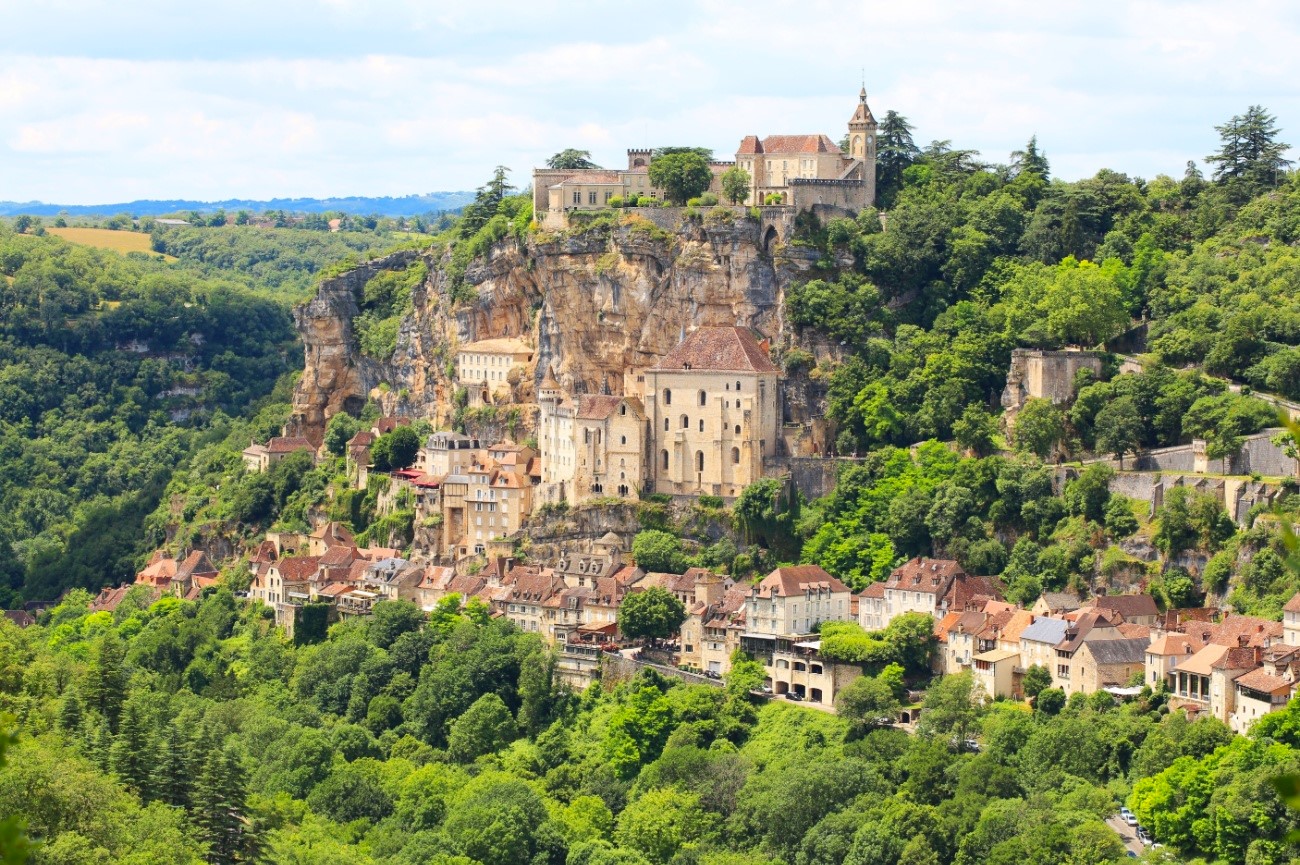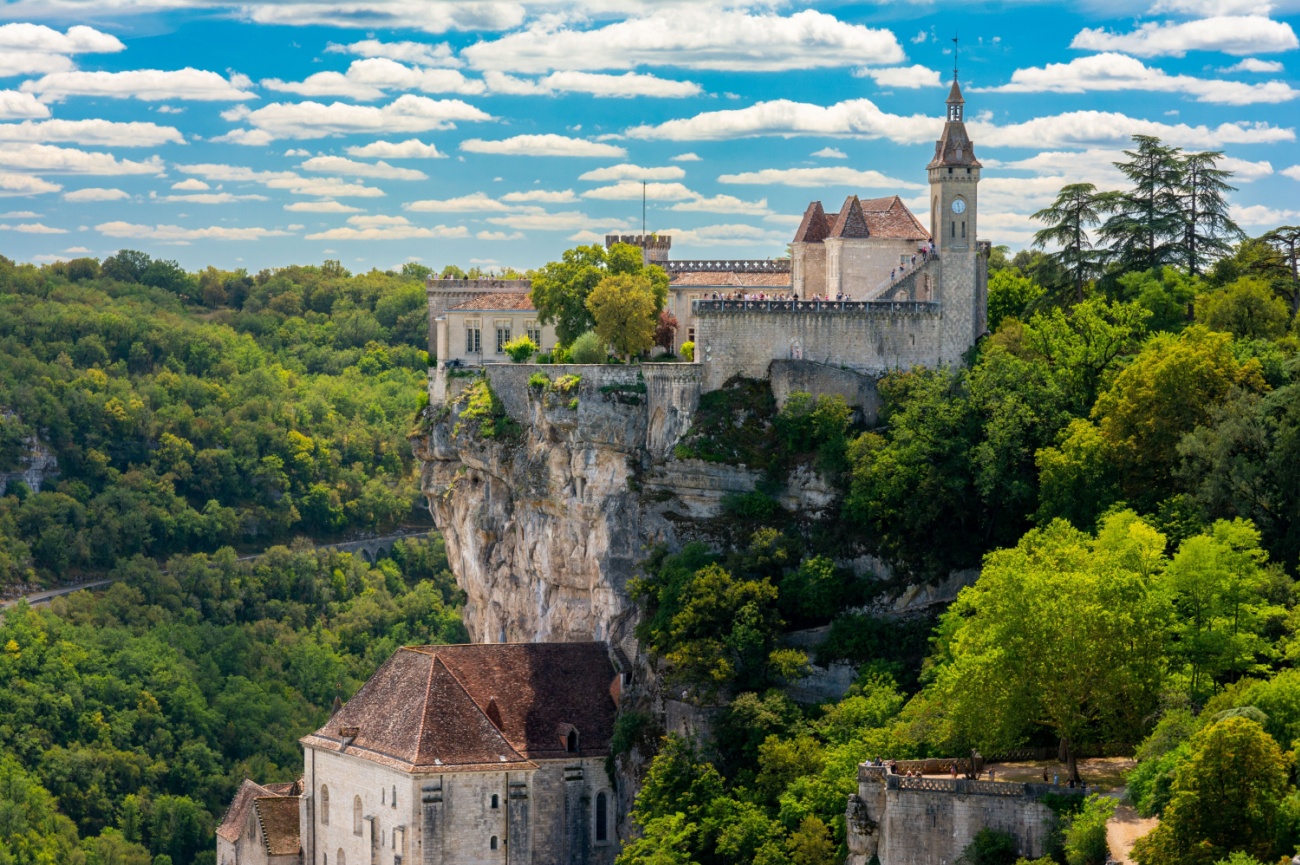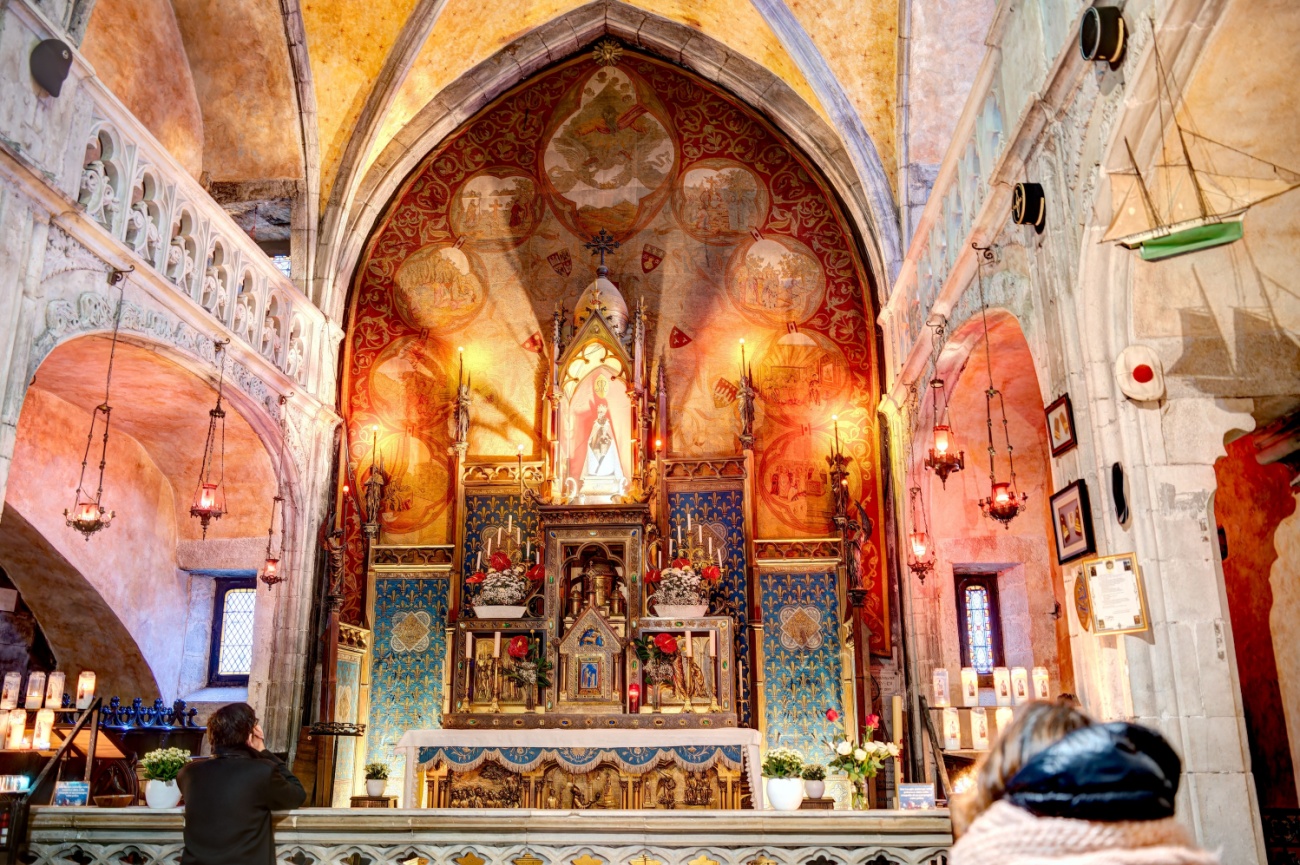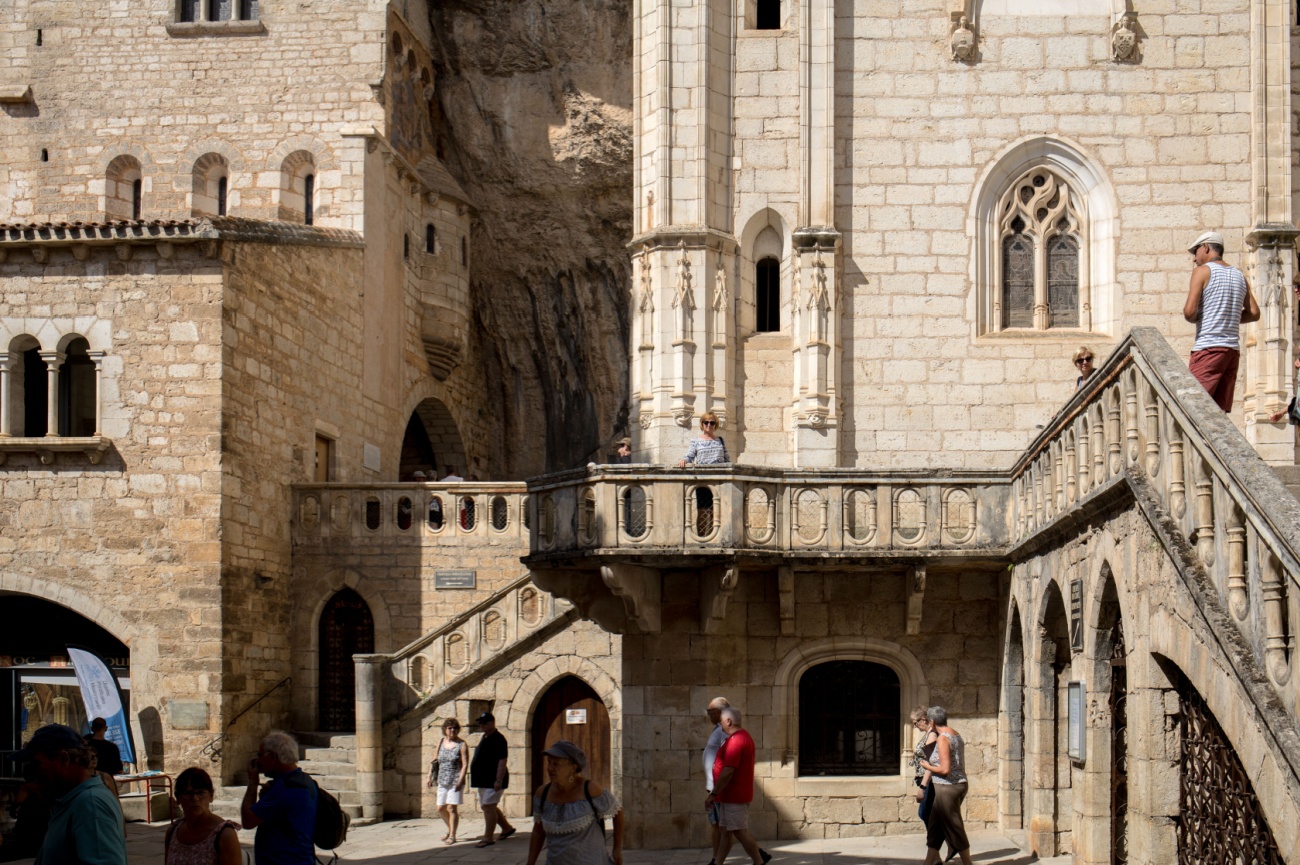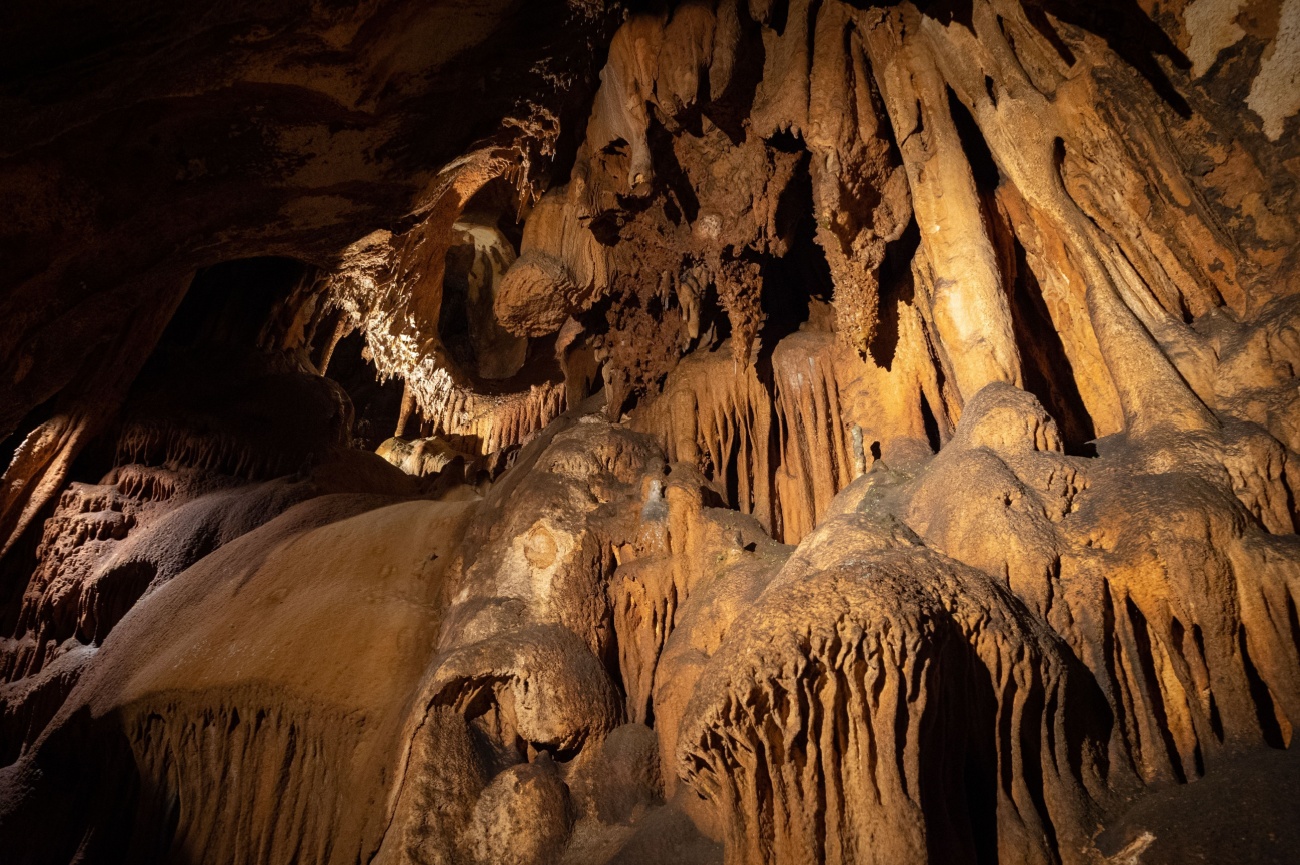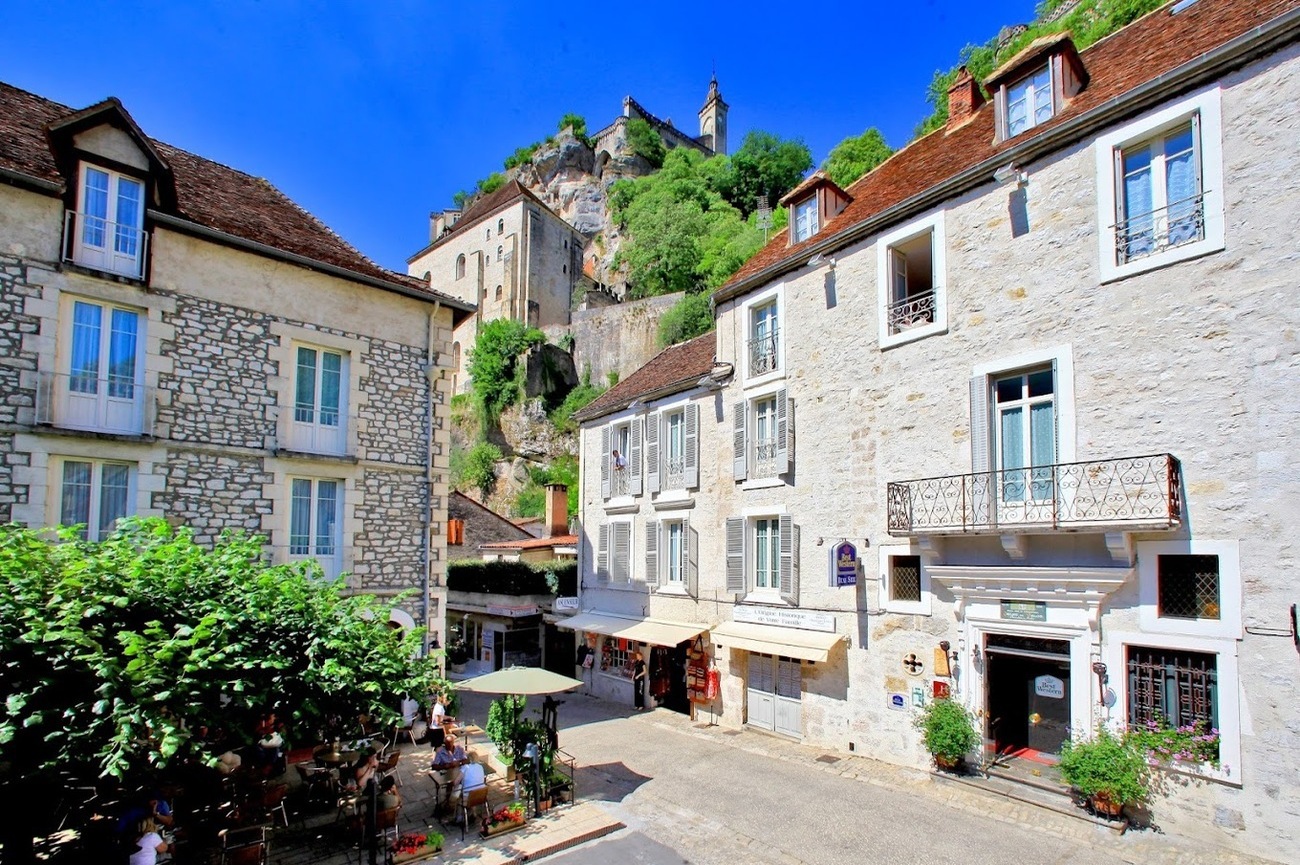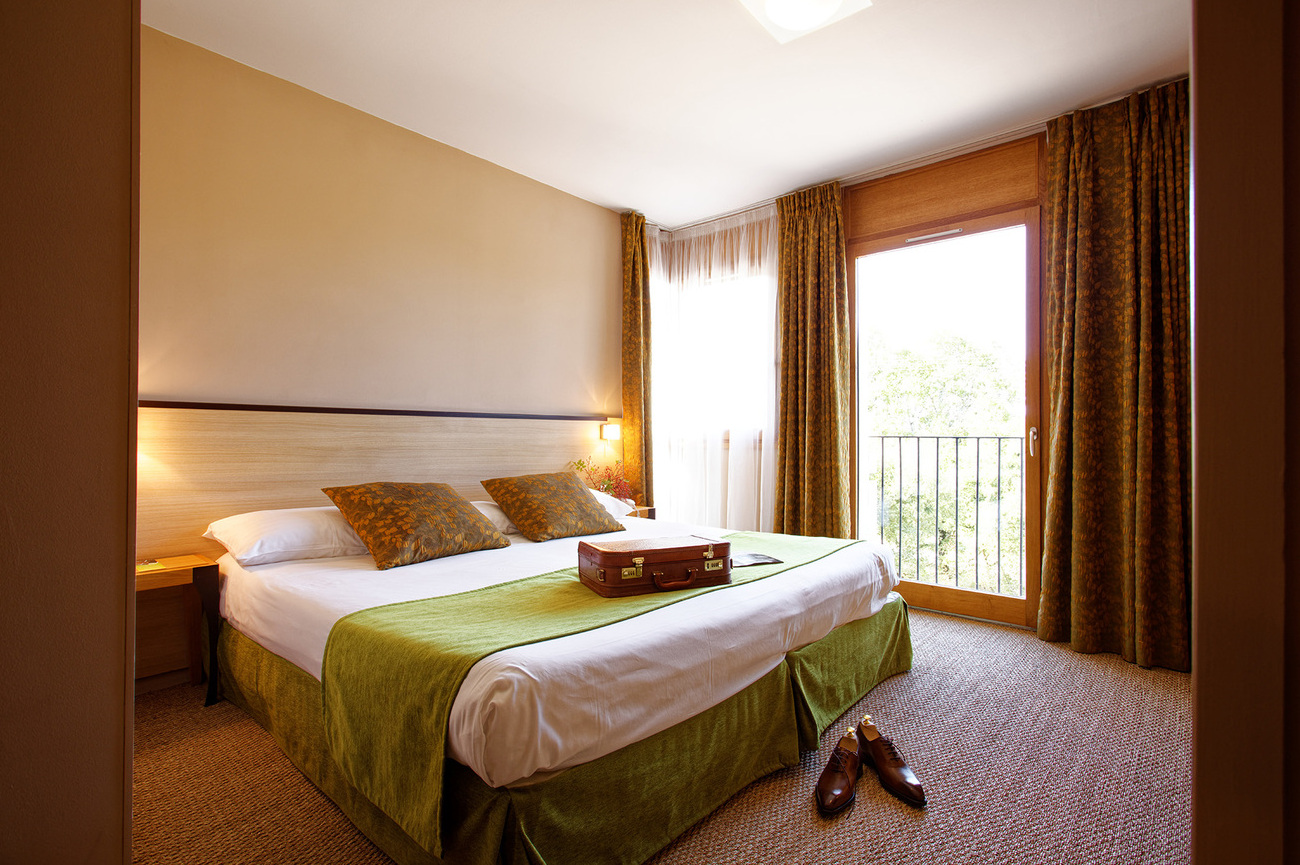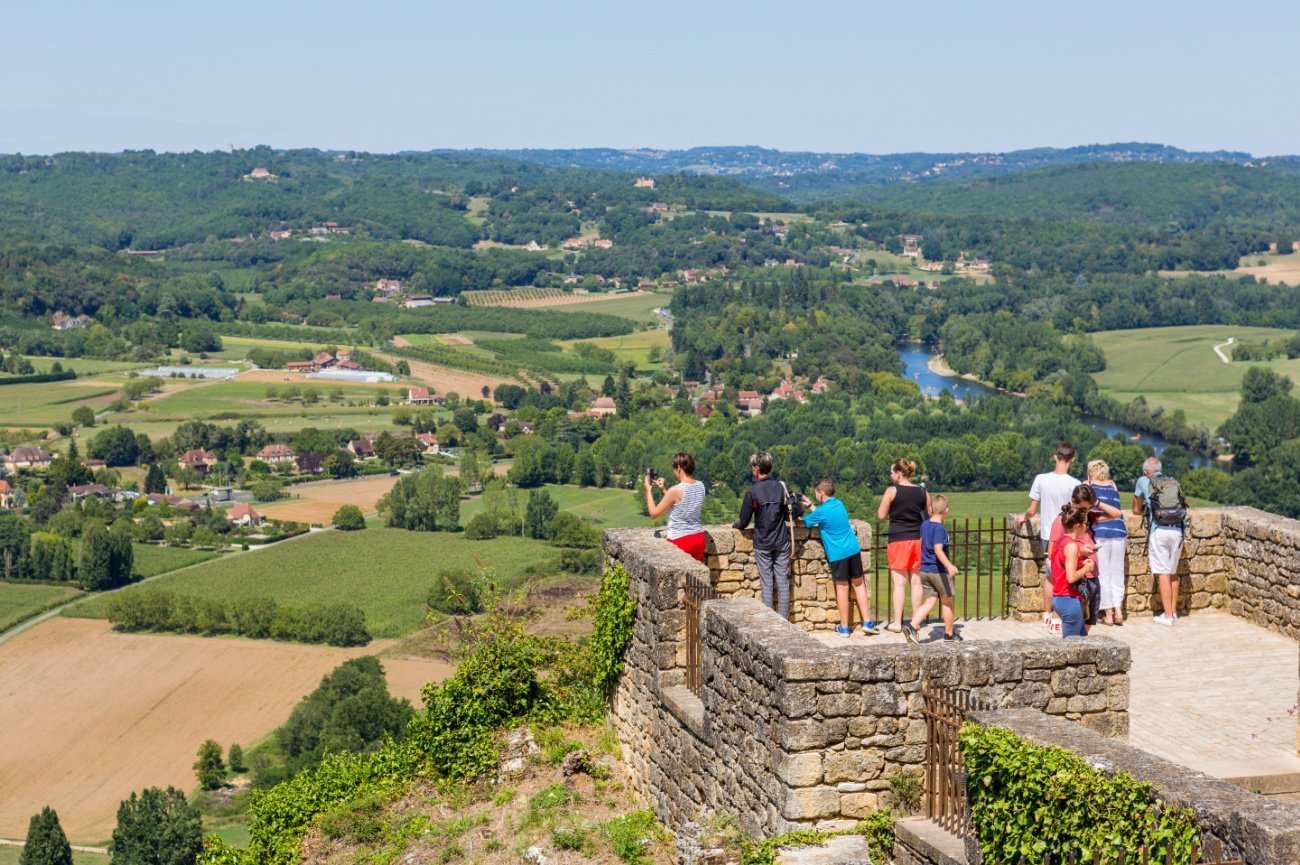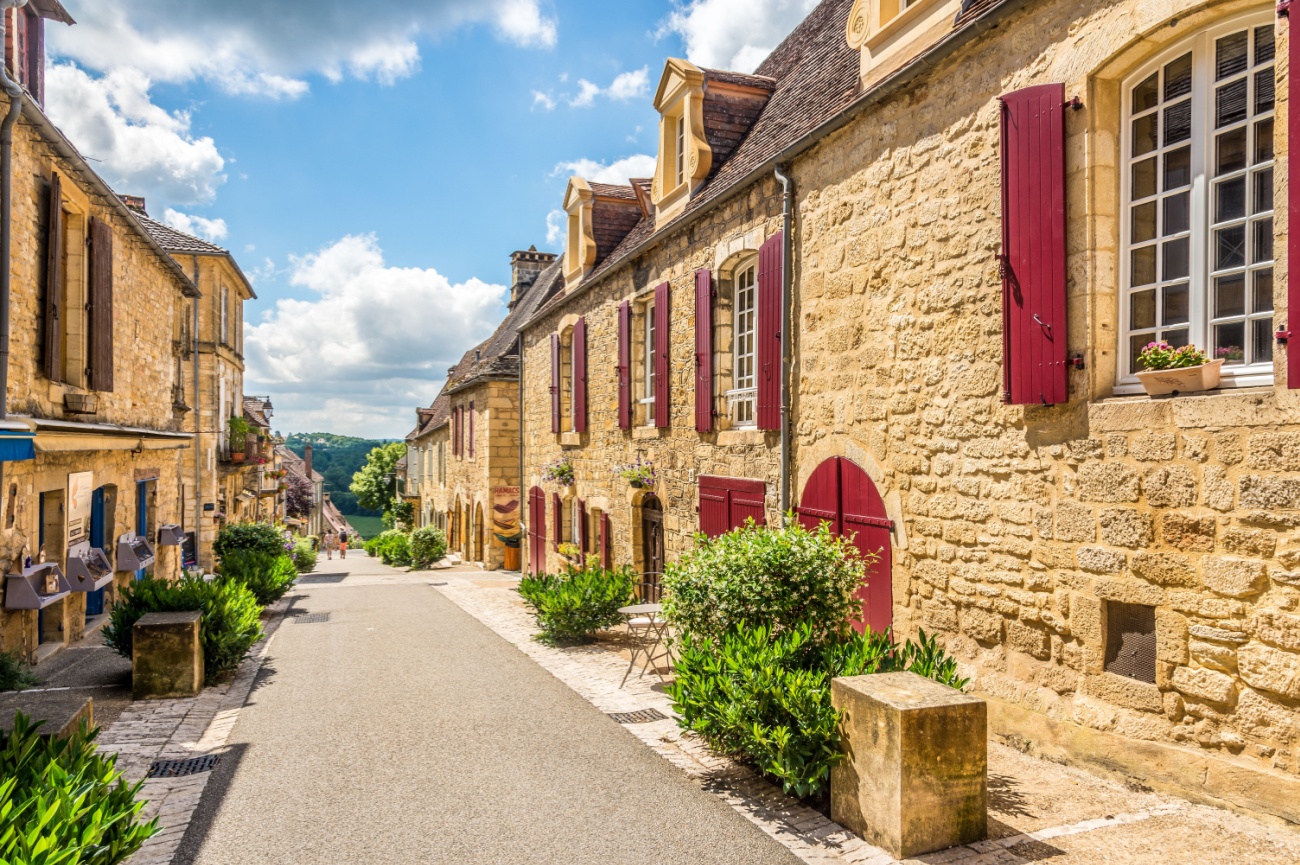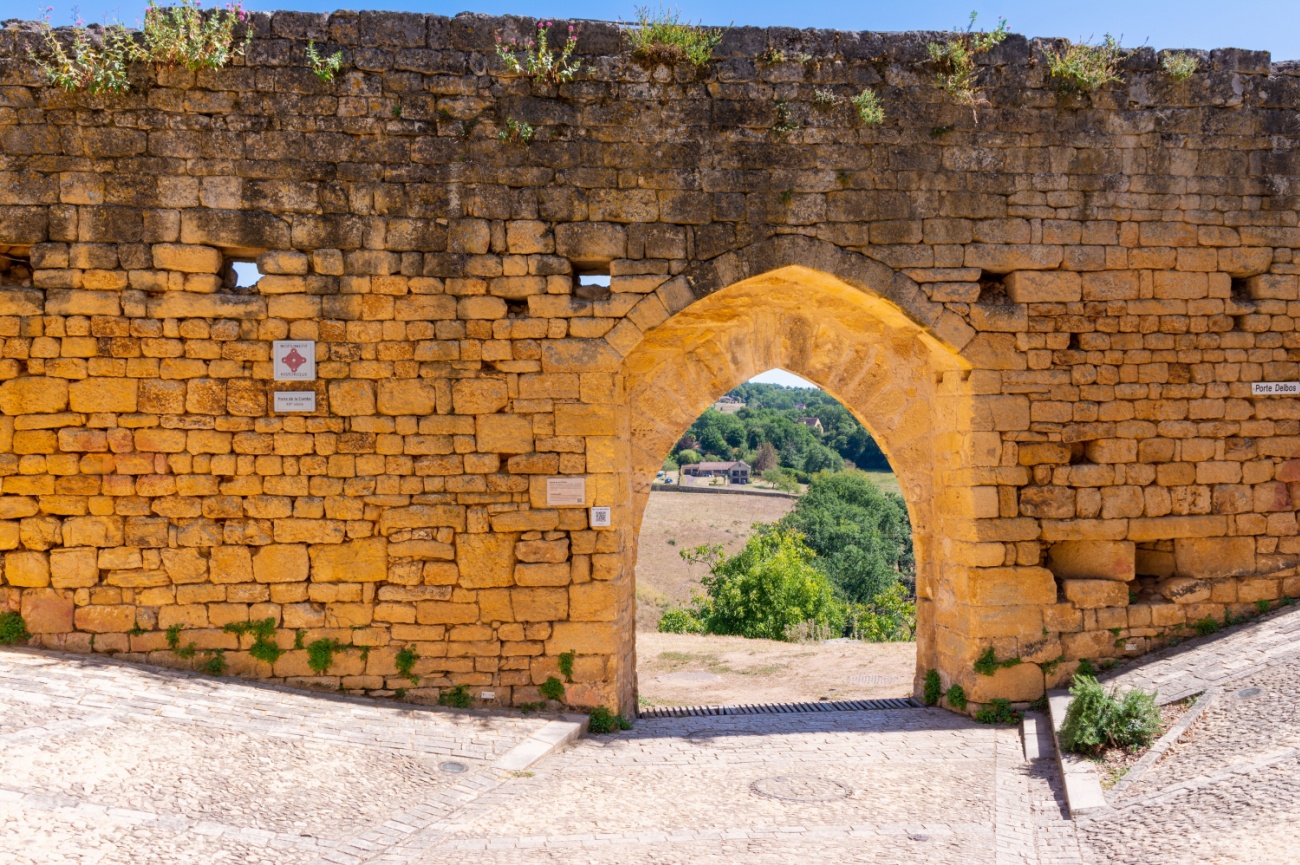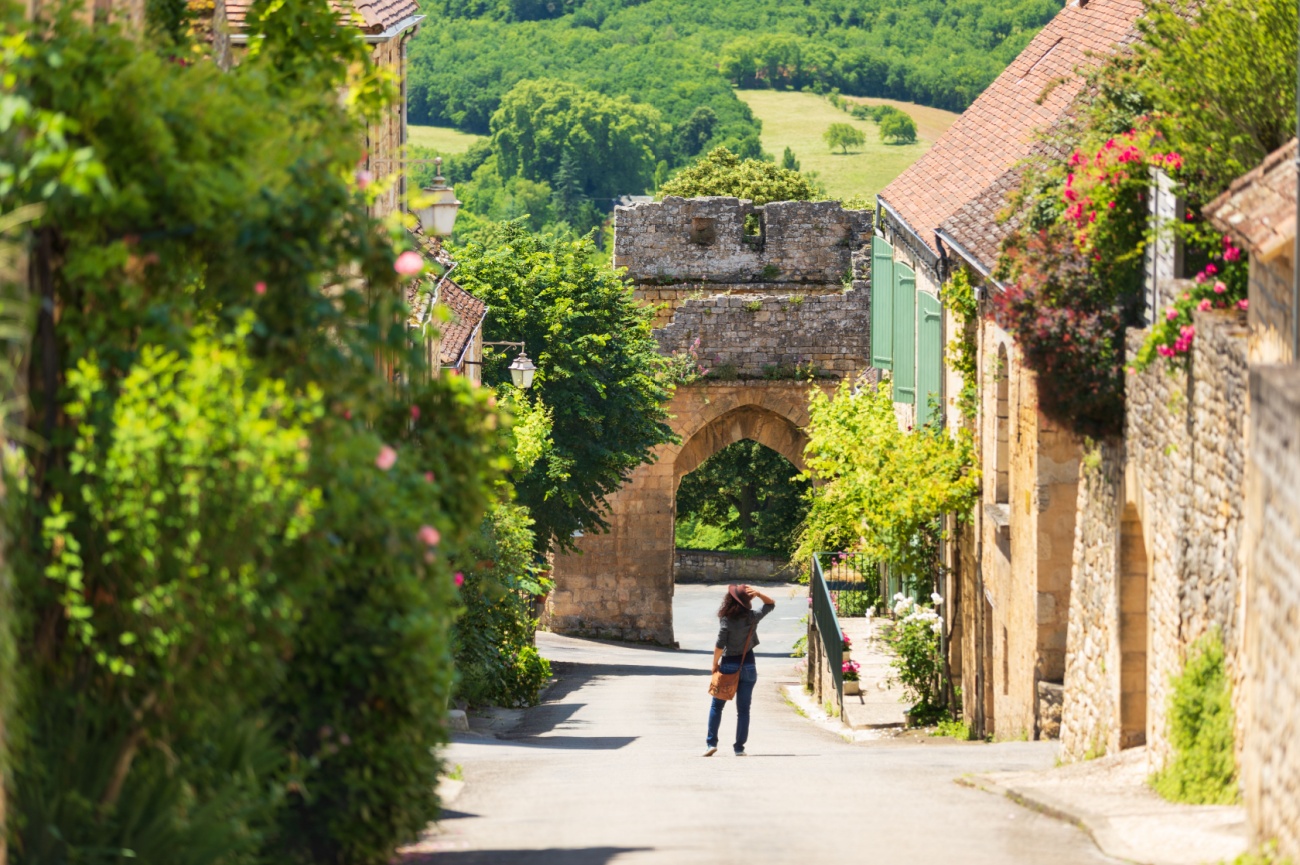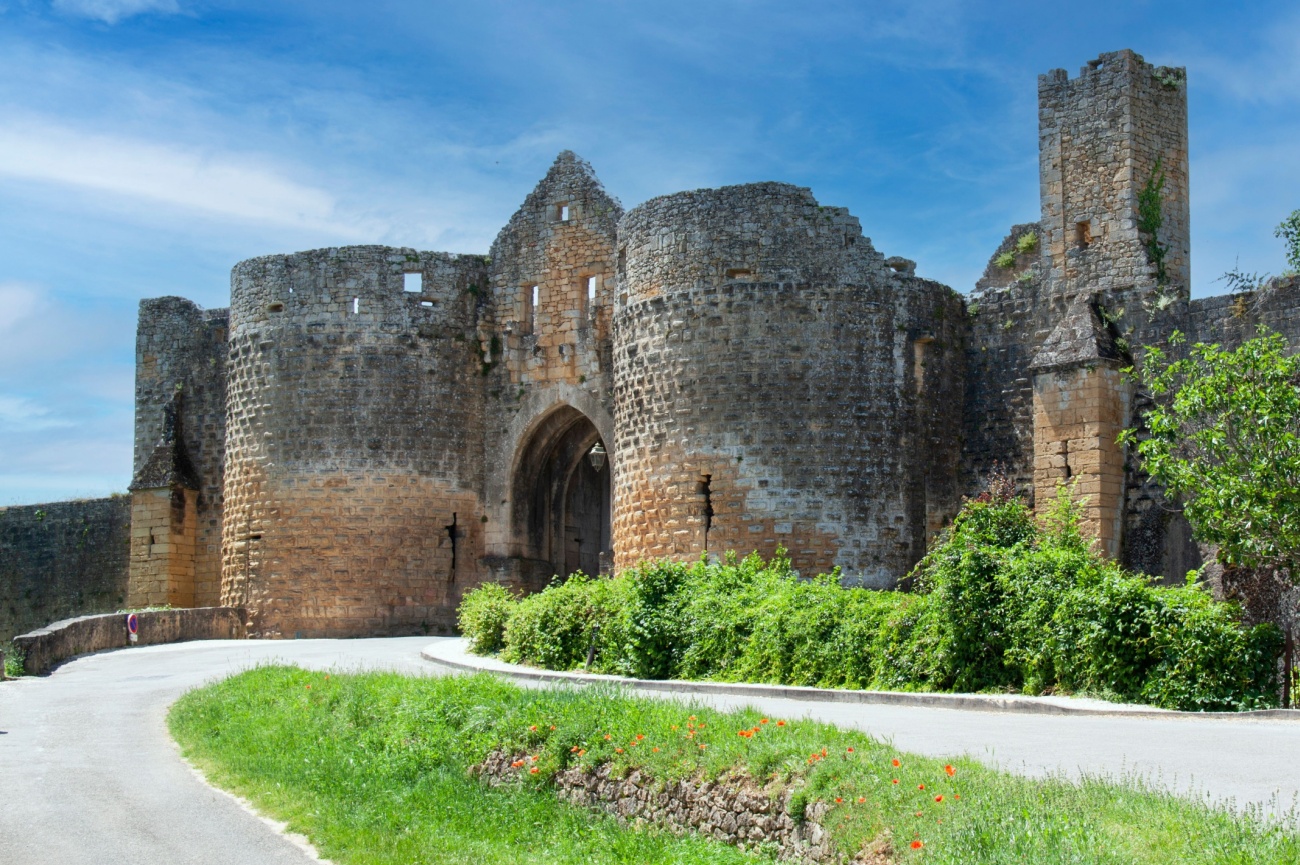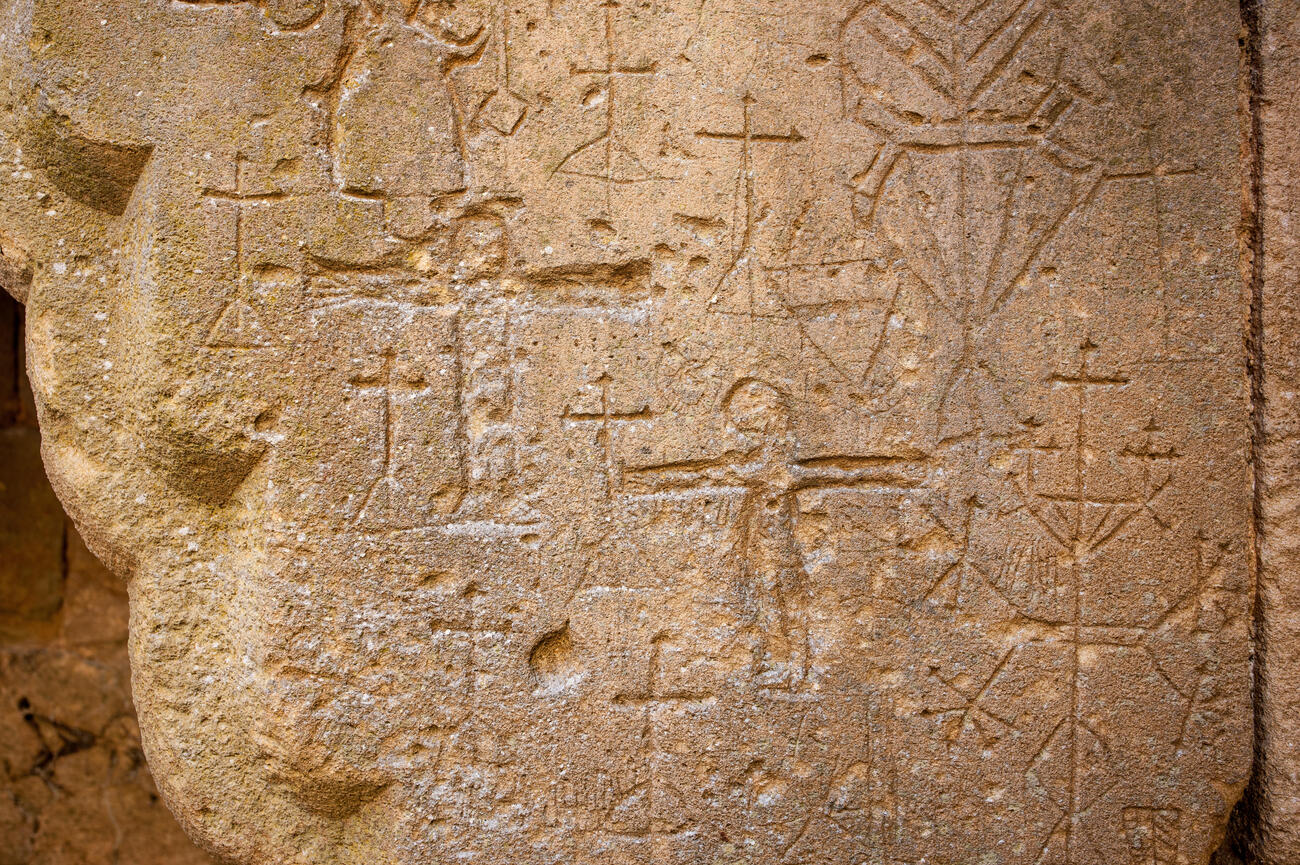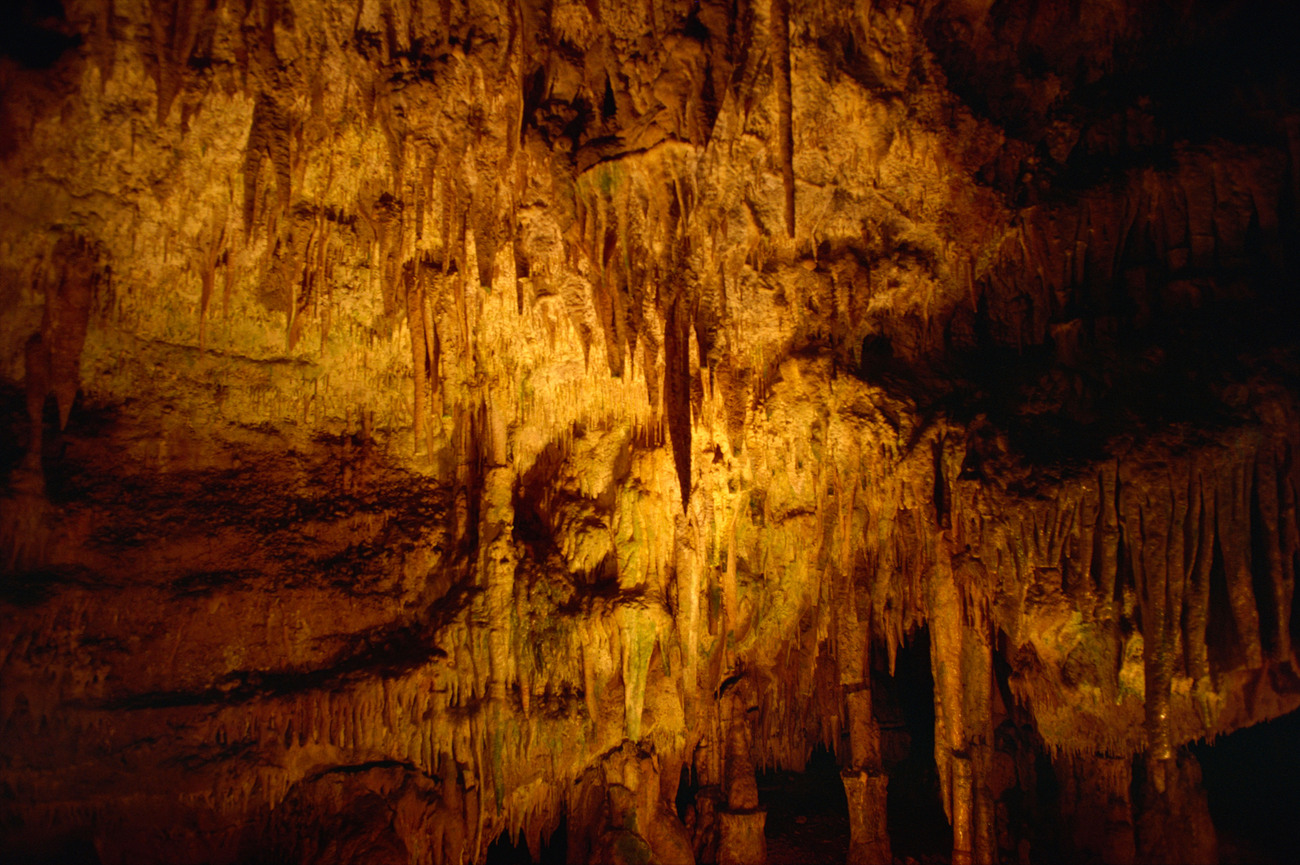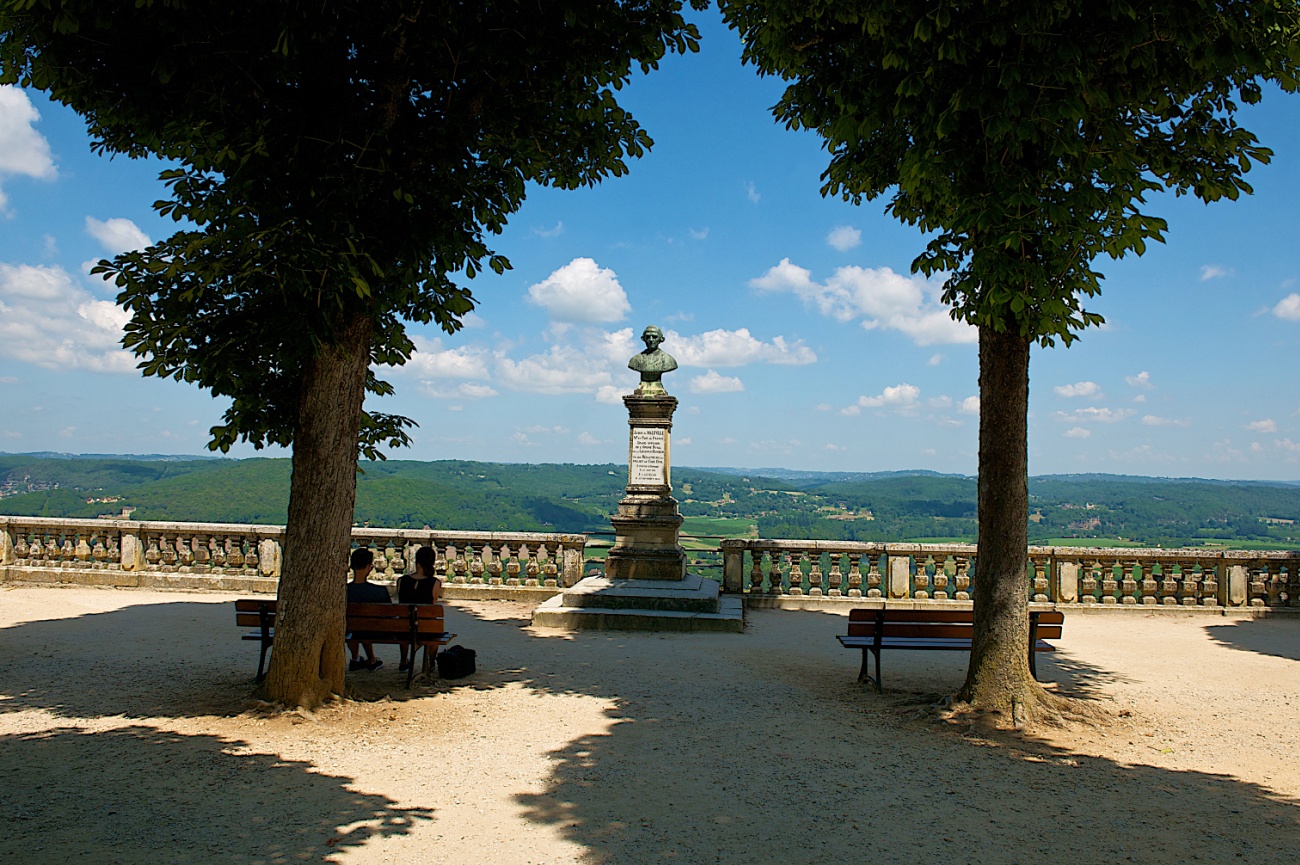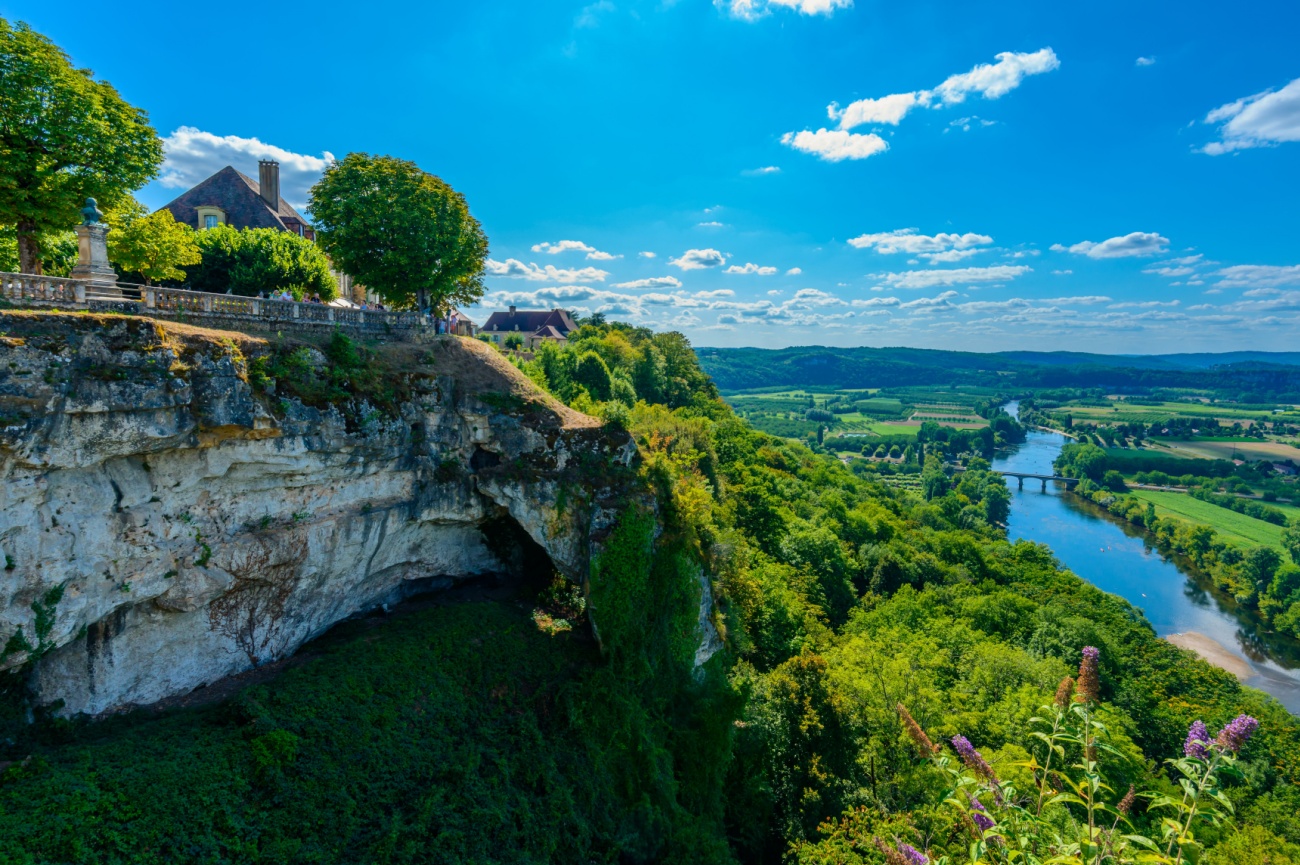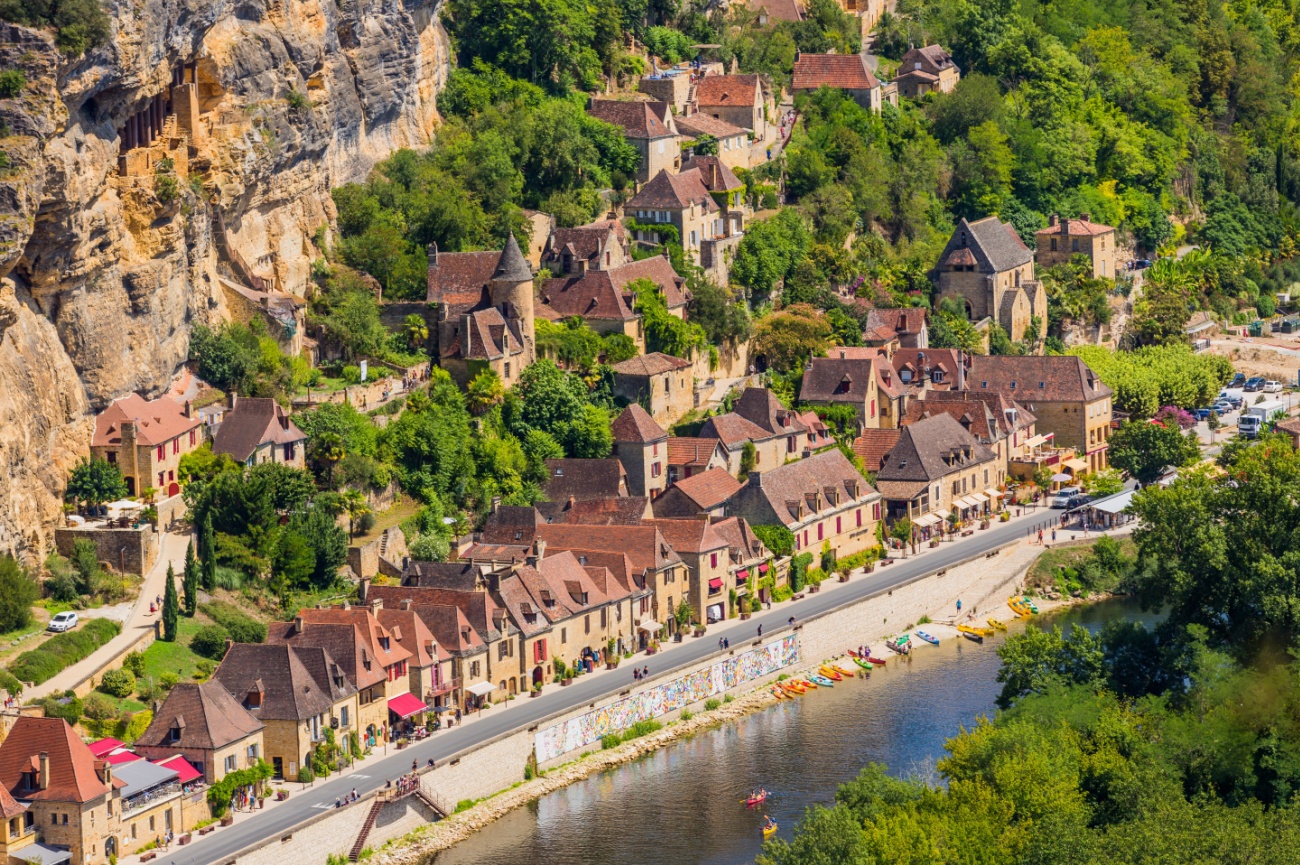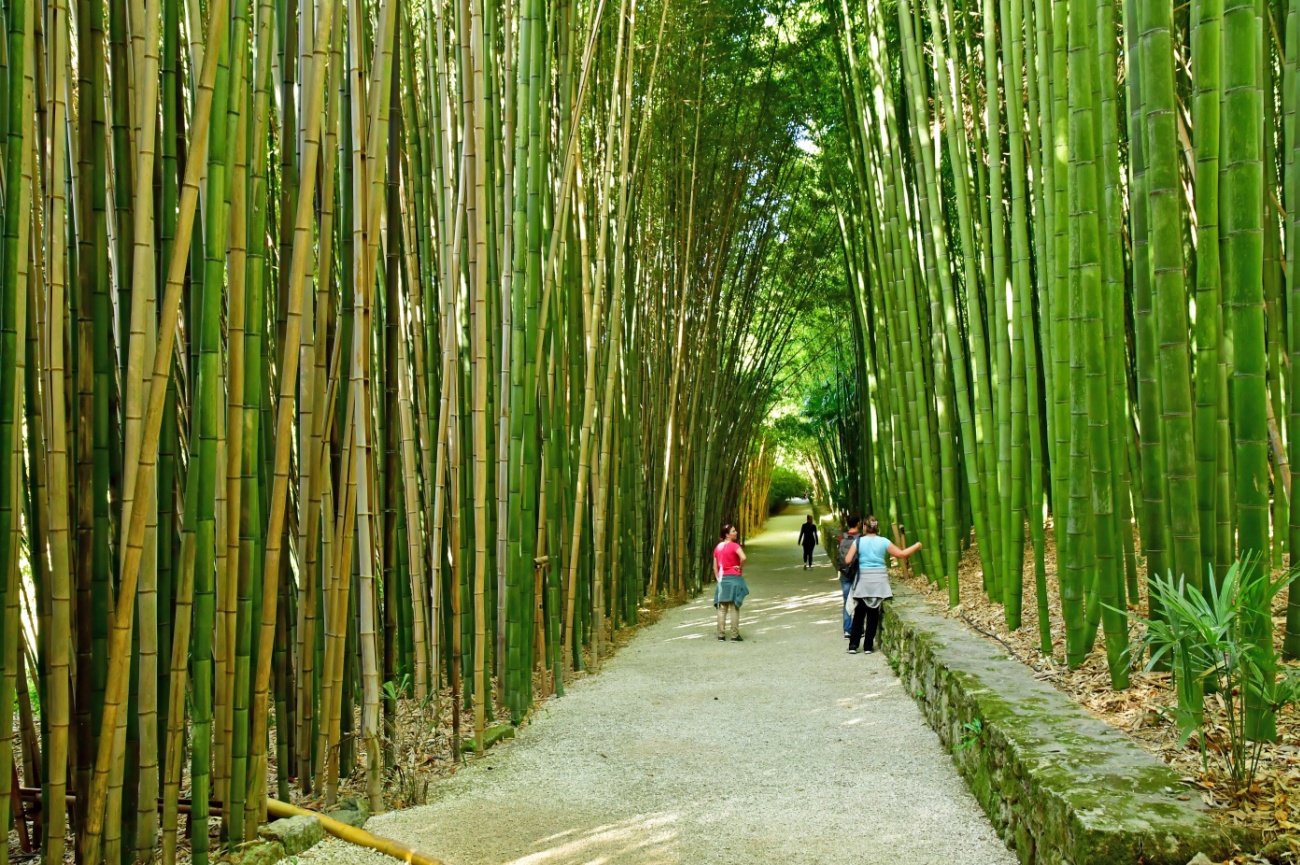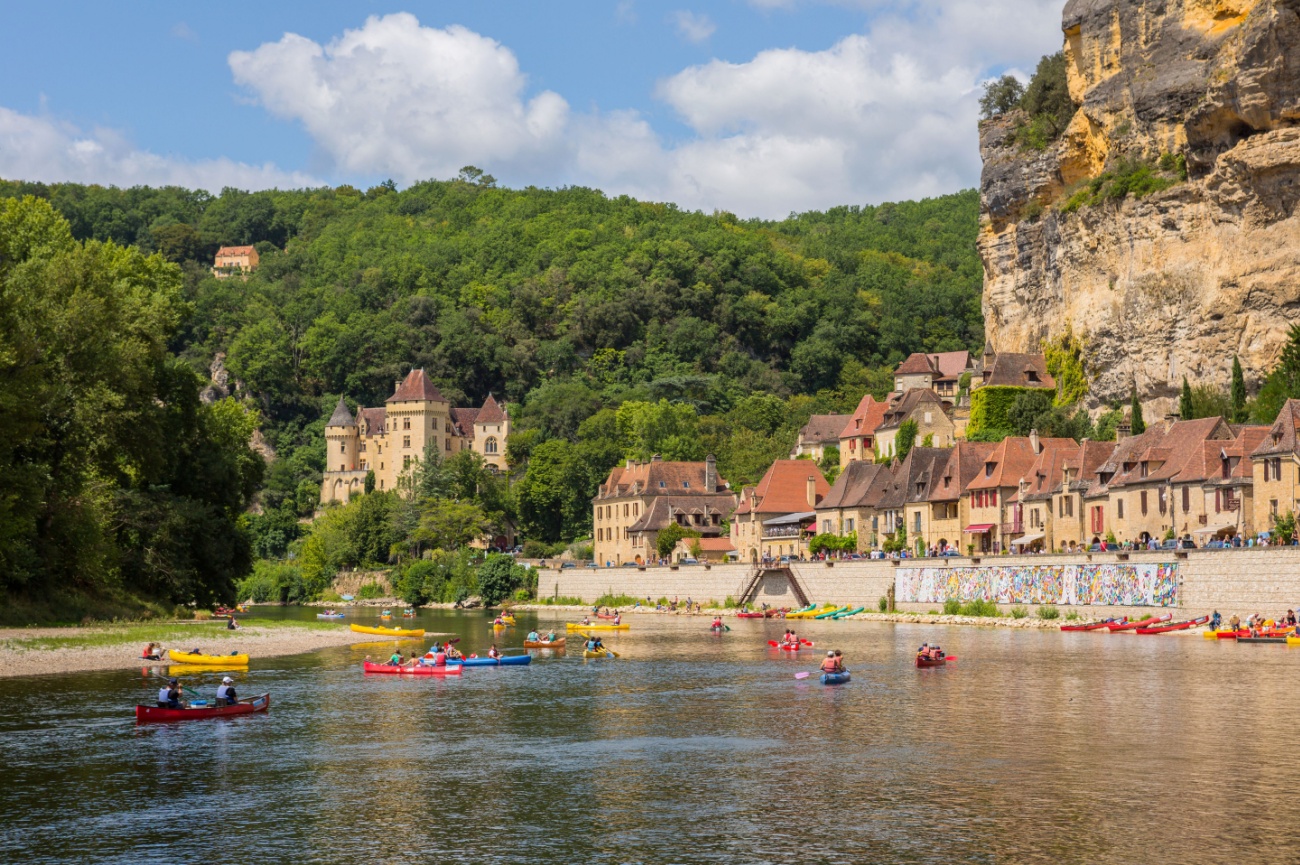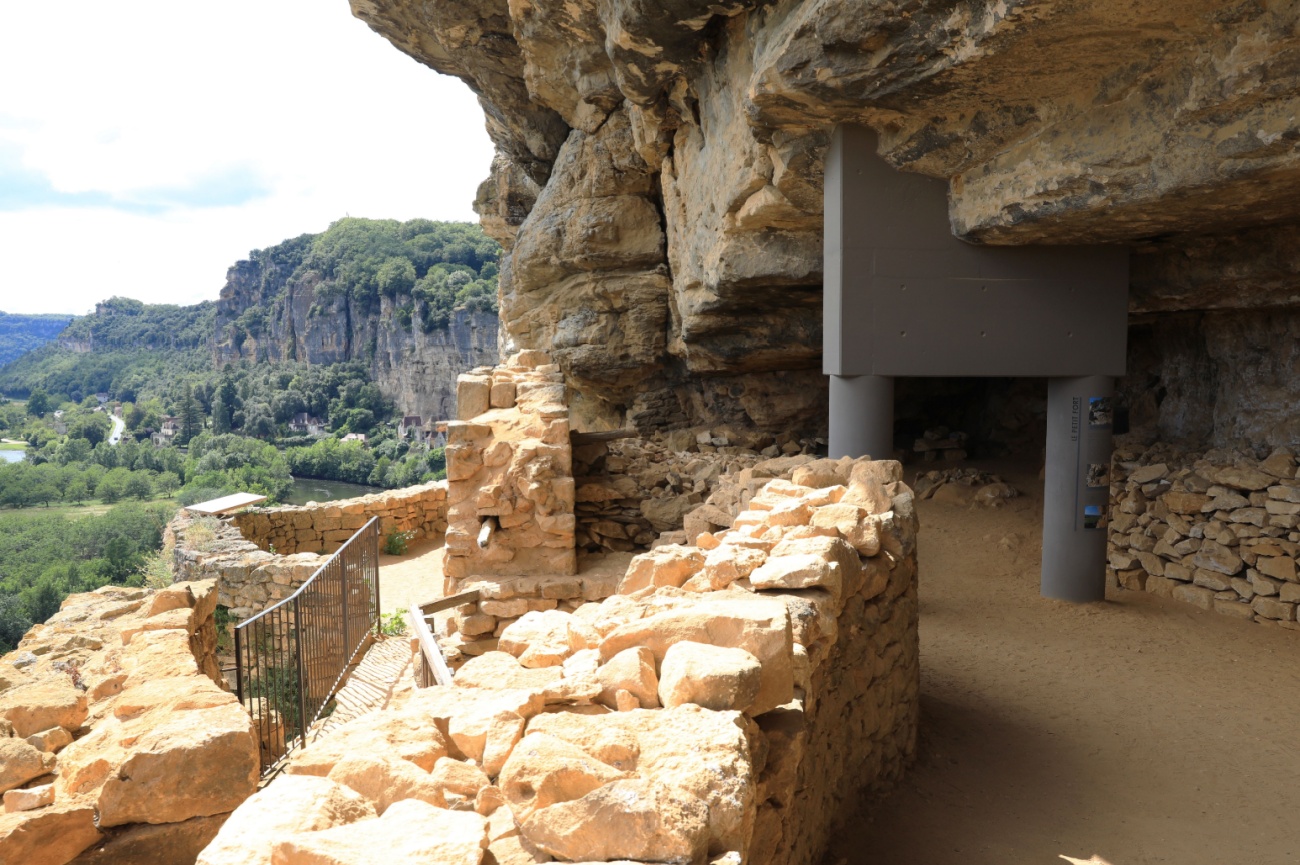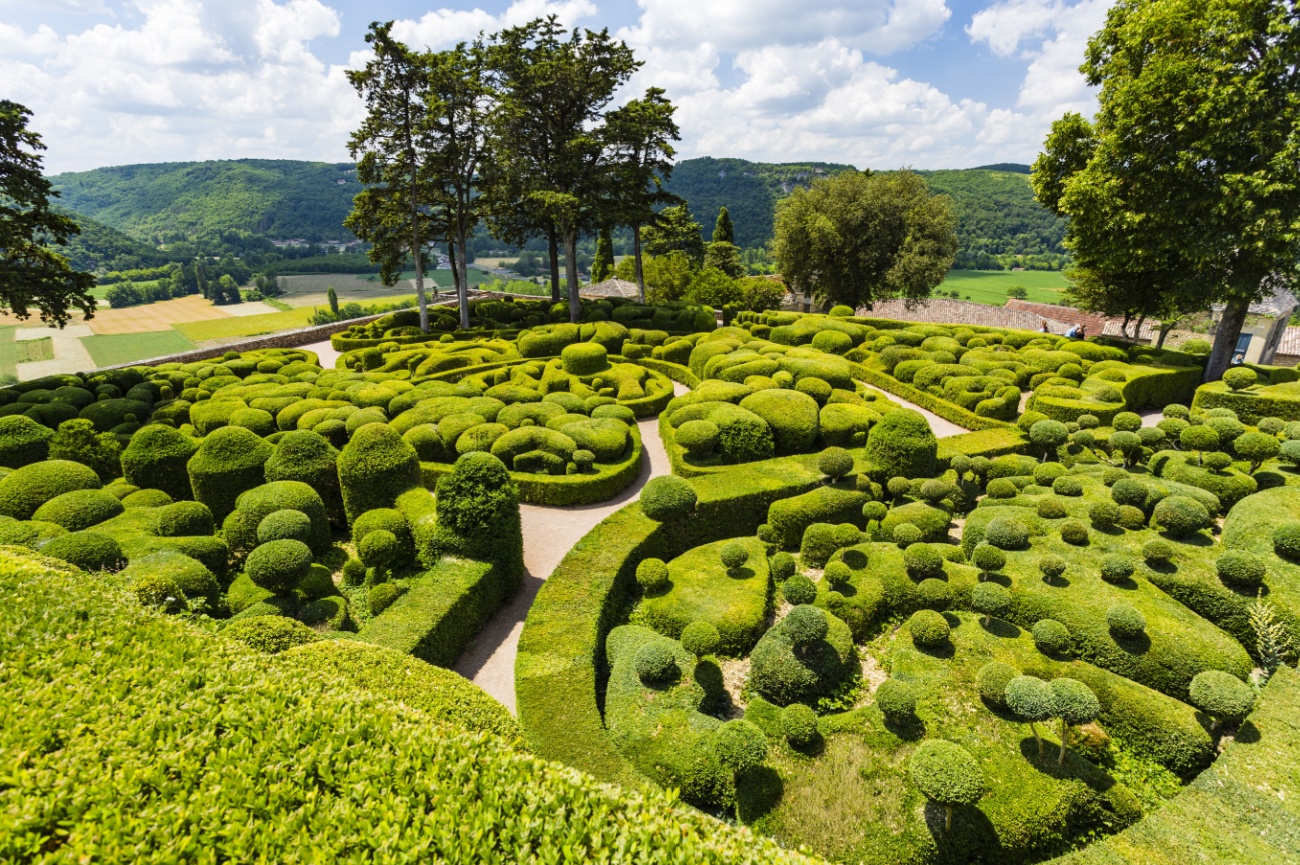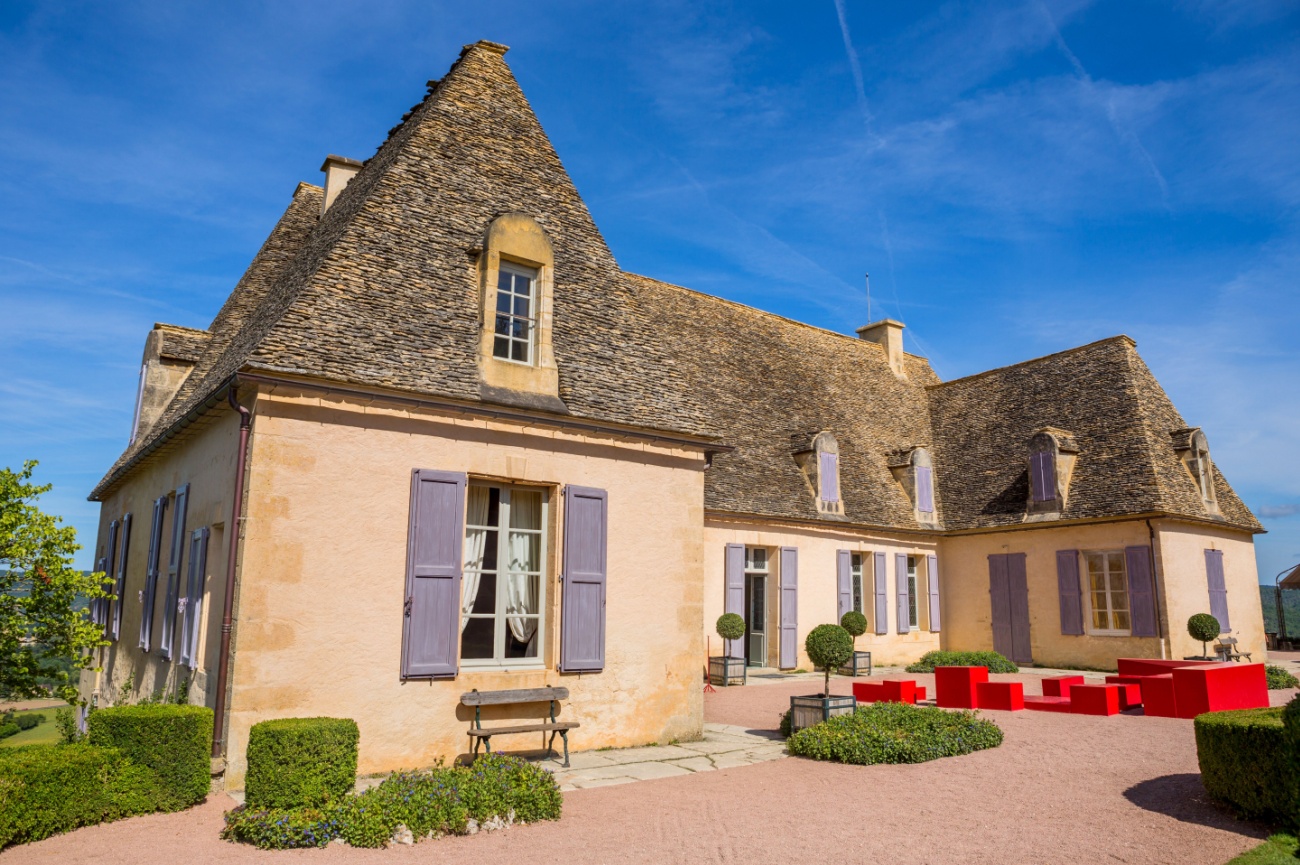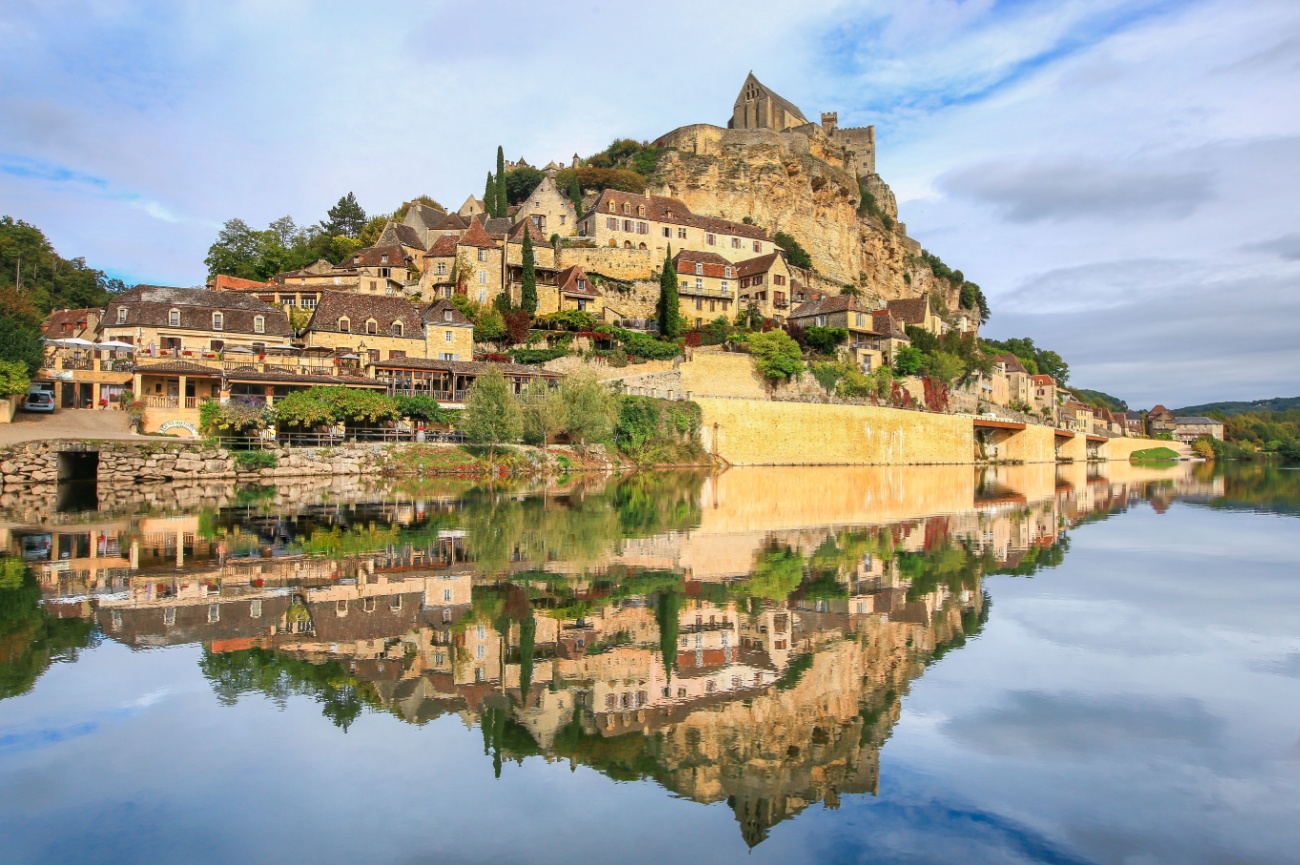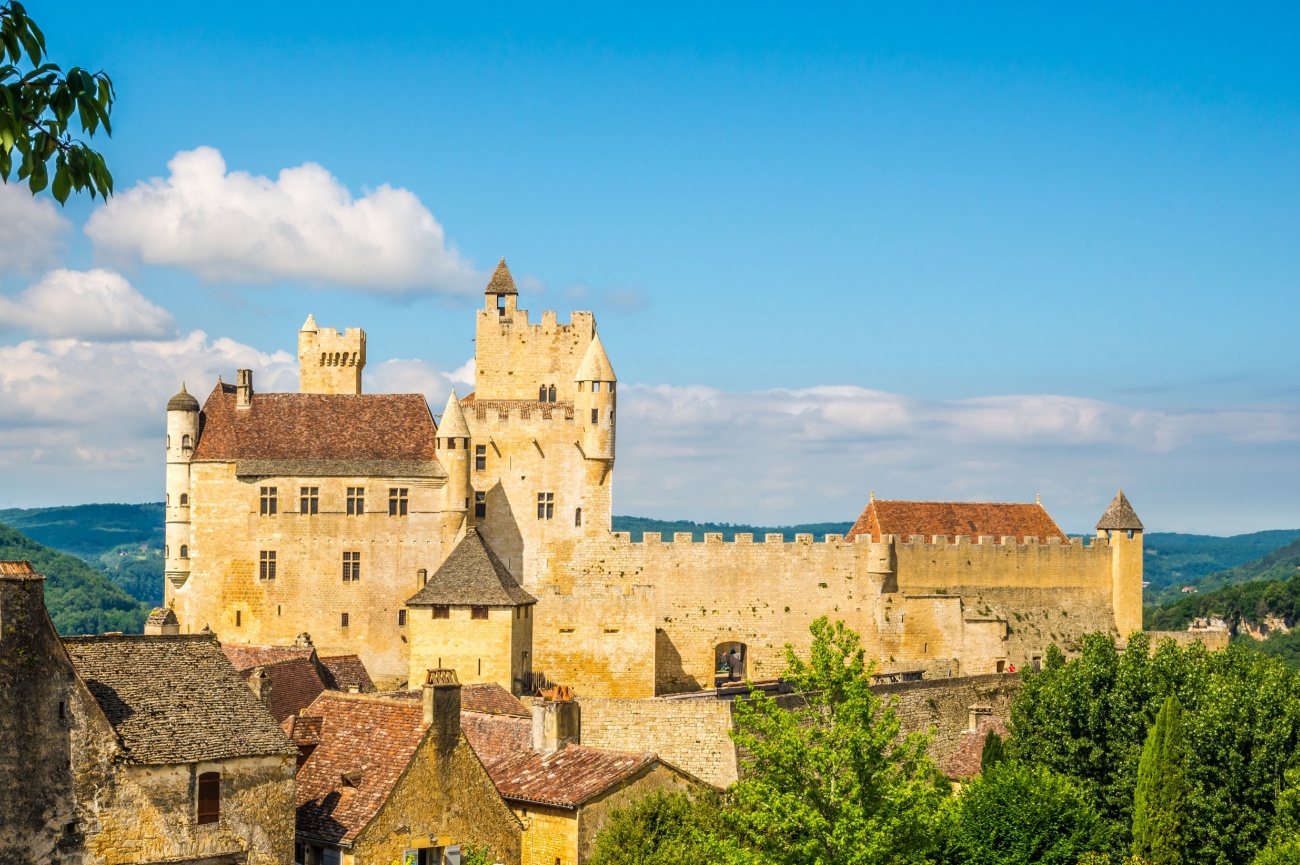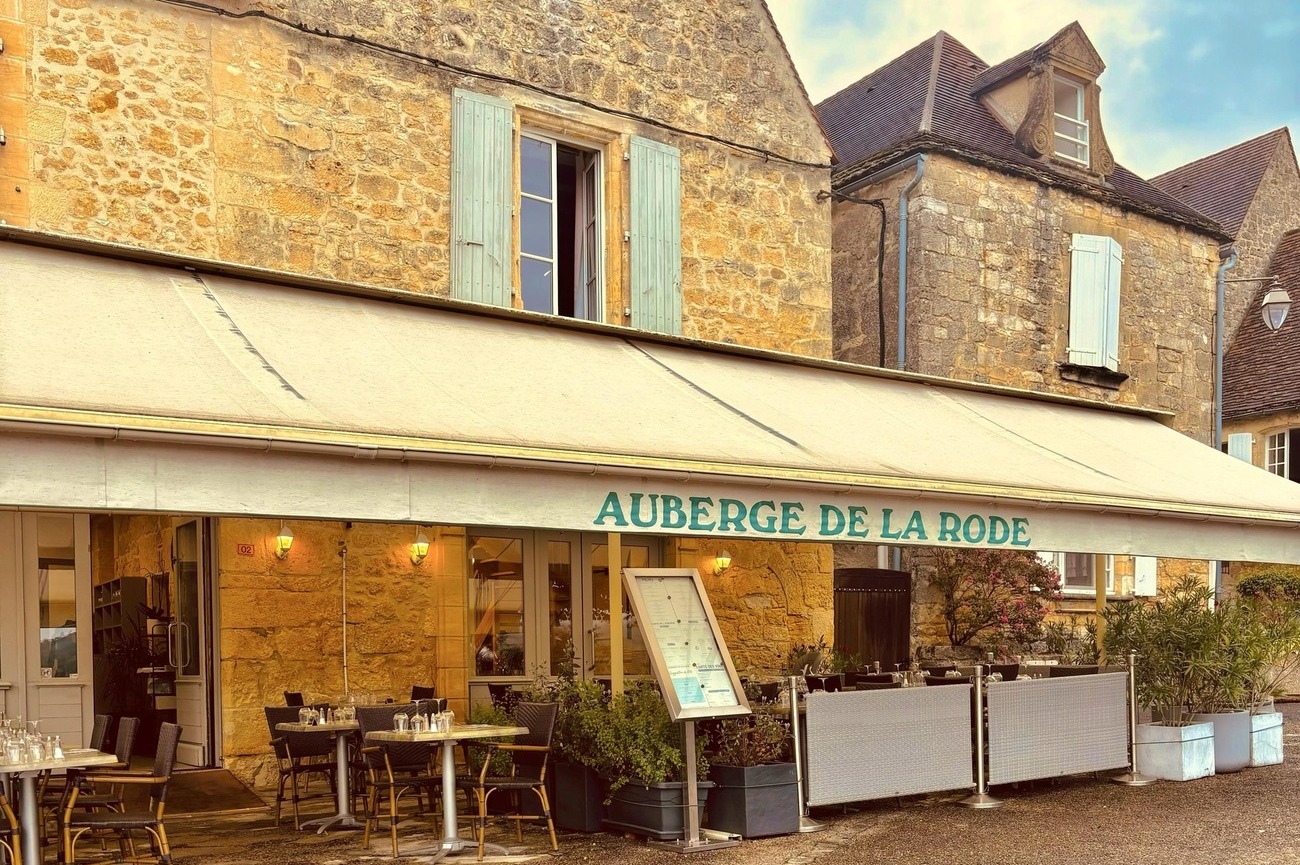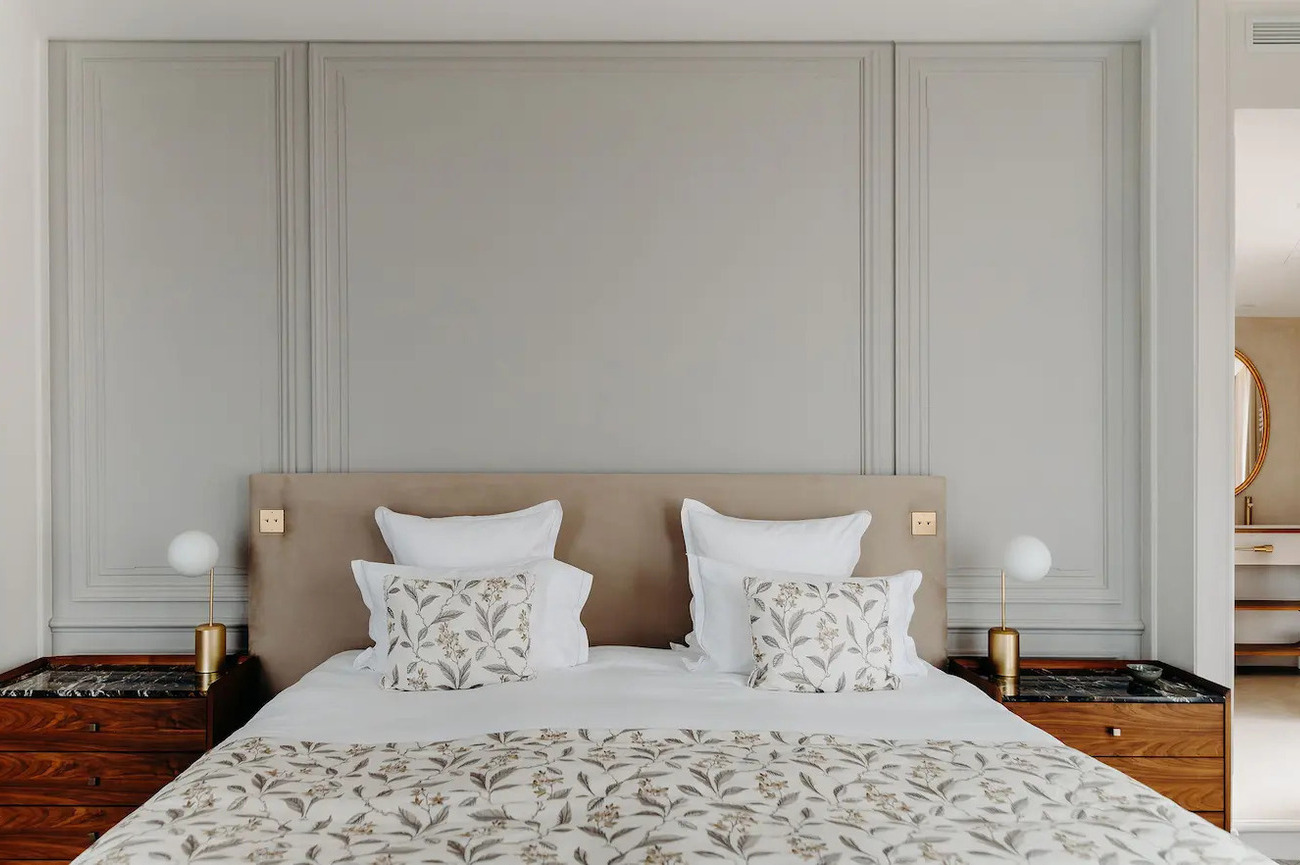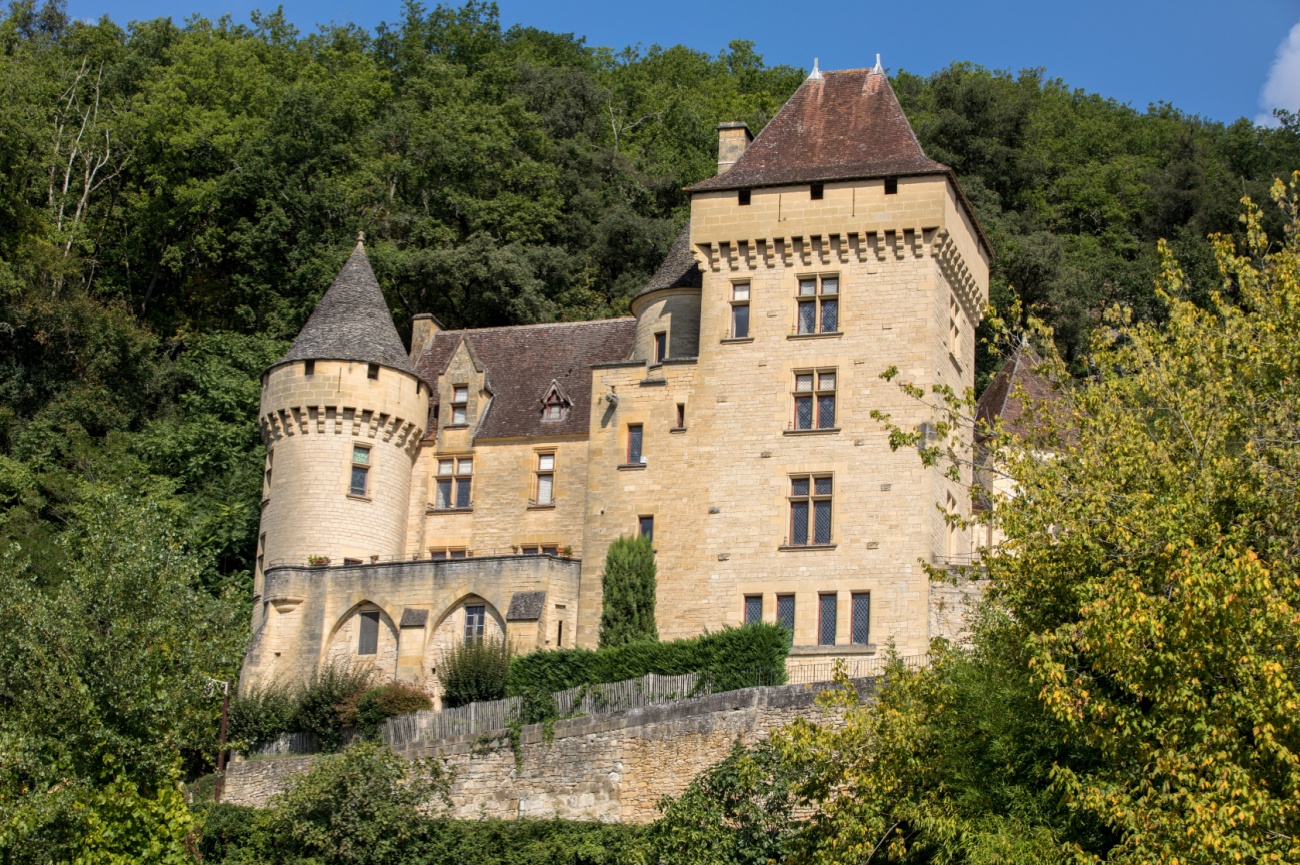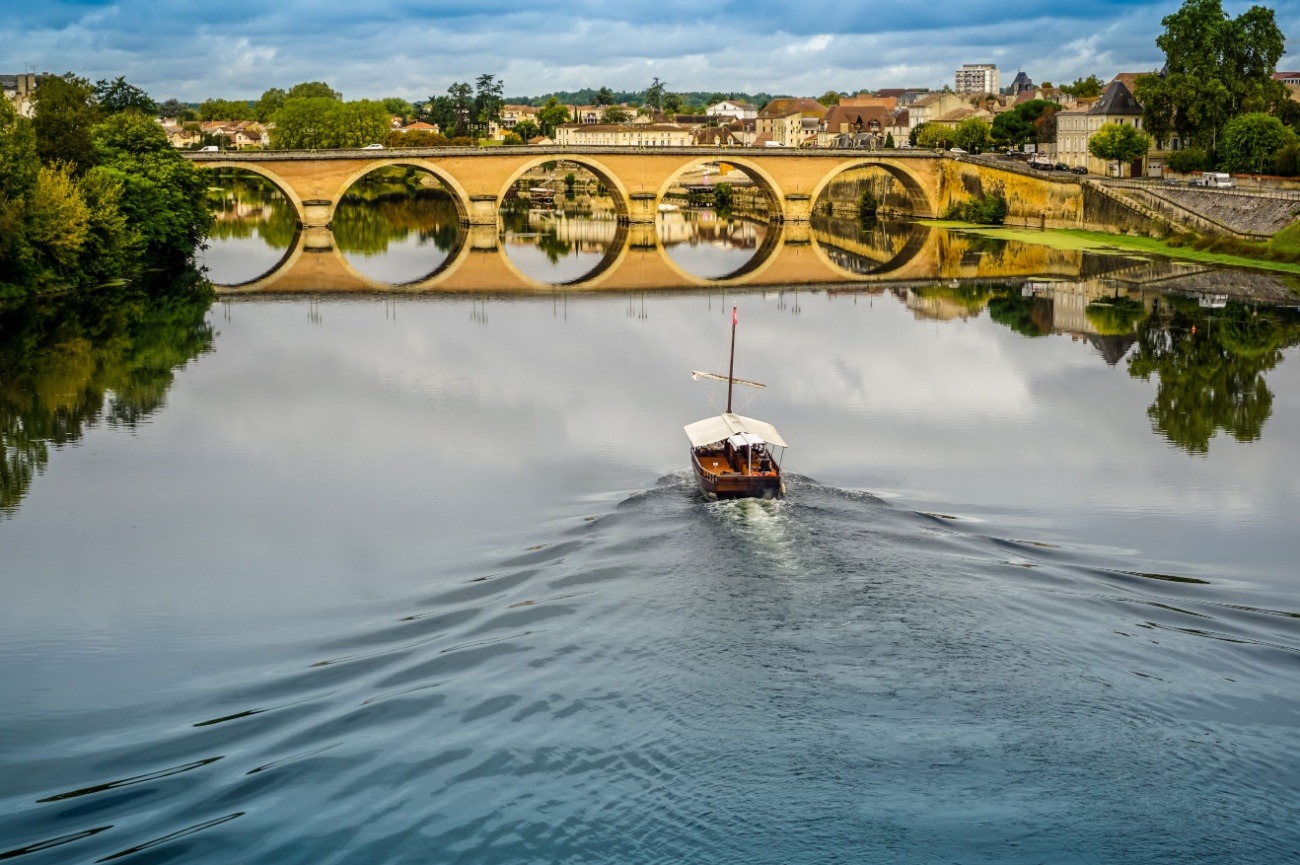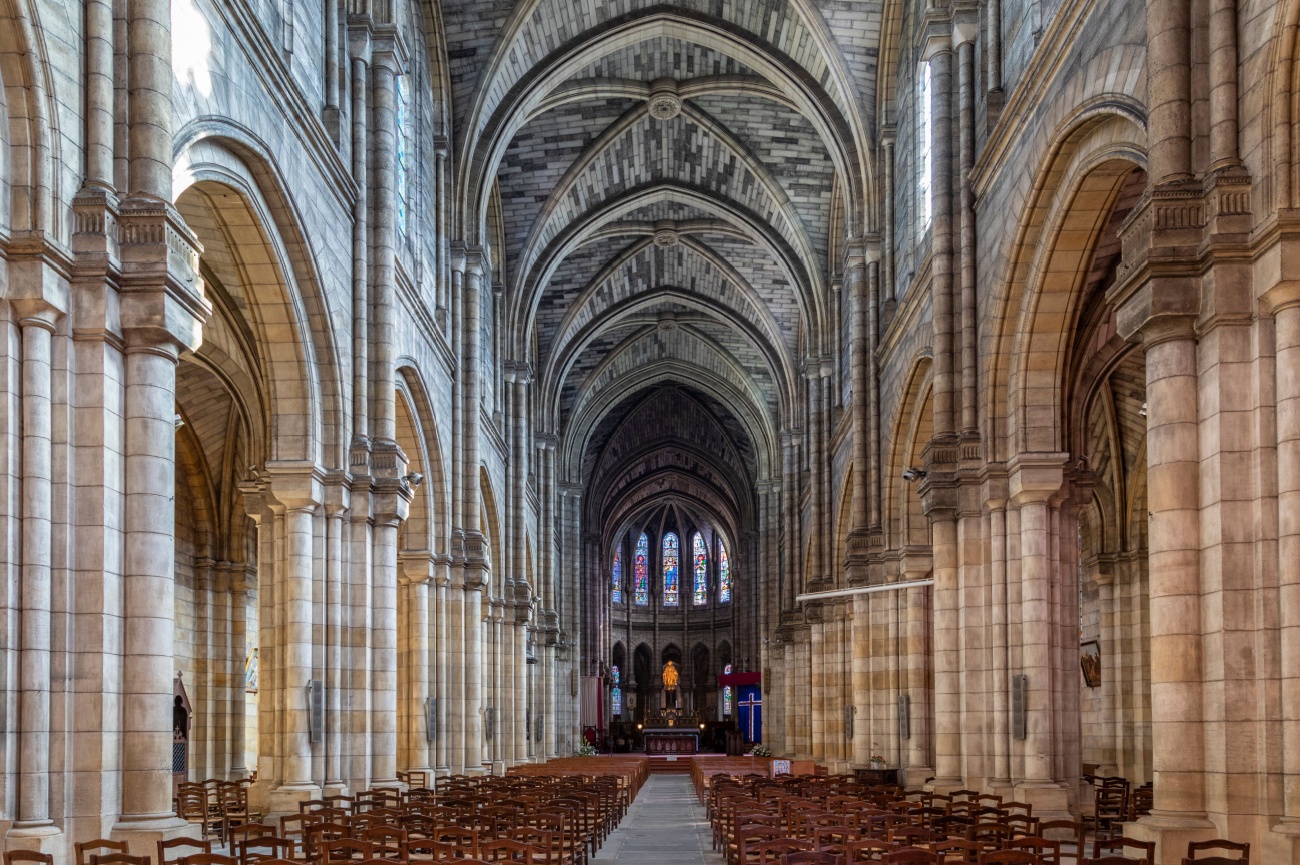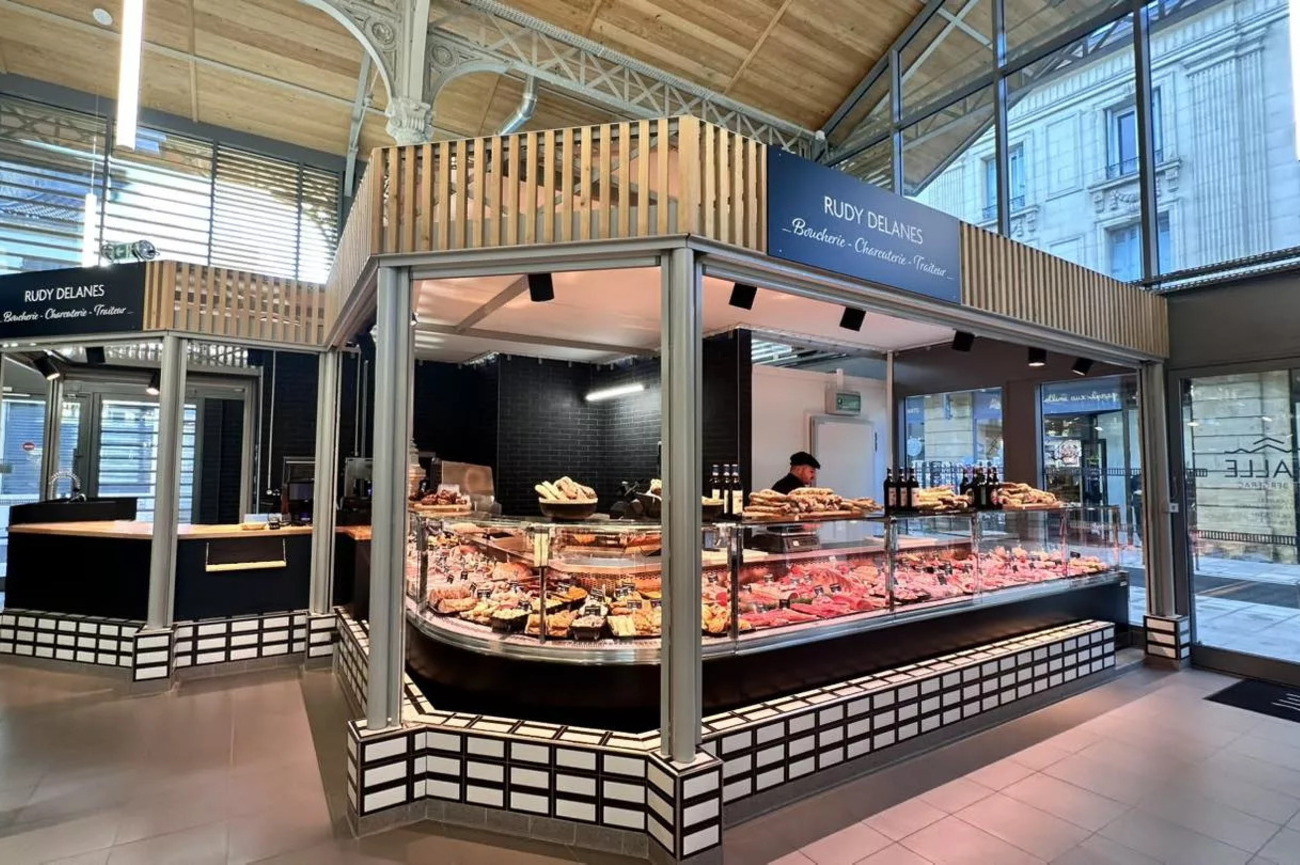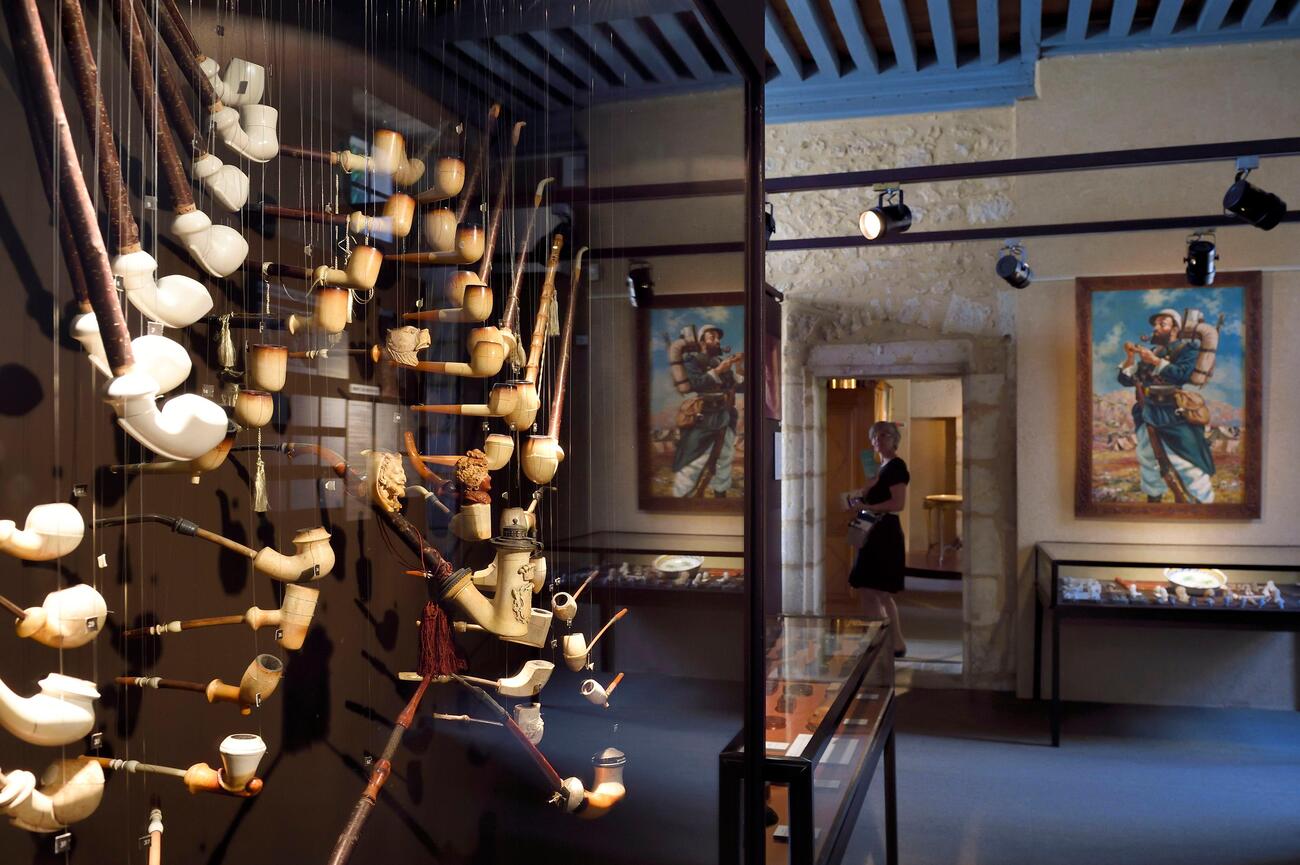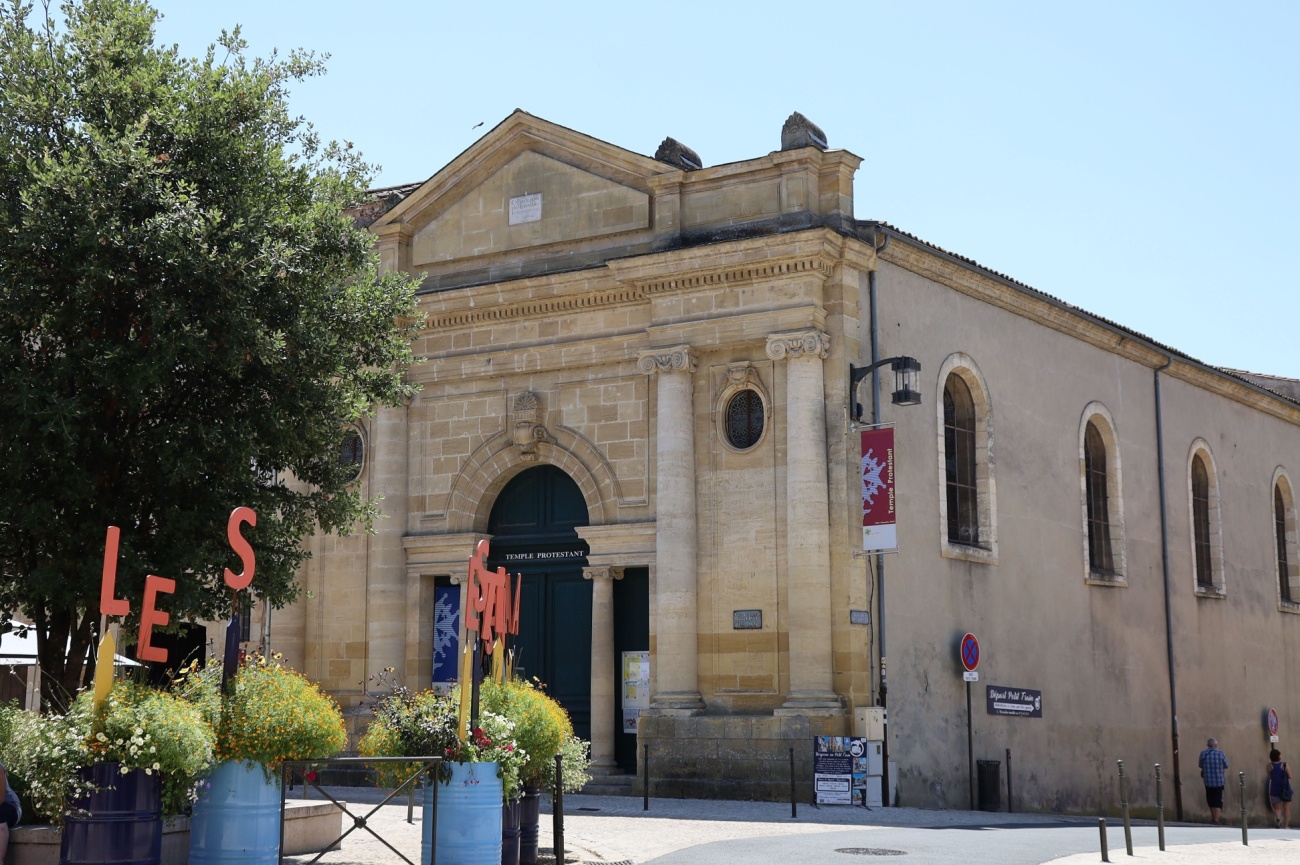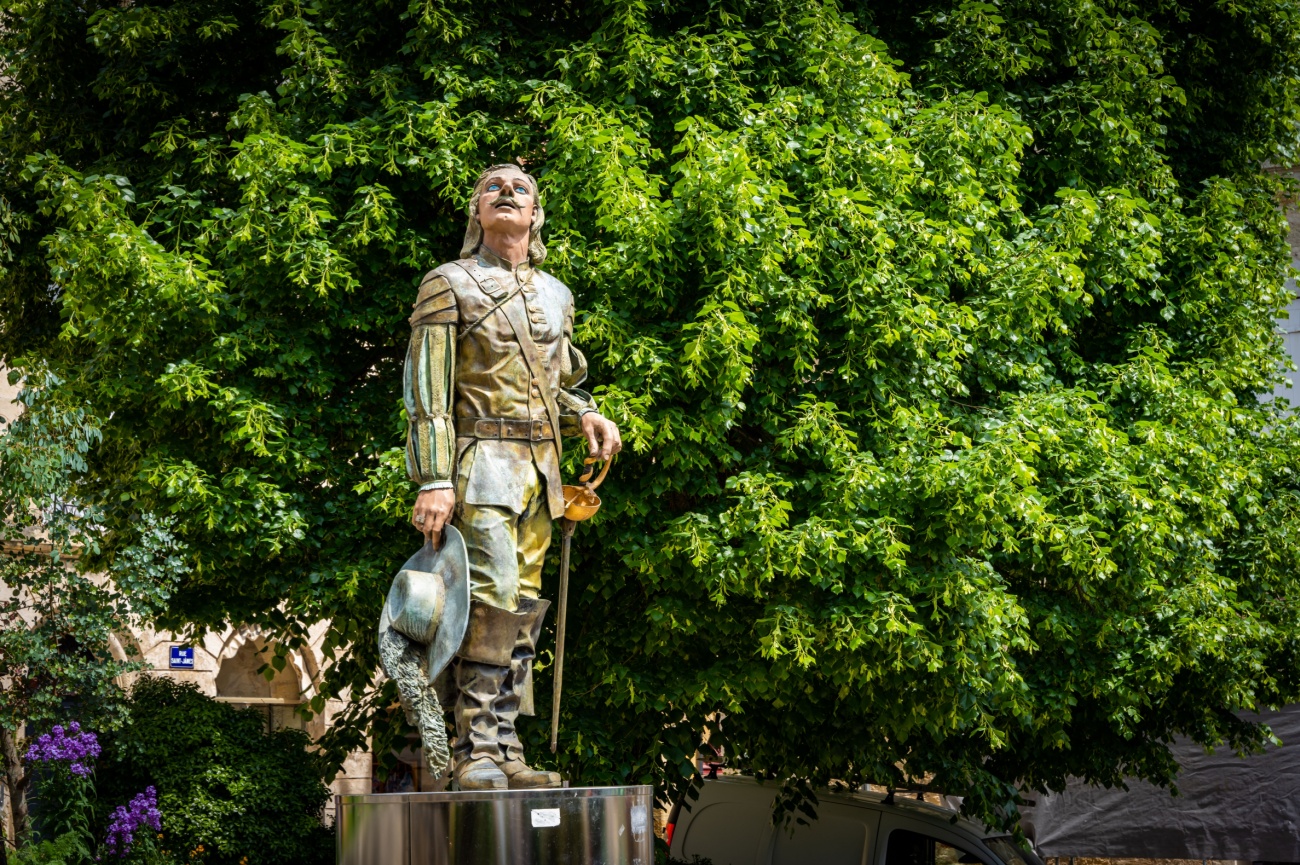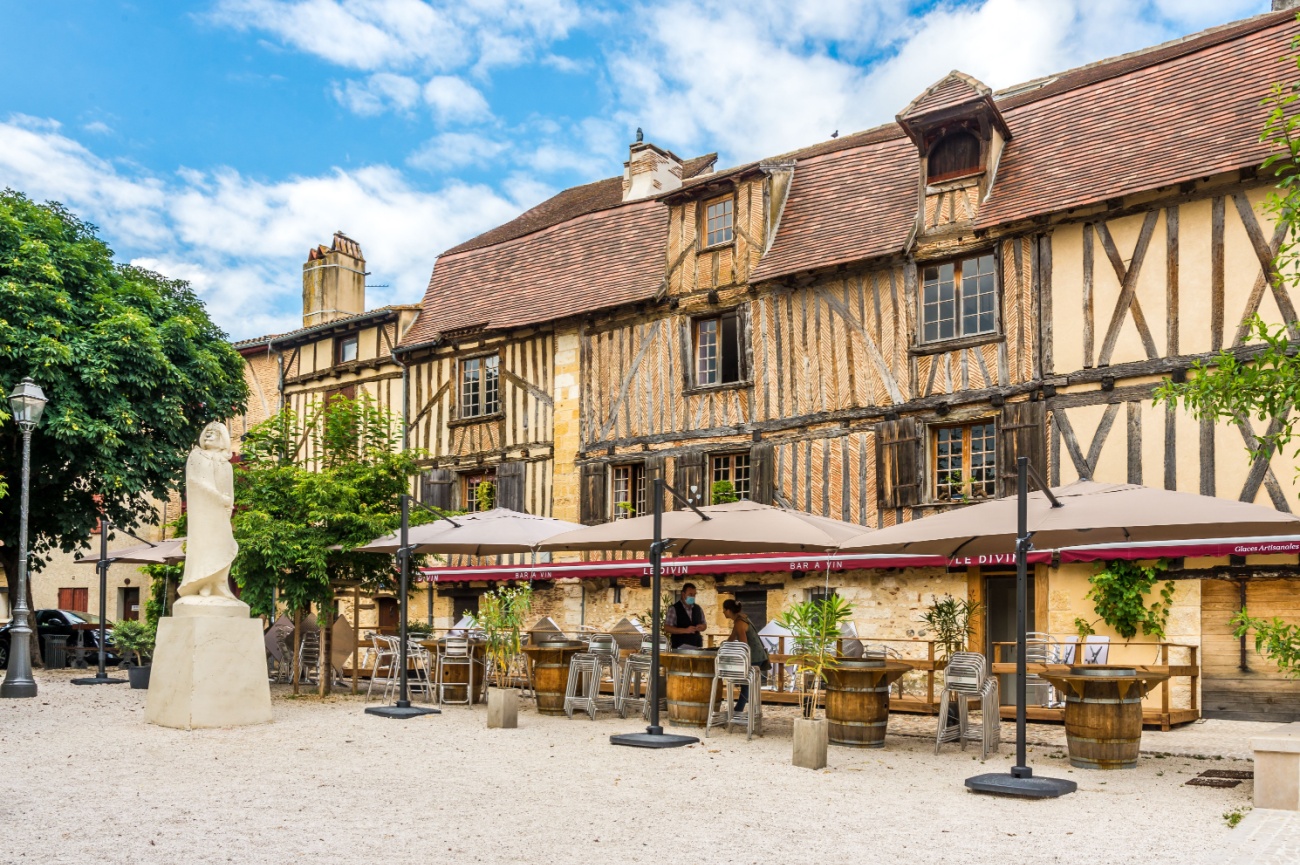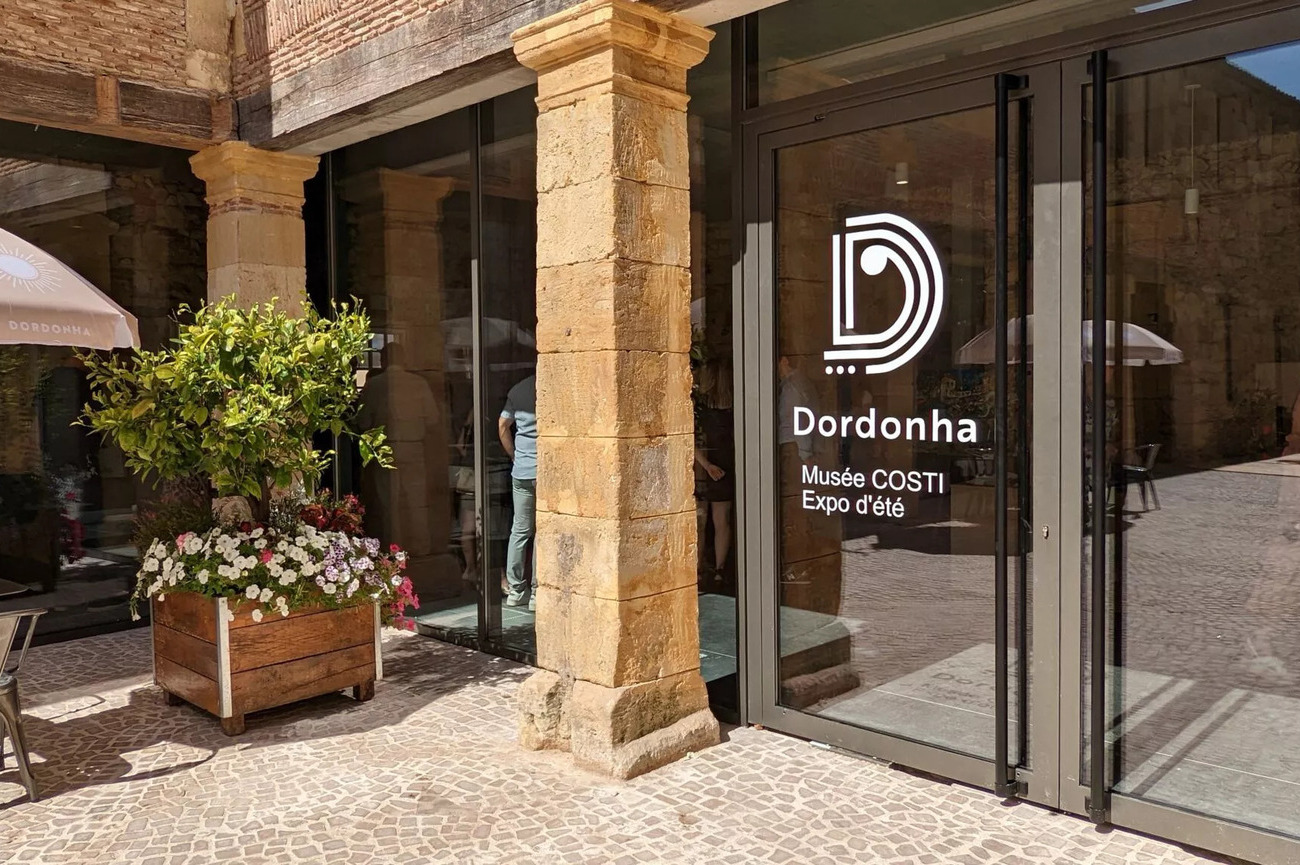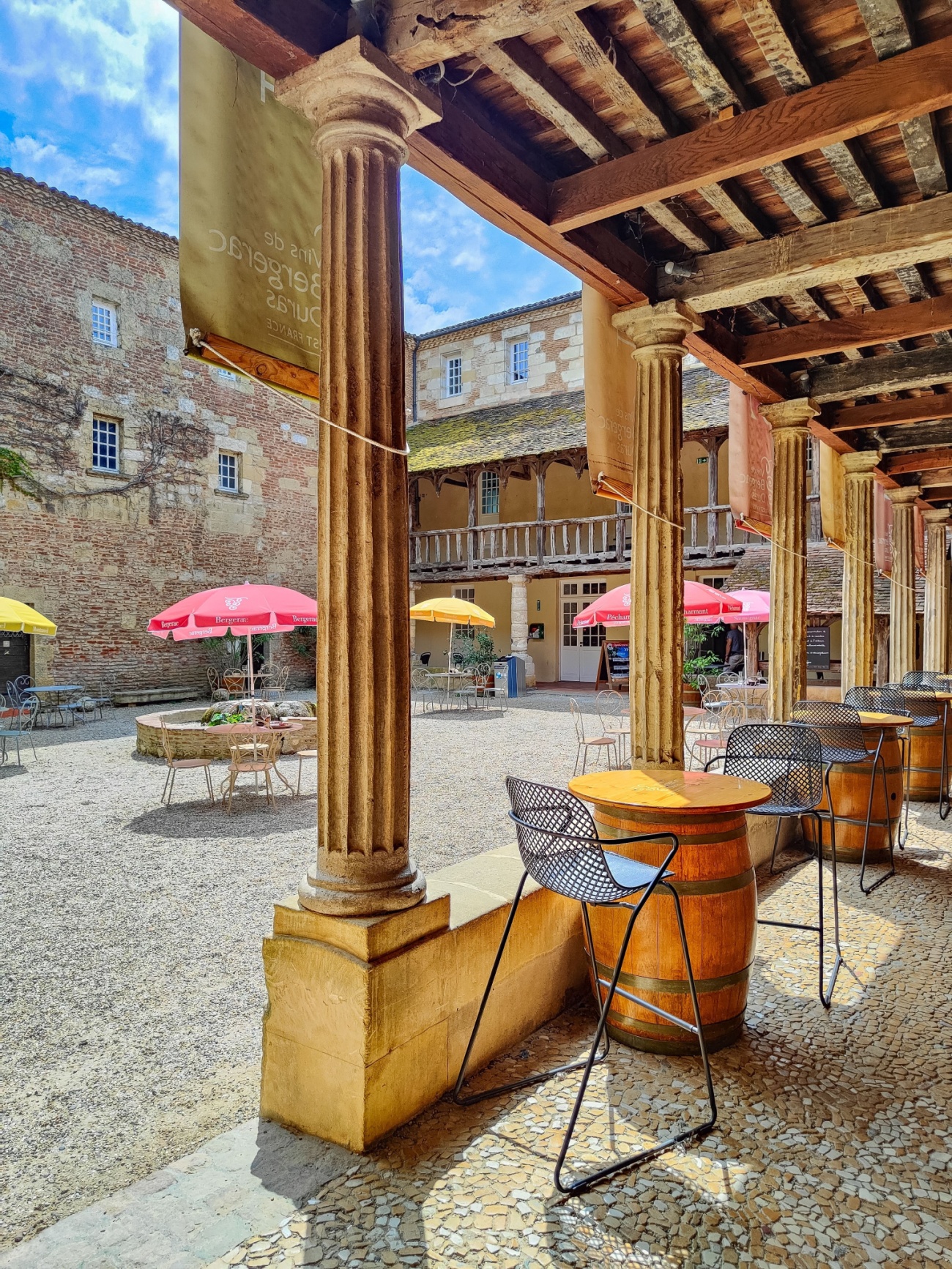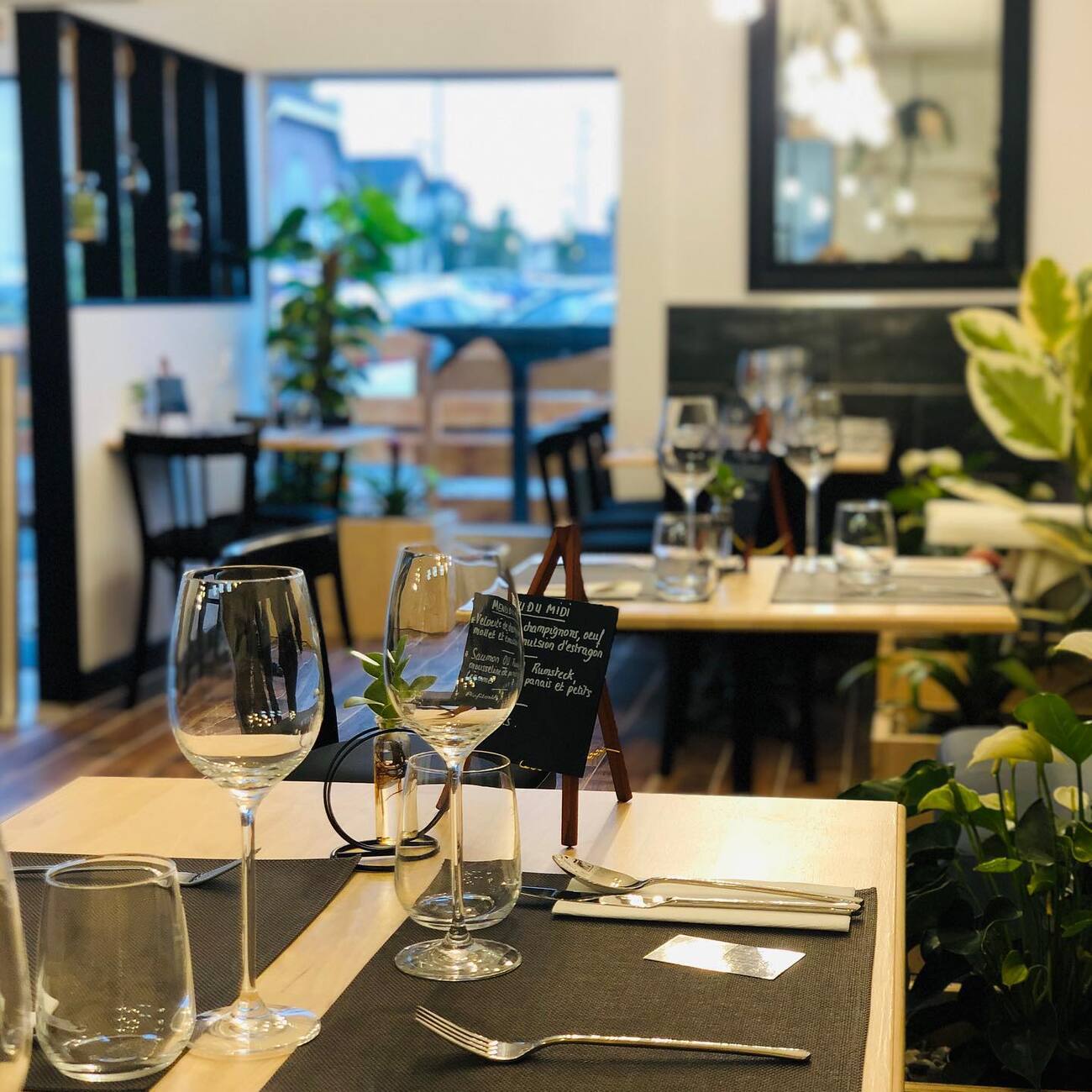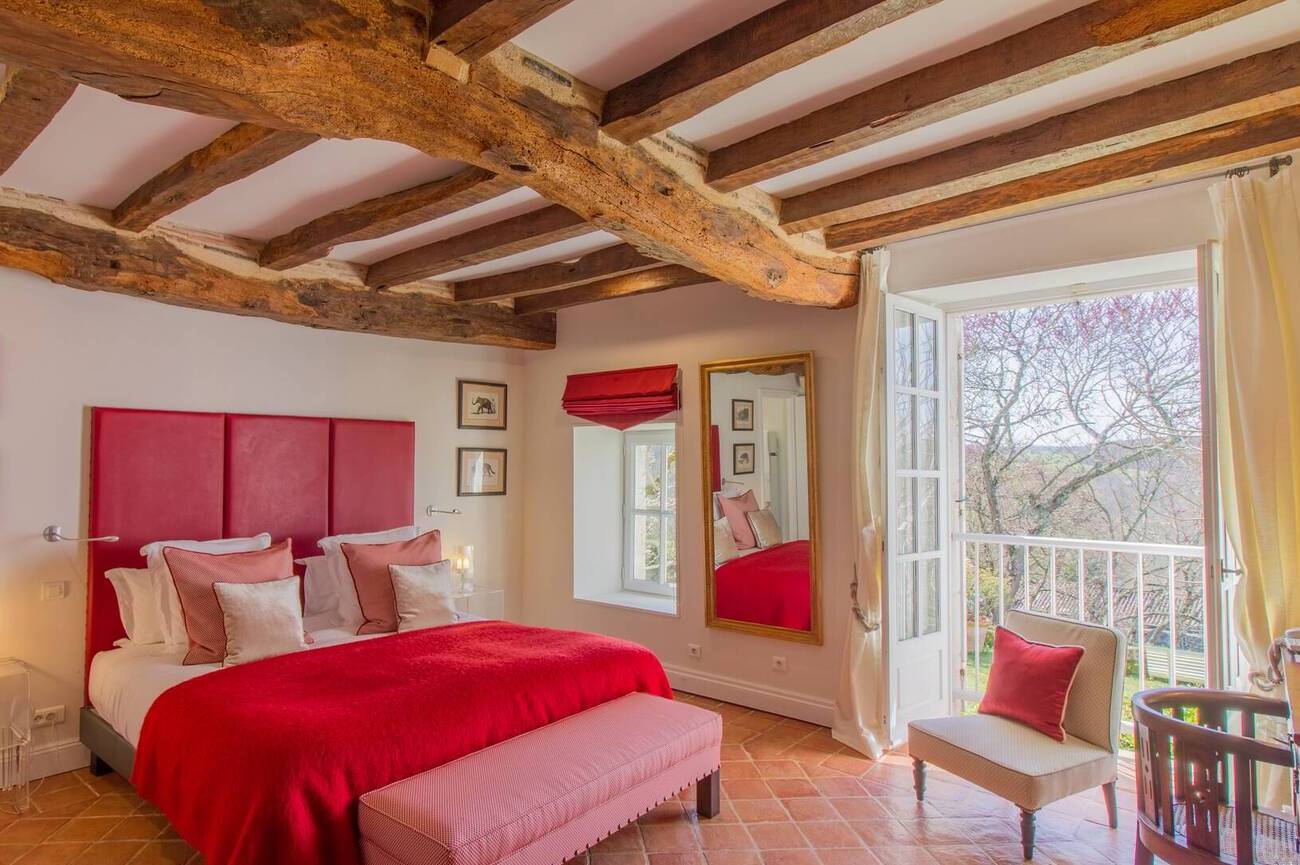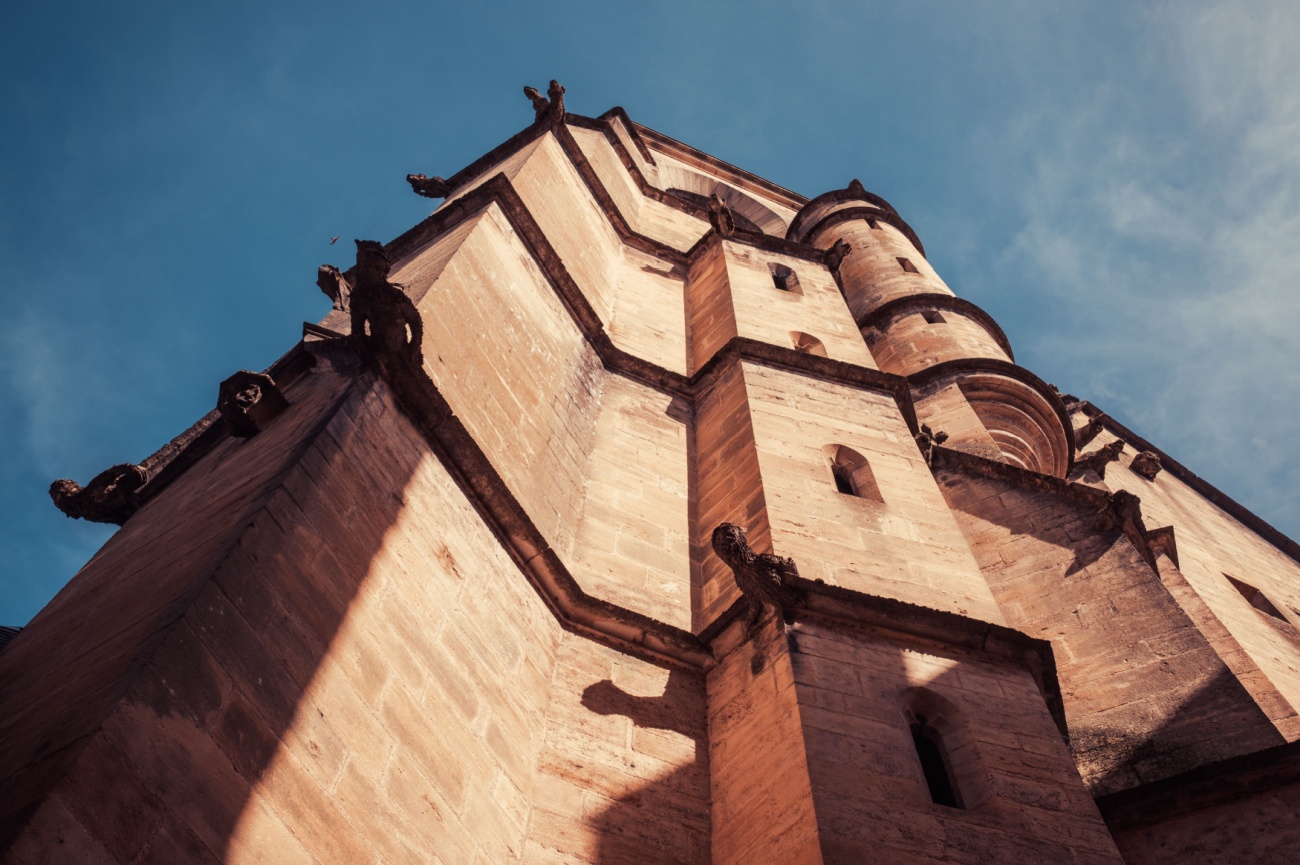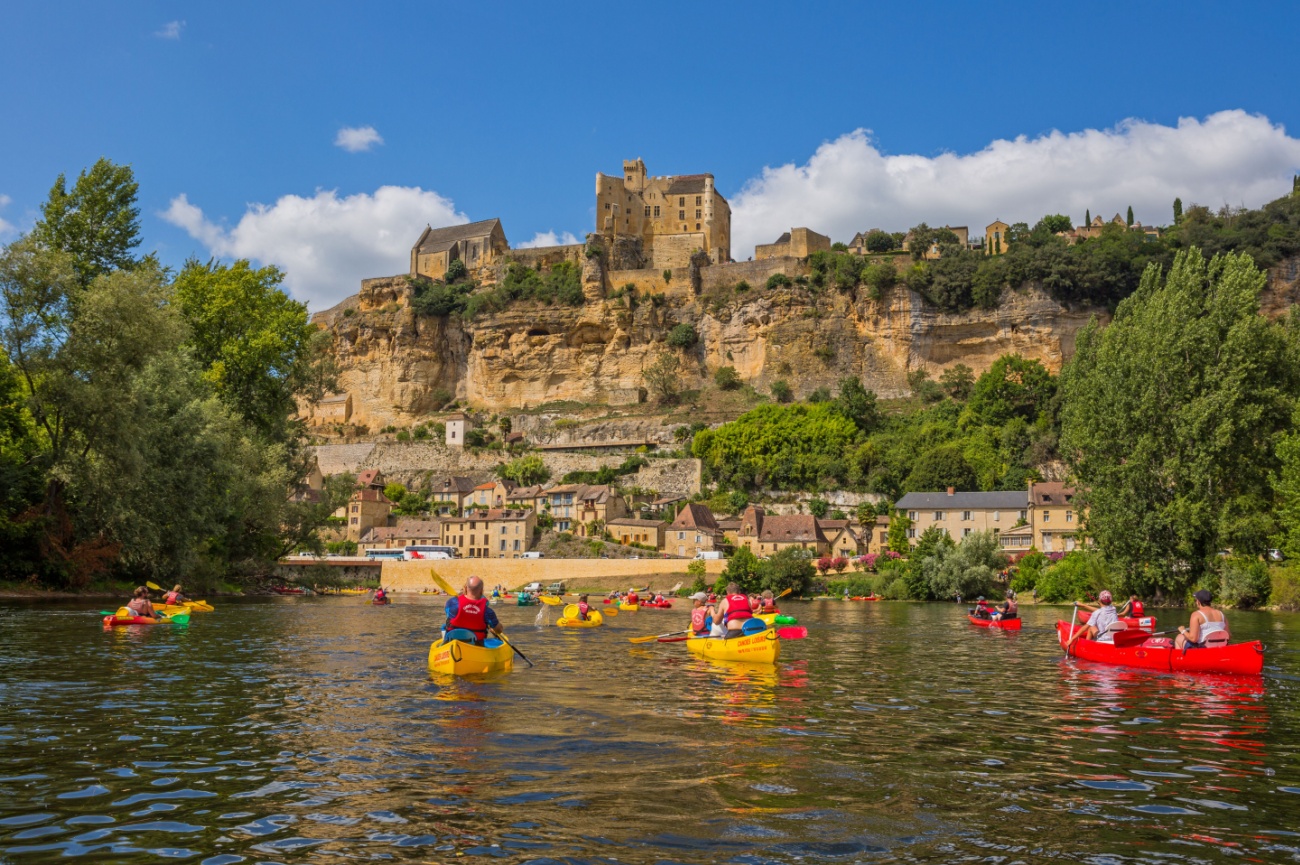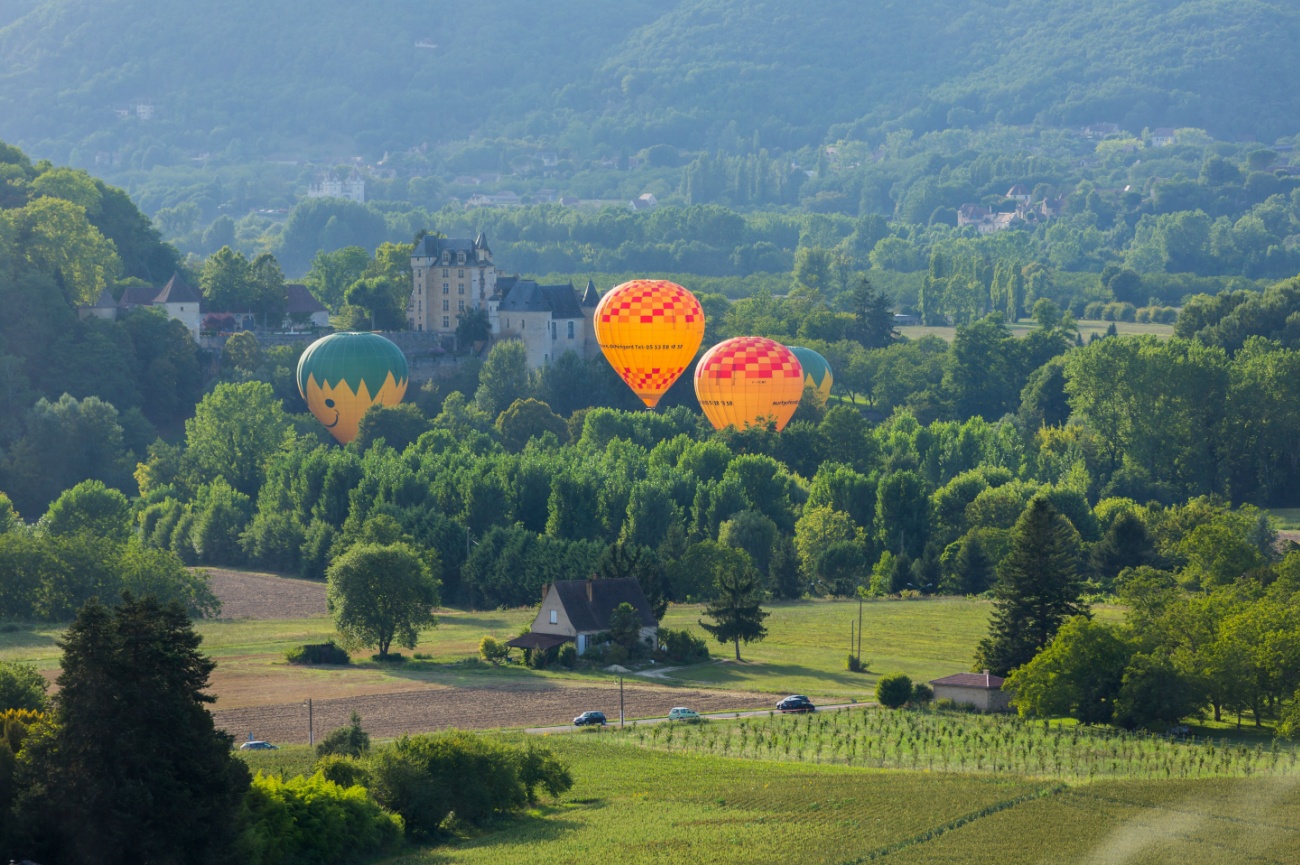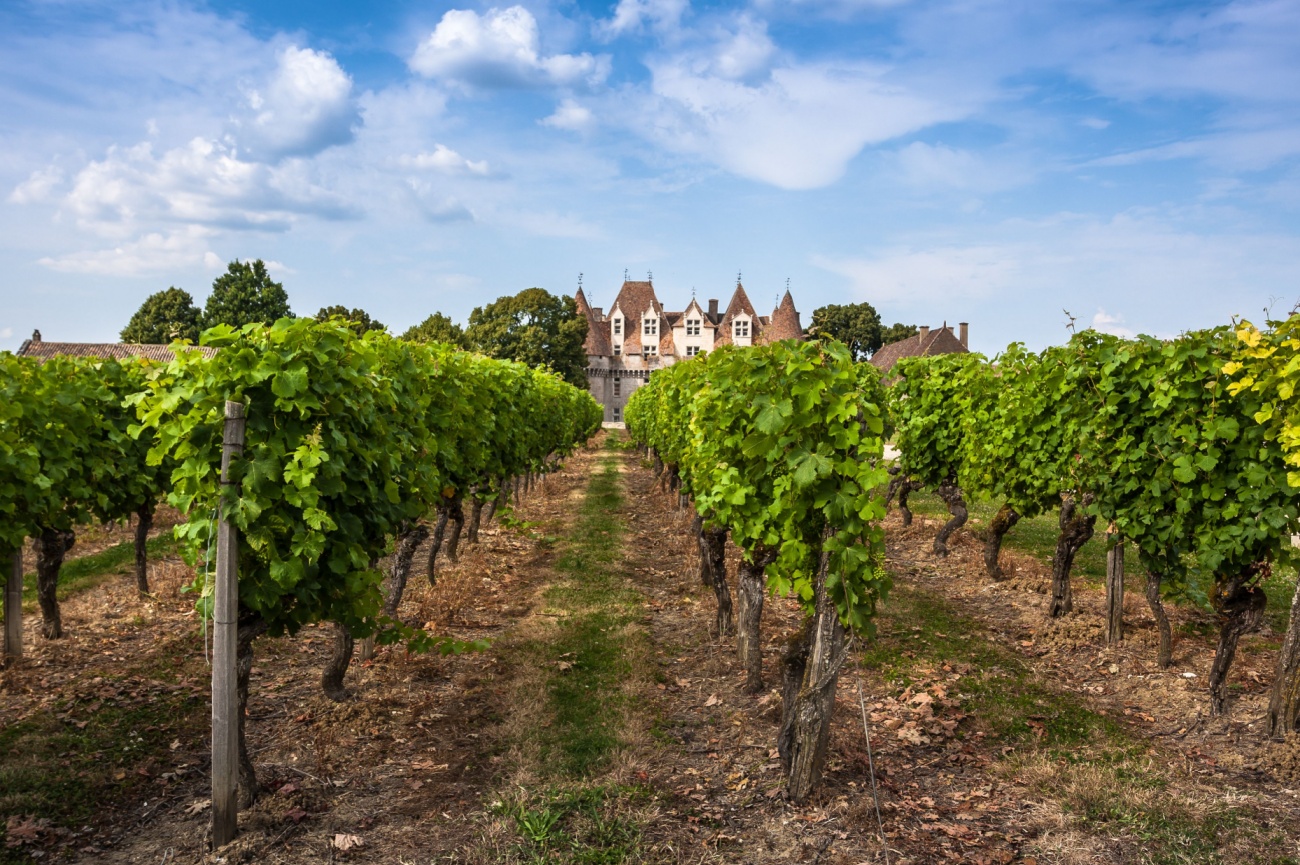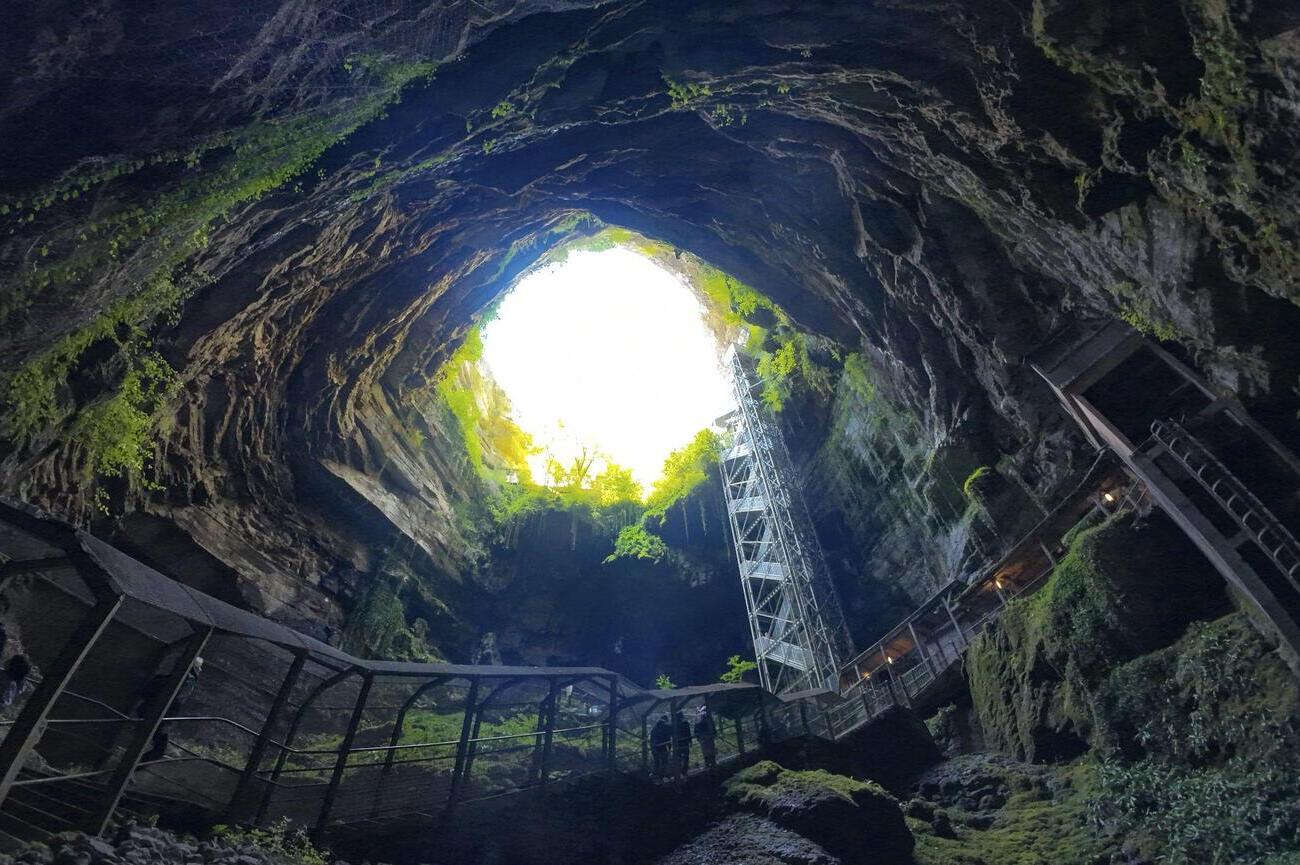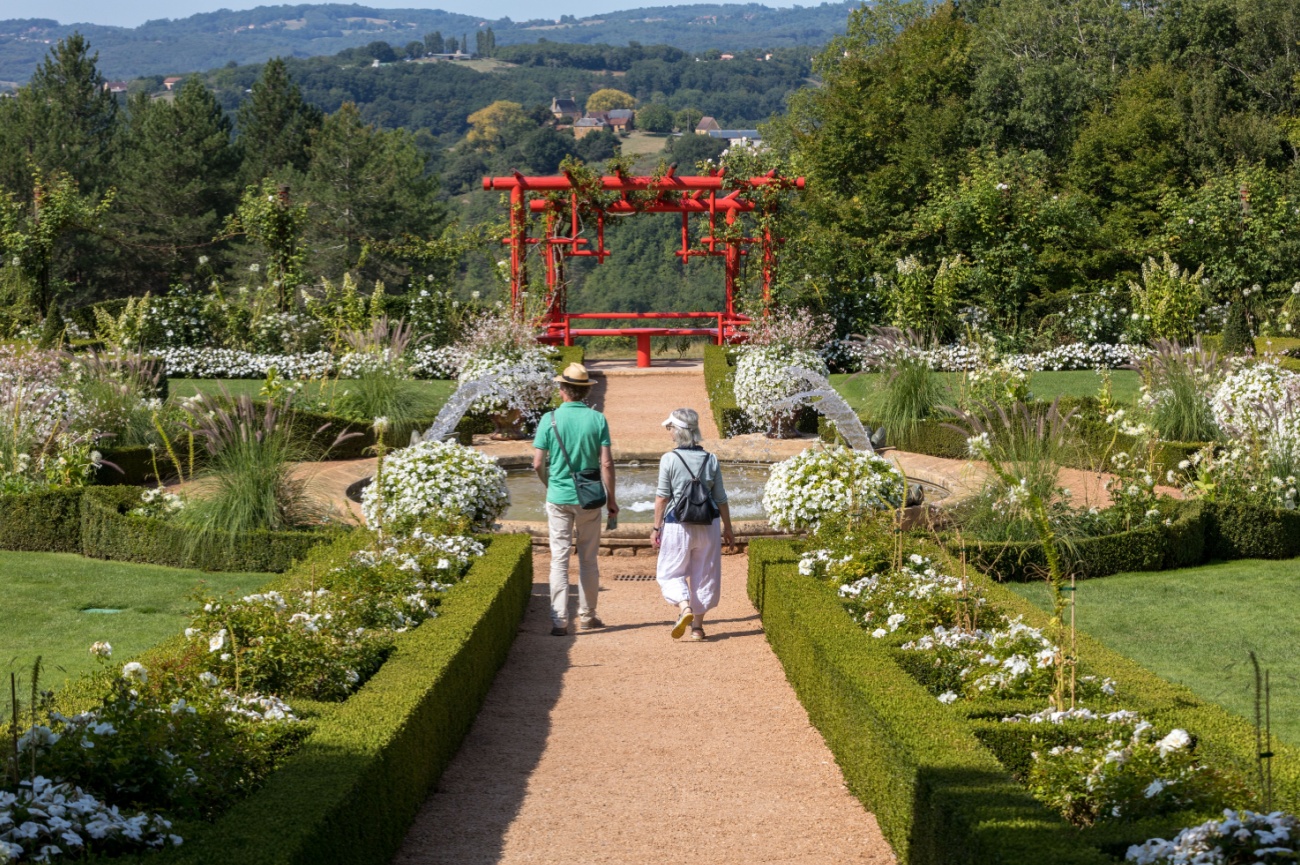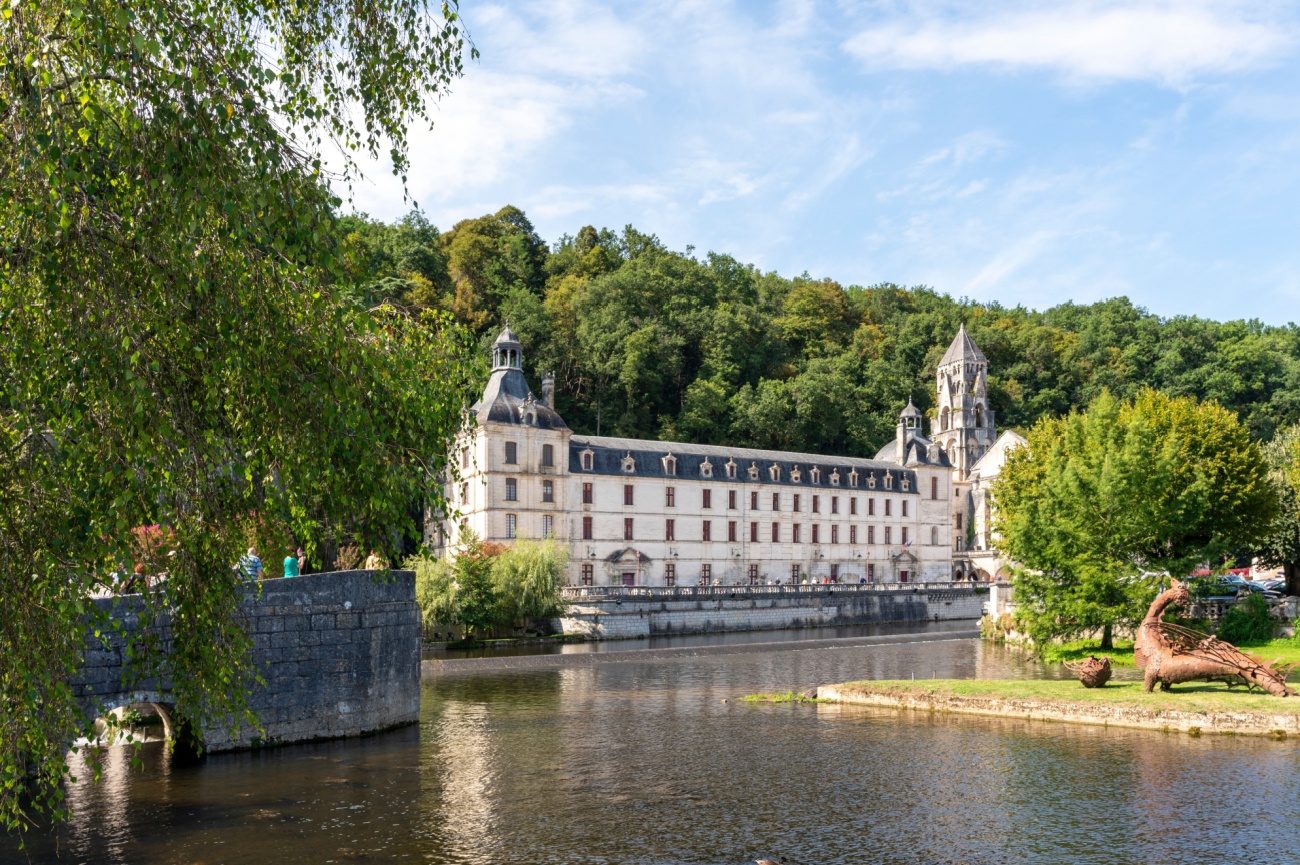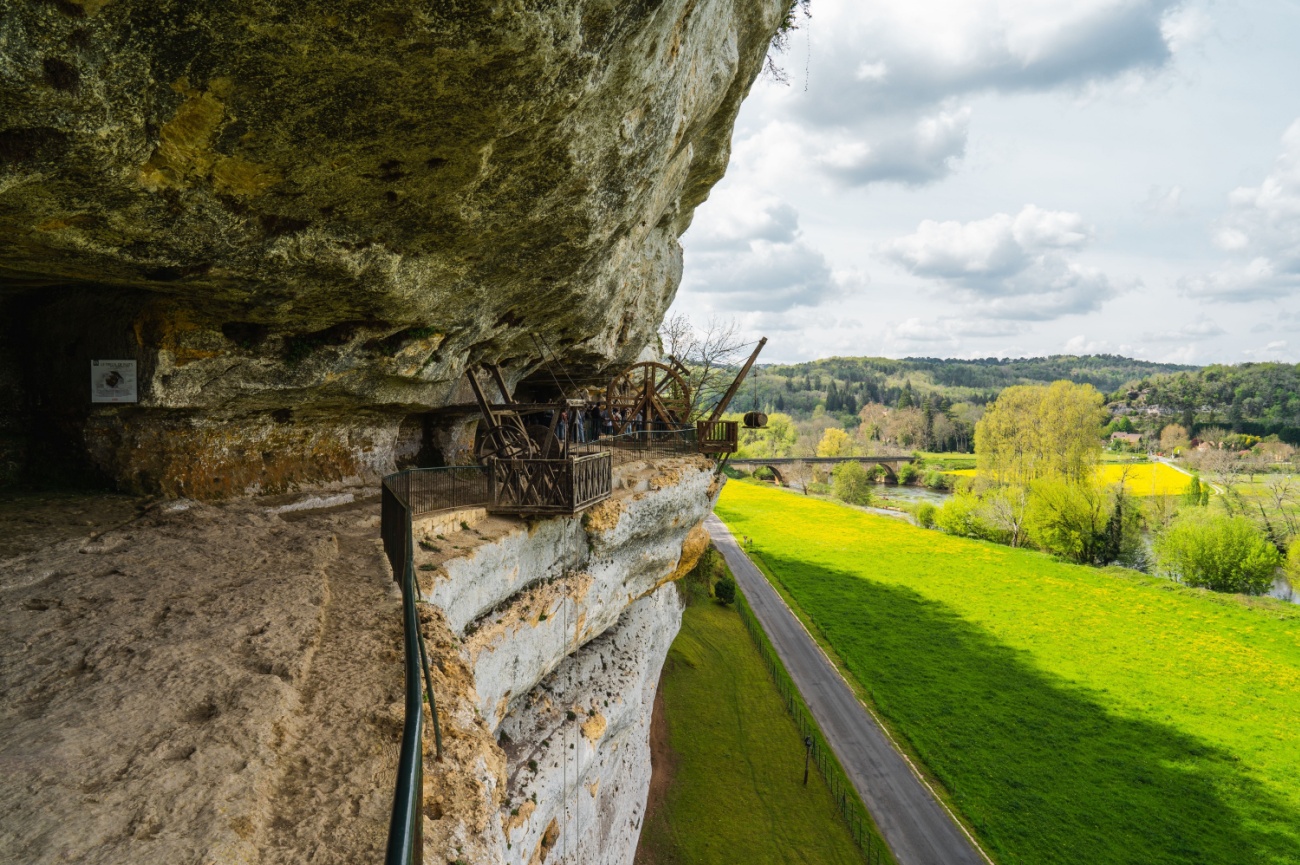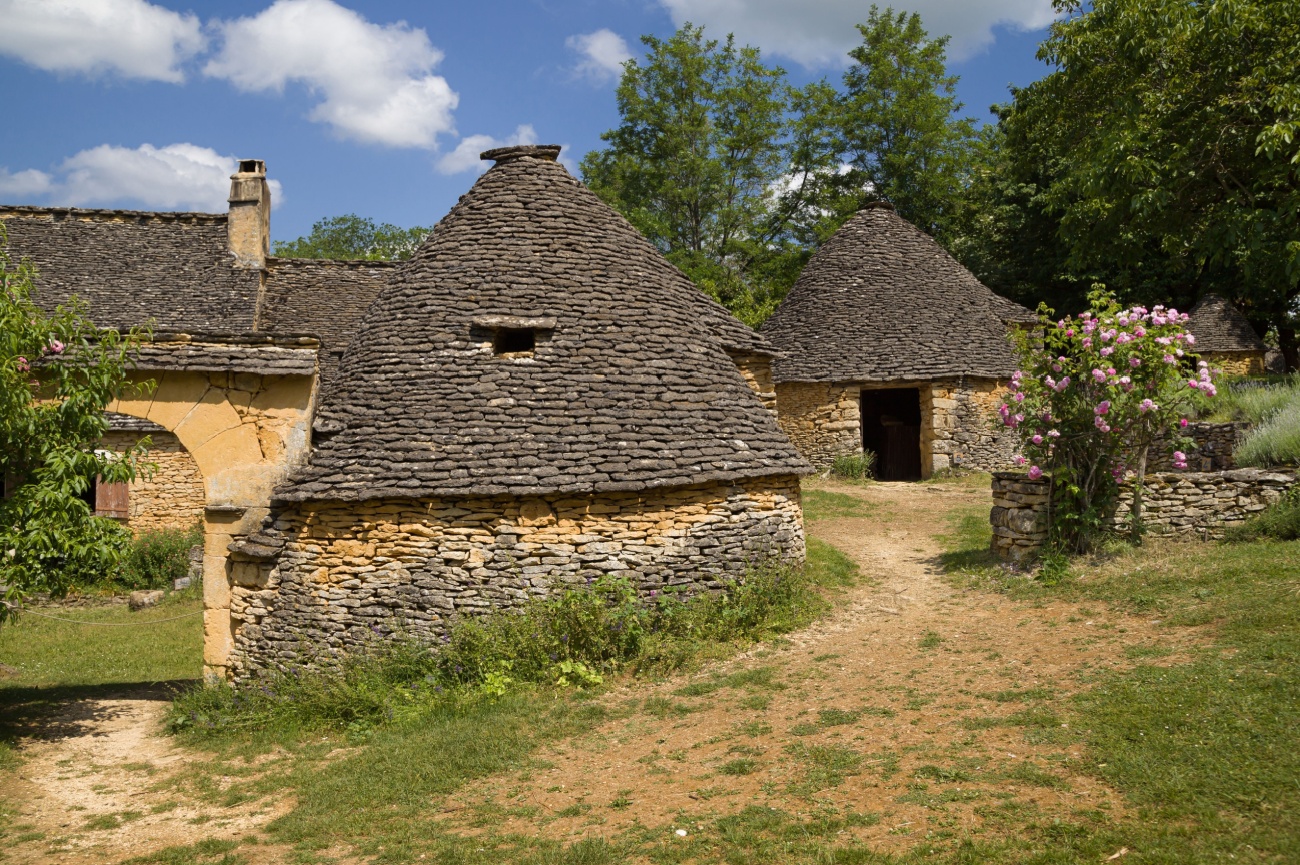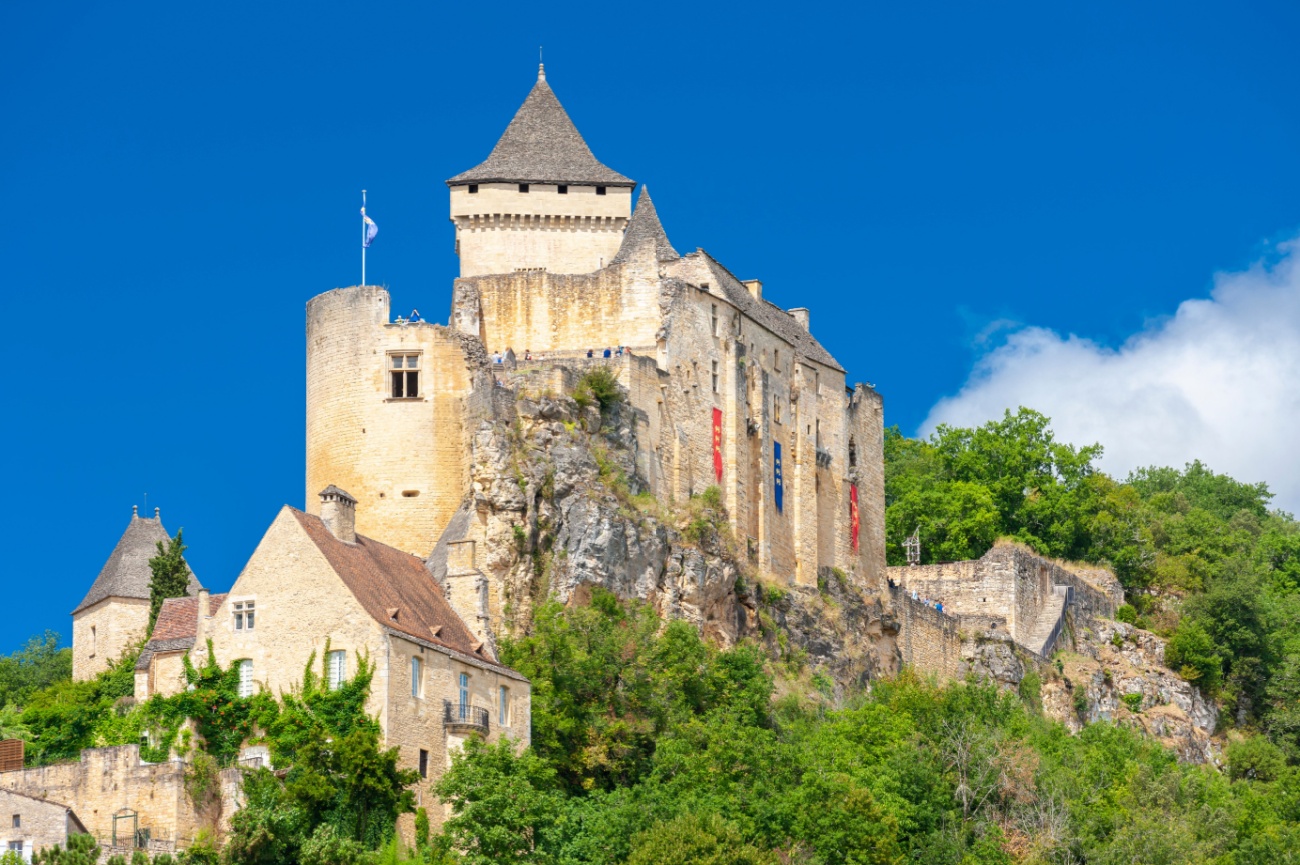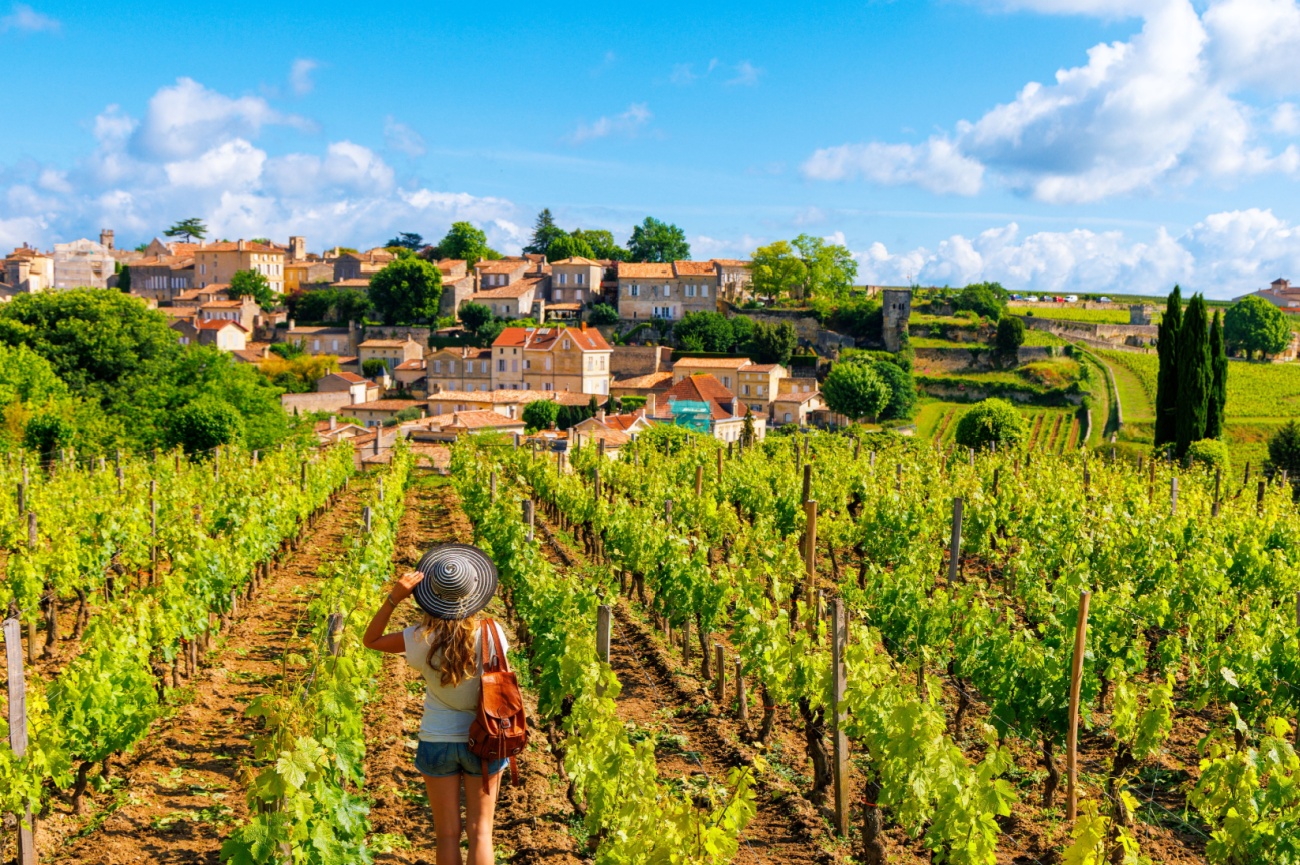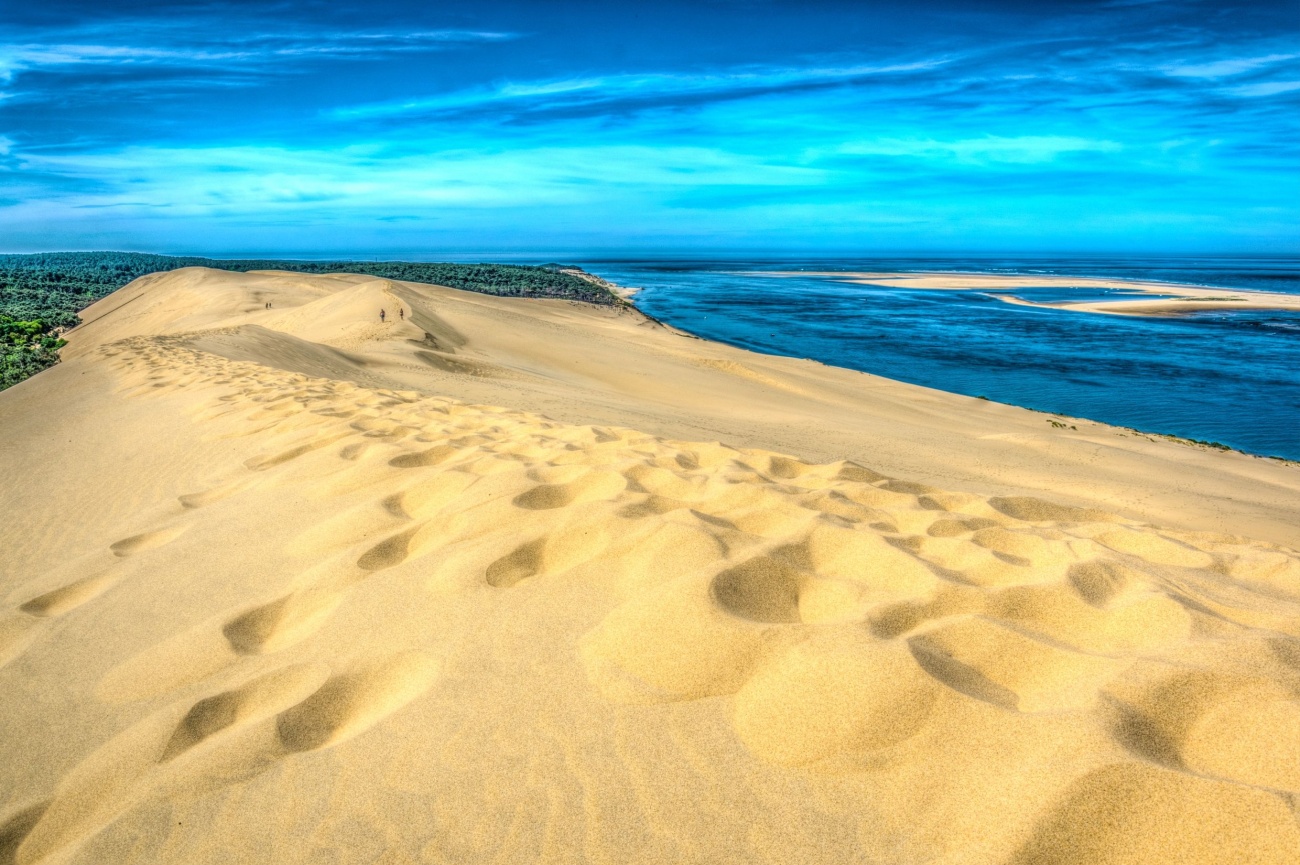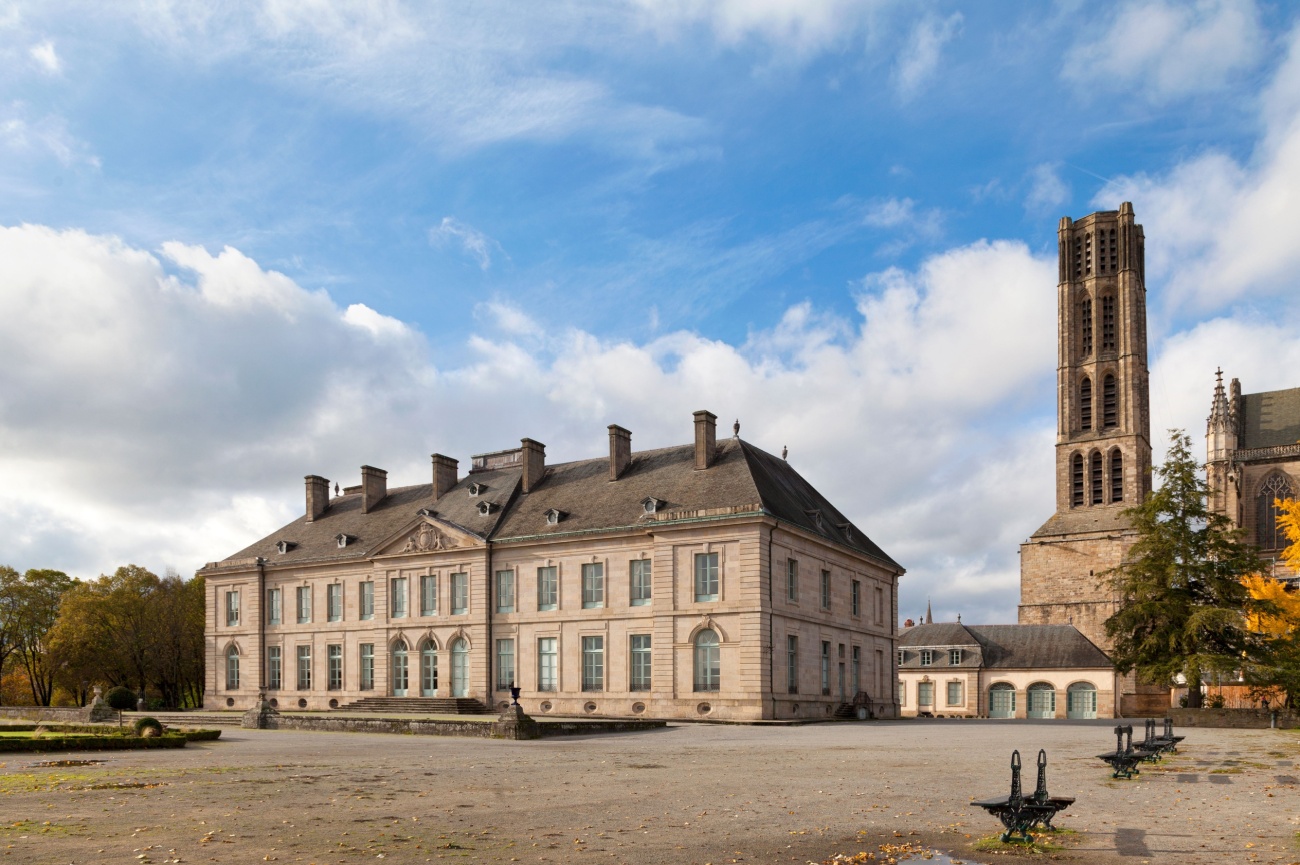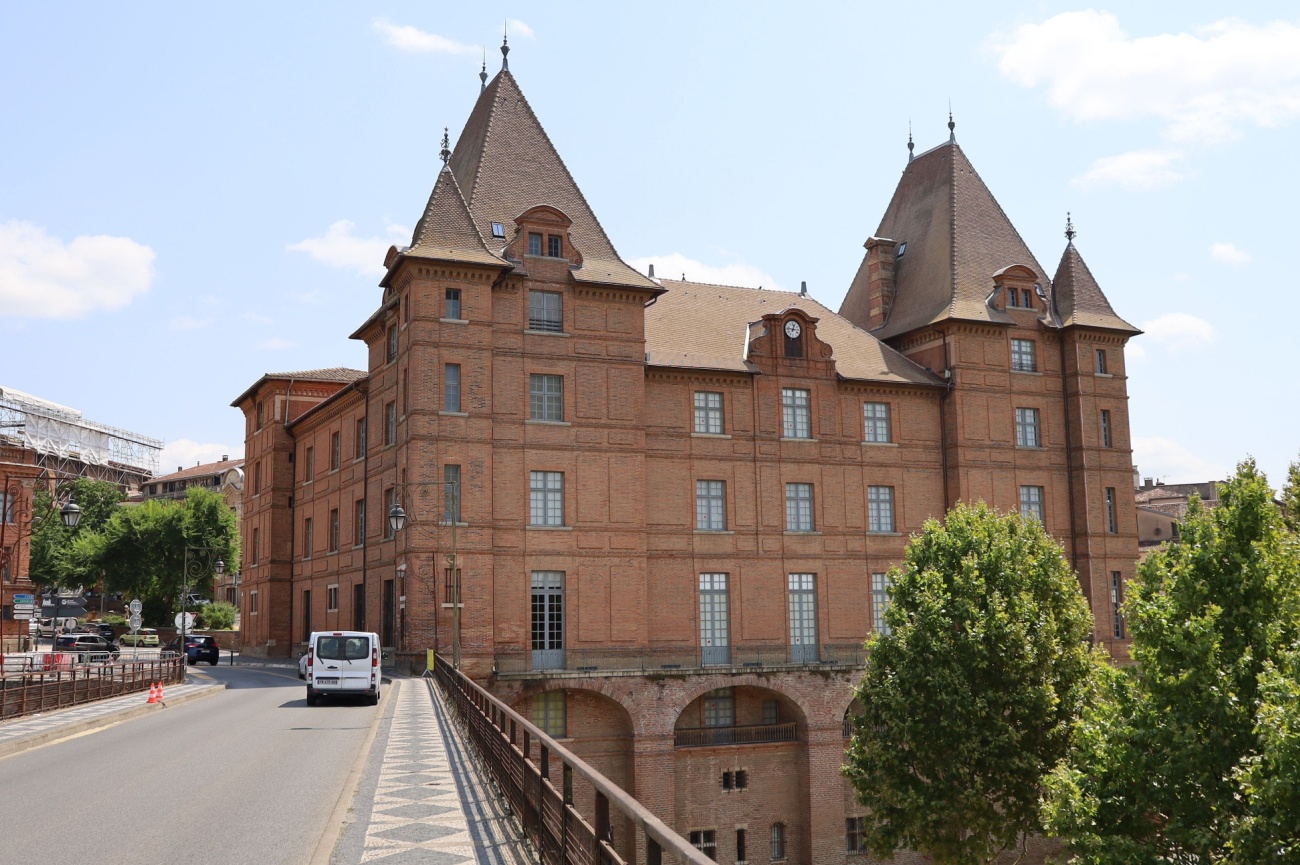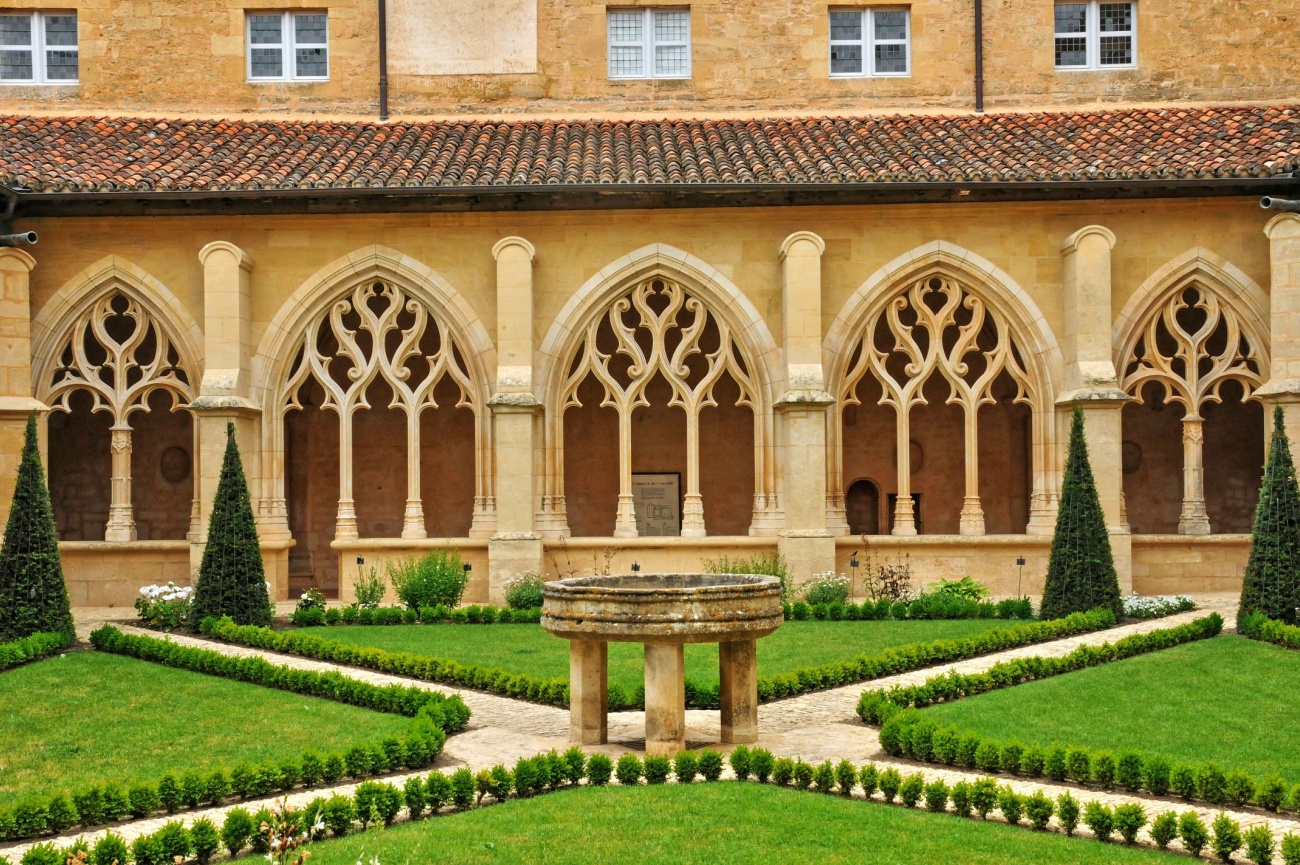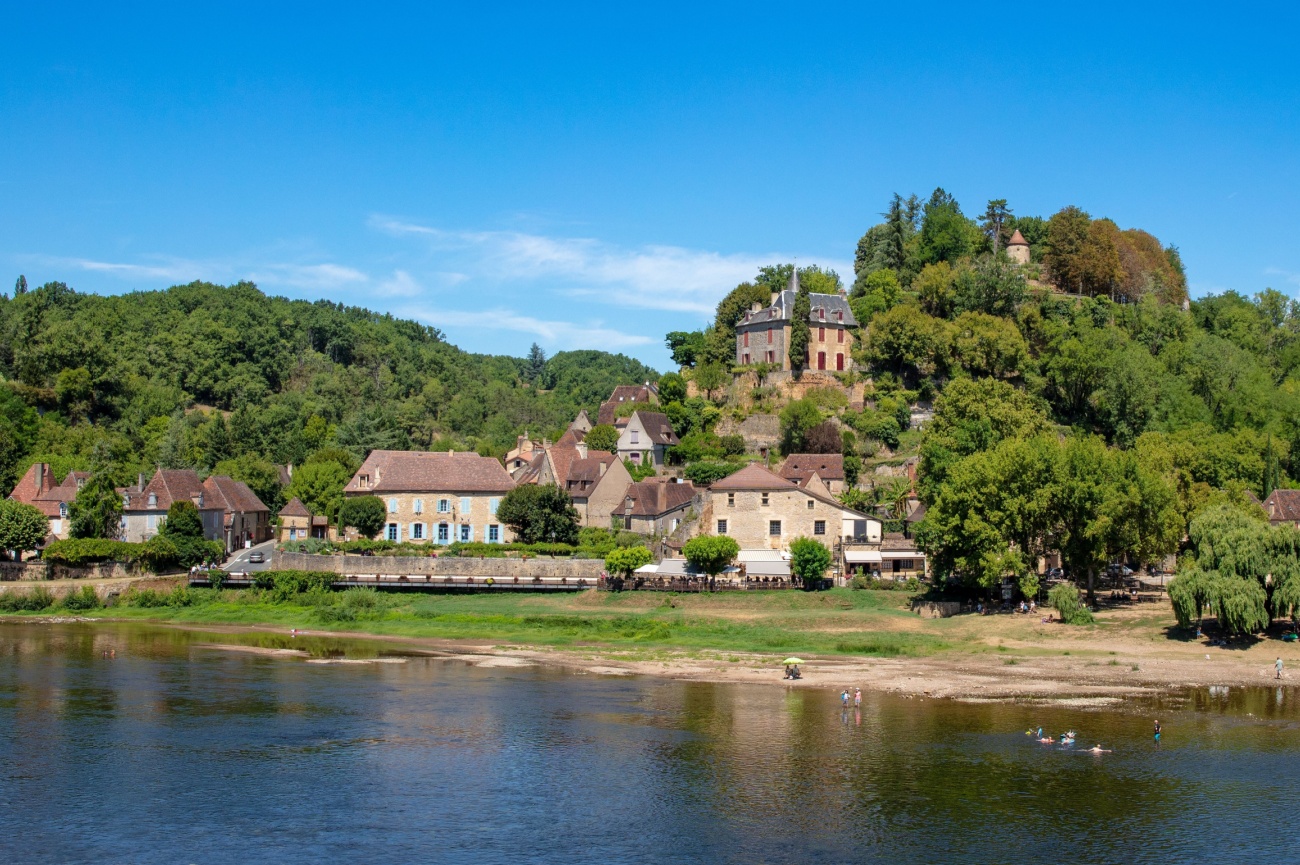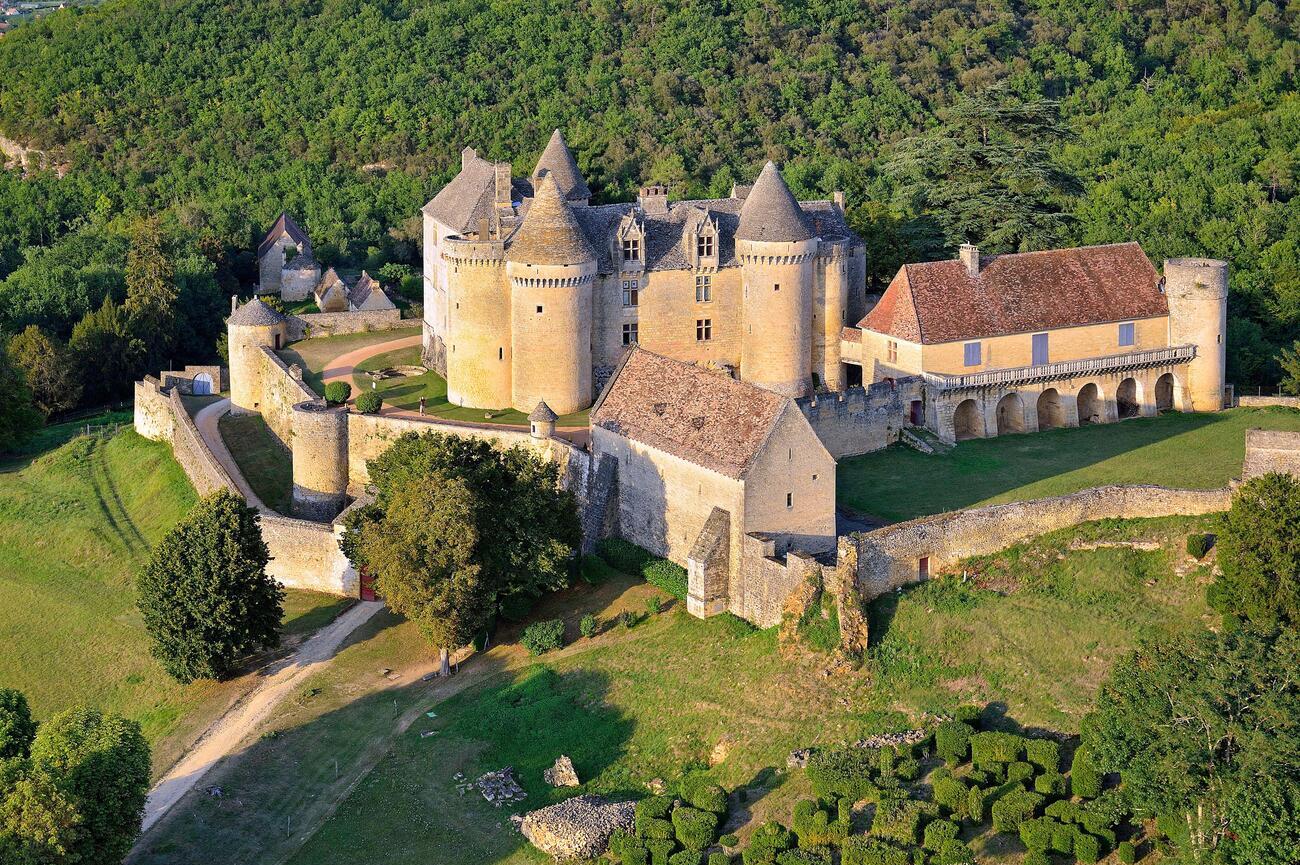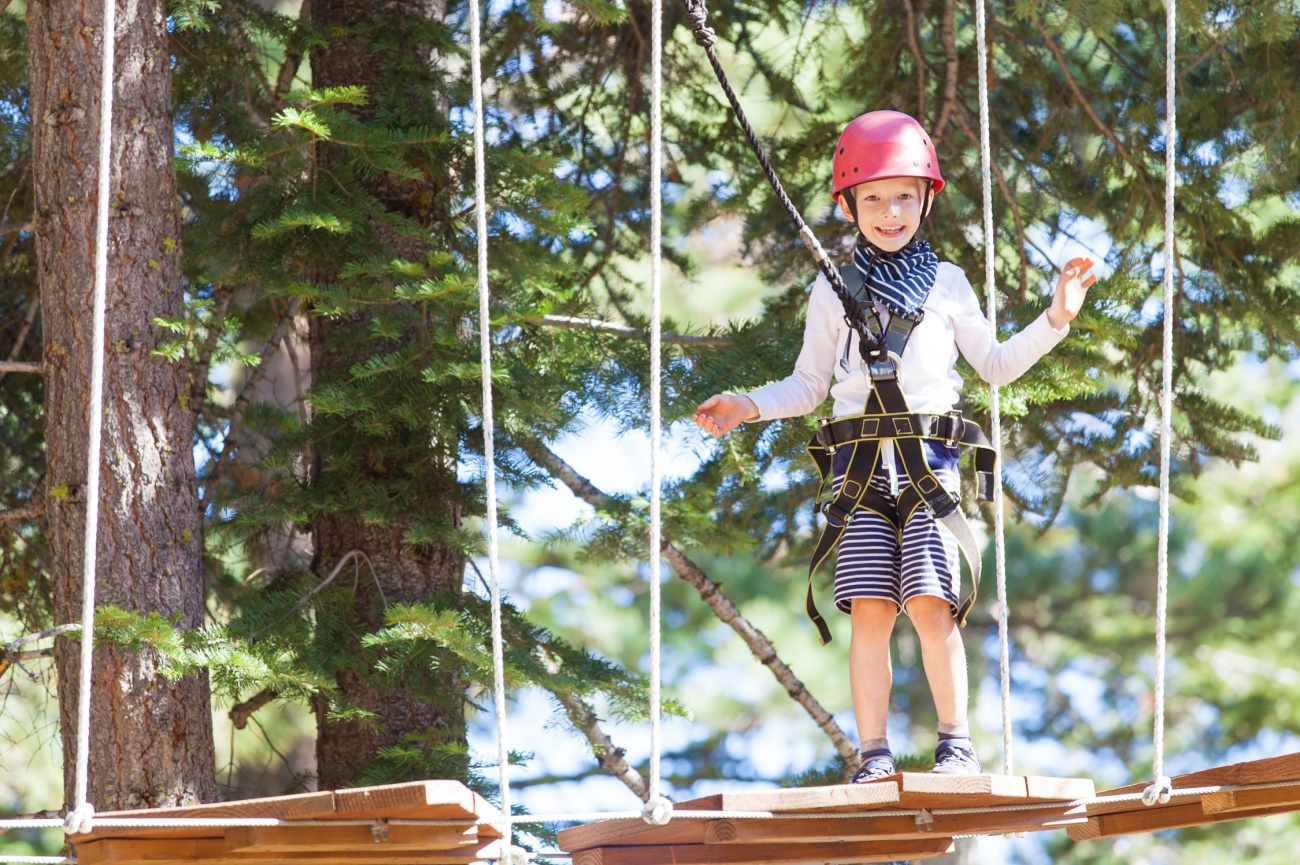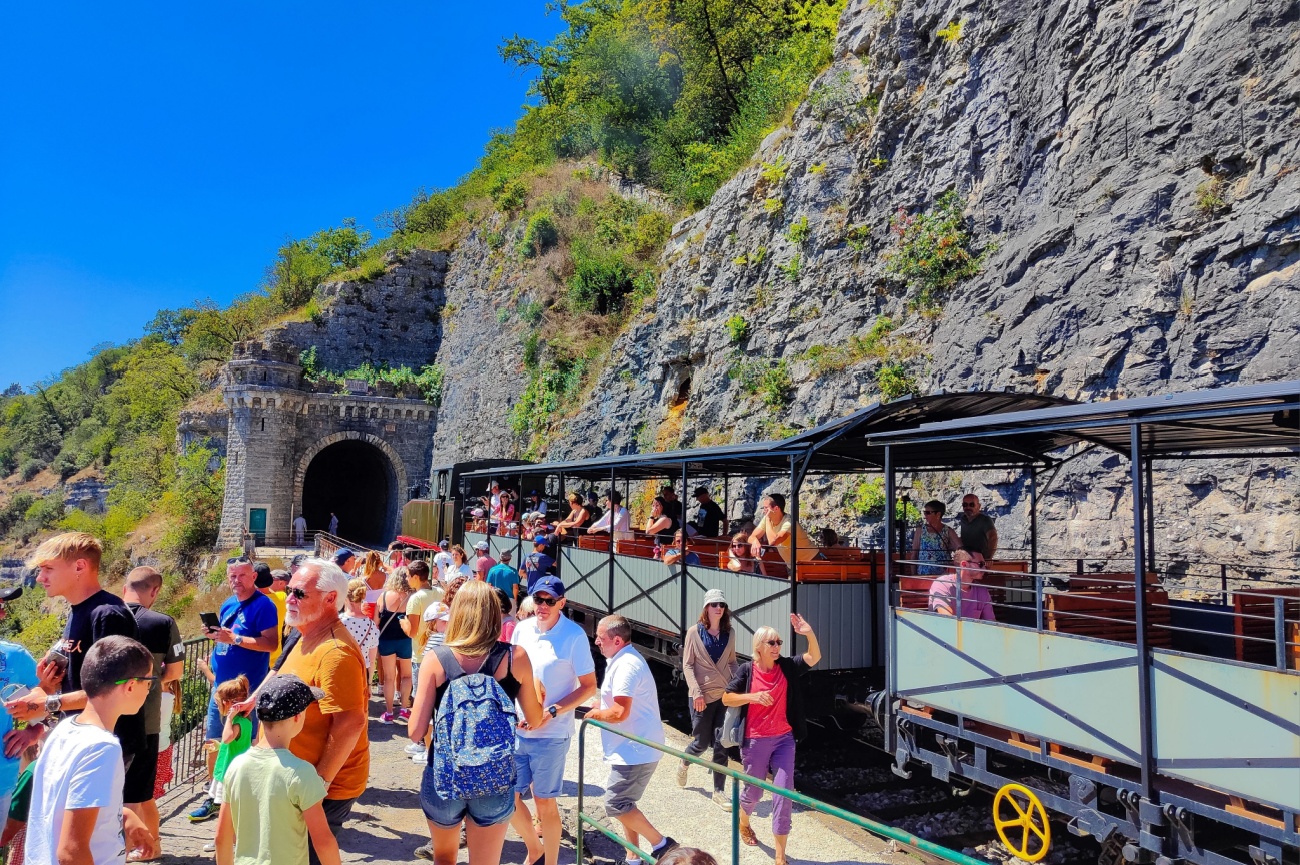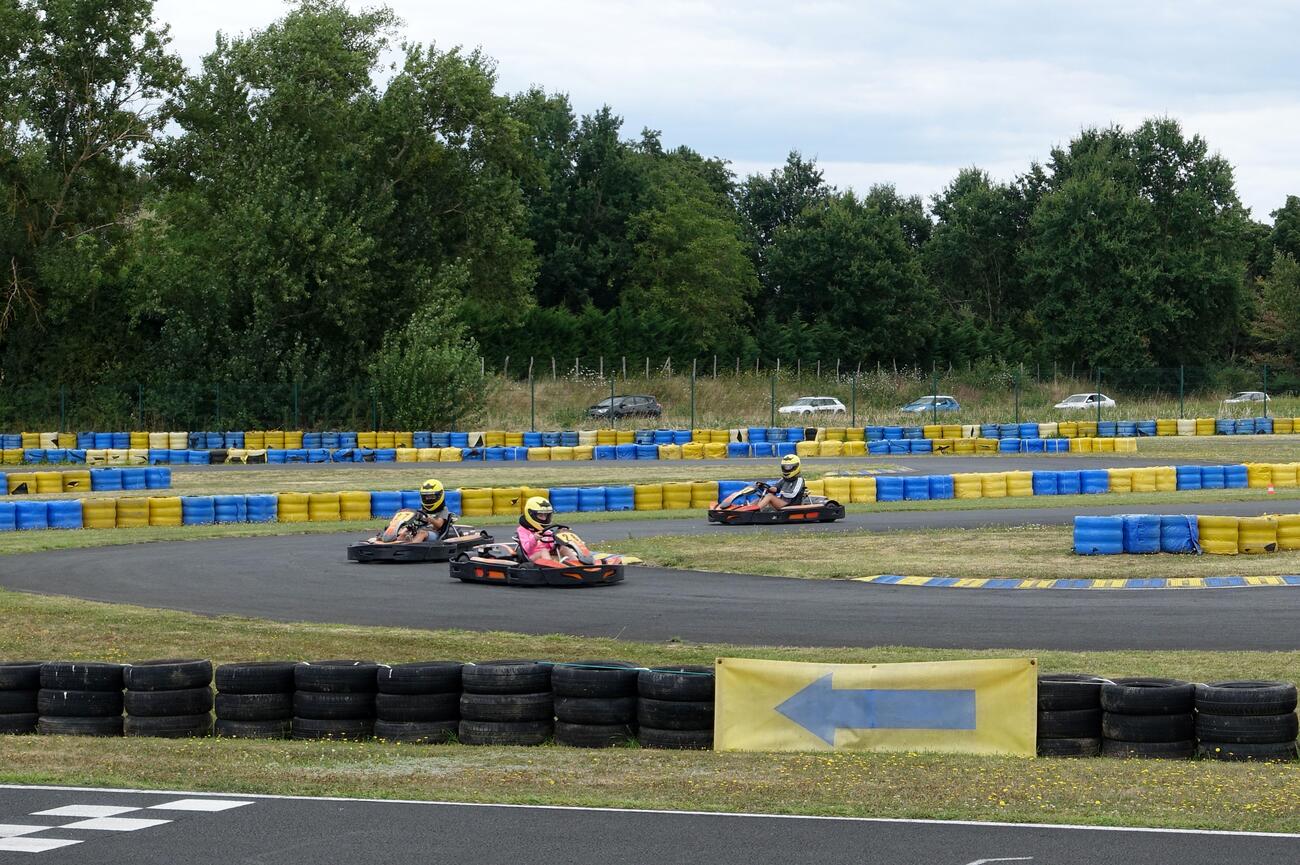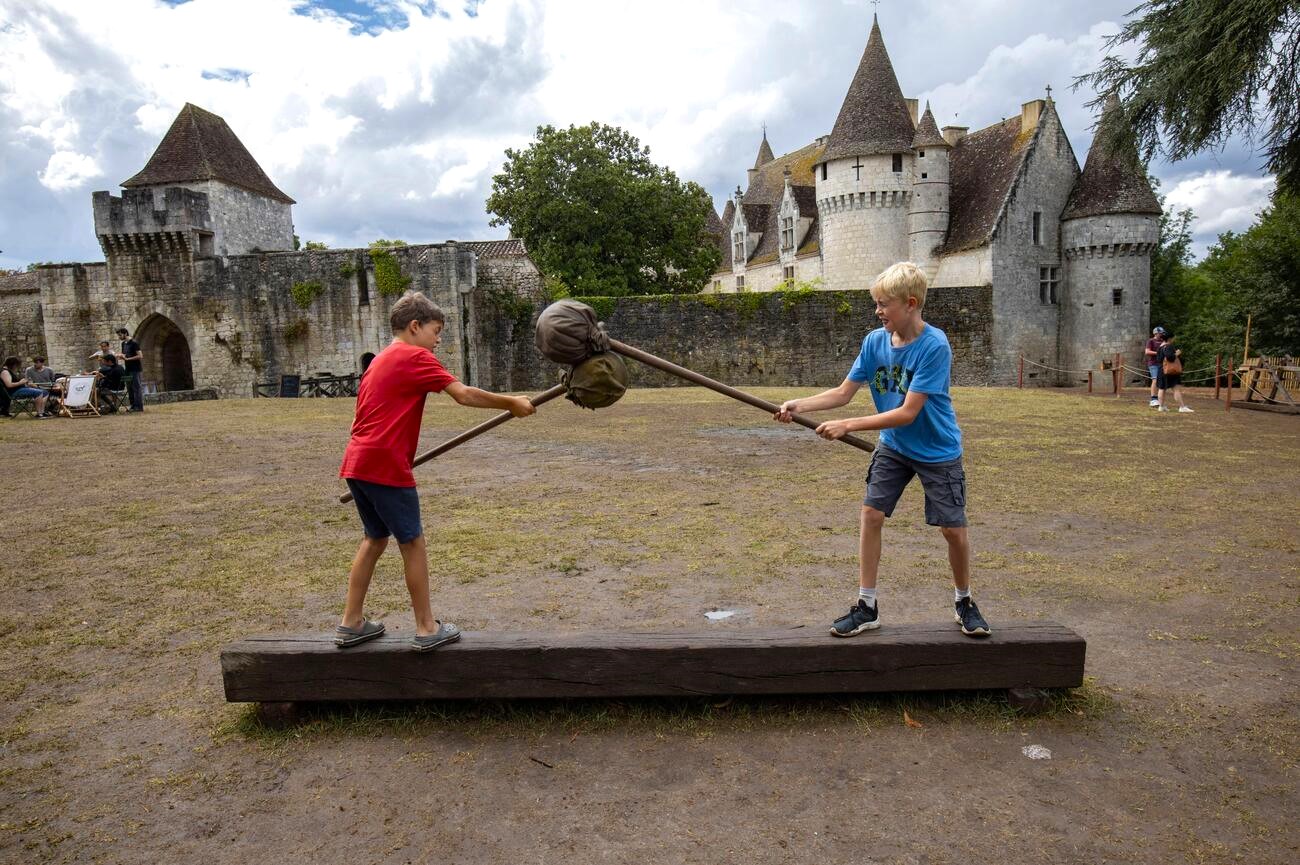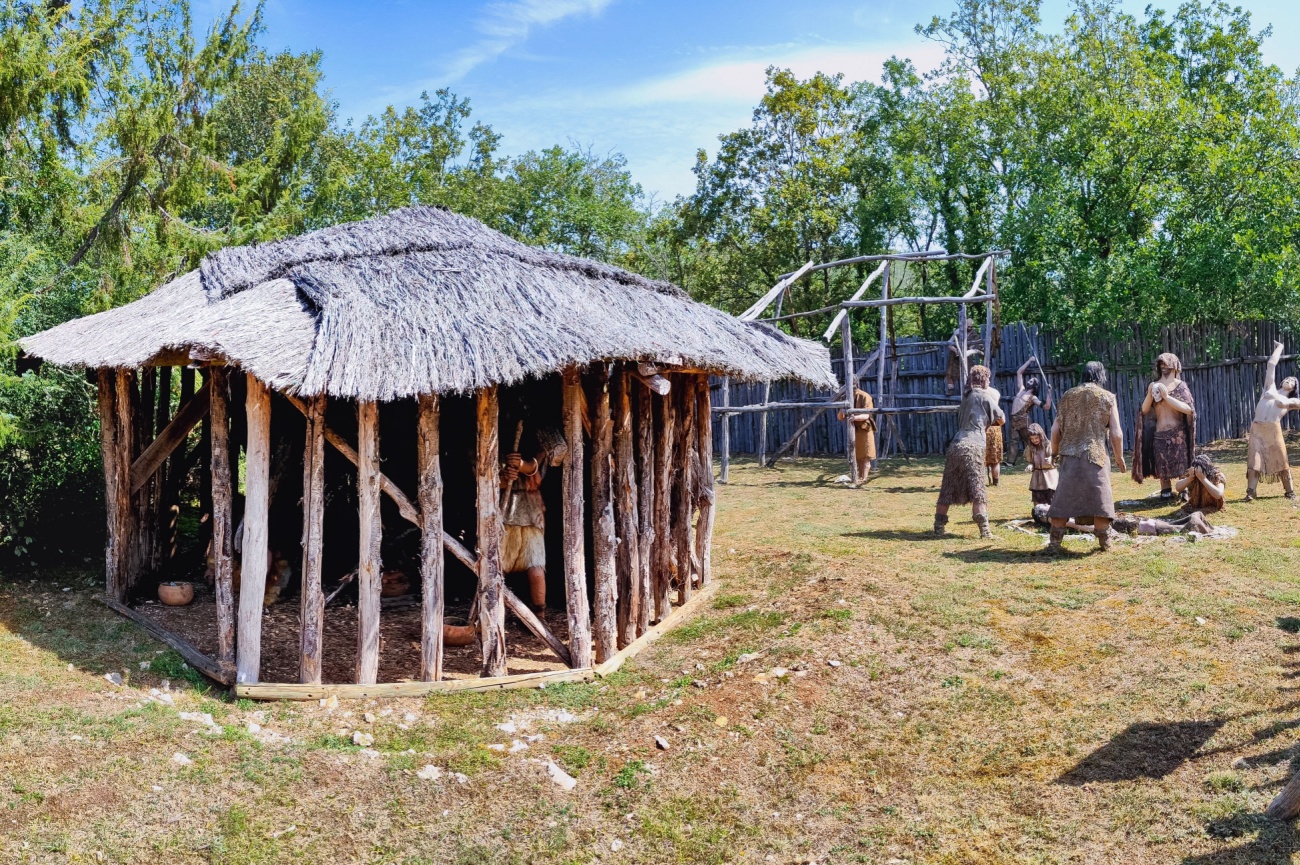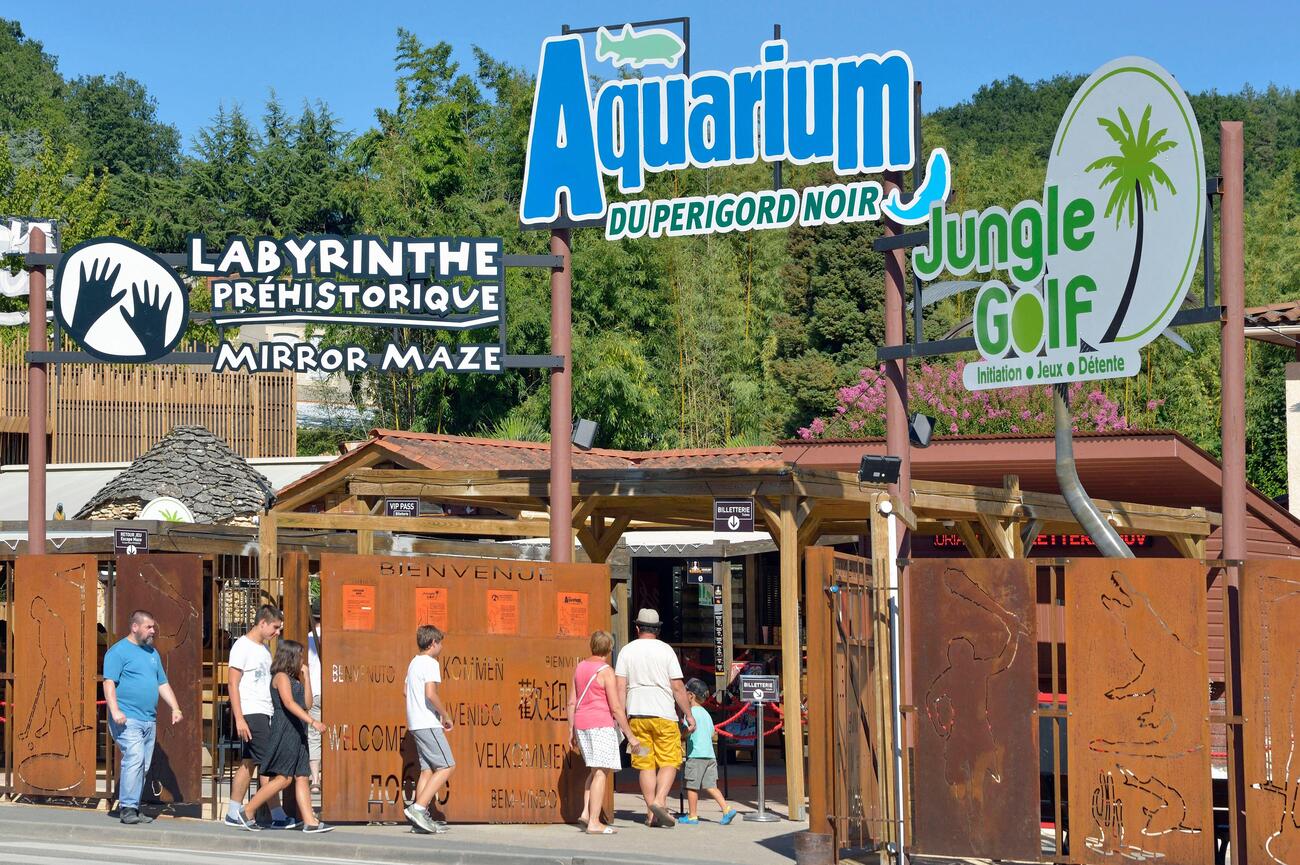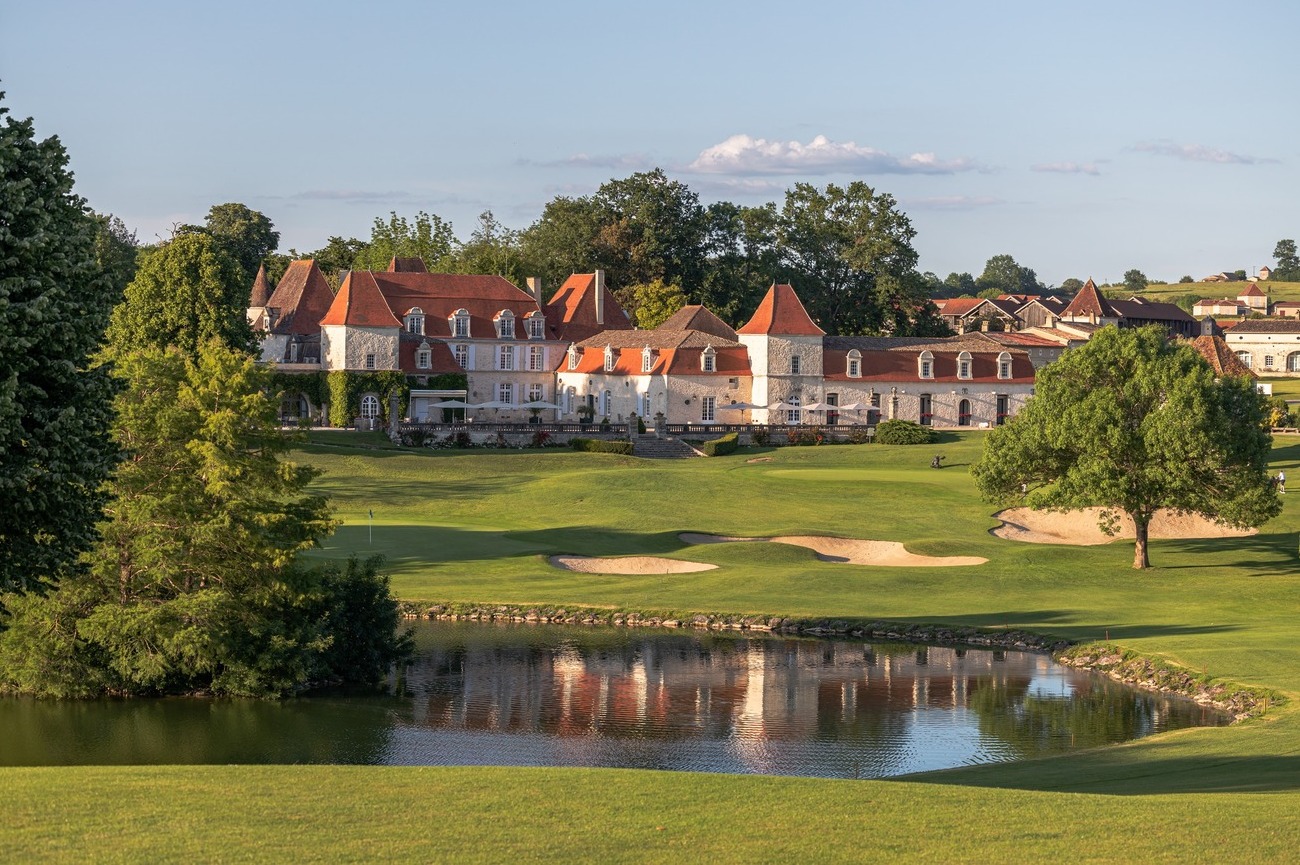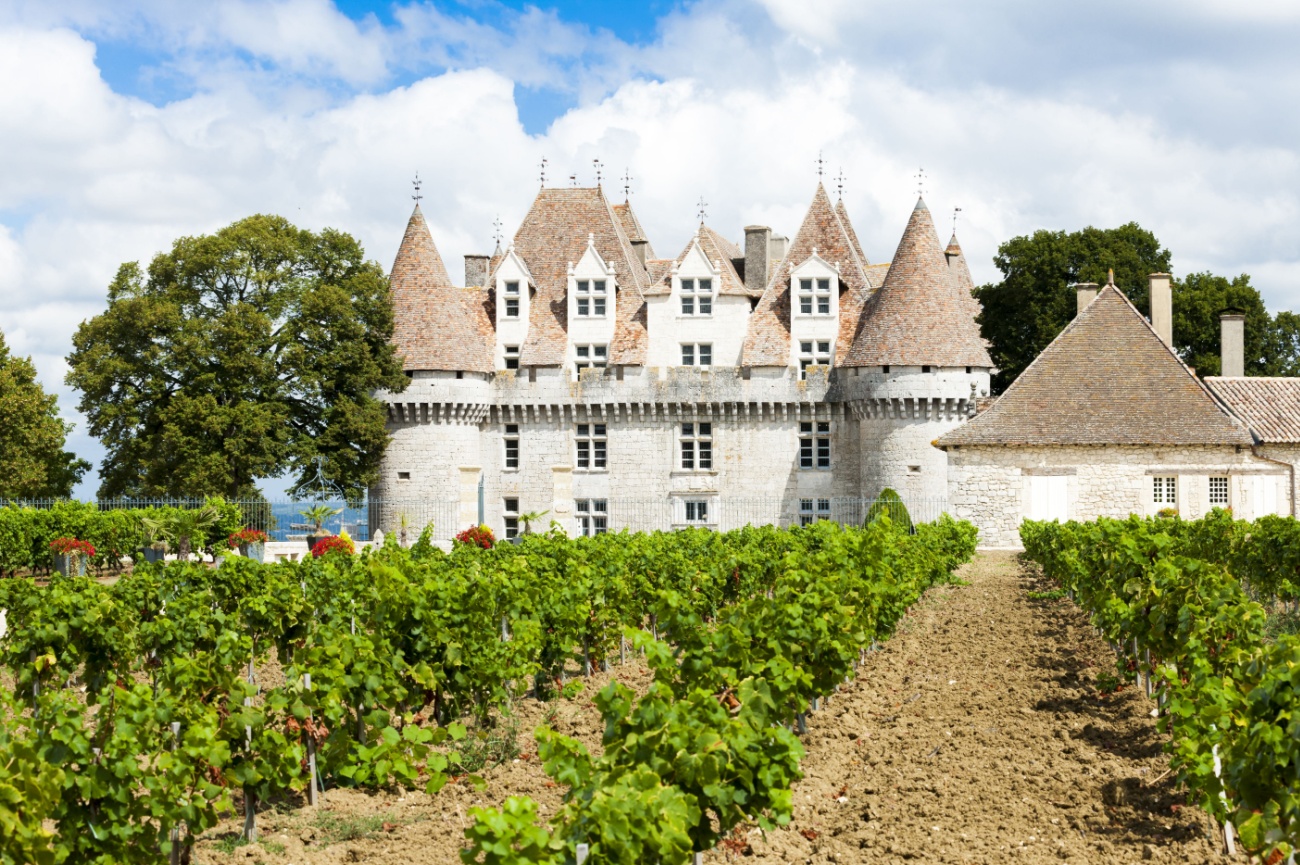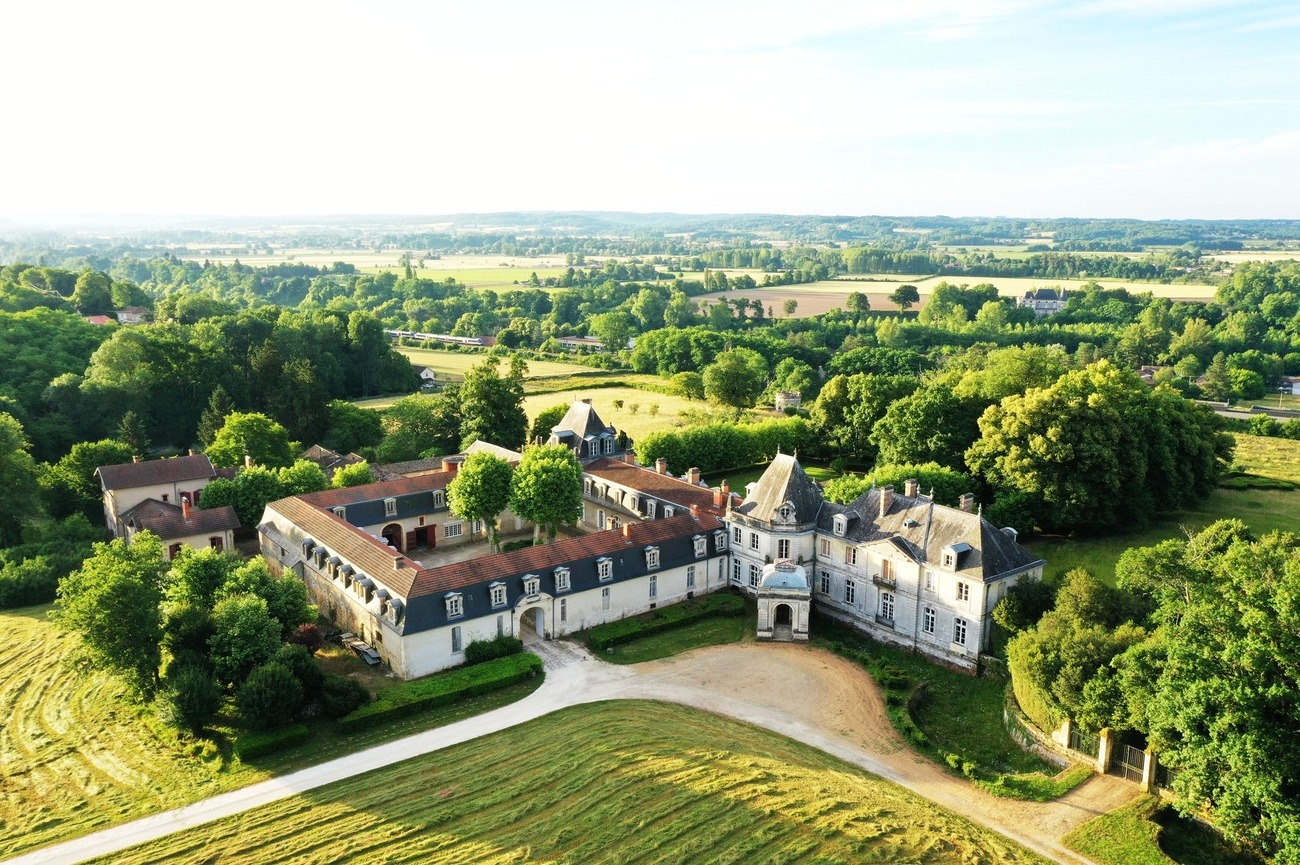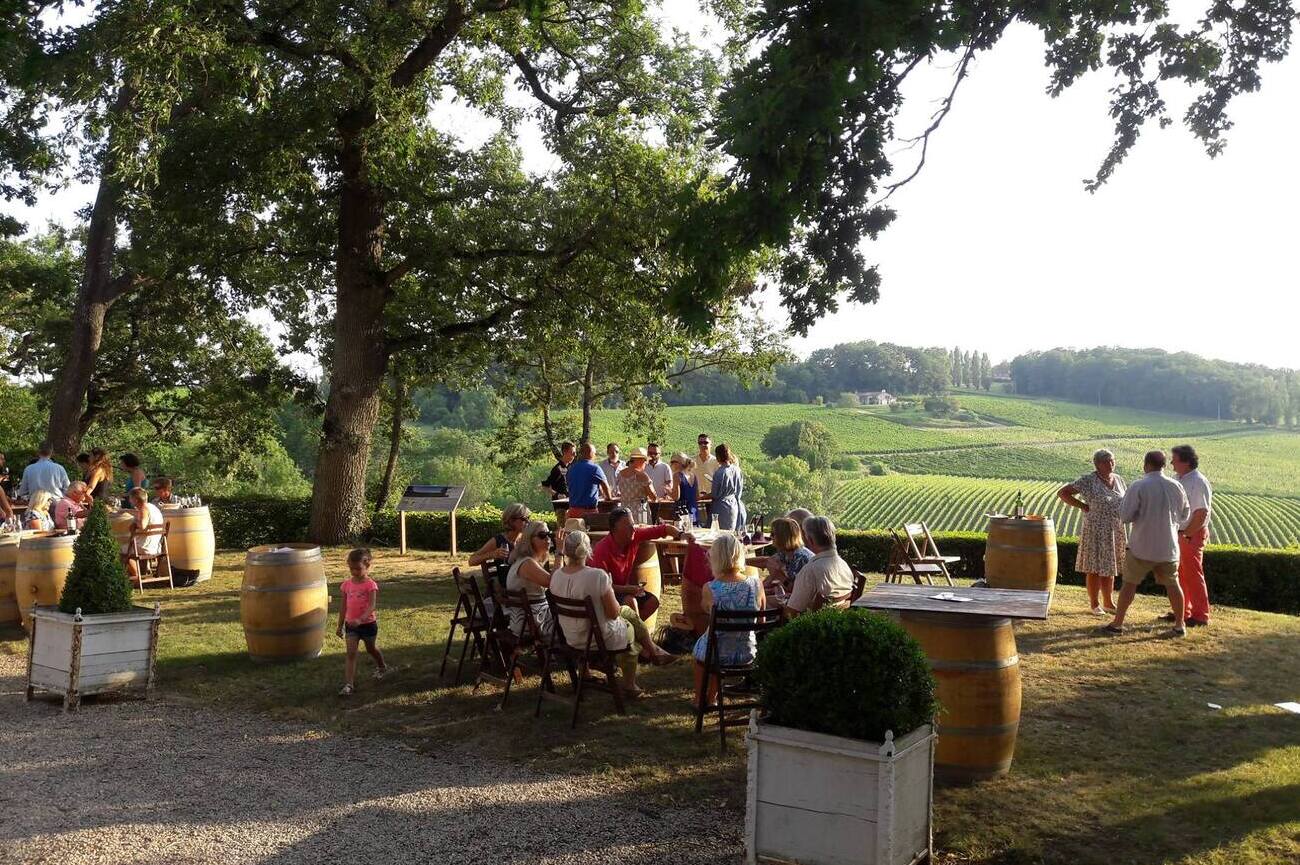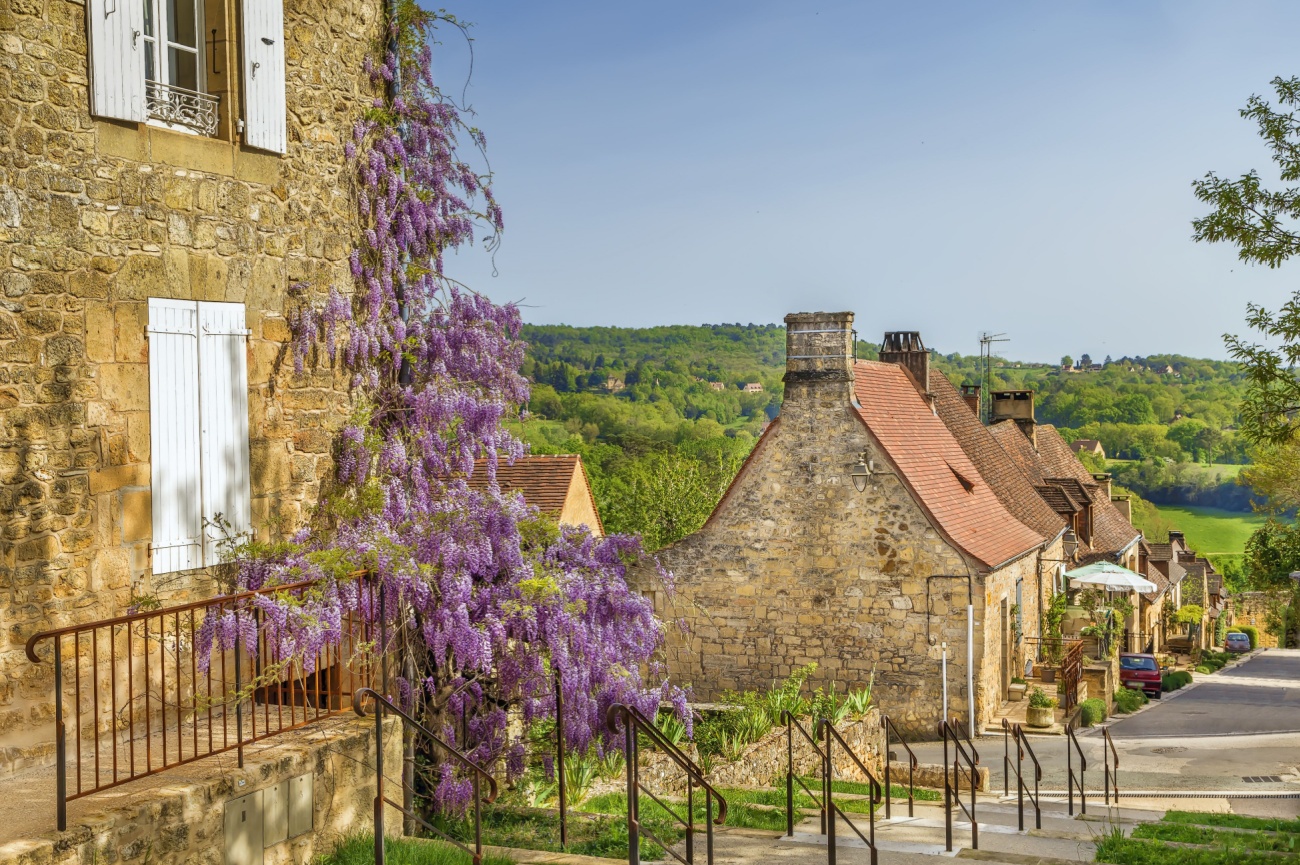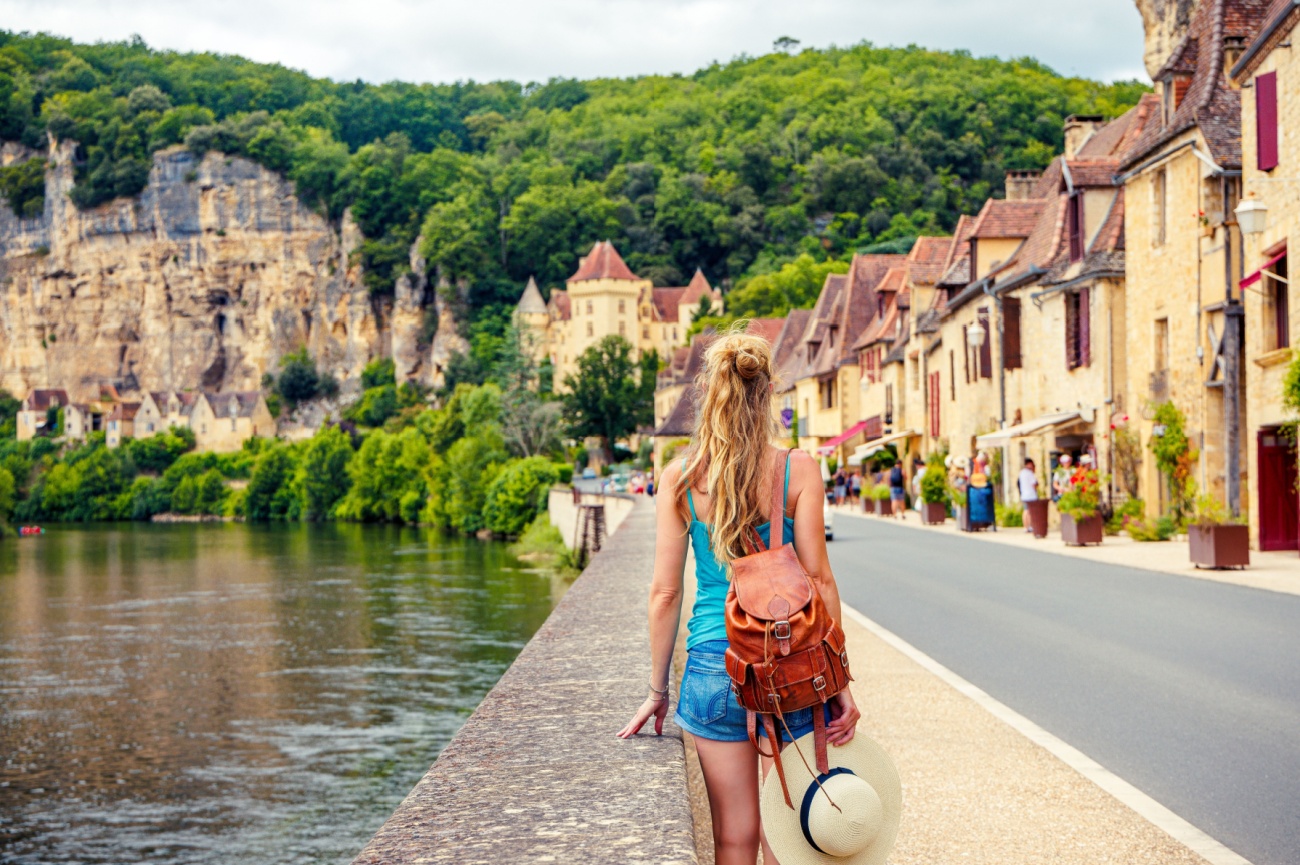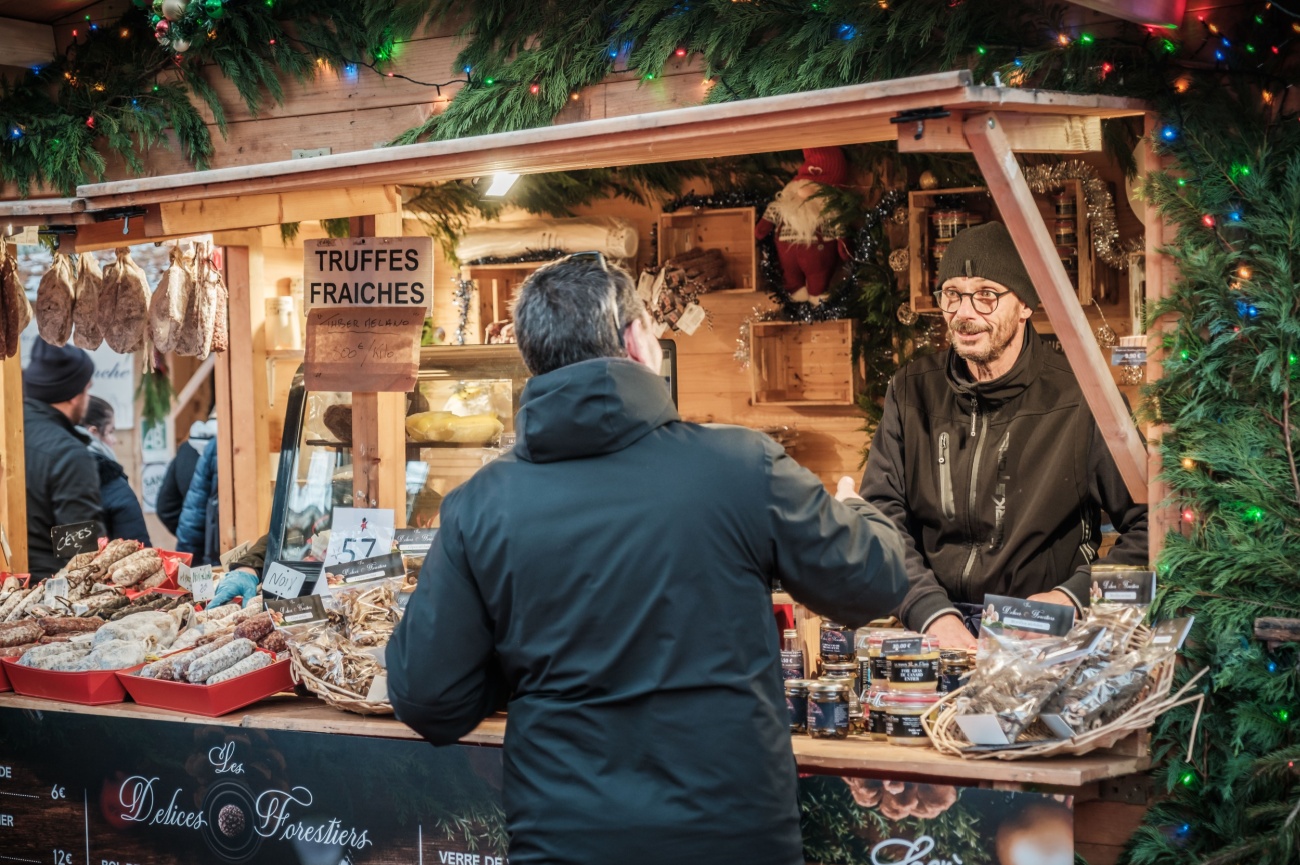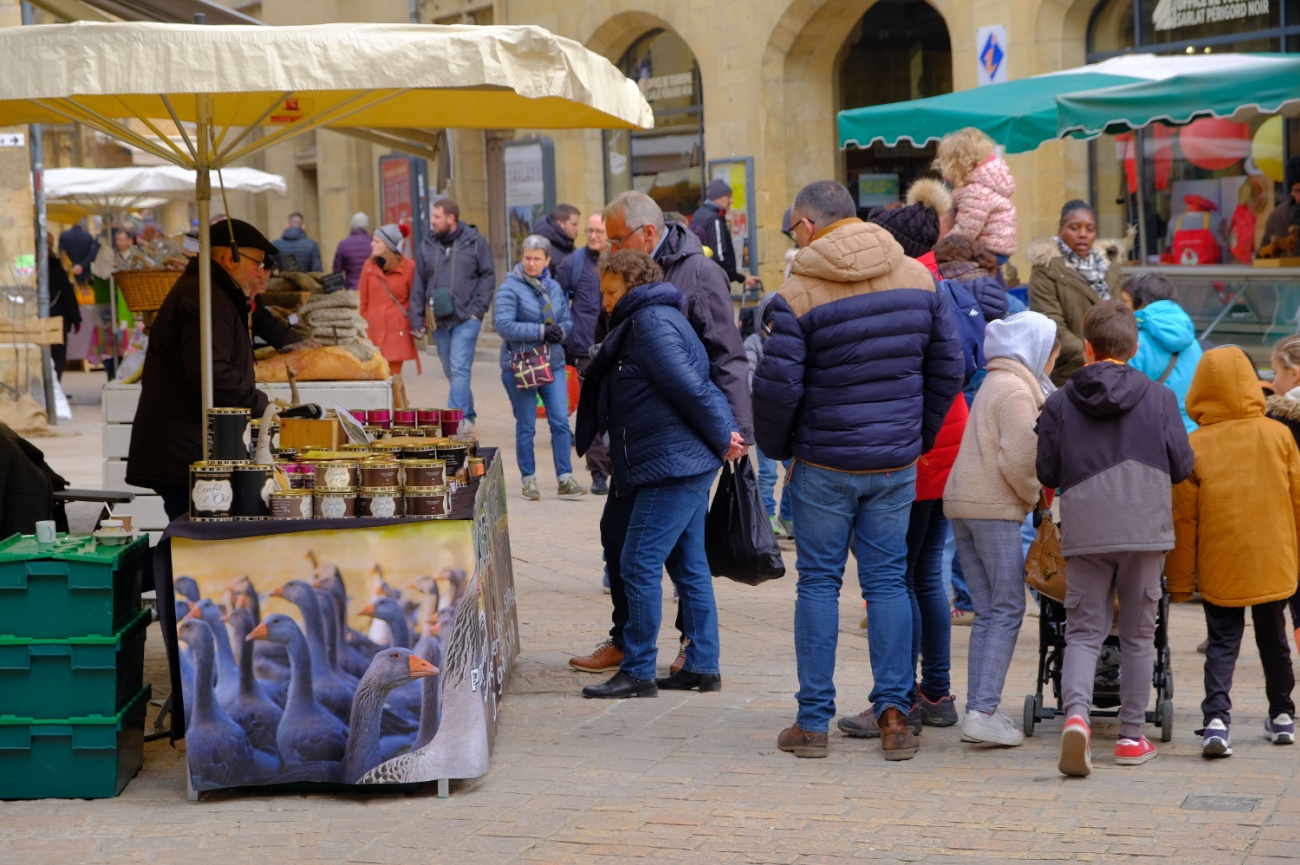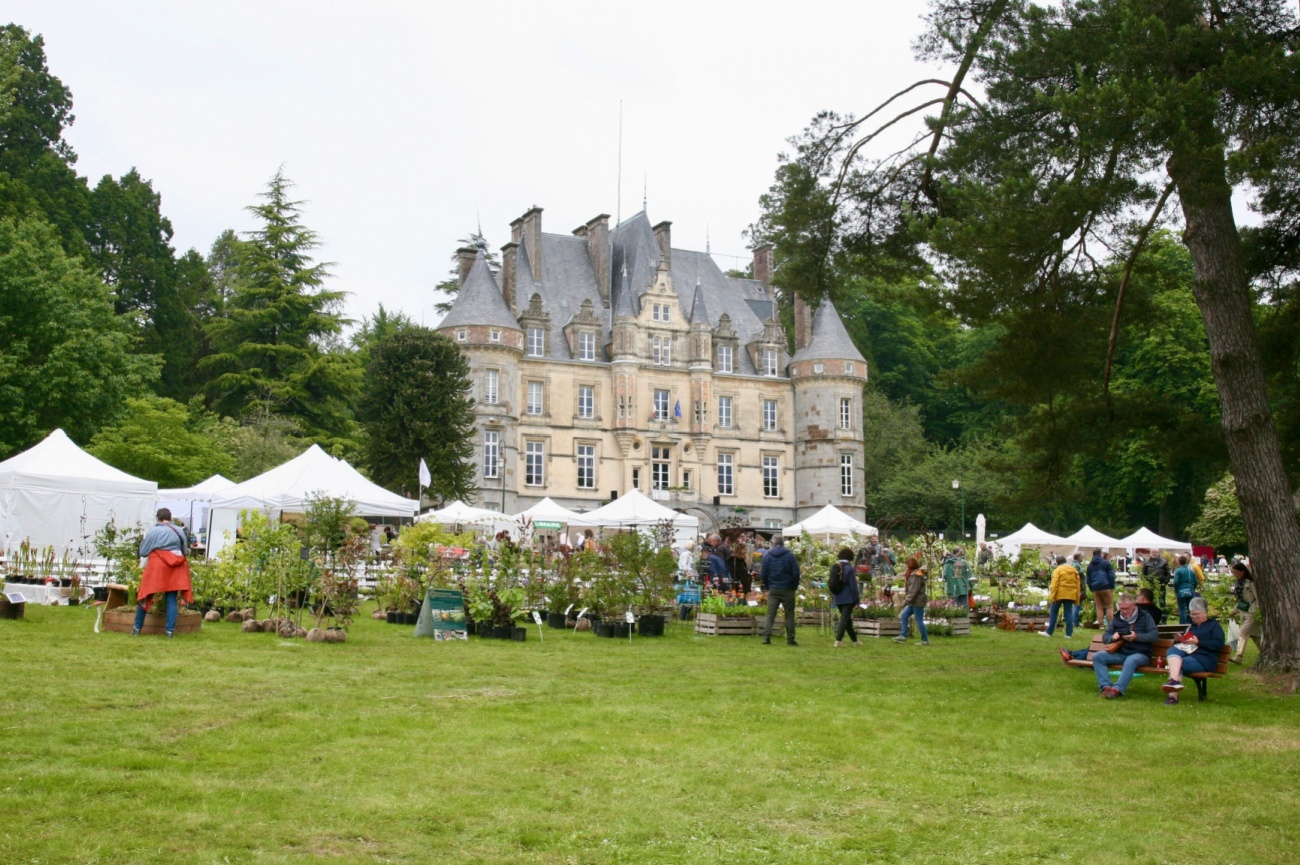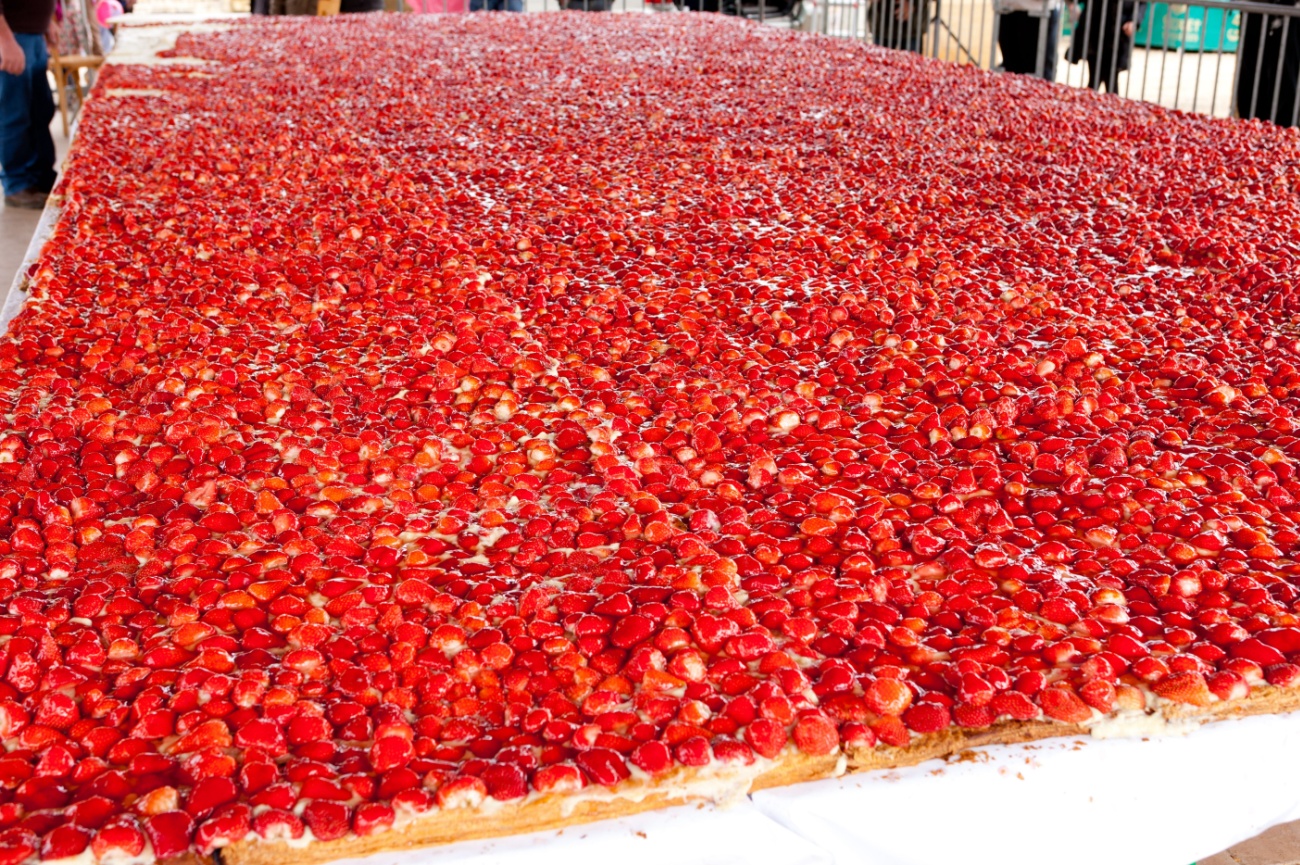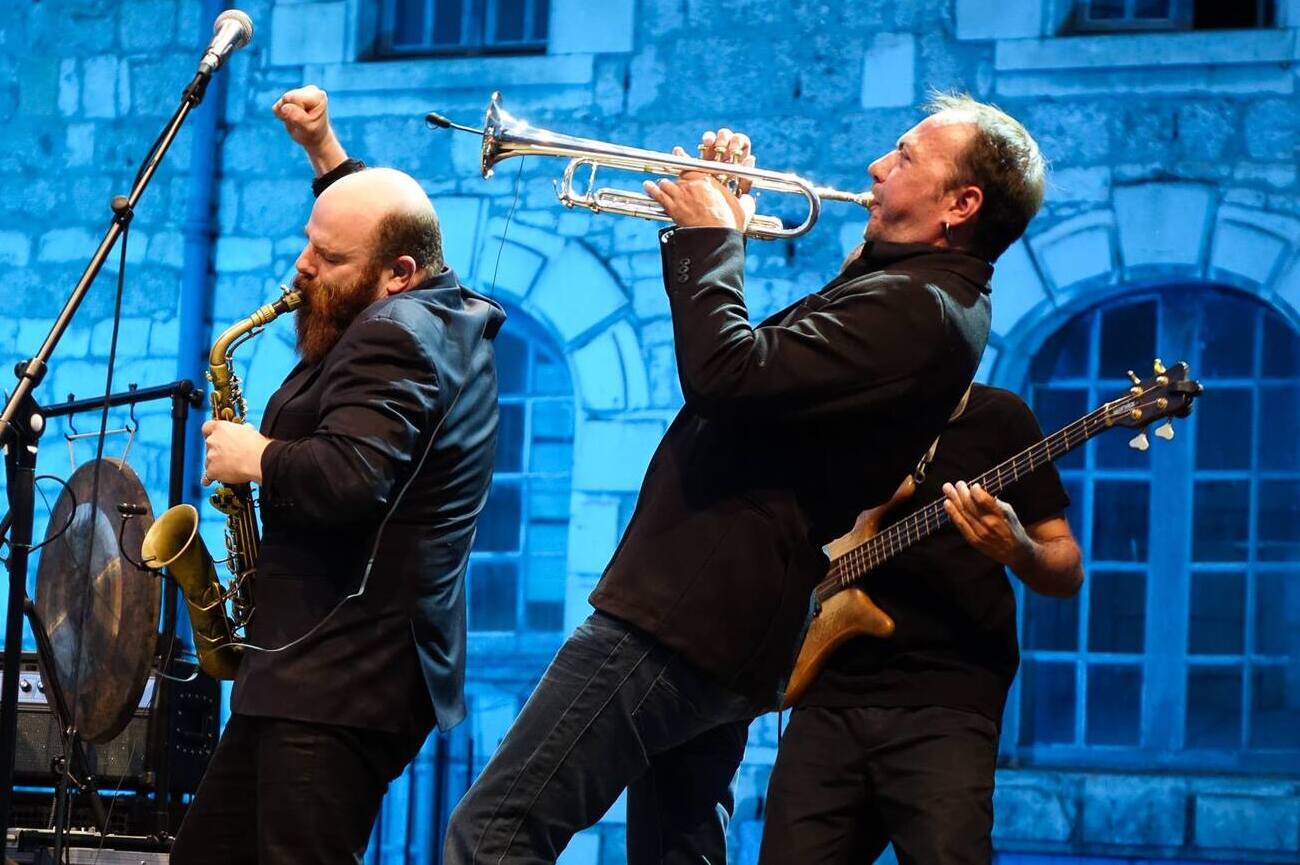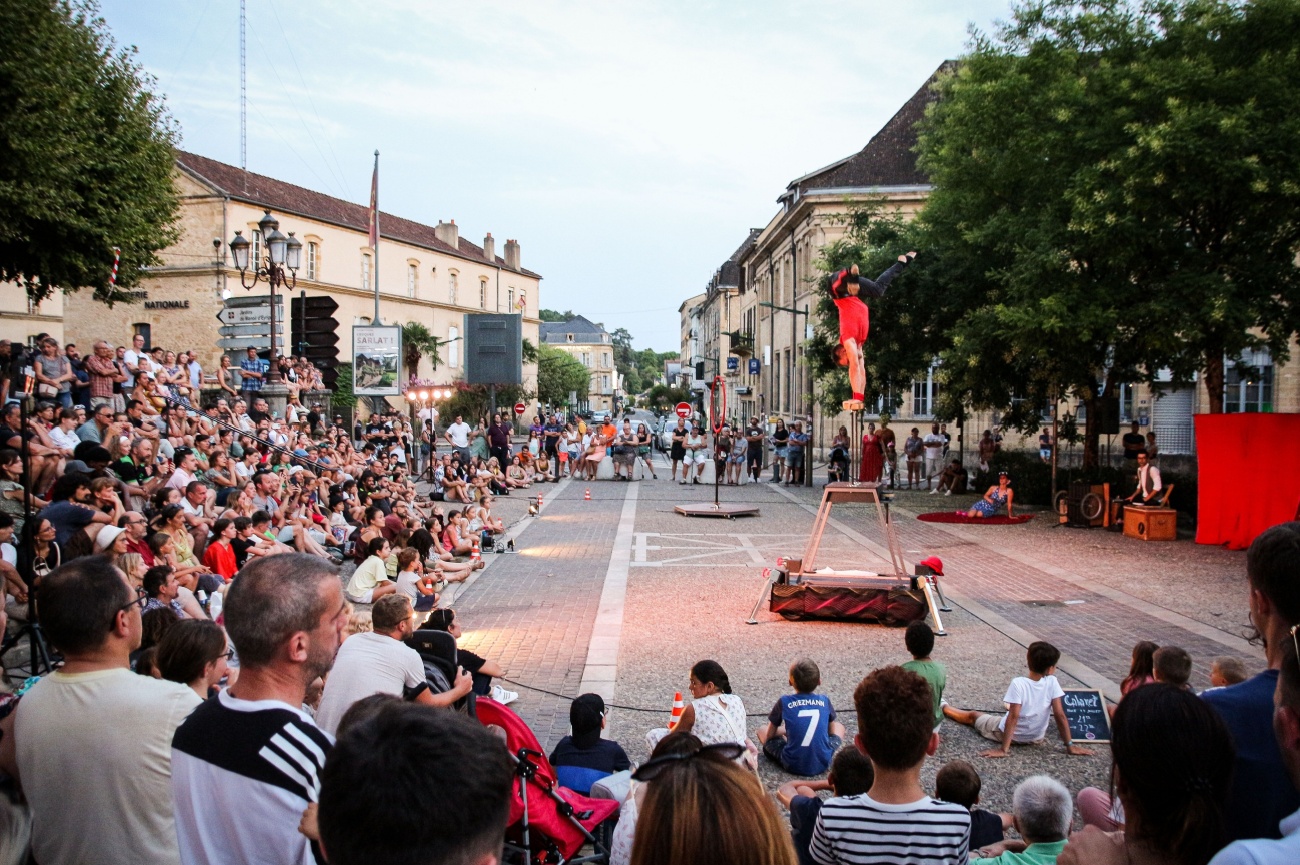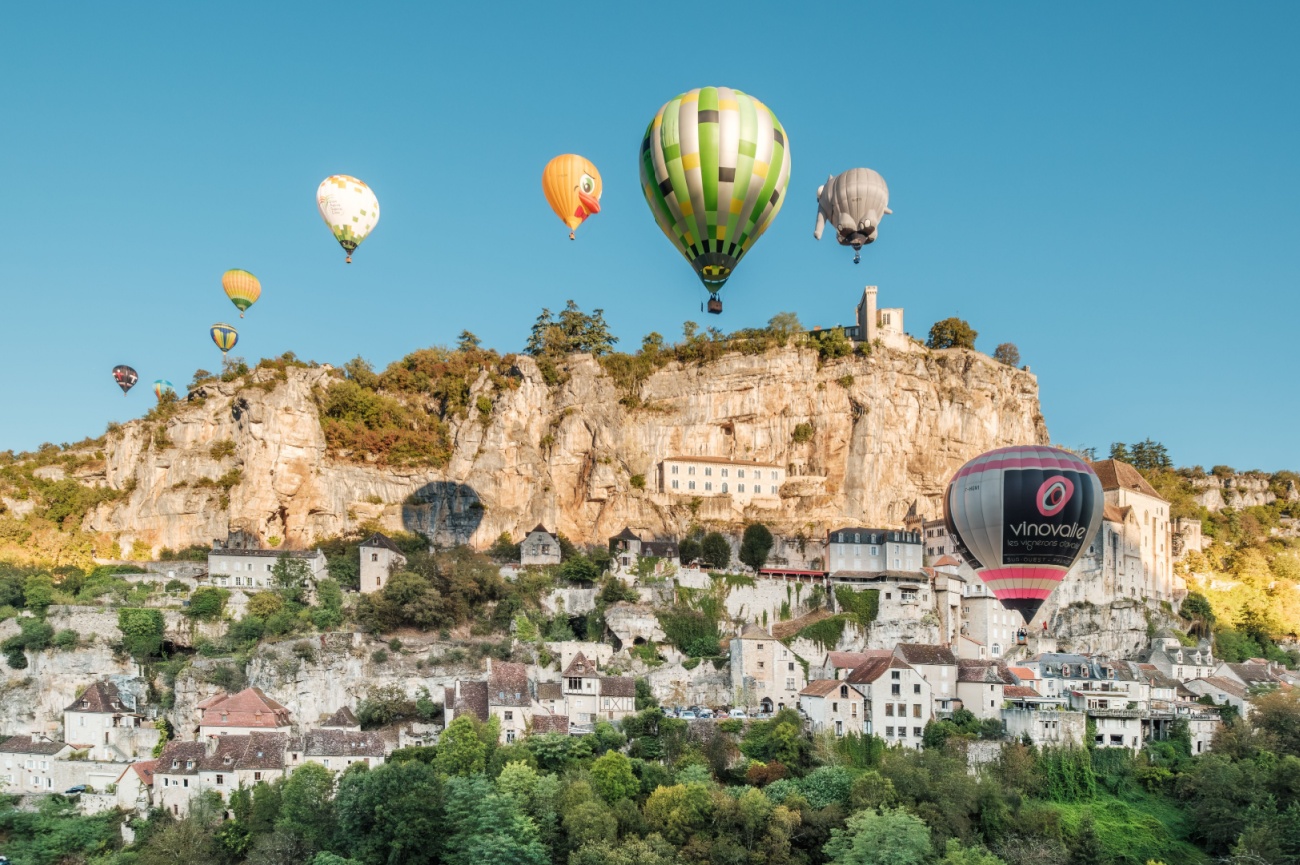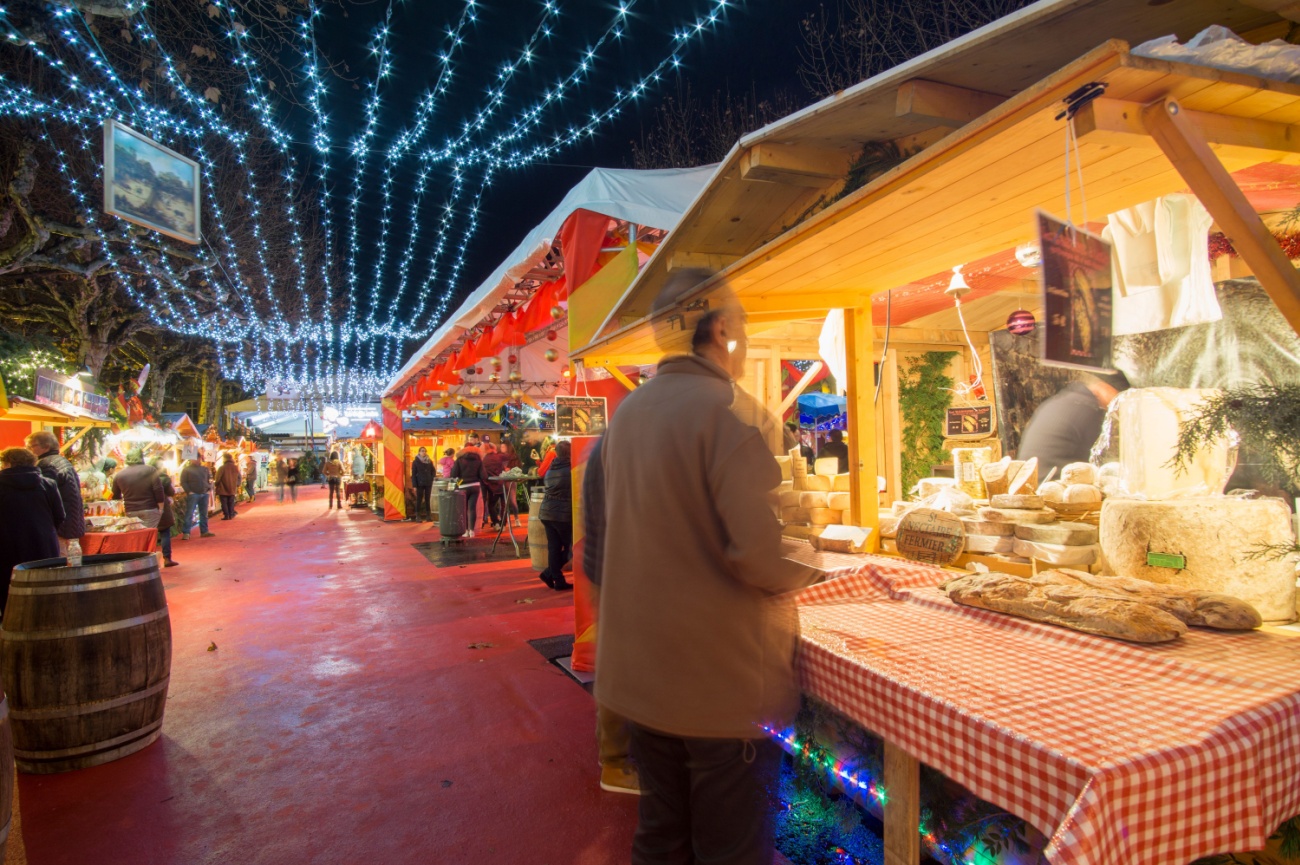THINGS TO DO IN Dordogne: 6-DAY ITINERARY
Do you love getting a bit off the beaten path, uncovering ancient history, and eating your way through gourmet food destinations? Skip Paris and head for the Dordogne, one of the most beautiful regions in France. Steeped in Medieval history and sprinkled with castles that are seemingly perched around every corner, the Dordogne is a magical department in the southwest of France.
Follow the languid Dordogne River on this six-day road trip through the heart of the sleepy Perigord countryside. Start in Perigueux, the largest city in the region, and end in Medieval Bergerac, checking off sacred shrines and ancient ruins along the way. You’ll hop between charming hamlets, each with their own claim to as the “most beautiful village in France”, and eat your way through local markets. Dordogne is truffle country, after all! Dripping with archaeological sites, including the best examples of prehistoric cave paintings in the world at both Lascaux and Font-de-Gaume, history buffs will be drooling over the countless Roman, Medieval, and Paleolithic wonders.
Have we convinced you yet? Come with us on a week-long trip through the Dordogne!
Dordogne Route Map
Day 1

Morning: Périgueux
The largest city in the Dordogne region, Perigueux is a city steeped in history that dates back thousands of years to its start as the Roman city of Vesunna. Perched on the Isle River, stroll through its terracotta roofed buildings and cobbled historic centre with the iconic bell tower and domes hovering in the sky.
Begin your morning in the heart of Perigueux with your first glimpse of Dordogne’s fascinating history.
Musee d’Art Archaeologie du Perigord
The first museum in Dordogne, the Musee d’Art Archaeologie du Perigord, was opened in 1835 and pays homage to the region's rich history. Their permanent exhibition holds over 33,000 artifacts and artworks, including fascinating pieces like the Regourdou man, a Neanderthal who lived in 90,000 BC near Lascaux, and over 2,000 objects that were brought back from French travelers and merchants who lived in Perigord and sailed to far off countries.
Saint-Front Cathedral
The UNESCO crown jewel of Perigueux, Saint-Front Cathedral was built in the 12th century. Characterized by its unique architectural features, including the famous five domes, if the Neo-Byzantine architecture seems familiar, that’s because the famous Sacre-Coeur in Paris was modeled after Saint-Front. Step inside to find beautiful frescoes, a grand organ, and the same chandelier that hung in Paris’ Notre Dame at Napoleon and Eugenie’s wedding. Many pilgrims stop here on their way to Santiago de Compostela in Spain.
Musée Militaire de Périgord
Opened in 1912, the Musee Militaire de Perigord pays tribute to France’s soldiers through artifacts collected during campaigns and conquests, including the Crimean and Algerian War. Explore over 1200 artifacts that have been collected over hundreds of years like uniforms, weapons, and even artwork.
Mataguerre Tower
Round out the morning at the edge of Perigueux’s historic centre at the Mataguerre Tower. The town of Perigueux was protected by ramparts and towers in the 13th century, this being the last of the 28 original towers. Admire its arrow slits and other defense features, all used to protect the city for centuries.
Day 1, morning - Dordogne Tour Map
Afternoon: Church of Saint-Etienne's-de-la-Cite
The Church of Saint-Etienne's-de-la-Cite was Perigueux’s main cathedral for hundreds of years before being attacked by protestants in the 16th century. Although it once fell into disrepair, the church was restored and can be toured today.
Square des Arenes
Perigueux’s history dates back to Roman times, and the Square des Arenes is one of the best examples of their ancient influence on the city. Step inside this circular park to reveal a 1st-century amphitheater that could hold up to 20,000 people at a time and beautiful, established trees.
Château de Barrière
Keep walking south to Perigueux’s Château de Barriere, a Medieval castle that was once the home to the Barriere family. Built in the 13th century, the castle lies in partial ruins but can still be visited today on a guided tour that highlights artifacts found nearby.
VESUNNA Gallo-Roman Museum
Continue discovering Perigueux’s Roman history at the VESUNNA Museum. The Roman city of Vesunna once stood where modern Perigueux stands today, a part of the ever-growing Roman Empire and Julius’ Caesar's conquest of Gaul. Explore the city’s magnificently planned roads, domes, and the amphitheater in miniature, as well as Roman artifacts that have been found during excavations throughout Perigueux. The museum itself is a beautiful, open-air concept designed by the architect Jean Nouvel.
Tour de Vesone
Your last stop of the day is the Vesone Tower, otherwise known as the Tour de Vesone. Once part of a Gallo-Roman temple, the tower was constructed in the 2nd century. Although the remnants you see today only reach 82’ in the air, they once towered almost 300’ above the city.
Day 1, afternoon - Dordogne Tour Map
Where
to Eat in Périgueux:
- Hercule Poireau: Nestled just outside the Saint-Front Cathedral, Hercule Poireau is the perfect spot to grab lunch or dinner in Perigueux. Housed inside a 16th-century building, expect a cozy ambiance, set menus, and classic Perigord fare like pan-fried duck breast with walnut crumble and red mullet with celery risotto.
- Cafe Louise: Also located in Perigueux’s historic centre, Cafe Louise combines classic Perigord flavors with Italian preparations. Delight in pancetta terrine with foie gras or walnut oil gnocchi in a laid back yet elegant setting.
- L’Essentiel: Perigueux’s only Michelin star restaurant, L’Essentiel is also tucked close to the cathedral and offers inventive cuisine in a vibrant setting. Feast on exquisitely created dishes like roast duck foie gras, Perigord porcini mushroom terrine, souffle with walnut liquor, and millefeuille—just to name a few.
Where to Stay in Perigueux:
- Le Moulin du Roc (5 star): A 30-minute drive outside of Perigueux, a stay at Le Moulin du Roc is worth the trek out of the city. This five-star resort is hidden away in the tiny village of Champagnac-de-Belair and perched along the Dronne River. With just 15 rooms, you’ll enjoy an intimate stay surrounded by nature. Rooms are the perfect mixture of modern and antique with period furniture, pitched ceilings, exposed beams, and leafy terraces. The onsite restaurant, Ròda, offers fine dining and focuses on Perigord ingredients, with some tables situated right on the river.
- Hotel Mercure Perigueux Centre (4 star): Situated just outside the historic centre of Perigueux, Hotel Mercure Perigueux Centre is a modern, four-star hotel. Travelers will find the usual offerings of a chain hotel, including spacious rooms—some with balconies that overlook the river—and a funky lobby. Breakfast is served every morning, and the Le Perigourdin bar offers the perfect spot for a nightcap after exploring the city.
Day 2

Montignac-Lascaux
The unassuming village of Montignac-Lascaux was little more than a sleepy hamlet until a group of teenagers discovered one of the world’s best examples of Paleolithic cave paintings in 1940. Originally created about 17,000 years ago, these paintings depict horses, ibex, mammoths, lions, bears, wolves, and more animals that would’ve been found in France during the Paleolithic period. Although the original cave was closed due to deterioration of the art, visitors travel from across the globe to visit the recreation, Lascaux II. Make the drive this morning to Montignac-Lascaux, about 50 minutes from downtown Perigueux.
Lascaux II
While you won’t get to go inside the original Lascaux caves (which were closed in 1963), Lascaux II provides the next best thing. A historical reproduction, Lascaux II allows visitors inside the cave system, only about 330 feet from the original site. The two main caverns, where about 90% of the paintings were created, are what you can explore at Lascaux II—the Room of the Bulls and the Axial Diverticulum. Be sure to book the Aux Origins experience, where a local guide will explain the cave's history and take you through Lascaux II by candlelight, much as the prehistoric peoples who created these cave drawings did thousands of years ago.
International Centre for Cave Art (Lascaux IV)
Learn more about this Paleolithic masterpiece at Lascaux IV, also known as the International Centre for Cave Art. Located just a few minute's drive from Lascaux II, this experience offers a perfect replica reproduction of the caves, created using 3D laser scanning technology, and a more interactive experience. You can also head up to the roof for panoramic views of the area. The building itself is a stunning work of modern architecture designed by Snøhetta and SRA architects.
Grotte de Font de Gaume
Continue exploring Dordogne's famous prehistoric cave paintings this afternoon at an equally magnificent site, Font de Gaume. It takes just 30 minutes to drive here from Lascaux.
While you can’t go inside Lascaux, you can go inside the Grotte de Font de Gaume! Some of the first cave paintings discovered in the region, these paintings date to around the same time as Lascaux, about 17,000 years ago. Head into this subterranean art museum to see 200 vibrant paintings of bison, reindeer, mammoths, and more. Be sure to book tickets at least a week in advance for this rare experience. If you’re still eager to find more cave paintings, the nearby Combarelles Caves and Cap-Blanc Shelter are within a 10-minute drive.
Musee National de Prehistoire
The most comprehensive collection of prehistoric artifacts in all of France, the Musee National de Prehistoire is the perfect spot to continue learning about the people who created the paintings at both Lascaux and Font de Gaume. You’ll have the chance to see Stone Age tools, Paleolithic art, weapons, and more. This museum is located in the heart of Les Eyzies.
Prehistory Interpretation Centre
A stunning, modern museum tucked along the Beaune River in Les Eyzies, the Prehistory Interpretation Centre unravels why this region of France and its landscapes were perfect for cave paintings. End your day of discovering Dordogne’s Paleolithic history by spending the night in the town of Les Eyzies, where the Grotte de Font de Gaume is.
Day 2 - Dordogne Tour Map
Where
to Eat in Les Eyzies:
- Le 1862: A Michelin star restaurant, tucked inside the Les Glycines hotel, Le 1862 describes its cuisine as “gourmet without being pretentious”. With a focus on Perigord ingredients, like black truffle and river trout, guests can dine in the elegant dining room or the sunny terrace.
- Bistrot le Louna: A cozy and inviting restaurant in the heart of Les Eyzies, Bistrot le Louna offers guests simple yet refined Perigord favorites like confit pork ribs and risotto and veal hanger steak, paired with gourmet desserts, local cheese, and a tidy drink list. Choose to enjoy your meal in the lush garden or in the warm and inviting interior.
Where to Stay in Les Eyzies:
- Hotel Restaurant Le Cro-Magnon (3 star): The aptly named Hotel Restaurant Le Cro-Magnon is a charming accommodation option in Les Eyzies. Simple yet cozy rooms with a mix of modern and antique furnishings overlook the beautiful countryside, just outside your window. Your hosts, the owners of the hotel, also offer homemade dinner most nights of the week.
- Hotel & Spa Les Glycines (4 star): Hotel & Spa Les Glycines is a four-star, peaceful respite in one of Dordogne's most beautiful villages. Choose from rooms, suites, and even an eco-lodge, all of which are outfitted with chic, modern furnishings. Head to the Sothys Spa to soak in the hot tub, sit in the sauna, or book a spa treatment, including massage. You’ll also find several onsite restaurants, including the Michelin star Le 1862, Les Bistro des Glycines, a bar, and wine cellar. You can even ask the chef to prepare a picnic lunch for you!
Day 3

Sarlat-la-Canéda
With medieval masterpieces, picture-perfect squares, and a beautiful mix of half-timbered and honey-colored limestone facades, Sarlat-la-Caneda is straight out of a fairytale. Make the 30-minute drive from Les Eyzies to Sarlat this morning (hopefully) in time to attend the Sarlat Market.
Sarlat Market
Gourmands can’t miss the chance to stroll the Sarlat Market. Open on Wednesdays and Saturdays, this is one of the best markets in all of France. Held in the shadow of the Cathedral of Saint Sacerdos, you’ll find Perigord products like honey, fresh produce from local farmers, and fresh baked bread, just to name a few. This is also a great spot to stock up on picnic supplies.
Lanternes des Morts
You might notice conical towers peeking out from their precipice on a hill in Sarlat’s centre. These are the Lanternes des Morts, 12th-century towers that are common in this region of France and are thought to have been a sign that a cemetery was nearby. It’s thought that this particular tower was built for a variety of reasons, including the visit of a Knight of the Templar or a founder of the Cistercian order.
Jardin des Enfeus
The Jardin des Enfeus surrounds the Lanternes des Morts. Known as the Garden of Fires in English, funerary rituals once took place here.
Cathedral of Saint Sacerdos
It took over three centuries for the Cathedral of Saint Sacerdos to be completed, but it was worth the wait. This charming cathedral in the centre of Sarlat was finally finished in 1685. Walk inside to reveal its simple yet elegant nave, stained glass windows, and imposing organ.
House of La Boetie
Just a few minutes walk from the cathedral stands the home of a distinguished Sarlat citizen, Etienne Boetie. A poet, diplomat, and judge, visitors can admire his 16th century home and its delicate Italian-Renaissance architecture.
Abbaye Saint-Claire
Wrap up your morning stroll through Sarlat at the Abbaye Saint-Claire, a former convent turned modern residences and another architectural delight.
Manoir de Gisson
Another stunning example of Sarlat’s architecture with a beautiful lauze roof and limestone facade, Manoir de Gisson is a 15-room manor house built in the 13th-century. Visitors can go inside this sumptuous home that once belonged to the Gisson family, a part of Sarlat nobility. Visit the lavishly decorated and designed consul’s apartments, vaulted cellars, and the whimsical Cabinet of Curiosities.
Fontaine Sainte-Marie
Quickly stop by the Fontaine Sainte-Marie, a holy water fountain, before continuing on to Old Saint Mary’s Church Covered Market.
Old Saint Mary’s Church Covered Market
Housed inside the 12th-century Saint Mary’s church, this unique market is the perfect spot to continue searching for local products like olive oil, wine, and dried fruit.
Day 3 - Dordogne Tour Map
Where to Eat in Sarlat-la-Caneda:
- Restaurant Le Grand Bleu: Enjoy delicious Perigord cuisine in an unpretentious yet refined atmosphere at Sarlat’s Restaurant Le Grand Bleu. Offering two different menu formules (three course, set menus), dishes are an elevated take on French classics and served with vibrant presentation in mind.
- Brasserie La Lanterne: Brasserie La Lanterne is a colorful take on the classic French brasserie in the core of Sarlat. Enjoy fresh salads, burgers, and traditional French dishes on their sunny patio, surrounded by striking architecture.
- Coin Coin: Tuck into a mouthwatering array of tapas at Coin Coin in the heart of Sarlat. These small dishes to share take inspiration from Perigord and Mediterranean cuisine, featuring fun and inventive bites like swordfish tartare, eggplant fries with salmorejo, and burrata with summer truffle.
Where to Stay in Sarlat-la-Caneda:
- Le Petit Manoir: Le Petit Manoir is just a four-minute walk from Sarlat’s Saint-Sacerdos Cathedral. This gorgeous four-star hotel is housed inside a 15th-century manor house. With just nine rooms to choose from, each named for famous French figures with ties to the region, you’re spoiled for choice with sumptuous decor fit for a palace and original features like fireplaces and exposed beams. Each room is also equipped with a king-size bed to ensure your beauty sleep. Enjoy a buffet breakfast, take a dip in the courtyard pool, or book a massage.
- Hotel Restaurant la Couleuvrine: Tucked on the eastern edge of Sarlat’s Old Town, Hotel Restaurant la Couleuvrine is another stunning accommodation option hidden inside a 15th-century rampart tower. Choose from 26 rooms, including some big enough to hold families, each decorated with simple yet colorful designs and original features. A delicious breakfast is served every morning and guests can also dine at the onsite restaurant.
Day 4

Rocamadour
Often thought of as one of the most beautiful villages in France, you can’t visit the Dordogne Valley without stopping in sacred Rocamadour. This mystical, hilltop Medieval city was built inside the Alzou Canyon in three distinct layers. Somewhat similar to Lourdes, miracles are said to have happened at Rocamadour, but you’ll have to visit to find out for yourself. It’s a one-hour drive from Sarlat to Rocamadour.
Château de Rocamadour
Originally built to protect the Rocamadour sanctuary below, the Chateau de Rocamadour is a 14th century, Medieval castle. While you can’t go inside the fortress itself, visitors can explore the ramparts, overlooking the city and Alzou Canyon far below. There is a large parking lot outside the Château de Rocamadour, making it a good first stop on your tour of the city. After walking around the castle and seeking out the ramparts, descend into the Medieval city by way of the Great Staircases with its legendary 216 steps—or one of the lifts.
Sanctuaire Notre-Dame de Rocamadour
Nicknamed “Medieval Lourdes”, Rocamadour wouldn’t be a religious pilgrimage site without the Sanctuaire Notre-Dame de Rocamadour. The perfectly preserved body of Saint Amadour was found in the year 1166, buried at the rocky precipice where the sanctuary stands today. Go inside the sanctuary, a UNESCO World Heritage Site carved right into the rock wall, to witness the Black Virgin. It’s said that Our Lady of Rocamadour was particularly holy to sailors and prisoners who she freed and watched over.
Basilique Saint-Sauveur
Built in the 13th century, the Basilique Saint-Sauveur was the church where pilgrims went to worship on arrival in Rocamadour. This place of worship is particularly poignant as its crypts are said to have once housed the remains of Saint Amadour. Also built into the rock, the wooden mezzanines and organ are particularly beautiful.
Grotte Préhistorique des Merveilles
Make the short drive out to the edge of Rocamadour next to visit the Grotte Prehistorique des Merveilles. These prehistoric caves are decorated with negative hands, a style of art that was achieved by blowing dye over a hand placed on the wall. You’ll also see paintings of deer and horses as well as stalactites. The cave is only open from April to October.
Day 4 - Dordogne Tour Map
Where to Eat in Rocamadour:
- Quercygnac: Quercygnac provides delicious yet simple meals for weary pilgrims and travelers alike. Tuck in to vibrant salads, local cheese, croque monsieur, foie gras, and a variety of other classic French dishes in this laidback restaurant on the edge of town.
- Beau Site: Situated in the centre of town, inside the Beau Site Hotel, the Beau Site Restaurant is one of the best in Rocamadour. Sit down for a meal to remember in their bright dining room, with views of Rocamadour’s cliffside. All dishes utilize fresh, local ingredients with highlights that include confit veal shoulder with polenta, Quercy leg of lamb with potatoes au gratin, and Rocmadour’s famous cheese with black cherry jam for dessert.
Where to Stay in Rocamadour:
- Hotel Beau Site (Rocamadour): Located in the centre on of Rocamadour, Hotel Beau Site is a three-star hotel situated on the cliffs of the Alzou Valley, offers a charming retreat with stunning views and easy access to the Rocamadour Sanctuary. Rooms are modern and cosy, with air conditioning, a TV, and Wi-Fi. The panoramic dining room boasts views of the Alzou Valley, while the Jehan de Valon restaurant serves regional gourmet cuisine. Le Bistro offers traditional options, along with a bar and terrace.
- Les Esclargies: Located on the outskirts of Rocamadour, Les Esclargies is a three-star hotel situated on the Rocamadour plateau and surrounded by hundred-year-old oak trees. Rooms are modern and minimal with terraces or patios that open out to the leafy courtyard. A gourmet, buffet breakfast is served outside (when the weather permits) and features local products including pastries, yogurt, and fresh fruit.
Day 5

Dordogne Bastide Villages
Make your way to your first of three bastide towns this morning, dotting the Dordogne River. You’ll drive about an hour west to the charming village of Domme from Rocamadour. Perched on a hilltop above the river, Domme offers some of the most dramatic scenery and panoramic vistas in the region. A crucial stronghold during the Hundred Years War, Domme is also steeped in Medieval history.
Morning: Domme
Start exploring Domme by strolling its cobbled lanes and beneath its many stone arches.
La Porte de la Combe & La Porte del Bos
Two of Domme’s beautifully preserved fortified, stone archways, La Porte de la Combe and La Porte del Bos help to tell the history of this Medieval town. Completed in 1310, these very fortifications helped protect the city during the Hundred Years War. Although it did eventually fall to the English, the town remained intact.
Les Mysterieux Graffiti
Two towers stand at the Medieval entrance to Domme. The Knights Templar were once taken prisoner in these very walls by King Philip IV. Look closely to see the graffiti they left behind, an emblem of the Holy Grail. Visitors can see the graffiti independently during the summer or join a guided tour at the Visitor’s Centre which is highly recommended!
Grotte de Domme
Head into subterranean Domme on a tour of the caves that lie beneath the city. The Grotte de Domme is a fun adventure, exploring the striking cascades of stalactites and stalagmites that hang from the ceiling and grow from the floor. You’ll walk through almost 1,500 feet of trails that wind through these glittering caverns.
Buste de Jacques de Melville
Continue to the edge of town to see the Buste de Jacques de Melville, a famous Domme resident who helped create France’s Civil Code.
Vue Panoramique de Domme
End your foray through Medieval Domme at the Vue Panoramique, the best place in town to soak up the views from Domme’s dramatic precipice.
Day 5, morning - Dordogne Tour Map
Afternoon:
La Roque Gageac
Continue driving just 10 minutes to La Roque Gageac before finishing the day in Beynac-et-Cazenac, another 10 minutes to Beynac-et-Cazenac.
Tucked beneath a limestone cliff overhang, La Roque Gageac is another quintessential village along the Dordogne River.
Bambousaie de la Roque-Gageac
Your first stop in La Roque Gageac is an unusual one, a thick bamboo forest at the edge of the Dordogne River. This five-hectare bamboo grove was first planted at the turn of the century when resident Gabriel Tarde brought bamboo plants back from the World’s Fair in Paris. Other exotic plants, including different varieties of bamboo species, have been planted in these gardens since. Visitors can also pop into the restaurant and bar onsite. The bamboo grove is only open from April to early October.
River Viewpoint
Head towards the Dordogne River to Roque-Gageac’s river viewpoint for picture-perfect views of the village.
Fort de la Roque-Gageac
Climb up, 130 feet, above the village to the Fort de la Roque-Gageac. This troglodyte fortress was built in the Middle Ages and, despite being carved into the rock, retains Medieval ramifications like a moat, parapets, and gunports. Explore the exhibition which details the history of the fort, historical figures, and a natural cave.
Les Jardins de Marqueyssac
Situated on the far western edge of La Roque-Gageac, Les Jardins de Marqueyssac are the stunning gardens that surround the chateau of the same name. The most visited gardens in Southwestern France, this National Historic Monument was created in the 1800s. Explore three miles of pathways that lead through perfectly manicured boxwoods to reveal stunning panoramic vistas, waterfalls, and secret cottages. If you happen to be visiting in summer, don’t miss their candlelight evenings when thousands of twinkling candles are scattered through the gardens, and live music is in full swing.
Château de Marqueyssac
Visitors to the gardens can also stop by the small chateau, built in the 17th century by Bertrand Vernet de Marqueyssac. While you can’t go inside, you can admire its romantic architecture while also discovering the gardens.
Beynac-et-Cazenac
Make your way to the final bastide village of the trip, Beynac-et-Cazenac. Famous for its 12th-century castle, discover this Medieval town perched on a 200-foot cliff.
Château de Beynac
Perched atop a limestone cliff overlooking the village of Beynac-et-Cazenac and the Dordogne River, Chateau de Beynac is one of the most formidable castles in the region. Built in the 12th century, famous figures once slept in its halls, including King Richard the Lionheart, members of the Crusades, and Simon de Montfort. Visitors can tour the primitive keep, stateroom, guard room, oratory, 17th-century salons, kitchens, and barbicans, connected by striking Renaissance staircases and all remarkably preserved. Terraces also offer unprecedented views of the Dordogne River.
Day 5, afternoon - Dordogne Tour Map
Where to Eat in Dordogne Bastide Villages:
- Auberge de la Rode (Domme): Hidden in the heart of Medieval Domme, Auberge de la Rode is a humble restaurant serving up French comfort food at its finest. You’ll find heart-warming dishes like beef tenderloin with truffle sauce, cassoulet, and a mouthwatering array of desserts.
- La Belle Etoile (La Roque Gageac): A Michelin Guide restaurant situated just below La Roque-Gageac’s Medieval fort, La Belle Etoile offers fine French cuisine served in their welcoming and elegant dining room. Choose from set menus that feature dishes like local fish, lamb, escargots, foie gras, local cheese, and yummy desserts.
- Tout la O (Beynac-et-Cazenac): A cozy restaurant perched just opposite the Chateau de Beynac, Tout la O is the perfect spot for dinner after a long day of exploring. Dine in or out at this charming restaurant that focuses on fresh, local ingredients and serves dishes like tartare de boeuf, charcuterie boards, and bruschetta.
Where to Stay in Dordogne Bastide Villages:
- Domaine de Rochebois (5 star) (Domme): The Domaine de Rochebois is a sprawling, 19th-century mansion turned gorgeous, five-star hotel. Located just a 10-minute drive from Domme, guests will delight in amenities like the luxury spa, complete with an herbal tea room and heated sensory pool, stunning gardens, and the beautiful Bar Josephine to sip a glass of wine. Several alternative onsite dining options include an elegant fine dining restaurant, a 360° rooftop, and more. Rooms and suites are tastefully decorated and designed with plush furniture and feature large soaking tubs.
- Château de la Malartrie (Roque-Gageac): Instead of simply admiring the chateaux that are scattered throughout the Dordogne, why not spend the night in one? The Chateau de la Malartrie is a 12th-century castle situated just outside the Medieval bastide village of Roque-Gageac. Choose from one of five rooms, each with a mix of antique and modern furnishings, or one of the apartments for a larger group. Spend time in the colorful gardens that overlook the Dordogne River, lounge on the terrace, or take a dip in the heated riverfront pool.
Day 6

Bergerac
Finish your grand tour of the Dordogne in one of the region’s largest cities, Bergerac. Hugging the Dordogne River, this little Medieval town has been inhabited for thousands of years. A popular trade port since the Hundred Years War, the city has seen its fair share of tumult and has the history to show for it. Make the one hour drive to Bergerac from the bastide villages this morning to discover this city, surrounded by vineyards.
Notre-Dame de Bergerac
A bit of a change from the Medieval churches you’ve been exploring so far, Notre-Dame de Bergerac was built in the 19th century. Admire its Neo-Gothic architecture, including the staggering 260 foot tower, designed by architect Paul Abadie who also designed the Sacre Coeur. Step inside to see the soaring nave and the stained glass windows that line it.
Halle de Bergerac
Make a pit stop at Halle de Bergerac, the city’s covered market, to find local produce, charcuterie, cheese, and more. Originally built in 1887, the hall was restored in 2021.
Musee du Tabac
Tobacco and France have an inextricable bond tied to both culture and heritage. Explore this unique codependency at the Musee du Tabac through smoking paraphernalia, an intriguing film, and artifacts from across the globe, all housed inside the Maison Peyrarede, a 17th-century manor house.
Protestant Temple of Bergerac
While most of France was devoutly Catholic, Bergerac was an outlier and remained majority protestant during the Wars of Religion. The Protestant Temple of Bergerac is a vestige of this time in history. Visits are only allowed at very specific times of day as Protestant churches aren’t open to the public like Catholic cathedrals.
Statue Cyrano de Bergerac
Make a brief stop at the Statue of Cyrano de Bergerac, a character immortalized in Edmond Rostand's play by the same name.
Place de la Mirpe
Continue exploring Bergerac by strolling through the leafy Place de la Mirpe, fringed with half-timbered buildings, before continuing on to visit the Dordonha.
Dordonha
Finish your tour of Bergerac at the Dordonha Museum, dedicated to the sculptor Constantin Papachristopoulos. Famous for breaking away from Rodin’s style, admire 60 of his sculptures, many of female figures and busts. This museum is also known as Musee Costi.
Quai Cyrano
End your epic trip through Dordogne by toasting with a glass of local, Bergerac wine. Quai Cyrano is a community gathering space where retailers from around Purple Perigord (the region where Bergerac is) show off their delicious products. Visitors can order a glass from the wine bar, which has over 140 different bottles from the region, and sip in either the 17th century Cloître des Recollets or on the terrace that overlooks the Dordogne River.
Day 6 - Dordogne Tour Map
Where to Eat in Bergerac:
- Le Bistro d’en Face: A Michelin Bib Gourmand restaurant perched right on the Dordogne River, Le Bistro d’en Face is an unassuming yet delicious spot to enjoy lunch or dinner in Bergerac. Enjoy elevated French bistro fare with dishes like grilled turbo, duck foie gras, and Perigord chicken, and a wonderful selection of wine to enjoy as you watch the river slip by.
- Aux Tabliers Noirs: Aux Tabliers Noirs is a small, family-owned restaurant in the heart of Bergerac. Choose from several menu formule (set menus) with entree choices like filet mignon and roasted seabream, rounded out with delicious desserts and vibrant appetizers.
Where to Stay in Bergerac:
- La Chartreuse du Bignac (5 star): Located 15 minutes outside Bergerac in the heart of the Perigord countryside, La Chartreuse du Bignac is a four-star hotel and peaceful respite in nature. Housed inside a 17th-century building, the property sits on a hill that overlooks vineyards and offers amenities that include an outdoor swimming pool, private parking, and room service. Suites and rooms are cozy and charming with exposed beams, brick fireplaces, and double door windows overlooking the estate. This is the ultimate romantic getaway.
Other
Things to Do in Dordogne
- Ascenseur Panoramique (Sarlat): The bell tower of Eglise Sainte-Marie hides a secret in Sarlat-la-Caneda — panoramic views of the city and surrounding landscapes! Ride the Ascenseur Panoramique (panoramic elevator) to the top of the tower for 360° scenery.
- Go Canoeing: Canoeing is one of the most popular activities in Dordogne and one of the best ways to soak in the stunning natural scenery that this region is known for. A UNESCO Biosphere Reserve, the Dordogne River basin winds its way 130 miles through the countryside, a route that has countless canoe and kayak companies providing all your equipment along the way. You’ll paddle past hilltop chateaux, limestone cliffs, and right through the heart of enchanting riverside villages.
- Hot Air Balloon Over the Dordogne Valley: Taking a hot air balloon ride over the Dordogne Valley is an unforgettable adventure, soaring over countless castles. Known as montgolfieres in French, you can go hot air ballooning from several towns in Dordogne, including Beynac-et-Cazenac, Domme, and La Roque Gageac.
- Visit a Winery: The Dordogne region was once covered in vineyards. Unfortunately, due to phylloxera, many grapevines were wiped out. It wasn’t until recently that Dordogne wineries started making a comeback. Known for producing delicious red wine, some of the best places to taste are just outside Bergerac. Chateau du Haut Pezaud, Chateau Corbiac, Domaine de l’Ancienne Cure, and Cave de Monbazillac are just a few that are worth stopping by.
- Gouffre de Padirac: By now, you’ve seen just how many caves dot the Dordogne countryside, but perhaps none are as magnificent as the Gouffre de Padirac. This unforgettable experience begins by descending almost 250 feet into the earth by stairs before climbing into a boat to make a half-mile journey via the subterranean Plane River. You’ll then float along the Rain Lake, admiring the cave's fascinating, illuminated caverns, before reaching the Gours Lake and the Great Dome Room.
- Jardins d’Eyrignac: Just a 20-minute drive outside of Sarlat, the Jardins d’Eyrignac are a stunning example of 17th-century gardens. Over 300 sculpted plants surround the manor house; visitors can stroll through seven different gardens, including the Rose Garden and beautiful water features scattered throughout 200 hectares of land. If you work up an appetite, stop by the restaurant and tea room.
- Abbaye de Brantome: Located north of Perigueux in the town of Brantome, the Abbaye de Brantome sits perched on the Dronne River. Built in the year 769 by none other than Charlemagne himself, tour the abbey to reveal its fascinating history and to see the Cave of the Last Judgement, a troglodytic dwelling carved into the limestone where the first monks lived. This is one of the most fascinating religious sites in the Dordogne!
- La Roque Saint-Christophe: You might be starting to see a troglodytic theme in Dordogne, and La Roque Saint-Christophe is no exception to the rule. A city carved into the cliffside that overlooks River Vezere, it's thought that this shelter was first used by Neanderthals and Cro-Magnon man before becoming a fortress in Medieval times.
- Les Cabanes du Breuil: A cluster of agricultural huts on the outskirts of Sarlat, Les Cabanes du Breuil was created sometime between the 19th and early 20th centuries. Now an open-air museum, a visit to these huts reveals what life was like for many Dordogne farmers at the turn of the century. These beautifully preserved structures have also been used as a popular backdrop for films like Les Miserables.
- Chateau Castelnaud: One of the most impressive castles in the Dordogne region, Chateau Castelnaud sits perched over the Dordogne River between Beynac-et-Cazenac and La Roque Gageac. Yet another chateau that was built in the 12th century, this particular castle has been remarkably preserved. Take a tour of the castle itself and the Museum of War in the Middle Ages to learn more about Medieval weaponry.
Day Trips From Dordogne
- Bordeaux: One of France’s most famous wine towns (and regions), Bordeaux is a beautiful metropolis in the Nouvelle-Aquitaine region. As one of the largest cities in France, there are so many incredible things to do in this wine capital, including dining at Michelin-star restaurants, visiting the Saint-Emilion wineries, and admiring the stunning architecture. Bordeaux is about 1.5 to 2 hours from most towns in the Dordogne.
- Arcachon: Situated on a peninsula that juts into Arcachon Bay, the beautiful resort town of Arcachon is the perfect seaside getaway near Dordogne. Known for fresh oysters and the towering Dune du Pilat to the south, the city is two hours from Perigueux and three hours from Sarlat.
- Limoges: About an hour and a half from both Perigueux and Sarlat, Limoges makes for a fun day trip from Dordogne. Known for its porcelain and glass work, take a tour of the Musee National Adrien Dubouche or the Musee Beaux-Arts to take a peak at this stunning artform. The city of Limoges itself is a beauty, dripping with Medieval architecture.
- Montauban: Just 1.5 hours from Perigueux, Montauban is a striking, red-brick city in the Occitanie region of southern France. Pay a visit to the Musee Ingres, a stunning art museum, or simply stroll the Place Nationale. After exploring, go in search of the famous Montauban cake, made with orange blossom, vanilla, and rum.
- Abbey of Cadouin (Cloître de Cadouin): Less than 45 minutes from Bergerac, the Abbey of Cadouin is a must-visit religious site in the Dordogne. Tucked in the village of Cadouin lies this UNESCO World Heritage Site, most famous for its beautiful Gothic cloister. The abbey is an important stop for pilgrims on their way to Santiago de Compostela and was founded in the 12th century by Cistercian monks.
- Limeuil: About 45 minutes outside of Sarlat, Limeuil is a quintessential Dordogne bastide village situated at the confluence of the Dordogne and Vezere Rivers. Popular for canoeing trips, the town makes for an idyllic stop on a Dordogne itinerary.
- Château de Fenelon: Just 30 minutes outside of Sarlat, the Château de Fenelon is a 13th-century castle and an important stronghold during the Hundred Years War. Explore the property, including its gatehouses, terraces, and gorgeous Medieval interior.
Top Things to Do With Kids in Dordogne
- Cornille Aventure: An adventure park located outside of Perigueux, Cornille Aventure offers an 18 hole mini golf course, escape game, an outdoor tree climbing park with zip lines, and outdoor laser tag.
- La Fôret des Singes: Wild monkey in France? La Foret des Singes is an animal sanctuary and home to over 100 barbary macaques. Spread over 20 hectares near Rocamadour, children can observe the monkeys from a trail that circumnavigates the forest, attend feeding talks, and play games based on all things monkey! For children 14 and up, Breakfast with the Monkeys is a fun, private activity led by a local guide. You’ll get the chance to feed the monkeys their breakfast and learn more about them.
- Truffadou Steam Train: About 30 minutes north of Rocamadour, the Truffadou Steam Train is a fun experience for the whole family. Hop aboard this antique locomotive as it chugs over bridges and along tributaries of the Dordogne River to the town of Saint-Denis-les-Martel and back.
- Gramat Animal Park: Another animal themed activity near Rocamadour, the Gramat Animal Park is home to over 150 different European species. Discover wolves, bears, lynx, bison, badger, raccoons, porcupines, and many more as you explore the park’s 42 hectares.
- Vergt Aventures: Set out on an exhilarating day the whole family will love at Vergt Aventures, just outside Perigueux. This park features 10 zip lines, over 100 games, and zip lines that are designed specifically for younger children (6+).
- La Foret des Ecureuils: An adventure course on the outskirts of Sarlat, La Foret des Ecureuils features tree climbing courses and via ferrata for those young and old. With three courses in the trees to choose from, based on age, family members two and older will love this day spent in the canopy. Adult courses are a bit more intense and exhilarating with Tarzan jumps, zip lines, and dizzying heights, with the via ferrata providing the ultimate challenge on Dordogne's infamous limestone cliffs.
- Bergerac Karting: Get your adrenaline pumping at Bergerac Karting! Those seven years and older can take part at this fun racetrack on the outskirts of Bergerac, zooming around the track in go-karts.
- Parc Durandal: An epic, Medieval horse show, Parc Durandal is the perfect way to imagine what life was like in the Middle Ages. Located outside Rocamadour, this one hour show displays trick and stunt riding, jousting, and duels all wrapped up with fabulous acting skills. A few famous characters, including Charlemagne’s infamous sword, Durandal, will come to play!
- Rocher des Aigles: Another activity perched just outside Rocamadour, Rocher des Aigles is a unique experience in the Causses de Quercy Nature Reserve. Several different species of birds, including eagles, vultures, cockatoos, and owls, put on a magical show that will keep the whole family entertained.
- Château de Bridoire: Located just outside Bergerac, the Chateau de Bridoire is the perfect place for kids to learn more about Medieval times through fun games and activities. Originally built in the 12th century, visitors can take a formal tour of the castle's interior and take part in the “Castle of Games”. Different kinds of games, including board games, riddles, archery, obstacle courses, and dueling games are scattered throughout the property, both inside and throughout the grounds.
- Prehisto Dino Parc: If you have some young dino-lovers on your hands, there’s no better kid-focused side trip near the Dordogne than the Prehisto Dino Parc. This theme park dedicated to all things dinosaur has over 150 lifesize dinosaur models, plaques that teach more about each species, and even a Neolithic human exhibit.
- UNIVERLAND Le Bugue: About 40 minutes from Sarlat, UNIVERLAND is an amusement park complex with multiple different attractions including the Aquarium du Perigord Noir, Labyrinthe Prehistorique, Jungle Golf, escape games, go-karts, laser tag, and more. This is perfect for families with both young children and teens.
Golf Courses Near Dordogne
- Golf Vigiers: Located less than 30 minutes from Bergerac, Golf Vigiers offers a beautiful 27-hole course. Surrounding the Chateau des Vigiers, these three golf courses each offer something unique, including links style and double deck greens. Golfers will also find practice facilities that include both open and covered driving ranges, training bunkers, and putting greens. Guests who want to fit in a few rounds of nine on their visit to Dordogne can also stay in the luxurious chateau.
- Golf La Marterie: Situated between Perigueux and Les Eyzies, Golf La Marterie offers an 18-hole golf course designed by Michel Gayon. A small training area includes both indoor and outdoor driving ranges, a putting green, and a training bunker.
- Golf Club Perigueux: An 18-hole course just outside the city of Perigueux, Golf Club Perigueux is great for both beginners and old pros. Amenities include a clubhouse with restaurant, a wedging area, indoor and outdoor driving range, and a putting green.
Racecourses in Dordogne
- Hippodrome de Marsales Monpazier Racecourse: Located in the southern Dordogne town of Monpazier, the Hippodrome de Marsale Monpazier Racecourse holds horse races in May, July, and August.
Dordogne Wineries
- Château du Haut Pezaud: Just a 15-minute drive outside Bergerac, Château du Haut Pezaud specializes in sweet, white Monbazillac wine. The winery offers fun activities including tours of the vineyards, an escape game, children’s games, and picnics.
- Château Pécharmant Corbiac: Tucked on the outskirts of Bergerac (only 10 minutes by car) Chateau Pecharmant Corbiac is a gorgeous property, surrounded by a combination of red wine grape varietals like Malbec and Cabernet Sauvignon. The wine produced at Chateau Pecharmant Corbiac highlights flavors of vanilla and black fruits. This winery is open every day from 10 AM to 7 PM.
- Château Monbazillac: Surrounding the 16th-century Chateau Monbazillac, the vineyards here produce none other than Monbazillac wine. There are several ways to experience this winery, including a viticulture museum that’s dedicated to Perigord wine, a guided tasting of three wines in the Pavilion of Aromas, a children’s area, and immersive tours of the castle itself. There’s also an onsite restaurant, The Brizay Pavilion, where wine and delicious dishes like confit duck salad and foie gras are served beneath a leafy canopy of trees. This winery is just 15 minutes from Bergerac.
- Château de Tiregand: Another 16th-century castle engulfed in vineyards, the Chateau de Tiregand hosts tours and tastings on a daily basis. The winery produces several varietals, including pecharmant and dry Bergerac white wine. Visitors can take a tour of the castle and learn more about the winemaking process. Chateau de Tiregand is just 10 minutes from Bergerac.
- Chateau Belingard: Just 15 minutes from Bergerac, Chateau Belingard produces a wide variety of delicious wines. Pop in to taste their red and white wines, from dry Bergerac to Rose and Monbazillac. The winery is open Monday through Friday from October to April and Monday to Saturday the rest of the year. Self guided tours are offered year round but guided tours are only offered July through September.
- Domaine l’Ancienne Cure: Also tucked right on the outskirts of Bergerac, Domaine l’Ancienne Cure has been a family-owned winery since 2012. This winery is a bit unique as they produce organic wines, including red, white, and Rose. Stop by their 19th-century estate to sample them all.
Best Time to Visit Dordogne
The Dordogne is graced with four distinct seasons, hot summers and fairly mild yet chilly winters. But what is the best time to visit the Dordogne region? Fall and spring are two of the most ideal times of year to make a trip to southwestern France. Summer tends to linger well into October if you’re looking for warm days without the crowds and May is a gorgeous time of year when the rains have usually subsided and flowers are blooming all throughout the countryside.
If you do happen to be visiting in summer, you’ll find cool respite in the region's many caves and castles. Alternatively, keep in mind that many restaurants, hotels, and attractions close in winter, making it much more difficult to plan a trip! Although, winter is the best time of year for truffle hunting.
Festivals Near Dordogne
- Fete de la Truffe: Winter means one thing in Dordogne—truffle hunting season! Held in Sarlat every January, Fere de la Truffe honors the Perigord black truffle through cuisine, wine tasting, and of course, truffle hunts.
- Fest ‘Oie: The Dordogne region is known as the capital of foie gras and Fest ‘Oie celebrates all things goose! Held the first weekend of March in Sarlat, children can take part in goose-related activities, while adults indulge in fun events like the goose carving demonstration. Don’t miss the chef-prepared community meal on Sunday.
- Châteaux en Fête: Dordogne is known as the “Land of 1,001” castles, so it’s only natural that they swing open the doors to this fabulous chateau once a year. The Chateaux en Fete is an April event that takes place across the valley, when more than 80 chateaux host everything from balls to workshops and children’s activities. This is a unique and festive way to experience the chateaux without having to join a classic tour.
- Beaulieu-sur-Dordogne Strawberry Festival: Strawberry lovers, set your calendars for the second Sunday in May. The Beaulieu-sur-Dordogne Strawberry Festival celebrates all things fraise! Every year, dozens of different strawberry confections can be sampled while a carnival-like atmosphere takes place all throughout the village. Don’t miss the largest strawberry tart in the world, a Guinness World Record holder that’s created every year.
- Jazz in the Valley: All throughout July, the village of Souillac holds Jazz in the Valley, an outdoor homage to this melodious musical genre and set in front of the 12th-century abbey.
- Rocamadour Sacred Music Festival: August brings festival season to France, including the Rocamadour Sacred Music Festival. Held over three weeks in this UNESCO town, visitors can enjoy orchestral and vocal performances in the Basilique Saint-Sauveur. Everything from Gregorian chants to soloists are on display, each highlighting the incredible acoustics of the cathedral.
- Festival des Jeux du Théâtre Sarlat: Held from mid-July to mid-August, the Sarlat Theatre Festival sets the stage for open-air performances. Taking place throughout town, including the Jardins des Enfeus and Sainte-Claire Abbey, adults and children alike will love attending these Shakespearean delights.
- Montgolfiades de Rocamadour: Every fourth weekend in September, dozens of colorful hot air balloons soar into the skies that surround Rocamadour. The Montgolfiades de Rocamadour is a kaleidoscope display of hot air balloons, a beautiful site both from the balloon itself and from the cliffside!
- Marche de Noel Sarlat: It wouldn’t be Christmas in Europe without a magical Christmas market to explore and Sarlat delivers with the Marché de Noel. Held every December, each year has a different theme based on a European country. Visit the chalets to search for Christmas gifts, go ice skating, sip vin chaud, or visit Santa Claus!
Our offices:
